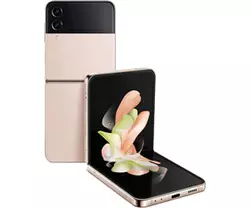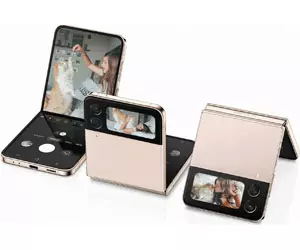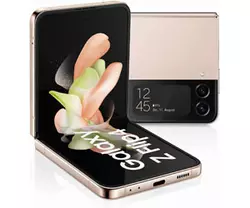Samsung Galaxy Z Flip of the first generation was rather an experimental and image expensive smartphone. The current Samsung Galaxy Flip4 has already become a full-fledged flagship smartphone with almost no compromises in the folding form factor. Which still impresses some people. And for some it evokes nostalgic memories. Samsung Galaxy Flip4 has an interesting design, a fairly durable construction made of reinforced aluminum and Corning Gorilla Victus+ glass, and is also water resistant. It is equipped with a gorgeous foldable AMOLED screen with a large reserve of brightness, a convenient useful additional screen and loud stereo speakers. Inside is one of the most powerful processors at the moment. Although it is worth saying that everything is not so good with cooling: at maximum loads there is overheating. The set of cameras, though not the most functional, but the main one shoots very well in any conditions. As for the wishes, I would like to see a crease-free display and no gap between the halves of the smartphone when folded.
5 reasons to buy Samsung Galaxy Flip4:
- Excellent folding AMOLED screen with 120 Hz refresh rate, support for HDR10+ and a large margin of brightness
- Flagship performance
- Excellent main camera
- Useful additional display with widgets
- Robust design and IPX8 water protection
2 reasons not to buy the Samsung Galaxy Flip4:
- Overheating and trotting at prolonged maximum loads
- The crease on the screen is still there, as well as the gap in the folded state
Quick transition:
- What is in the package?
- How does Samsung Galaxy Flip4 differ from Galaxy Z Flip3?
- What does Samsung Galaxy Flip4 look like?
- Is it convenient to use Samsung Galaxy Flip4?
- How good is the main display?
- What are the unlocking methods?
- What about performance, memory, sound and battery life?
- How user-friendly is the interface?
- How good are the cameras?
- In the dry balance
What is in the package?
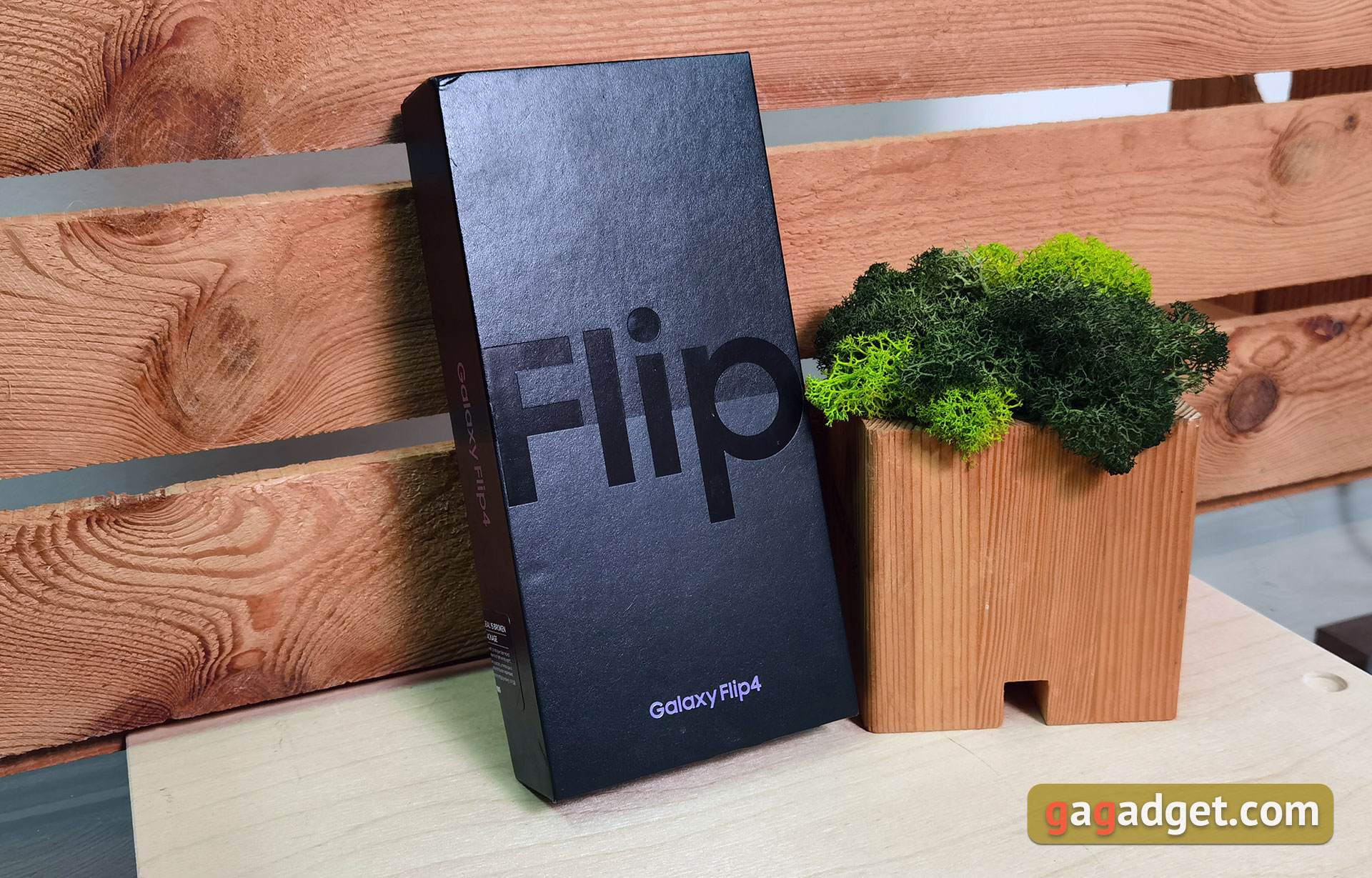
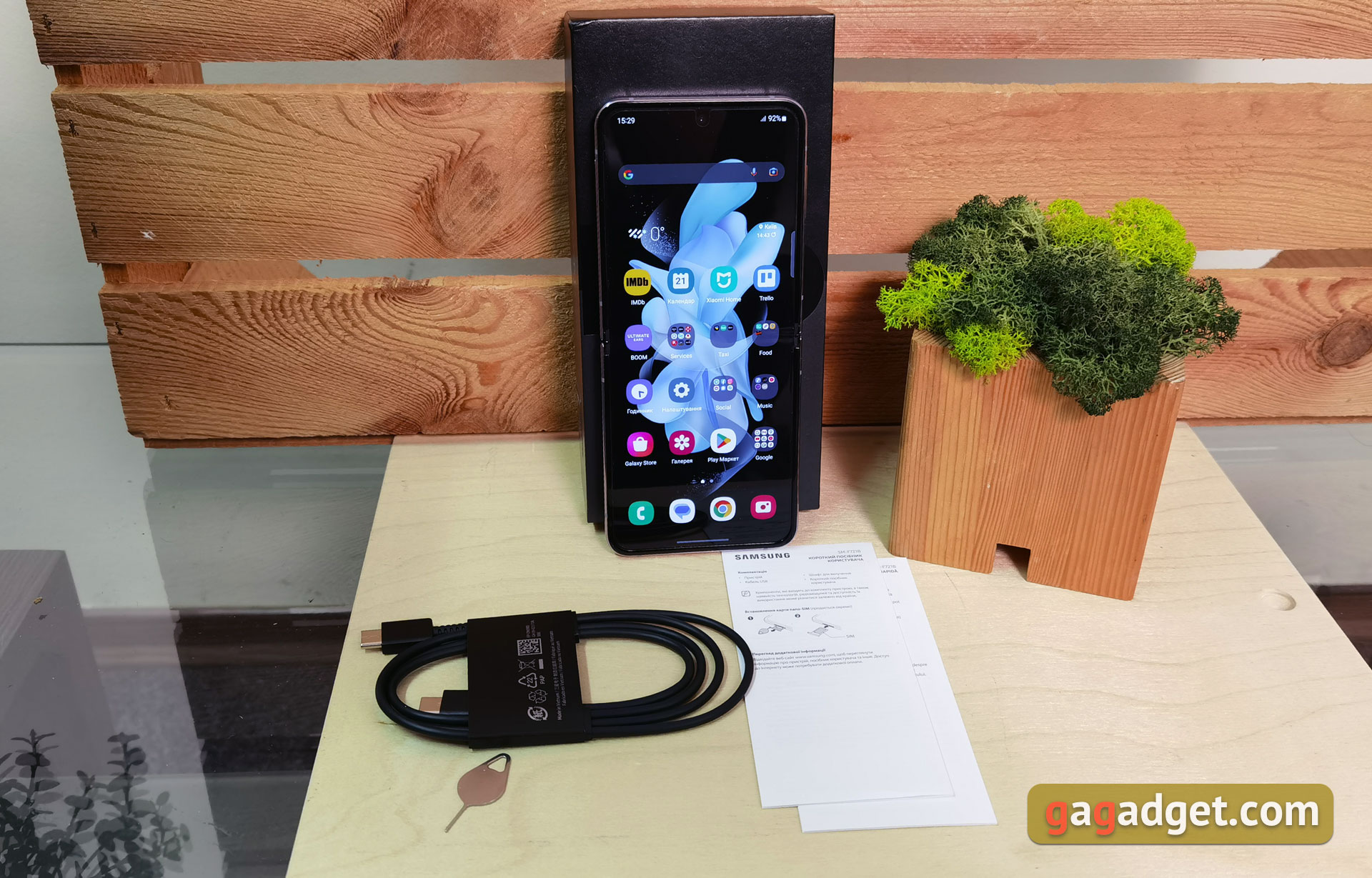
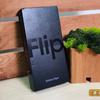
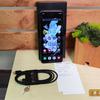
Everything is standard, as for modern Samsung flagships: a small black box with the smartphone itself, a cable with Type-C connectors on both sides, a paper clip for the tray and documentation.
How is the Samsung Galaxy Flip4 different from the Galaxy Z Flip3?
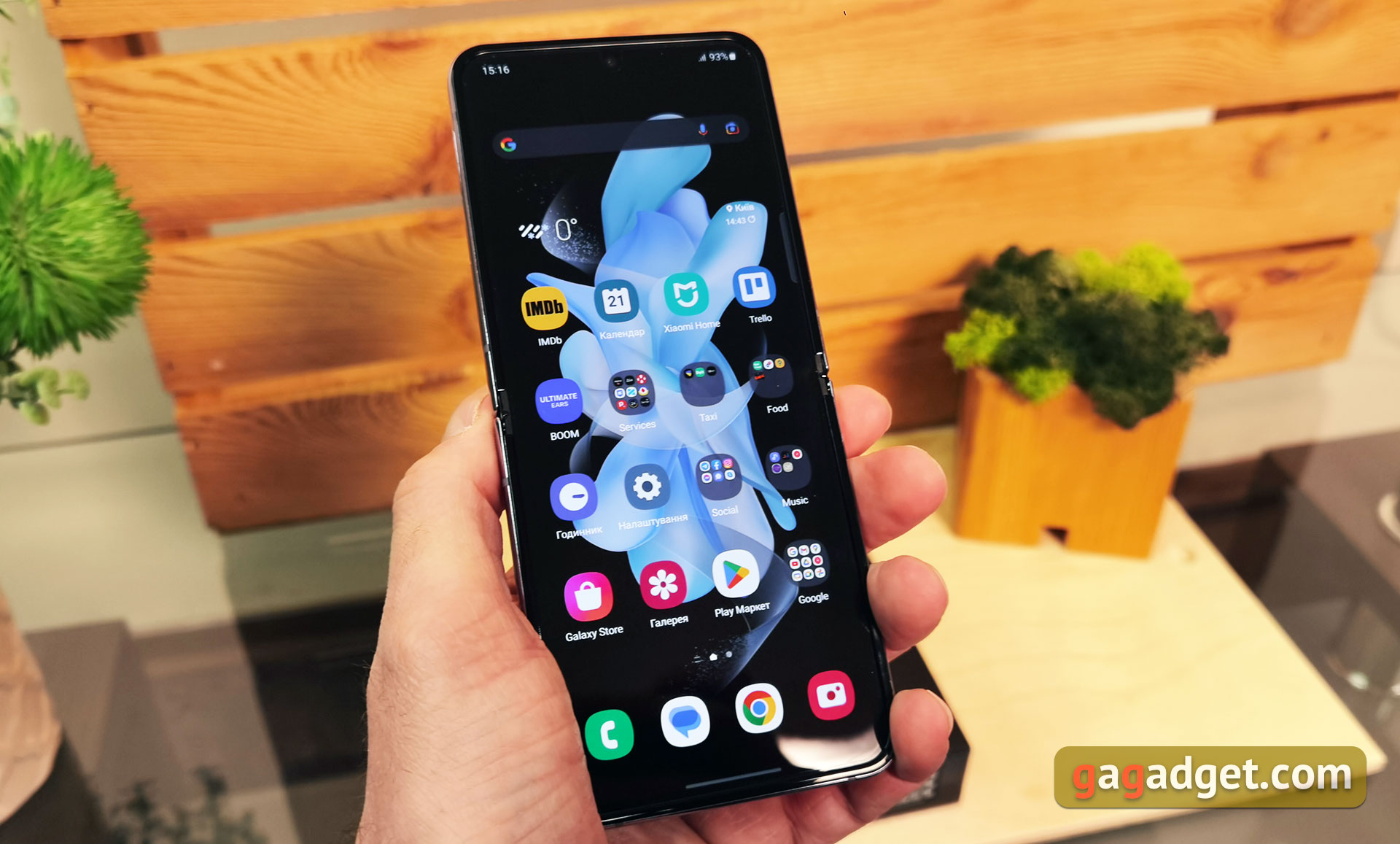
As in the case of the new Galaxy Fold4, the new Samsung Galaxy Flip4 has not received any radical rethinking compared to its predecessor, but some innovations are really important. You can read more about the differences between the smartphones in our separate material, and in this review we will focus directly on the impressions of use. So very briefly about the differences: the processor used is the current and quite energy-efficient Qualcomm Snapdragon 8+ Gen 1 instead of Snapdragon 888. The battery capacity has increased from 3300 to 3700 mAh, so you should expect better battery life. The wire now supports 25 W charging instead of 15 W. They promise a more durable design in general: Gorilla Glass Victus+ is now used for the outer panels, the frame and hinge are Armor Aluminum, like last year. The internal display has a more durable coating, a higher brightness level and now supports an adaptive refresh rate of 1-120 Hz. The main camera, as before, has two modules, but the main one now has a larger matrix and larger pixel size, which is especially important for night shooting. Comparison of characteristics:
| Comparison of Samsung Galaxy Flip4 with Galaxy Z Flip3 | ||
|---|---|---|
| Samsung Galaxy Flip4 | Samsung Galaxy Z Flip3 | |
| Main display | Foldable Dynamic AMOLED 2X, 6.7 inches, 2640x1080 (aspect ratio 22.5:9), 426 ppi, HDR10+, 1-120 Hz | Foldable Dynamic AMOLED 2X, 6.7 inches, 2640x1080 (aspect ratio 22.5:9), 426 ppi, HDR10+, 10-120 Hz |
| External display | Super AMOLED, 1.9 inches, 512x260, Gorilla Glass Victus+ | Super AMOLED, 1.9 inches, 512x260, Gorilla Glass Victus |
| Case | Unfolded: 165.2x71.9x6.9 mm; folded: 84.9x71.9x15.9-17.1 mm, weight: 187 g | Unfolded: 166x72.2x6.9 mm; folded: 86.4x72.2x15.9-17.1 mm, weight: 183 d |
| Processor | 64-bit octa-core 4nm Qualcomm Snapdragon 8+ Gen 1: 1x3.19GHz Cortex-X2 + 3x2.75GHz Cortex-A710 + 4x1.80GHz Cortex-A510, Adreno 730 graphics | 64-bit octa-core 5nm Qualcomm Snapdragon 888: 1x2.84 GHz Kryo 680 + 3x2.42 GHz Kryo 680 + 4x1.80 GHz Kryo 680, Adreno 660 graphics |
| RAM | 8 GB LPDDR5 | 8 GB LPDDR5 |
| Flash memory | 128/256/512 GB UFS 3.1 | 128/256 GB UFS 3.1 |
| Camera |
Main camera: 12 MP, f/1.8, 24 EFR, 1/1.76", 1.8µm, Dual Pixel PDAF, OIS; ultra-wide-angle: 12 MP, f/2.2, 123°; front: 10 MP f/2.4 |
Main camera: 12 MP, f/1.8, 27 EFR, 1/2.55", 1.8µm, Dual Pixel PDAF, OIS; ultra-wide: 12 MP, f/2.2, 123°; front: 10 MP f/2.4 |
| Wireless | Wi-Fi 802.11 a/b/g/n/ac/6 (dual-band, 2.4 and 5 GHz), Bluetooth 5.2 LE, NFC | Wi-Fi 802.11 a/b/g/n/ac/6 (dual-band, 2.4 and 5 GHz), Bluetooth 5.1 LE, NFC |
| GPS | GPS, A-GPS, GLONASS, BDS, GALILEO | GPS, A-GPS, GLONASS, BDS, GALILEO |
| Battery | 3700 mAh, non-removable, 25W fast charging, 15W wireless charging, wireless reverse charging | 3300 mAh, non-removable, fast charging 15W, wireless charging 10W, reverse wireless charging |
| Operating system | Android 12 + One UI 4.1.1 (Android 13 + One UI 5.0) | Android 11 + One UI 3.1 |
| Sim-card | NanoSIM | NanoSIM |
| Additionally | water protection IPX8, fingerprint scanner in the power button | protection from water IPX8, fingerprint scanner in the power button |
What does Samsung Galaxy Flip4 look like?
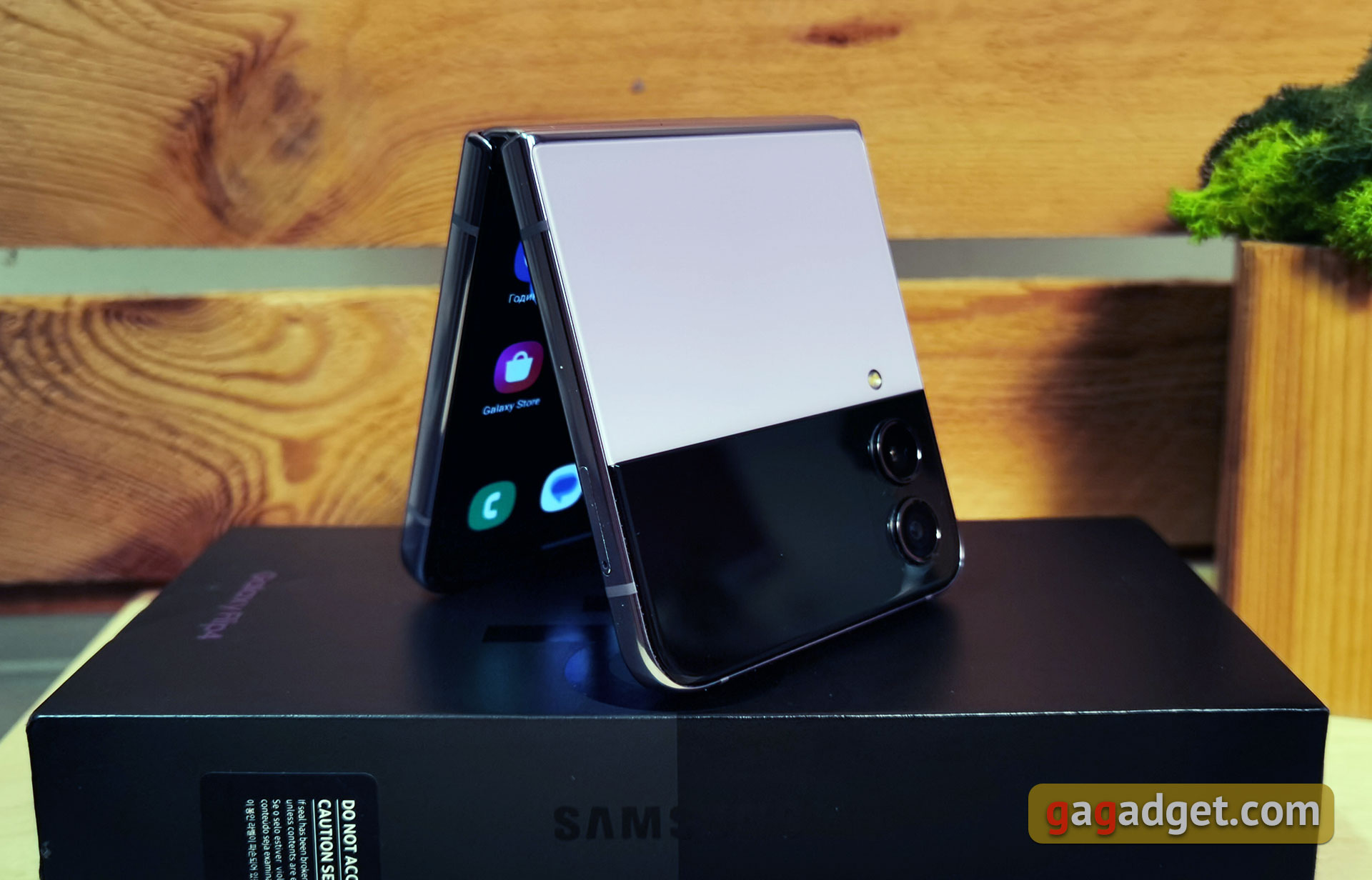
The design of Samsung Galaxy Flip4 has remained generally unchanged, with the already familiar pros and cons. It is a folding tablet with a small auxiliary outer screen and a large flexible inner screen. When folded, it is a small but rather thick square, which is convenient to carry in almost any pocket. All panels are made of Gorilla Victus+ glass. They are matte in all color options. Glossy metal frame, hinge and a small area with an external display and the main dual camera. The internal screen has almost the usual elongated proportions. It's hard to say for sure without having the Flip3. But it seems that the frame around the perimeter of the screen has decreased quite a bit, as well as the protective edge. Everything else is familiar: above the display there is a speaker, in the upper part there is a round hole for the front camera. In the middle of the display there is still a noticeable crease. Unfortunately, we have not managed to get rid of it yet.

As it was not possible to remove a small gap between the halves in the folded state. The frame is glossy metal. There are small plastic inserts around the perimeter for normal operation of the antennas.

All standard necessary elements are in almost usual places. There is a dual volume control button on the right, a little lower there is a power button, which also serves as a fingerprint scanner. The buttons are placed a little higher than in standard smartphones because of the complex design. At first it is a little unusual, but it takes just one or two days to get used to it. On the left is the tray.
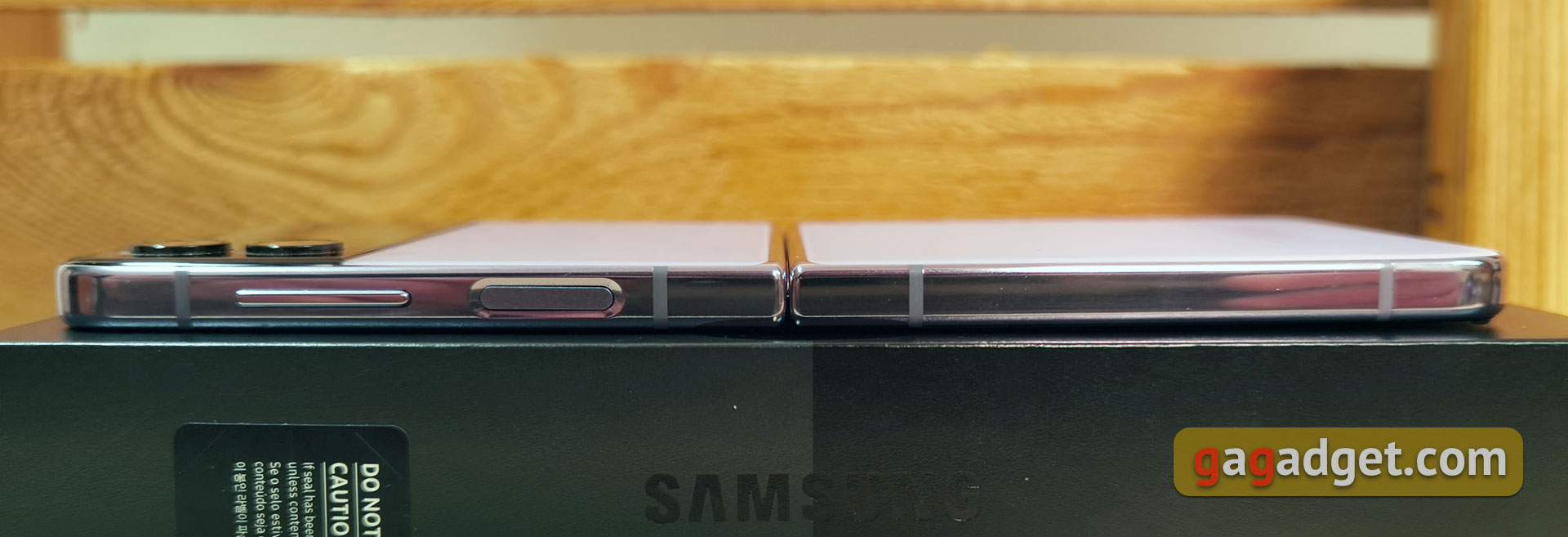

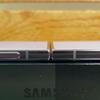
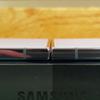
Only one SIM card can be installed in it, but the smartphone supports eSIM, so it is not critical.
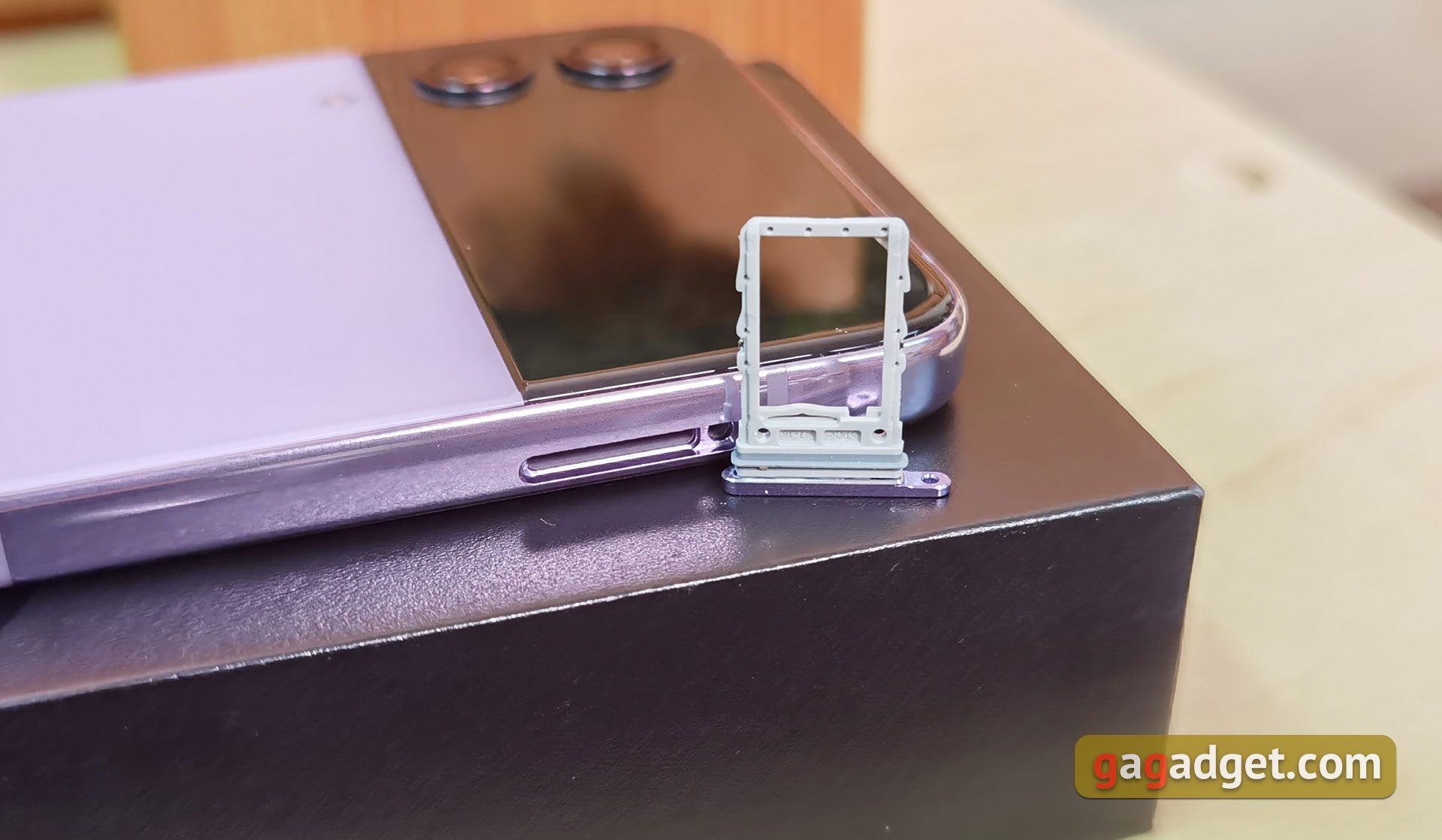
Above is only one microphone. Below is an external speaker, a Type-C connector and two more microphones.
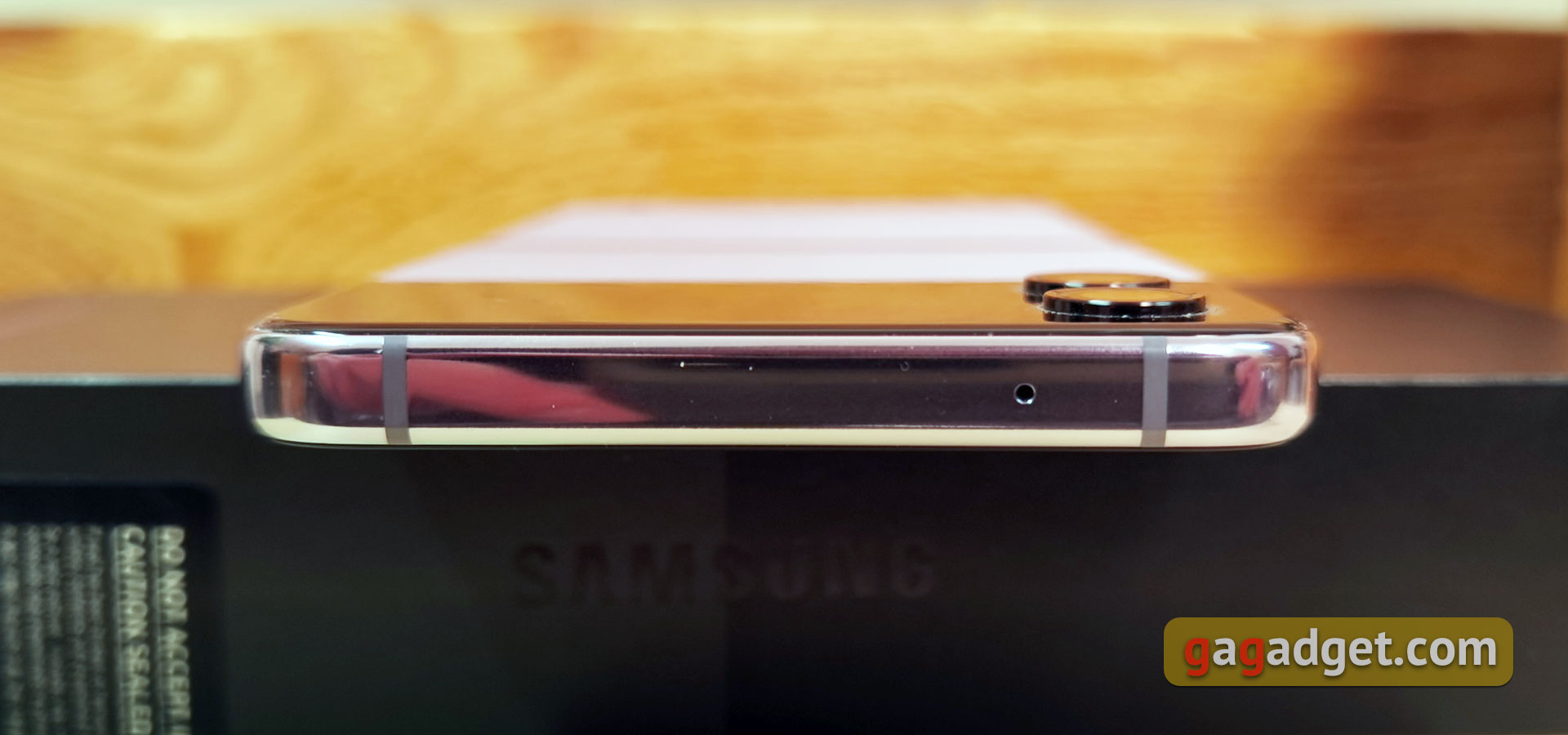
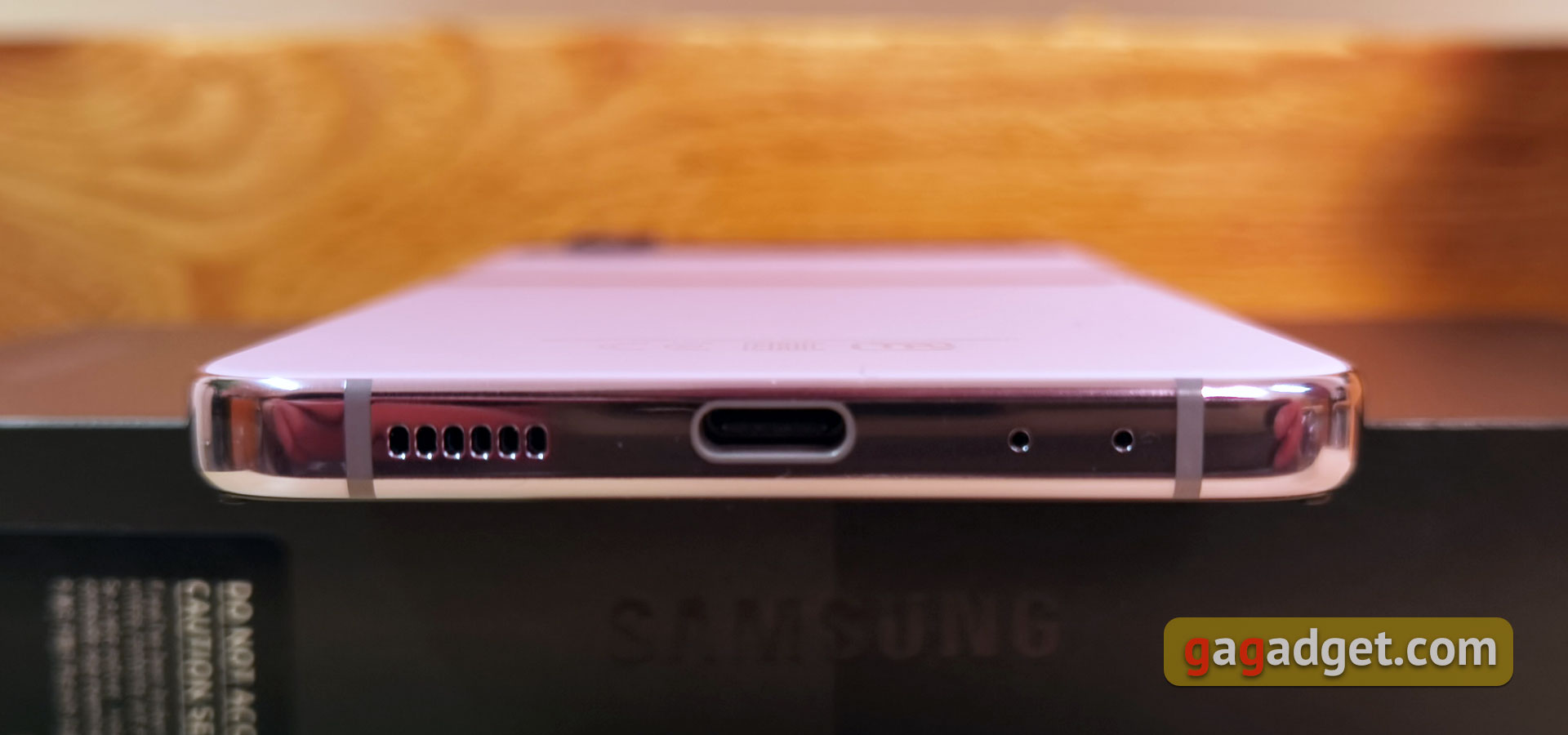
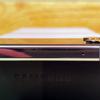
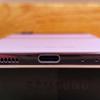
On the hinge cover there is Samsung engraving:
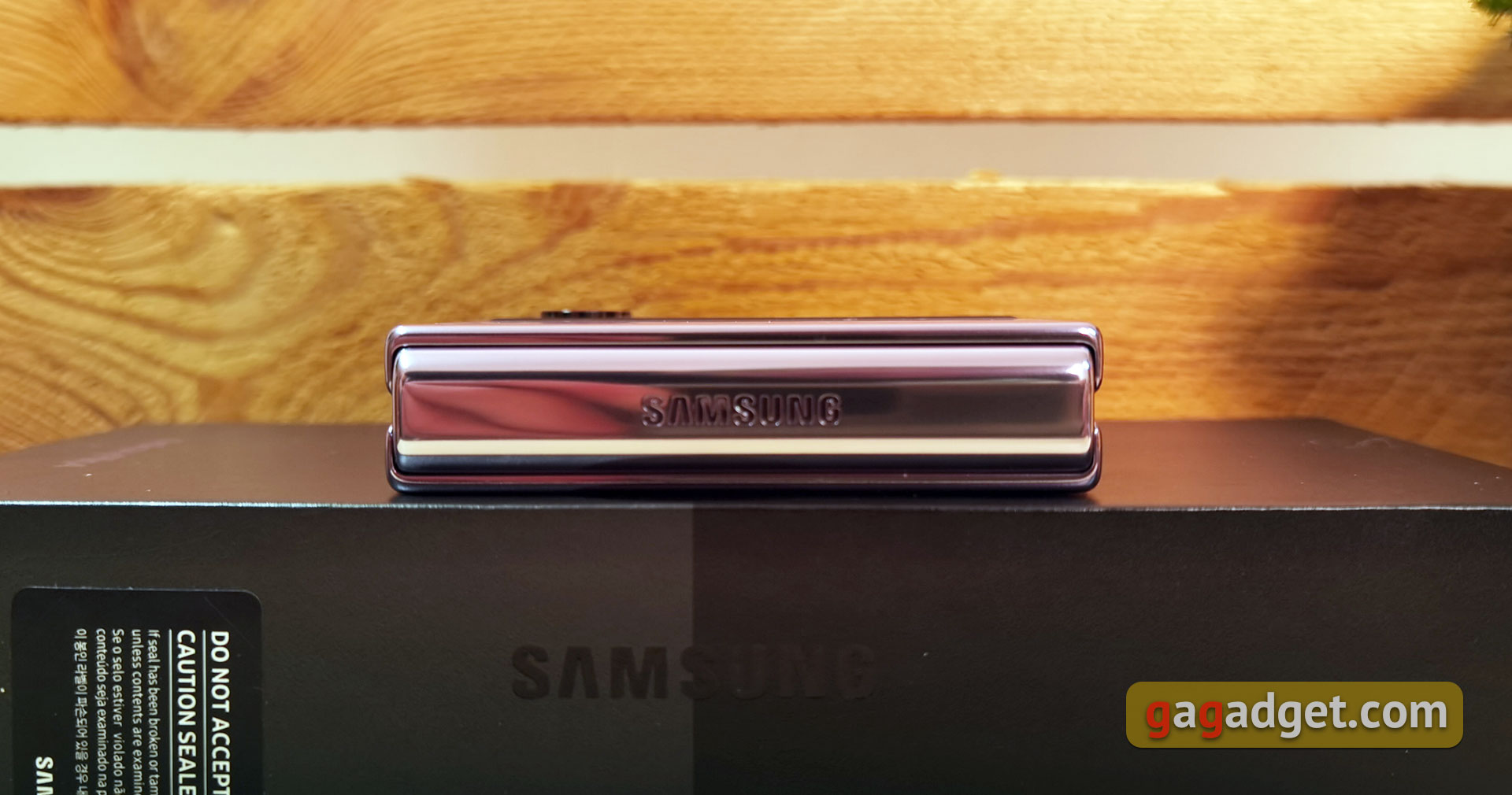
All external surfaces of the smartphone are protected by Gorilla Glass Victus+, most of the surface is matte, fingerprints are almost not left. Only the area with an additional display and cameras is glossy. Last year's Flip3 had quite wide metal inserts at the junction of the halves. In Flip4 they were made much thinner. As for the choice of colors, there is a more restrained black option.
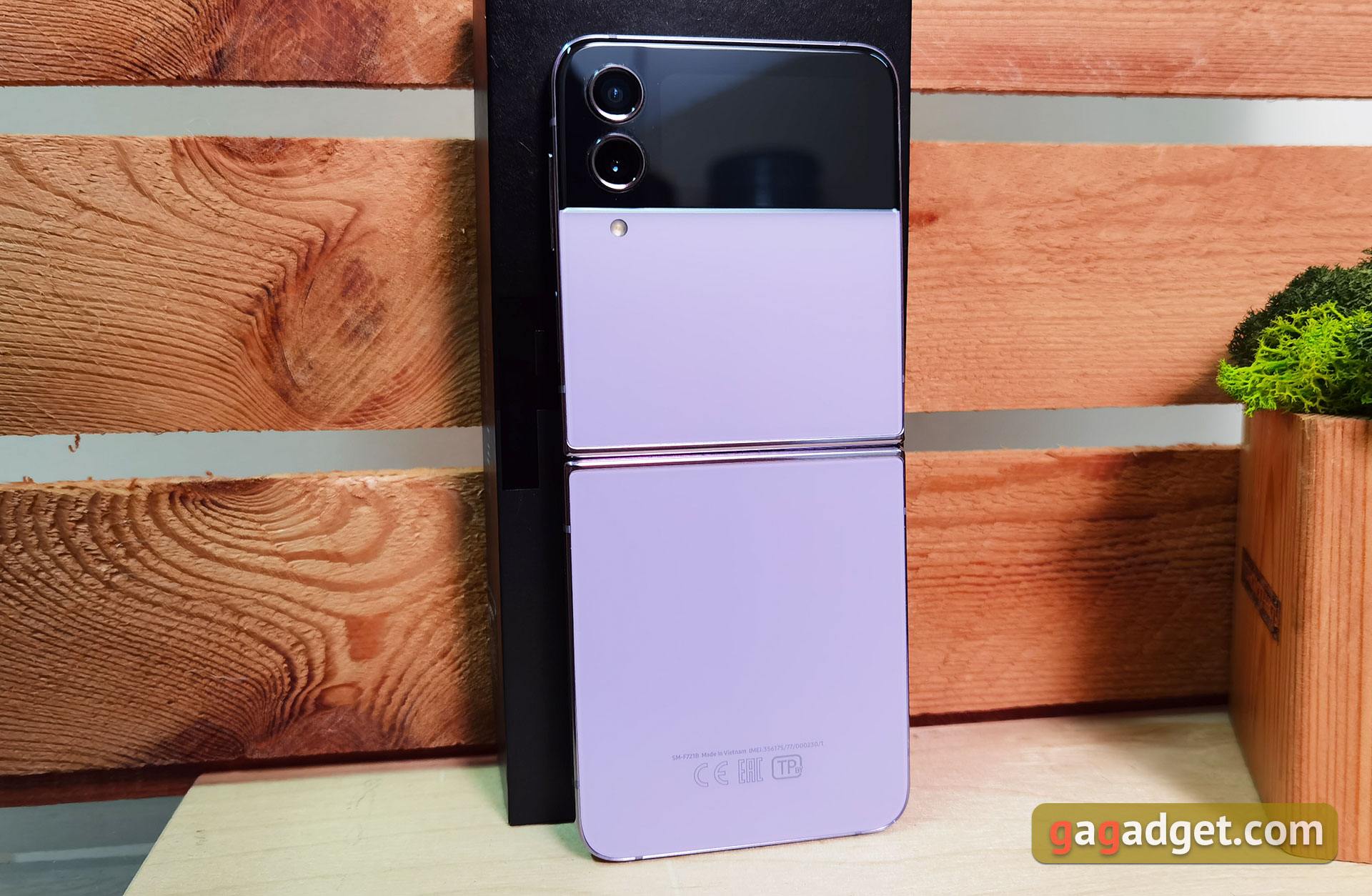
The main camera is dual. The lenses protrude slightly above the body. That in general is not very annoying when using, but dust immediately collects around them. Although this is a problem of most modern smartphones.
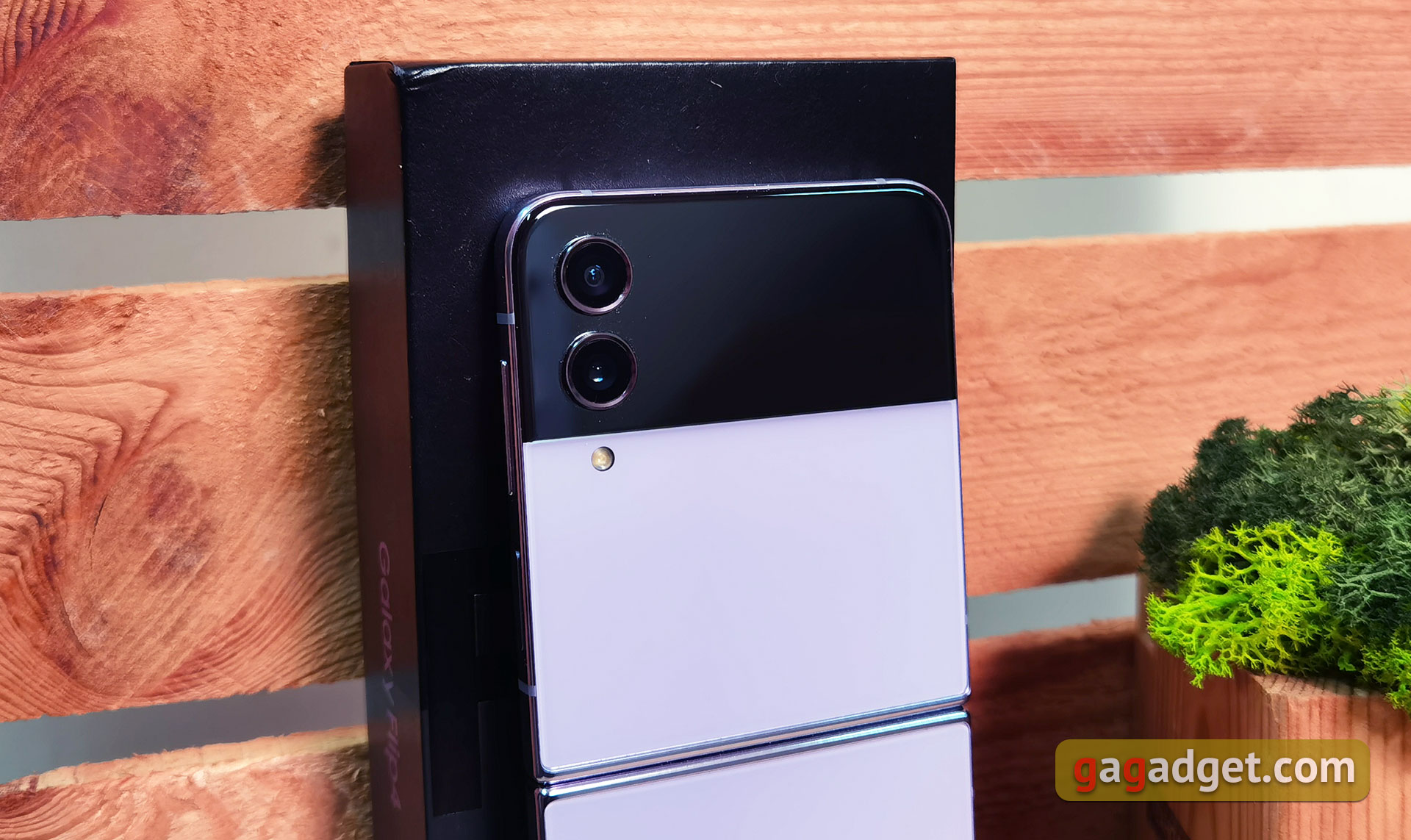
Despite the folding design, Samsung Galaxy Flip4 feels quite sturdy and it does not seem that it will break with minimal careless movement. Although we decided not to check. Protection against water according to the IPX8 standard is present. There were reviews about previous Flip models in the network that after a while the film begins to peel off at the bend of the screen. It is difficult to say how much the screen has become more durable, but there is hope that Samsung has heard the users.
Is it convenient to use Samsung Galaxy Flip4?
Let's start with the pleasant. Although the external display has not increased, but it has more features. Of course, as before, Always on Display is supported. In addition to the standard clock options, you can set photos, videos, GIF-animation, themes and Emoji are supported. The external display has a quick access panel with Wi-Fi, Bluetooth and other switches. Directly from the external display you can answer calls or messages (templates, voice dialing, or Emoji). Face recognition so the fingerprint scanner works in the folded state, so you can pay without opening the smartphone. Supported inwidgets, including weather, music player, reminders, timer, calendar and more.
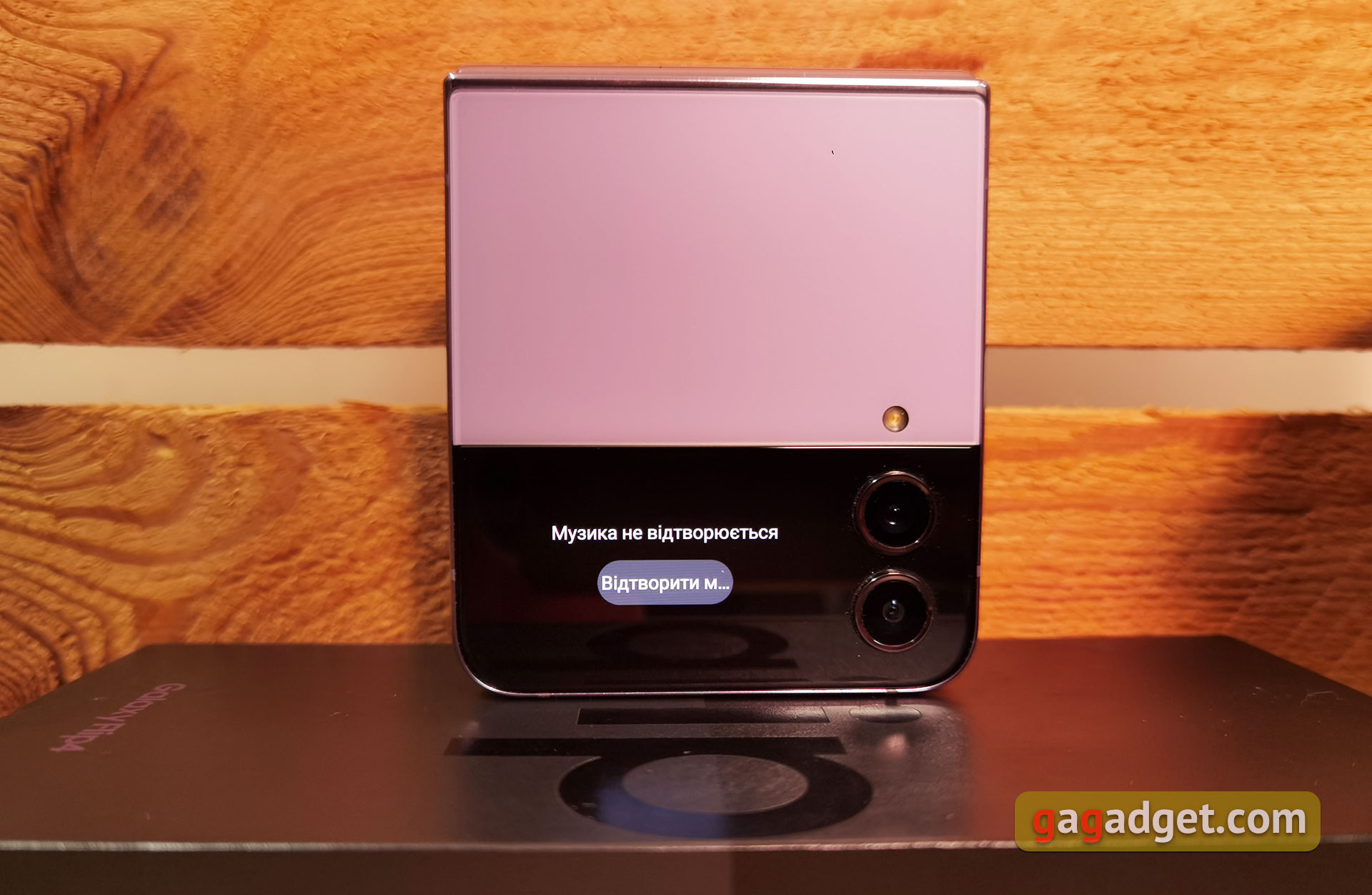

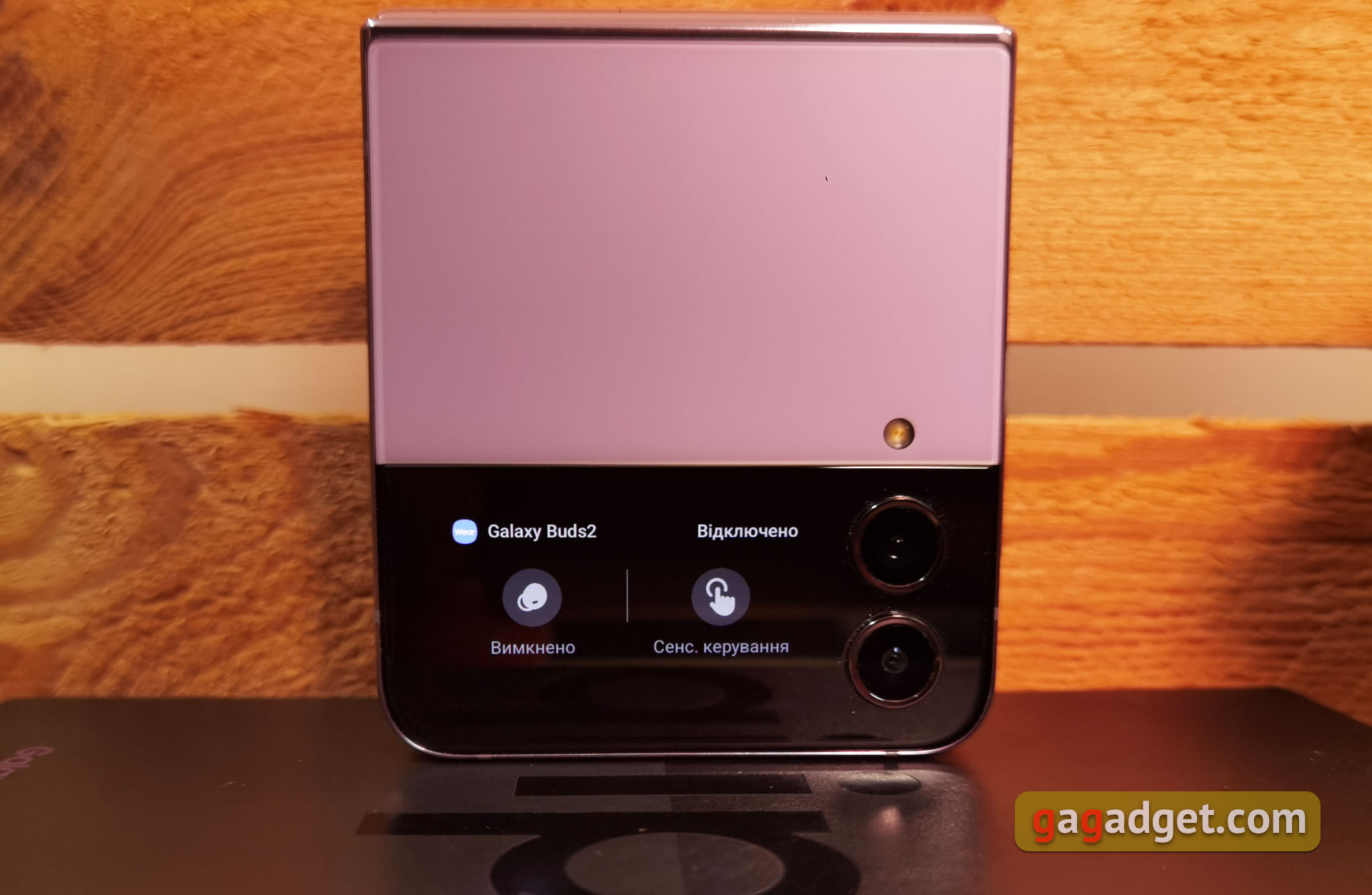
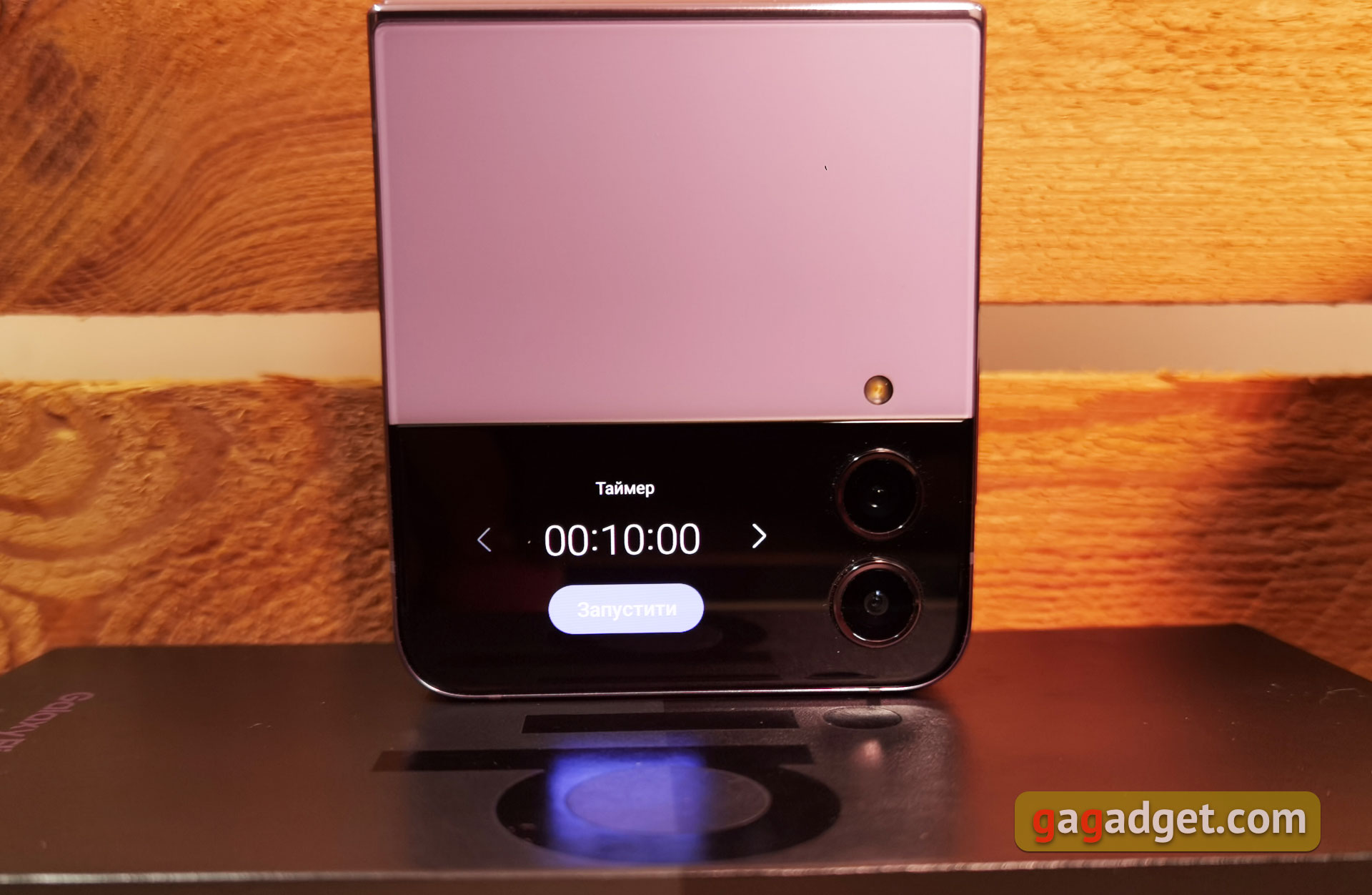
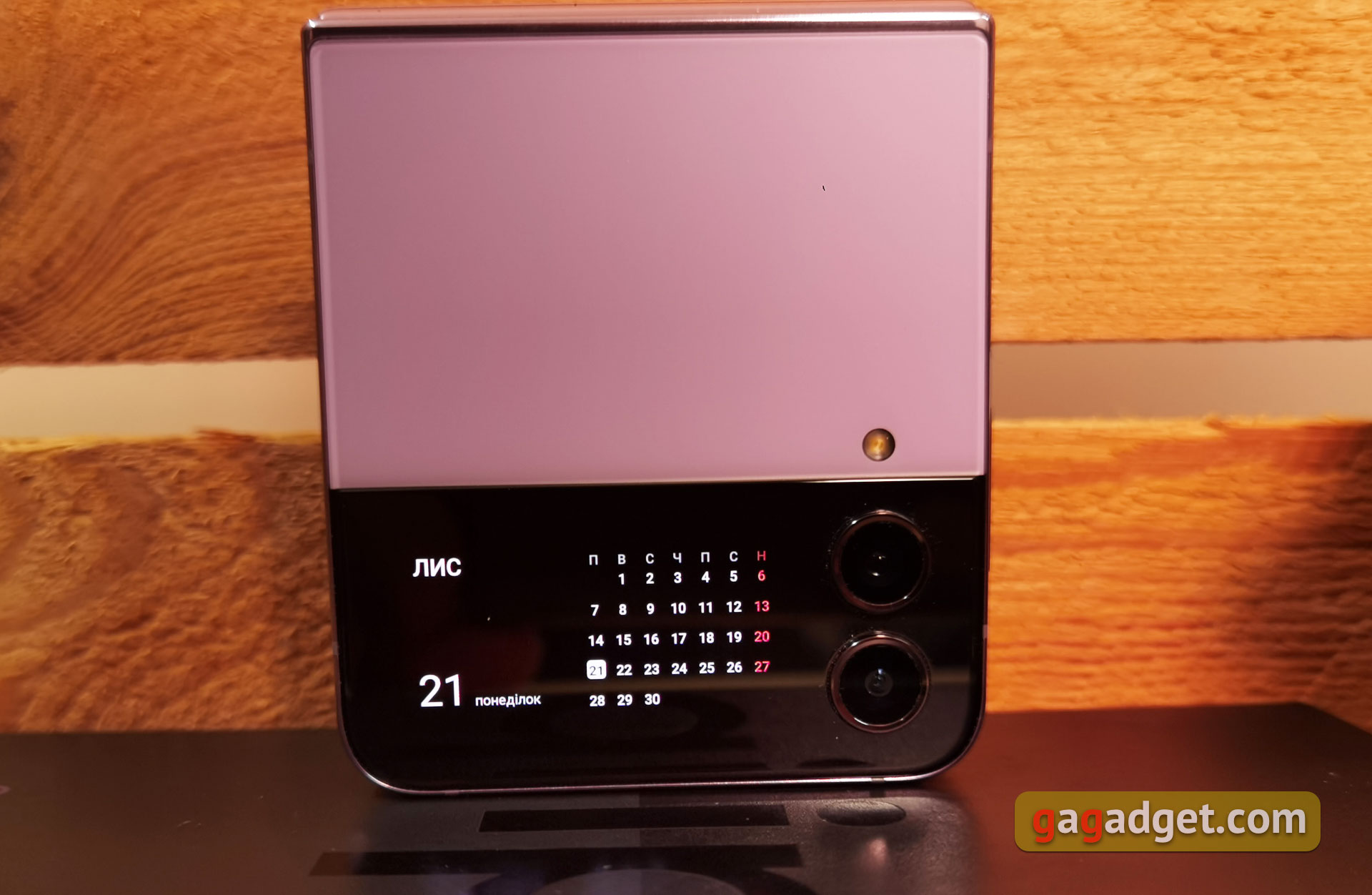
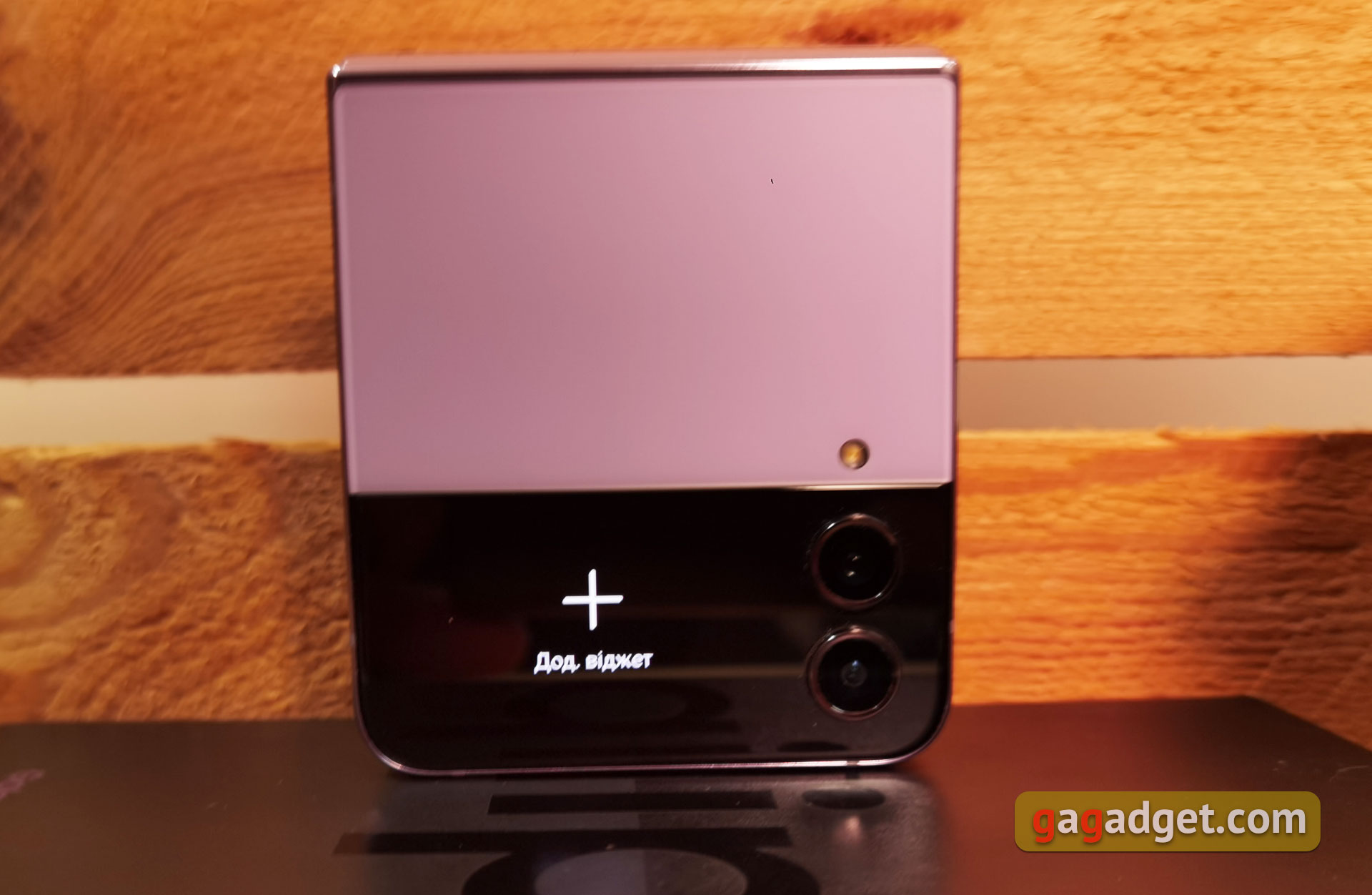
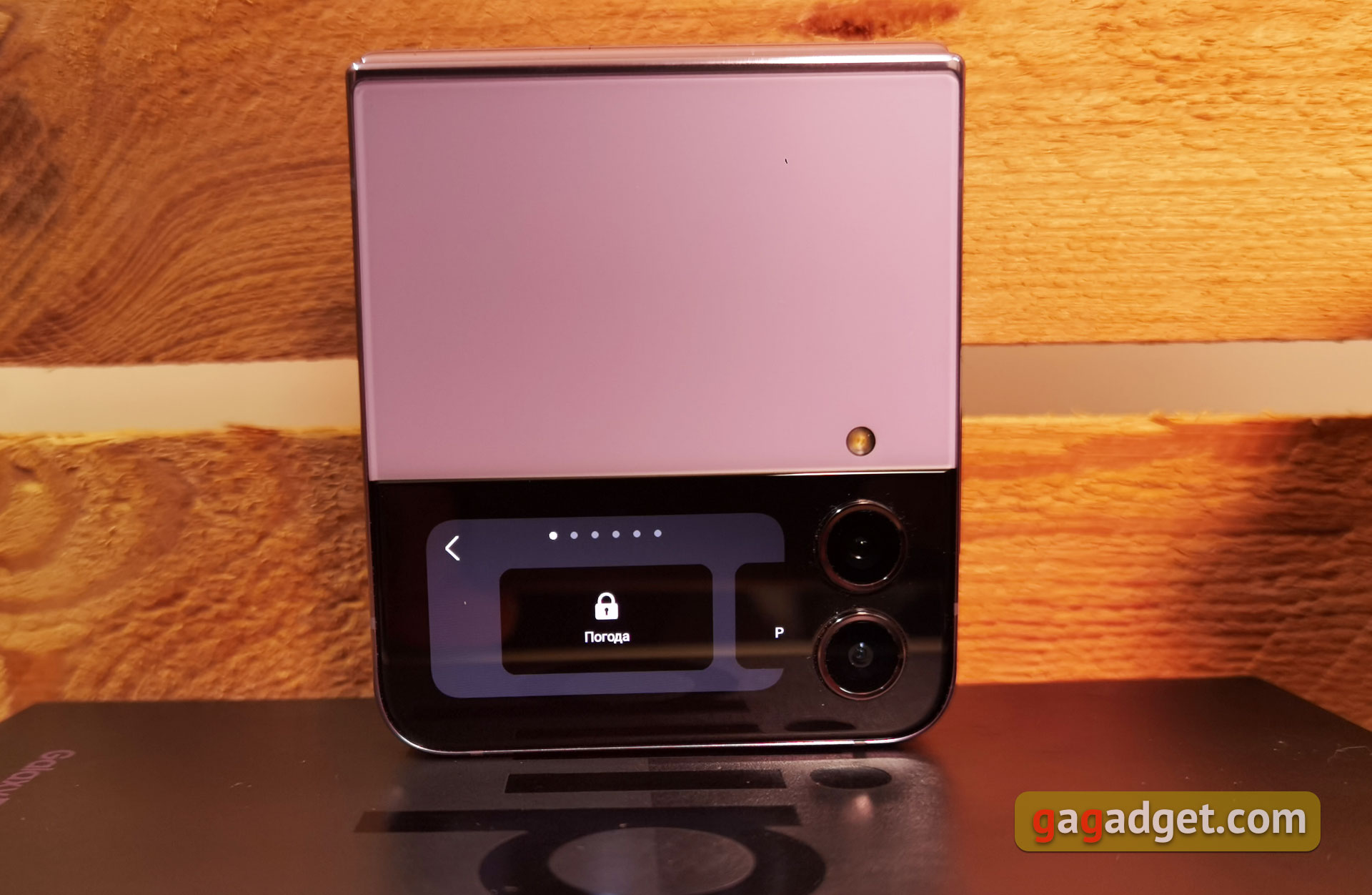
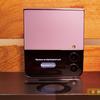

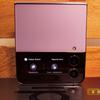
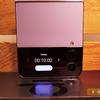
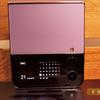
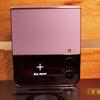
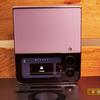
In the half-folded state it is convenient to take photos with both the main and front cameras, or make video calls.
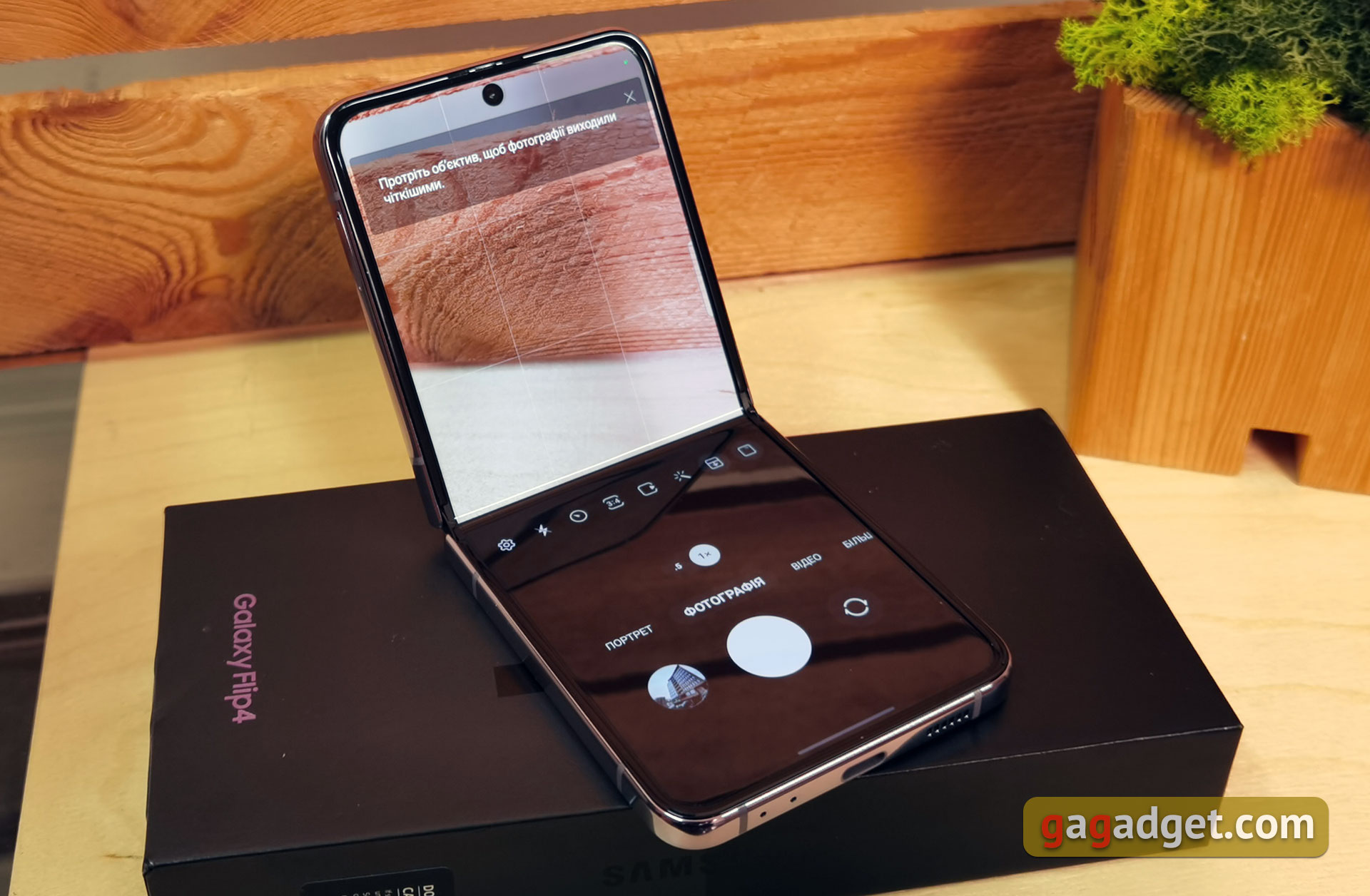
As in Galaxy Fold4, there is a so-called bending mode panel. When the smartphone is partially bent, the upper half will display the application itself, and the lower half will display the controls, or a virtual touchpad in some cases.

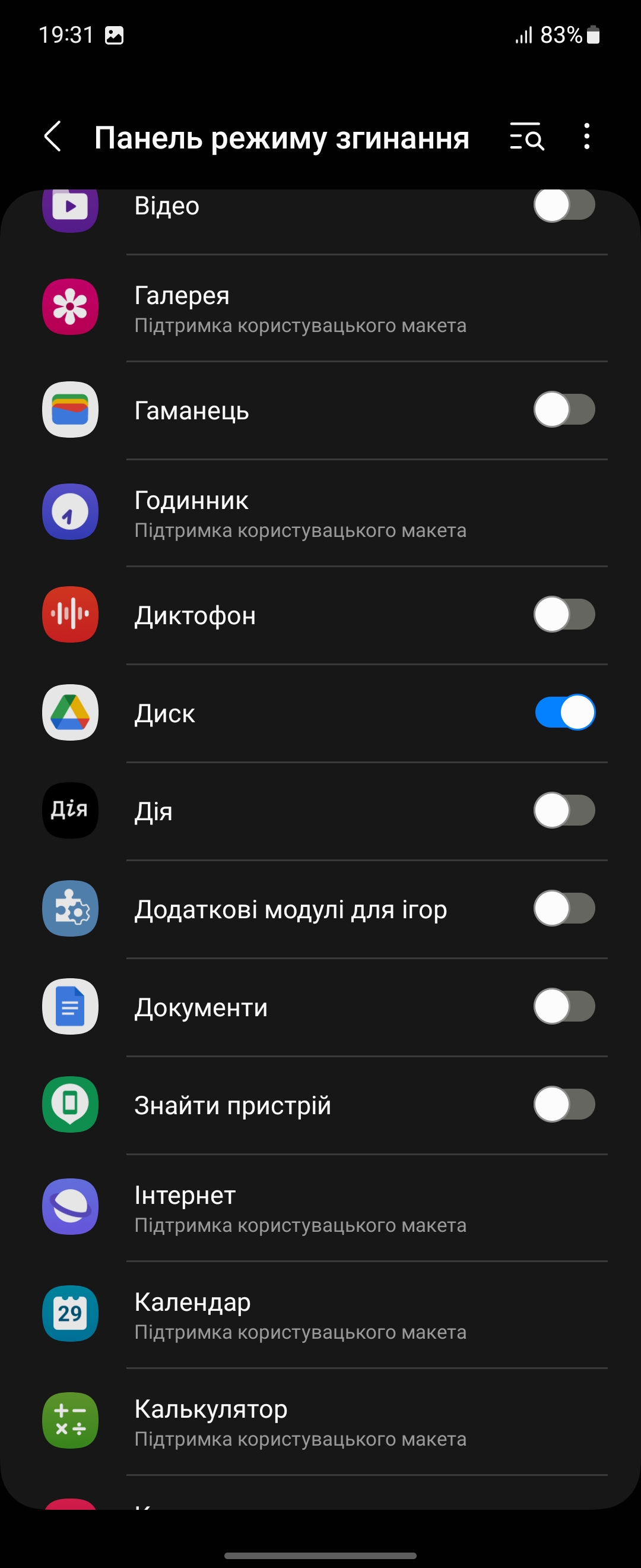

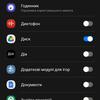
If we talk about the physical component, the smartphone can be easily carried in almost any pocket. The disadvantages of the design are the same as in previous models. It is very difficult to open the smartphone with one hand without poking the display with a nail. I did not manage to get used to it.
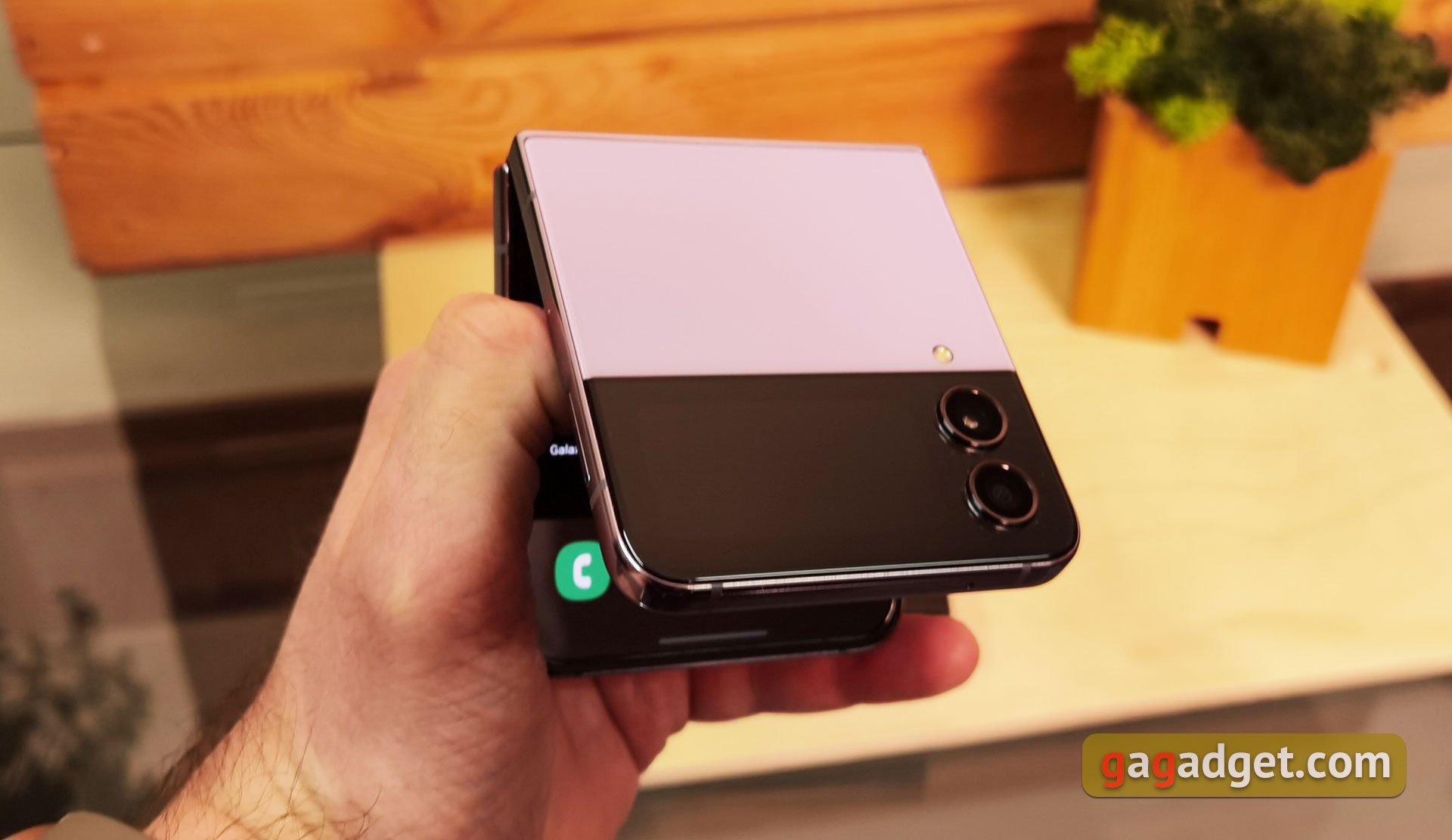
How good is the main display?
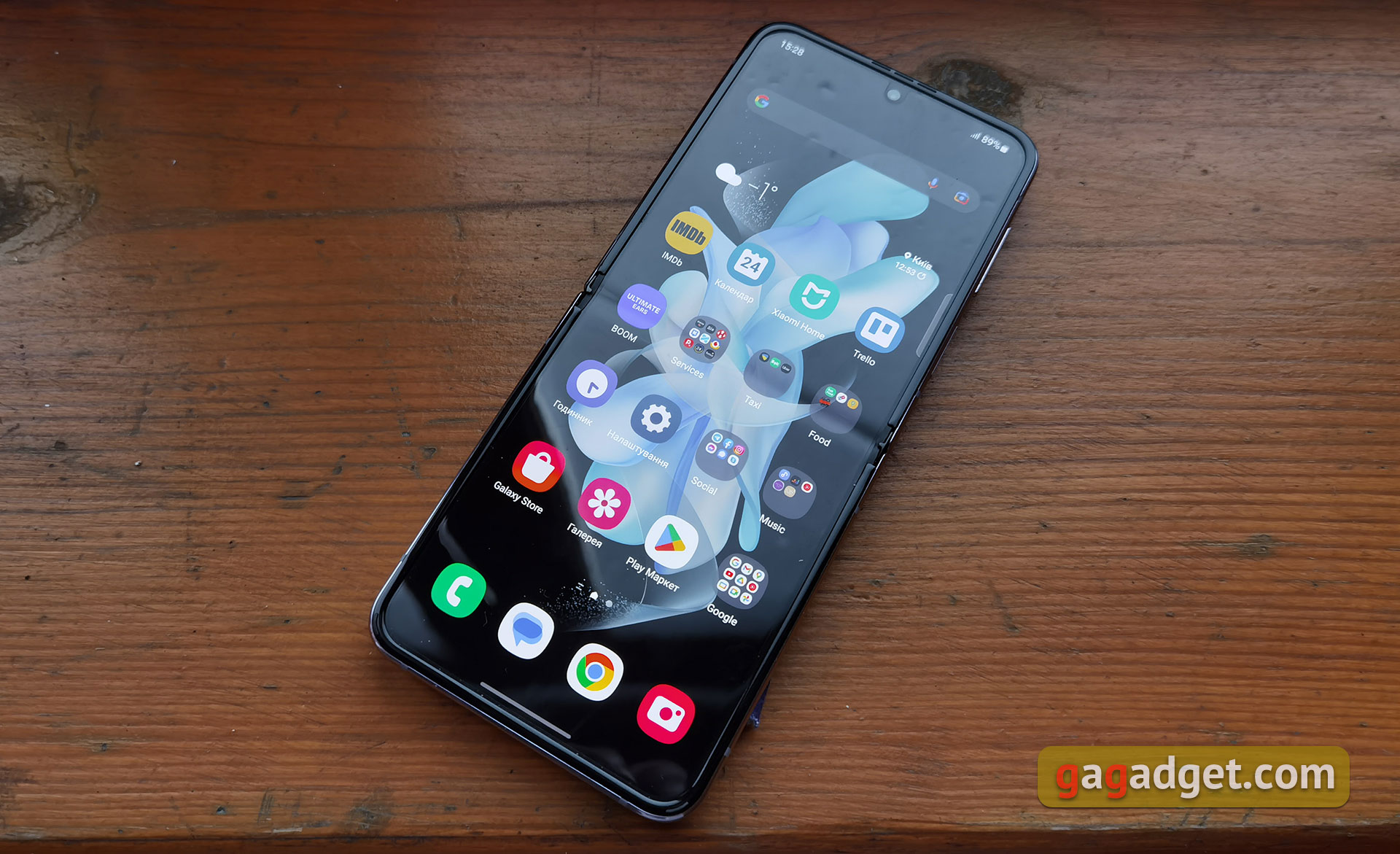
Samsung Galaxy Flip4 uses Foldable Dynamic AMOLED 2X display with a diagonal of 6.7 inches, and a resolution of 2640x1080, pixel density - 426 ppi. The declared peak brightness is 900 cd/m2, HDR10+ is supported. There is support for an adaptive refresh rate of 1-120 Hz. The external screen has a diagonal of 1.9 inches, uses SuperAMOLED 512x260, similar to the one in the last generation. The settings of the main display are standard for Samsung smartphones: dark or light display theme with automatic switching, refresh rate selection, adaptive color temperature function depending on the ambient light, interface scaling, fonts, display modes (saturated with color temperature adjustment and natural), Always on Display and more. There is a separate section for external display settings with widgets, notifications, clock style, etc.

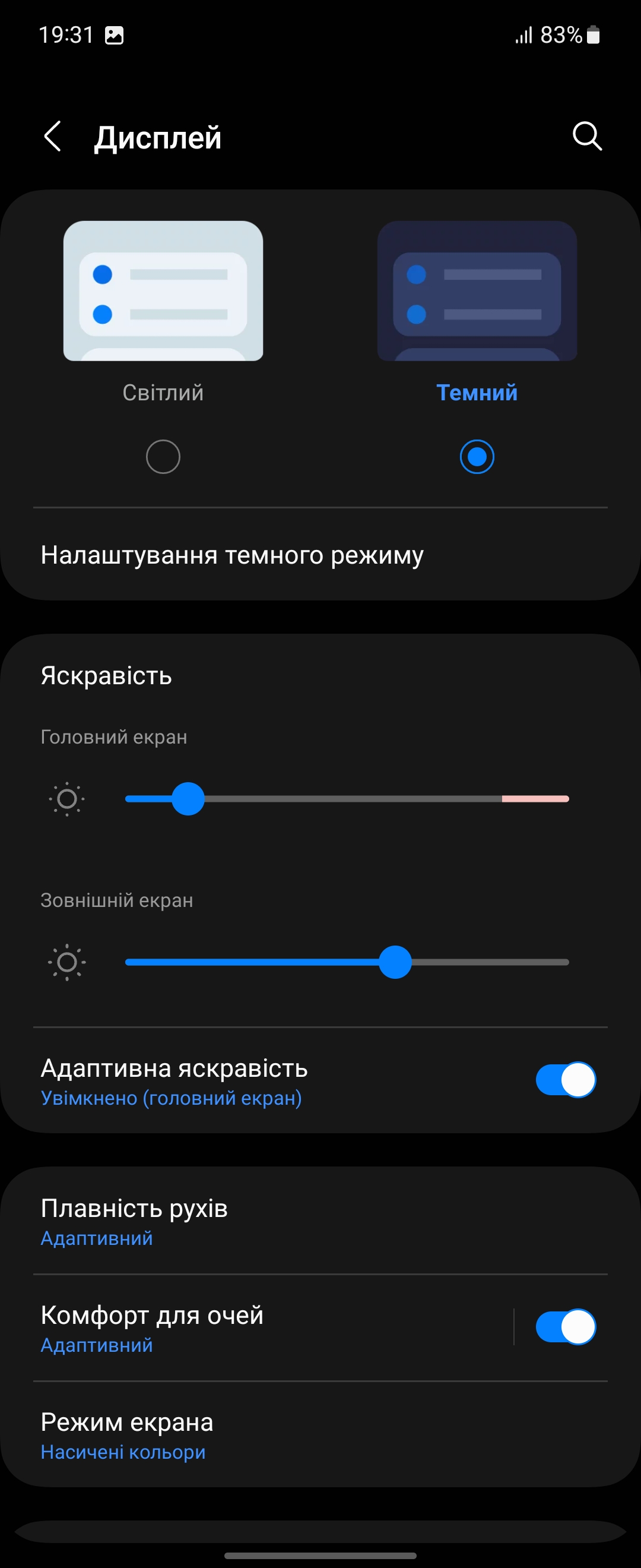

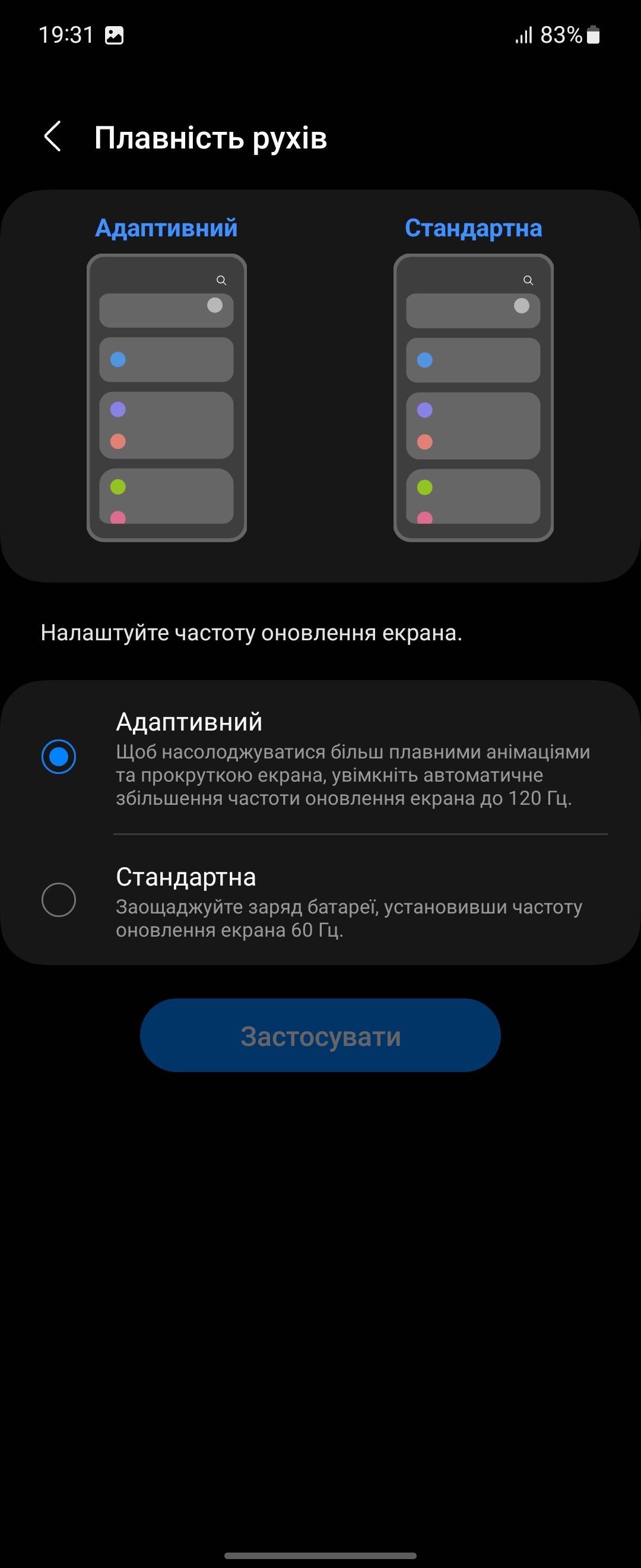
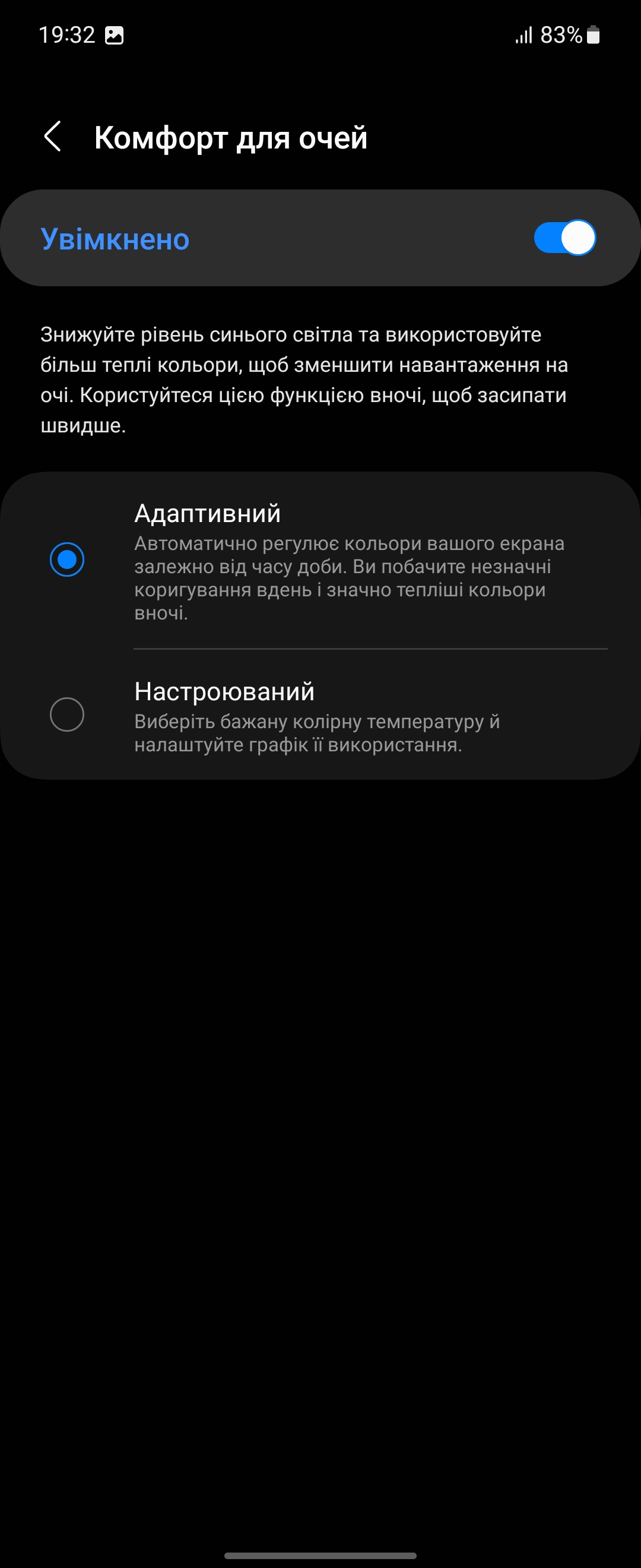
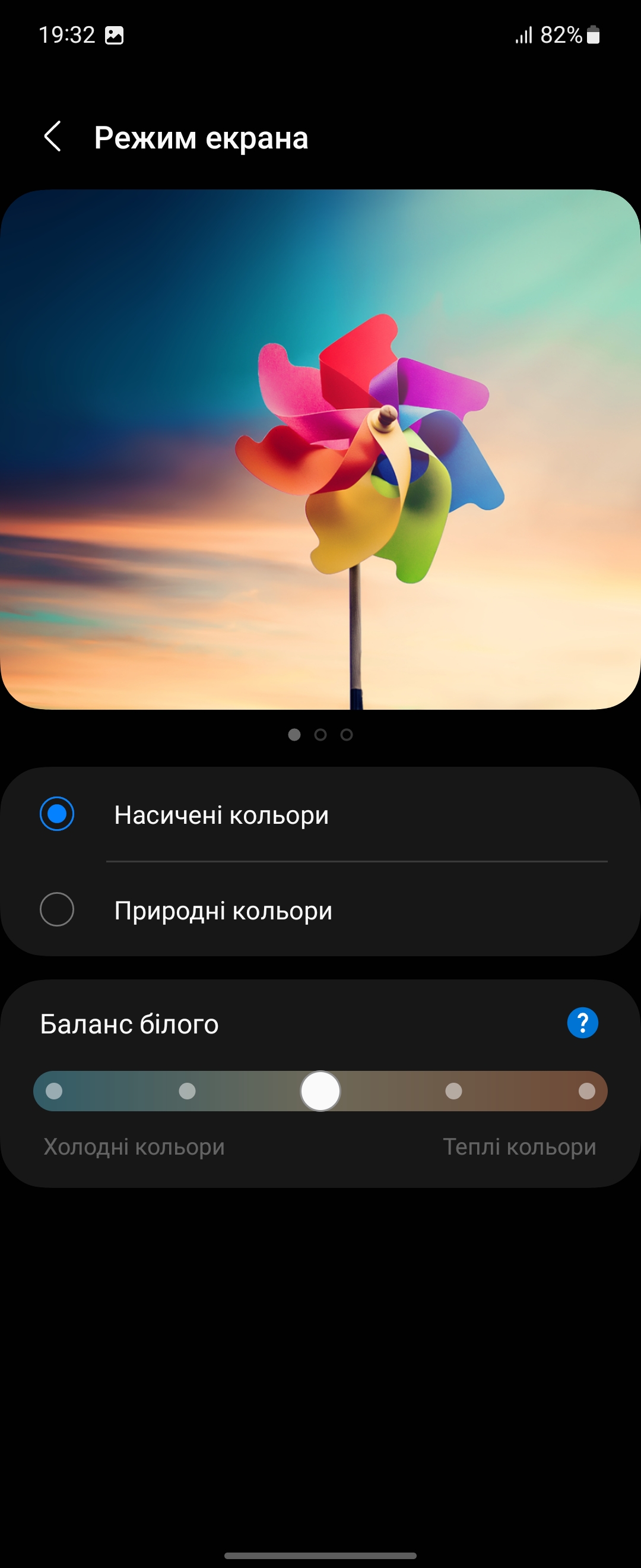
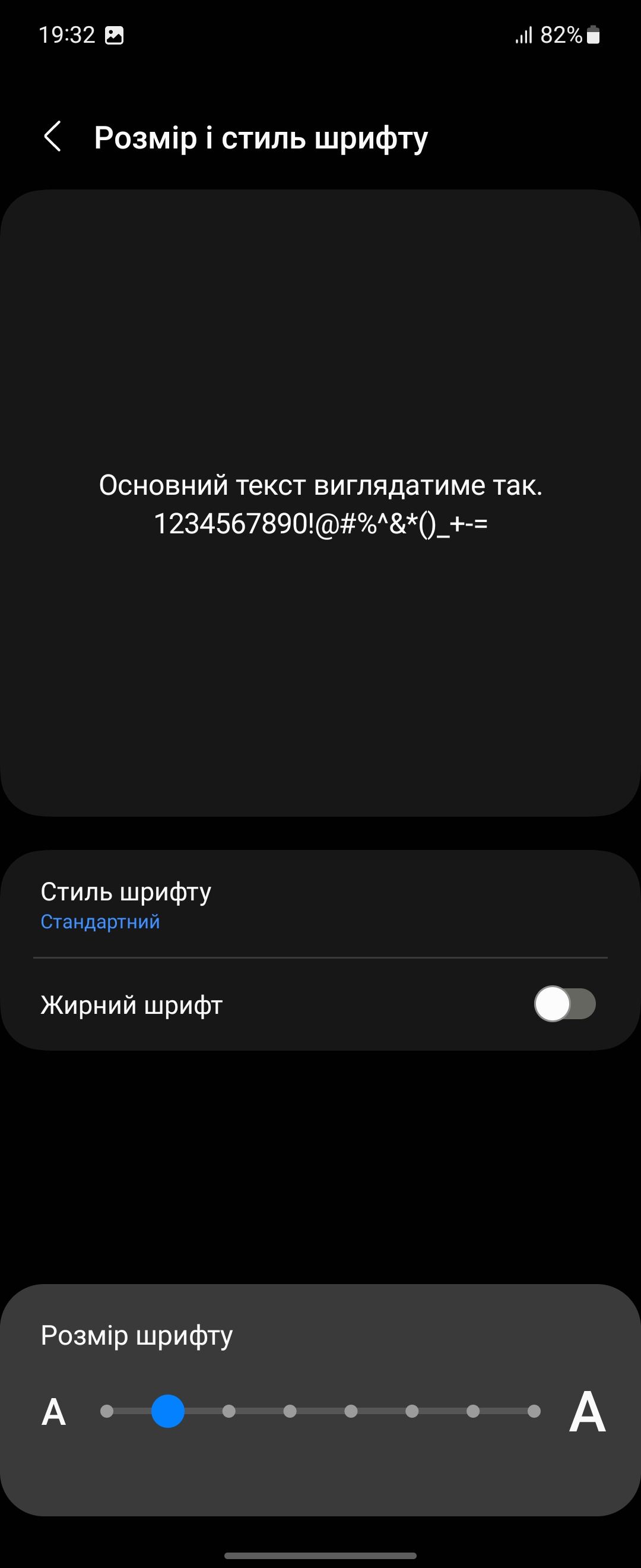
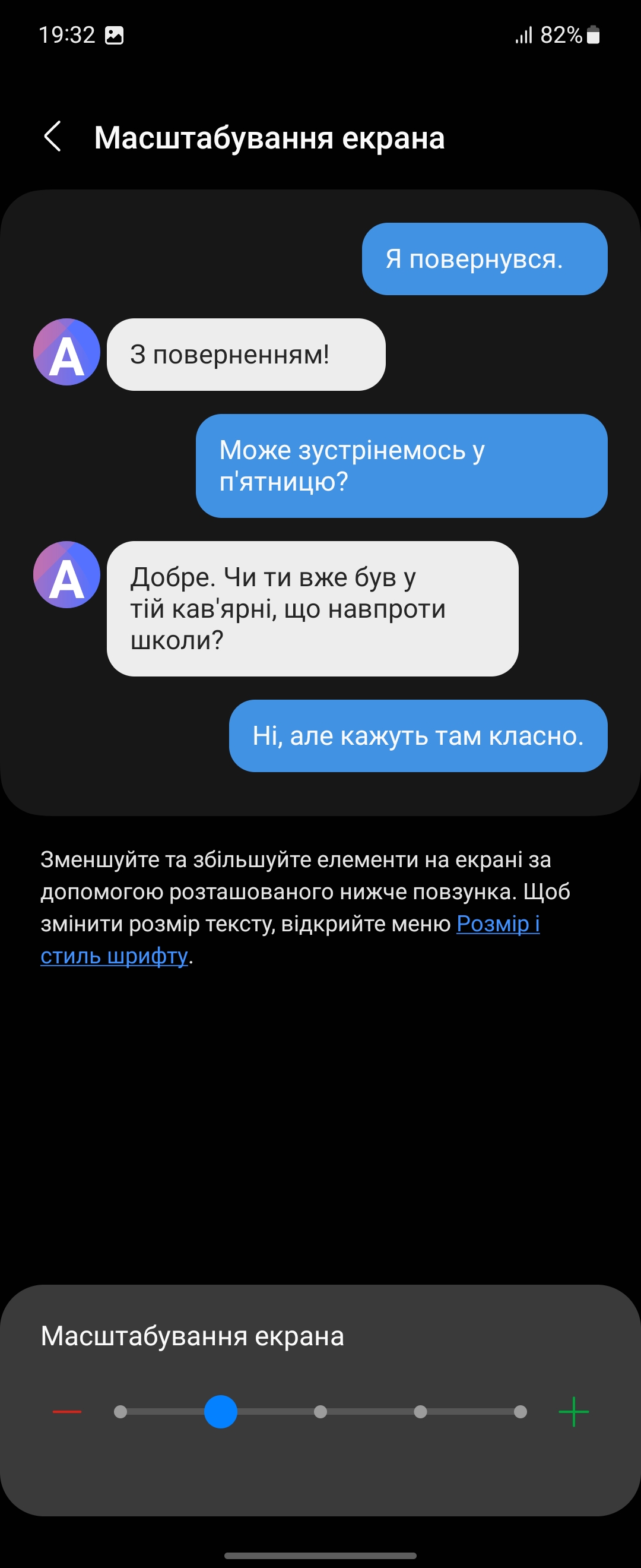
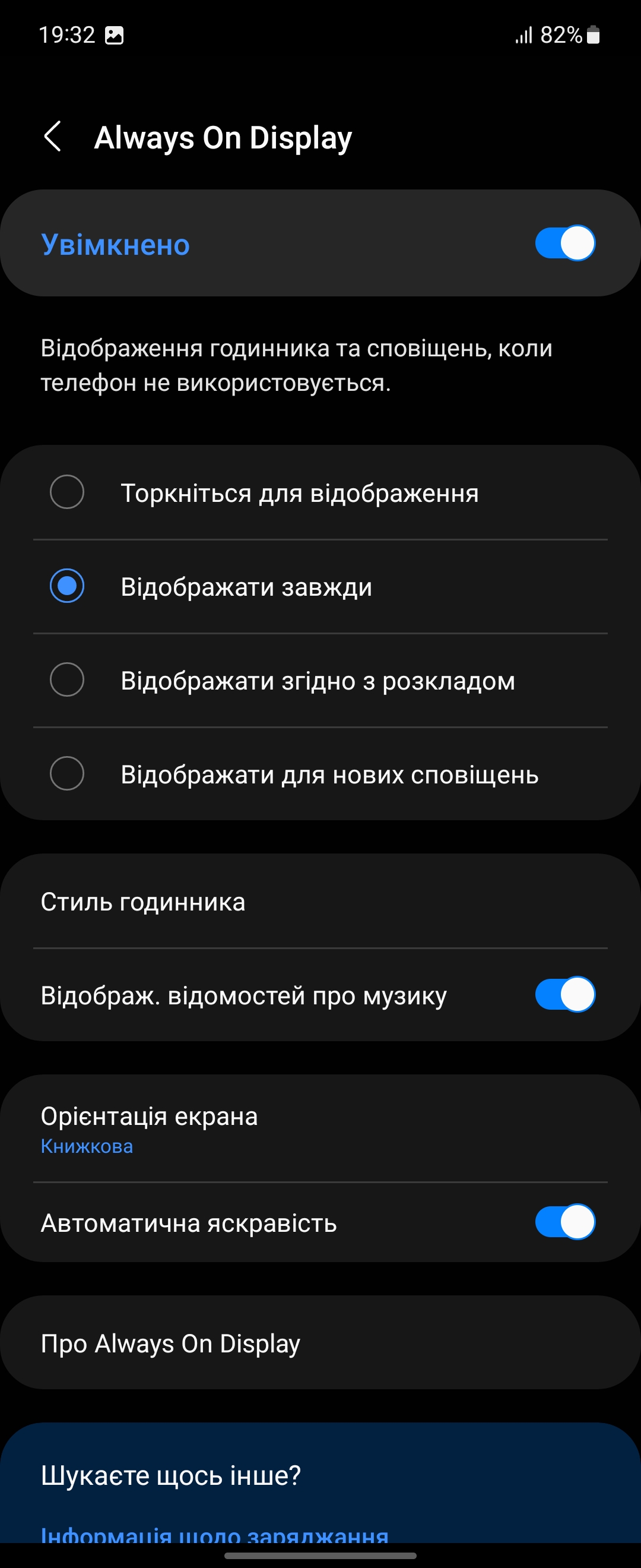
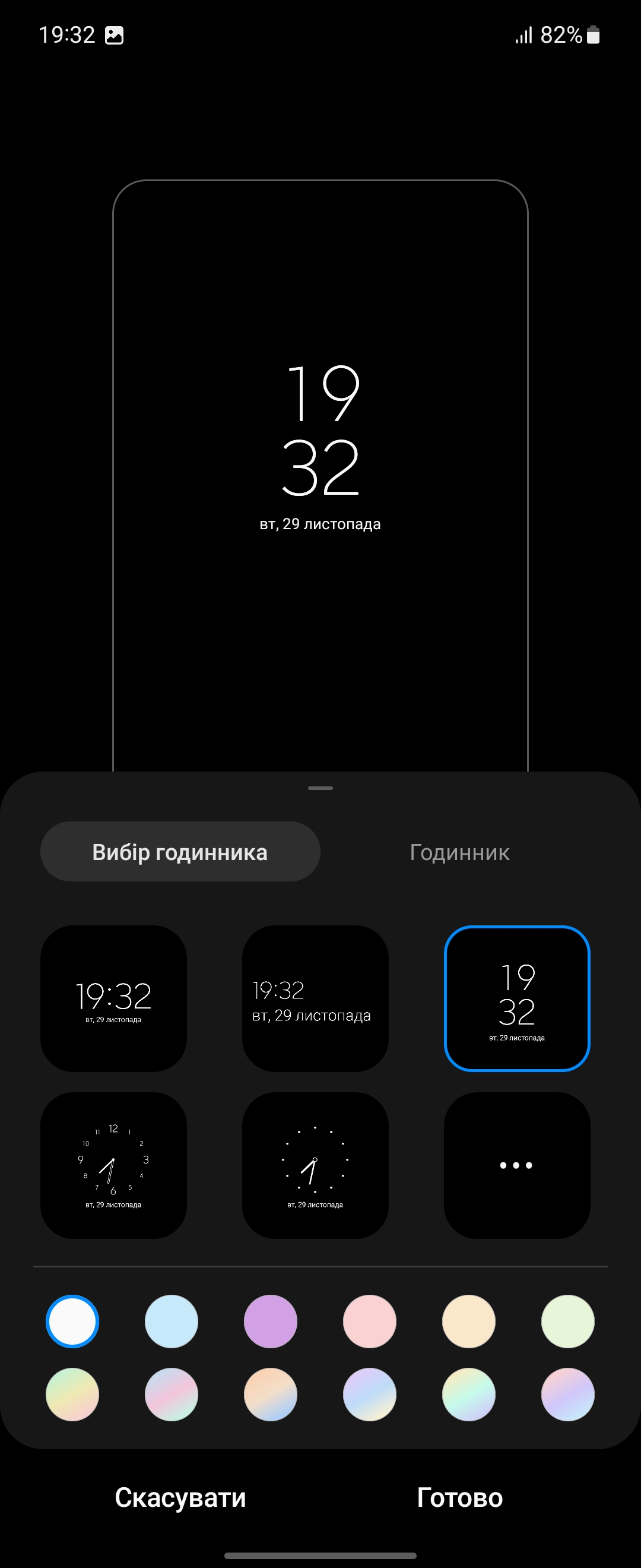
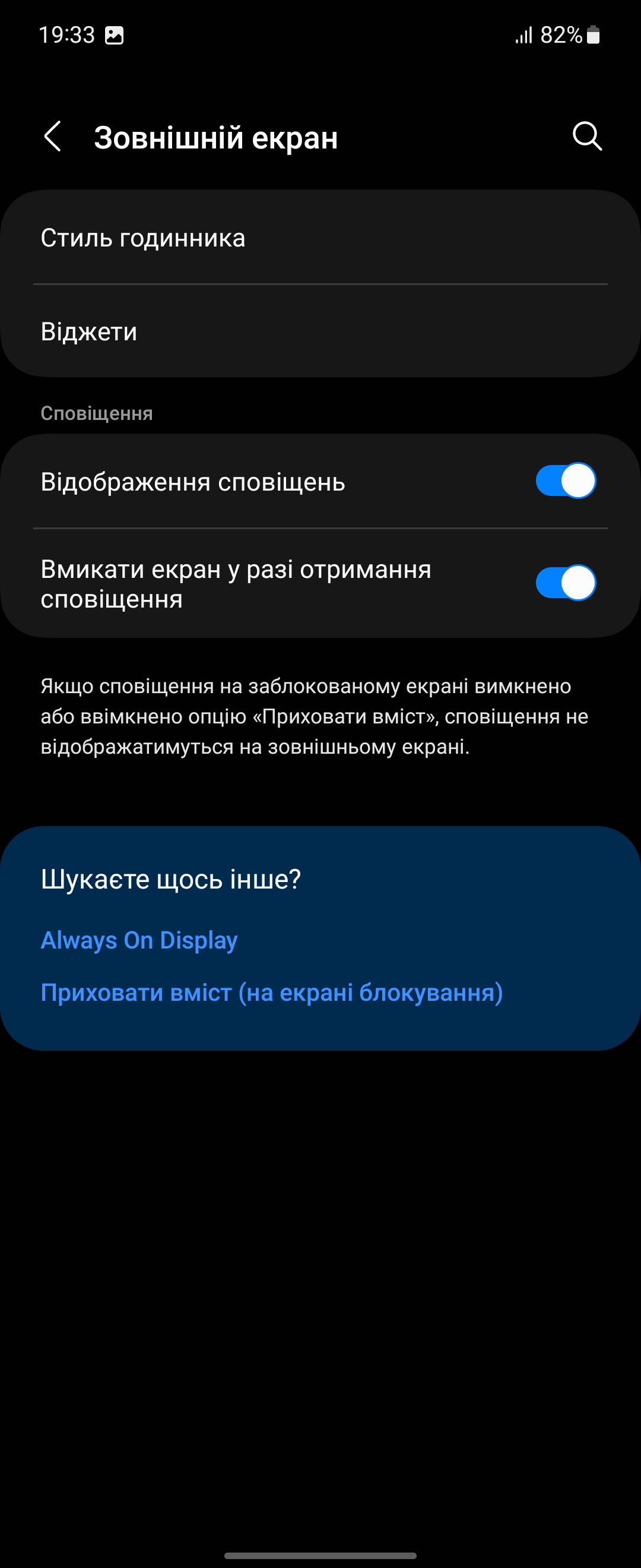
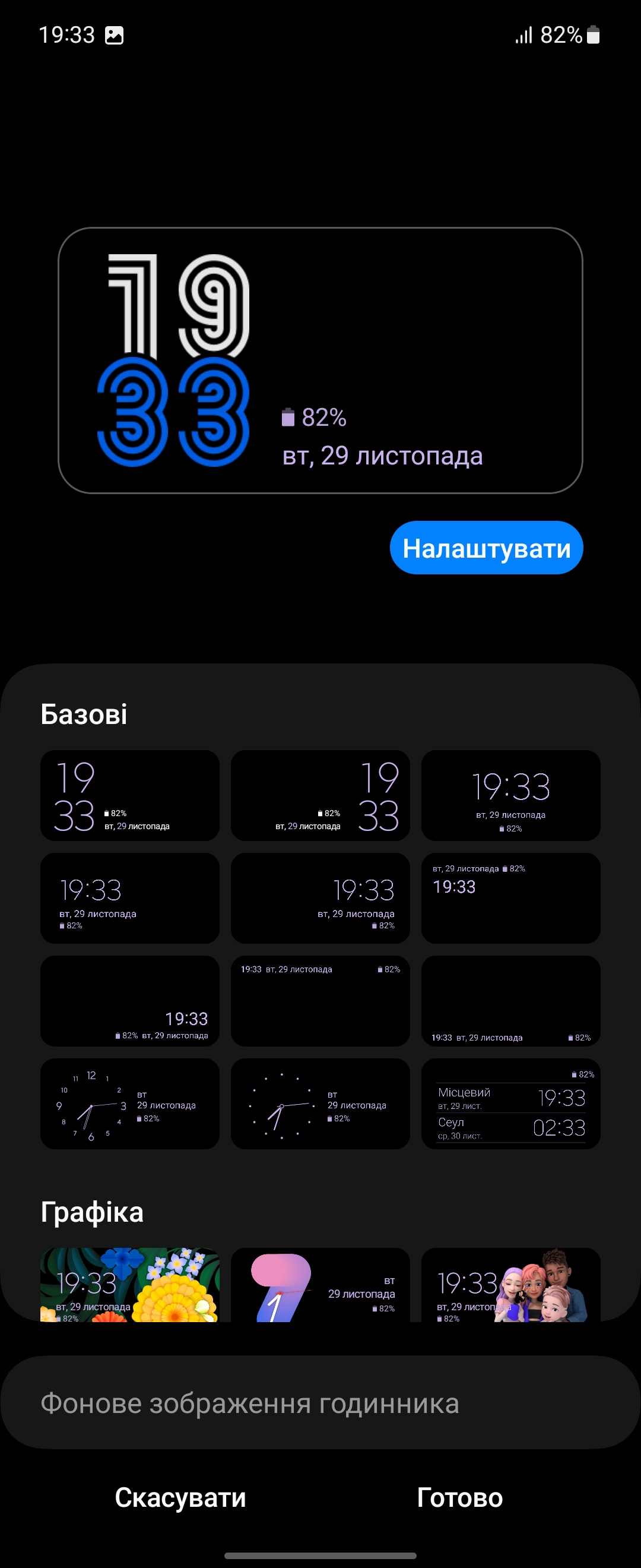
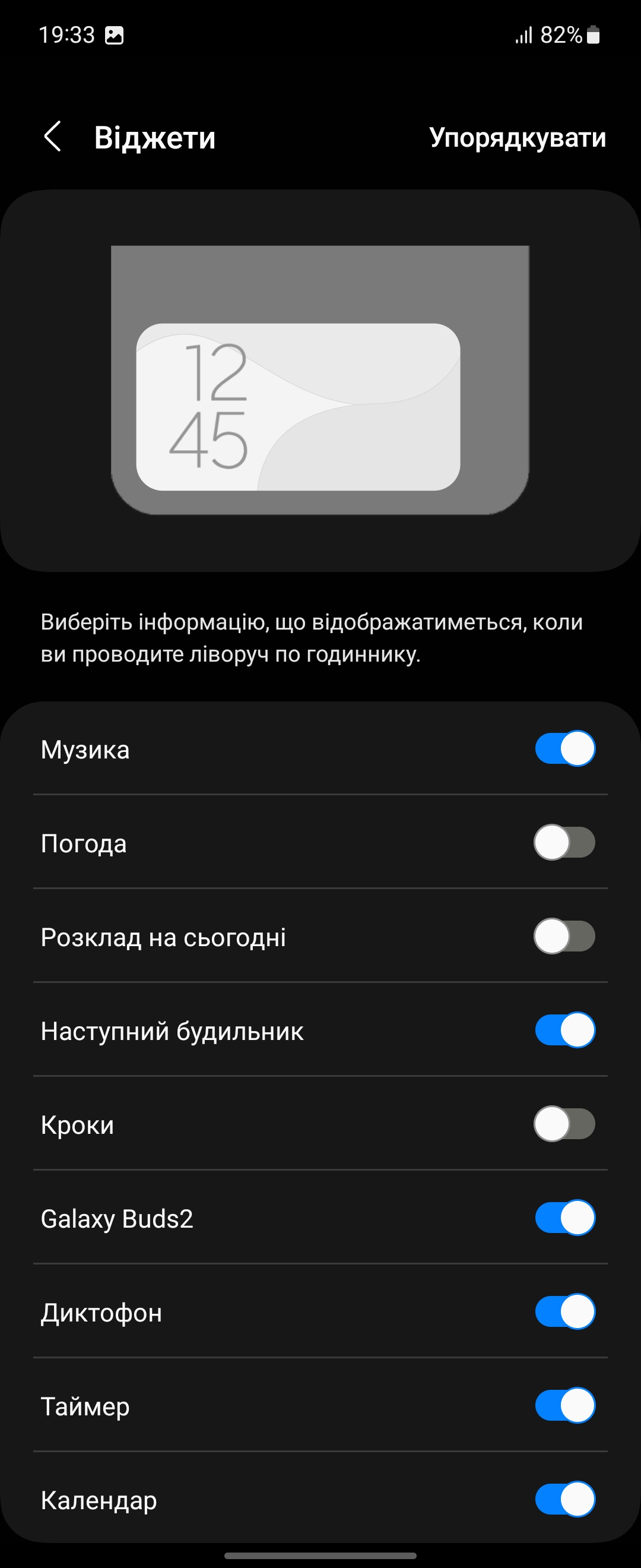
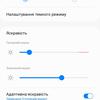
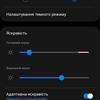

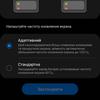

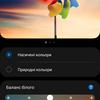



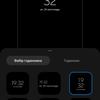

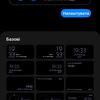
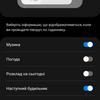
There is an Always on Display function for both the external and internal display.
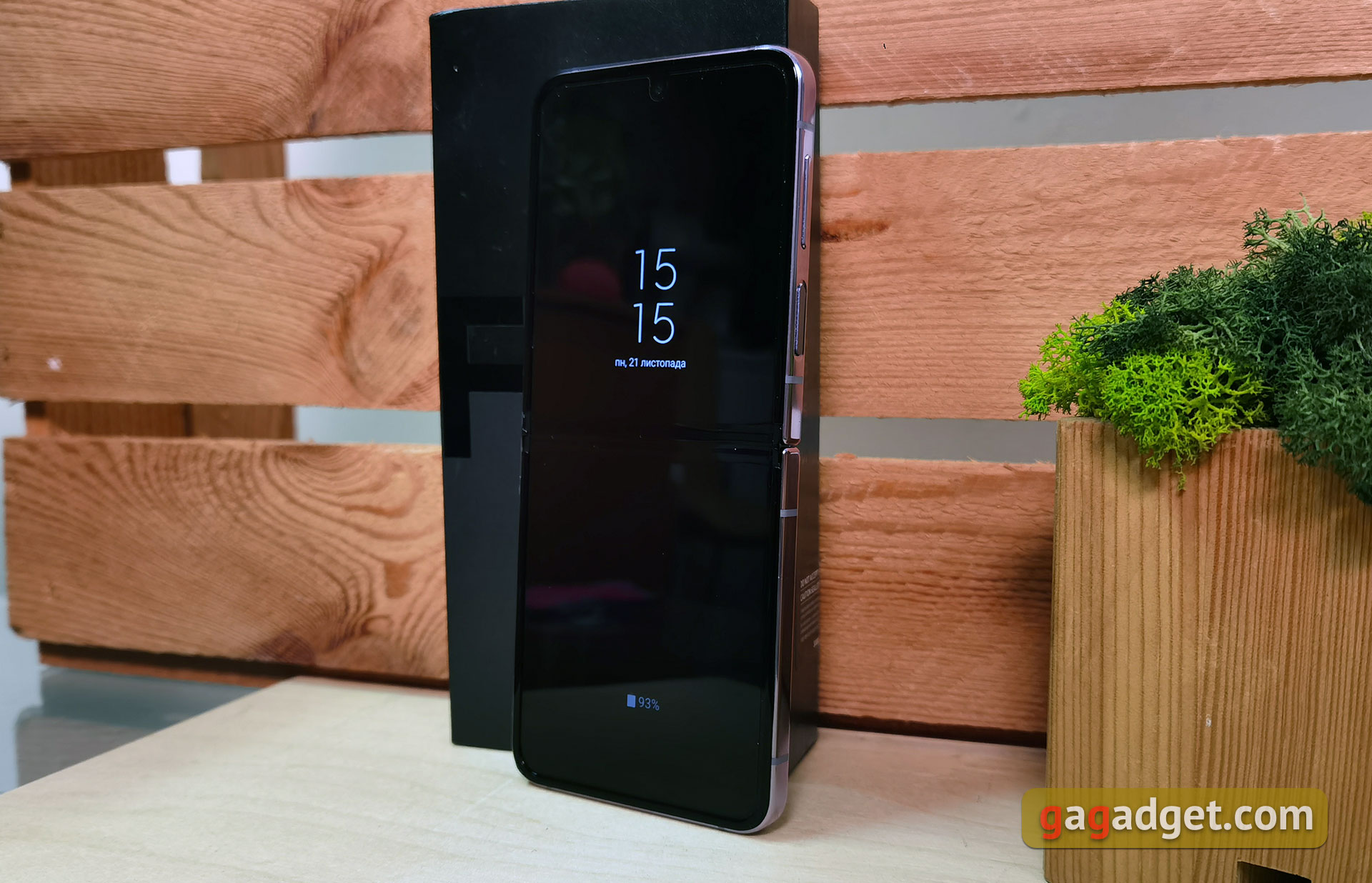
Apart from the fact that the crease on the screen remained, there are no other complaints. The picture is very saturated and bright, and the viewing angles are maximum. In "Bright" mode the maximum brightness is quite impressive 681.478 cd/m2, at that the color reproduction is very accurate, close to the reference values. And the color gamut is much wider than sRGB.
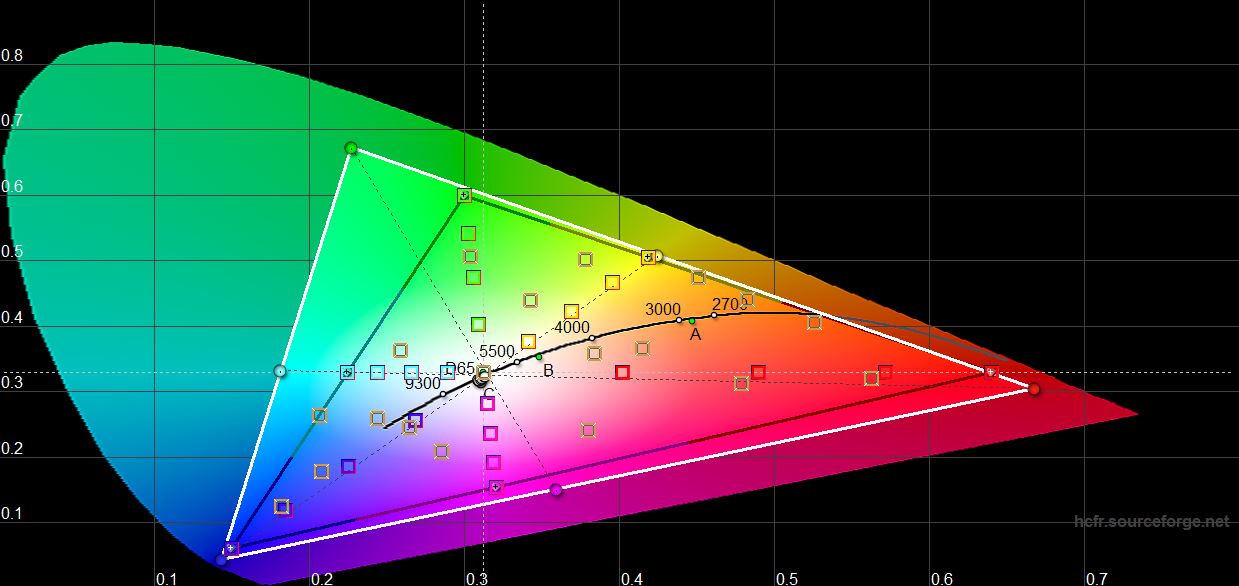
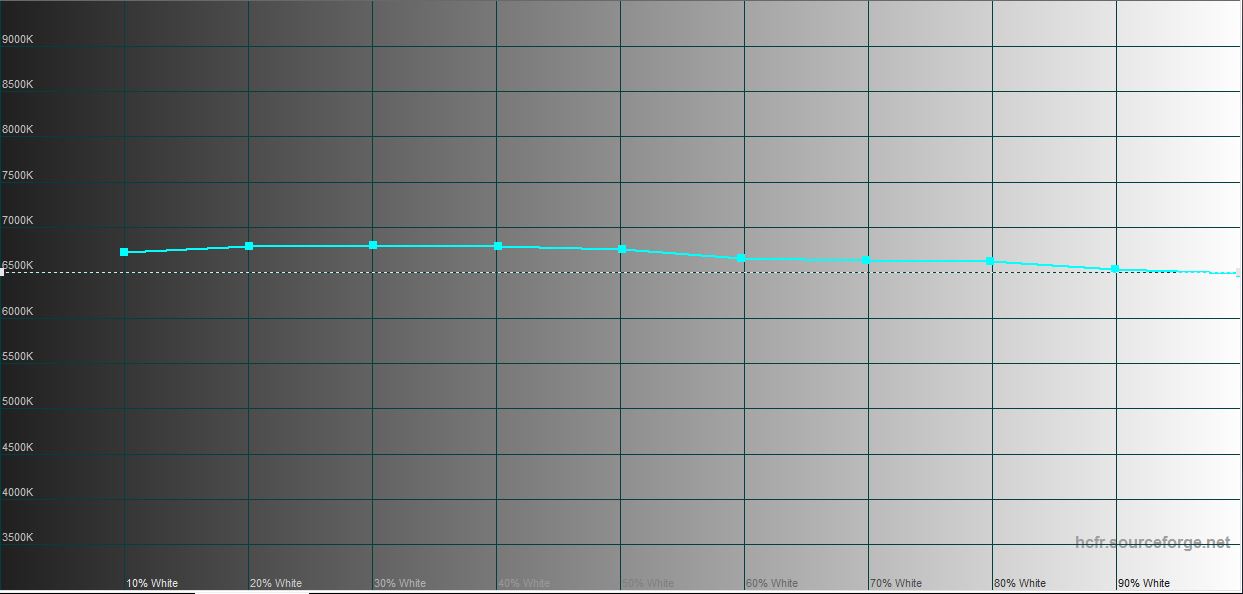
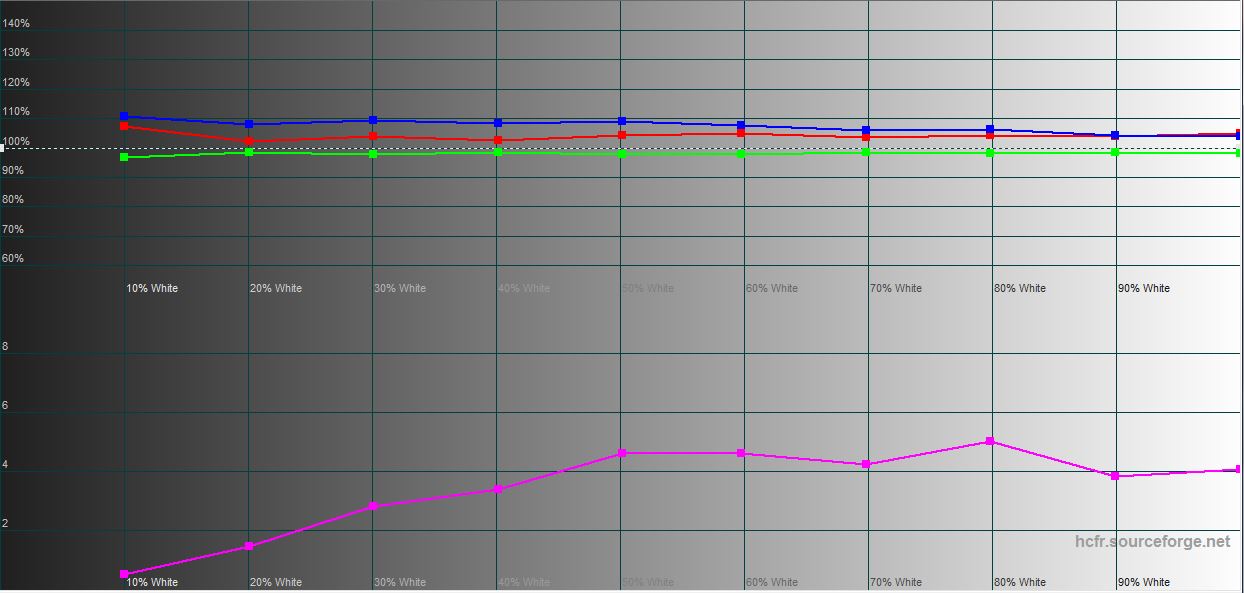
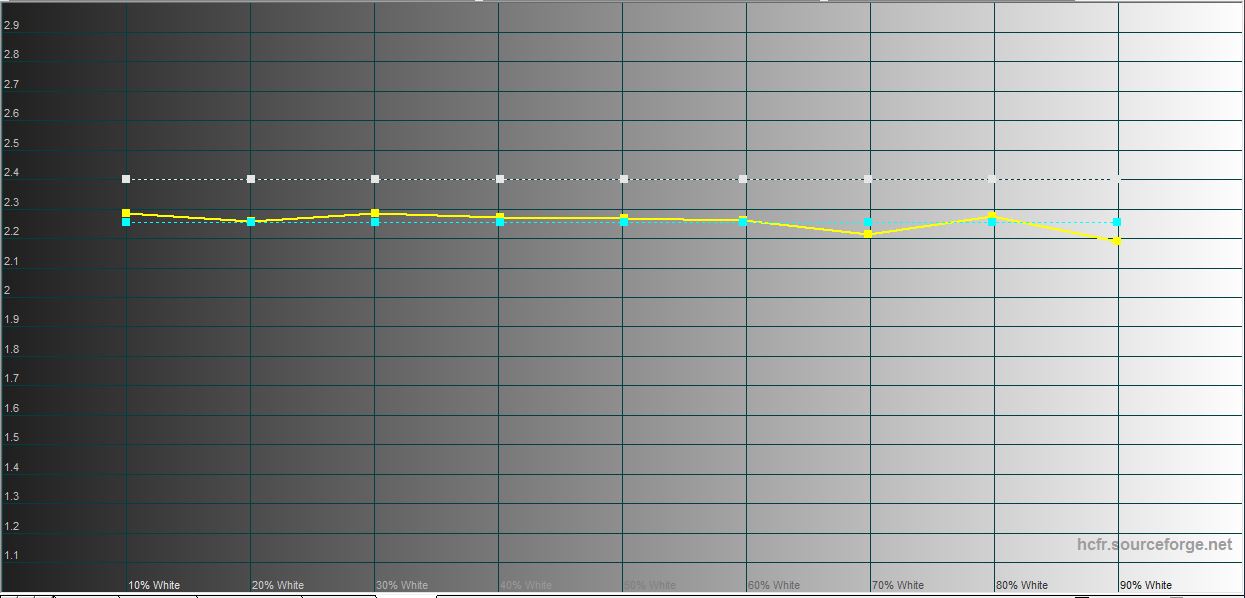
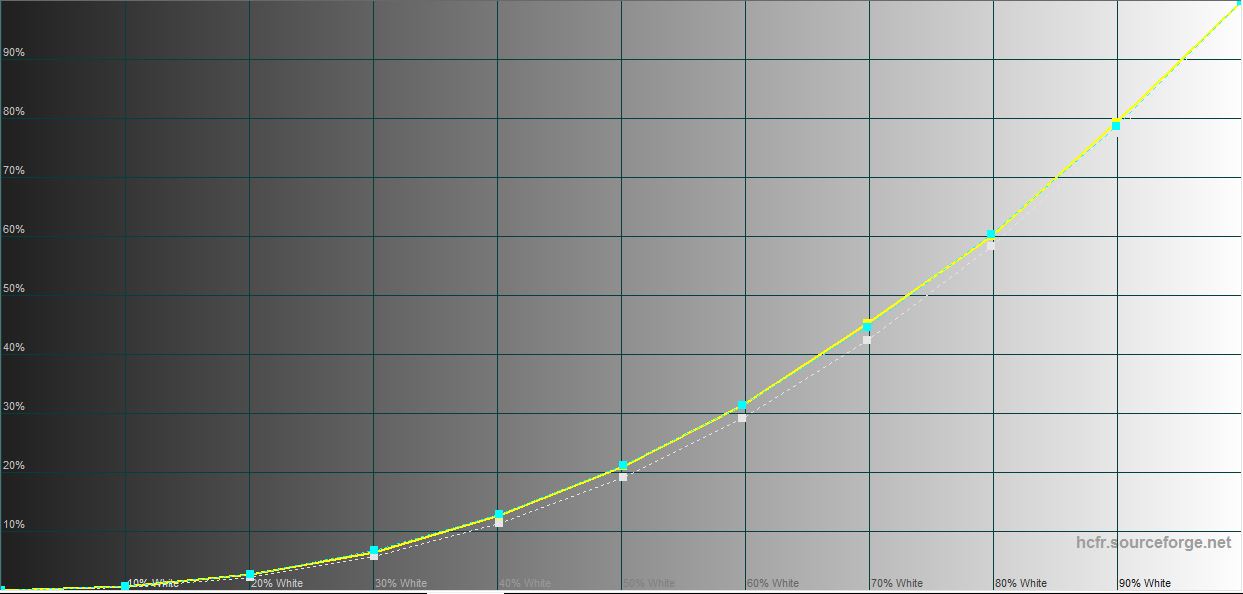


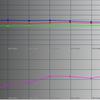


In the "natural" mode, the color gamut is closer to sRGB, in general, the picture is calmer and will appeal to those who do not like the typical AMOLED bright color display. The maximum brightness is slightly lower: 661.742 cd/m2. Color accuracy is slightly worse: there is a slight emphasis on cool shades.

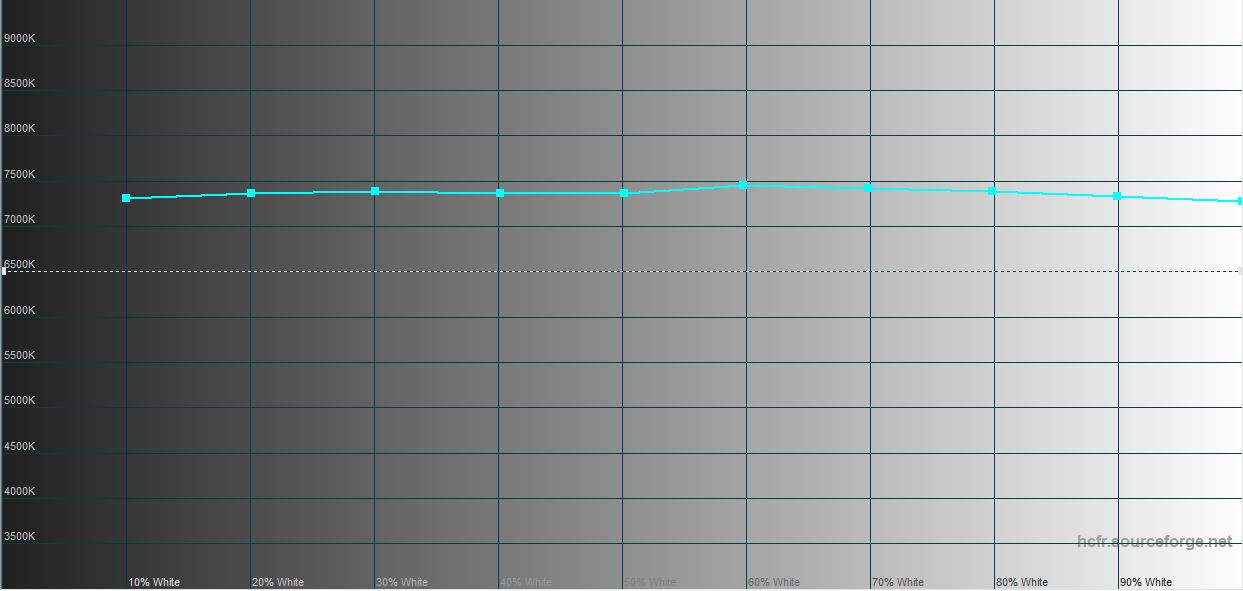

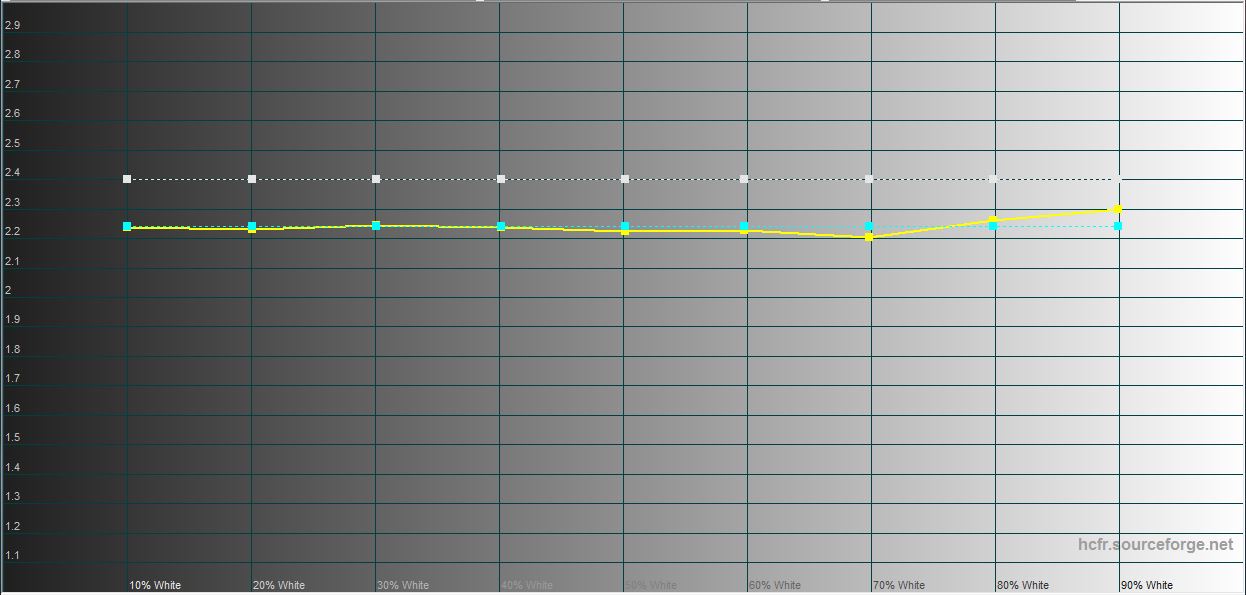
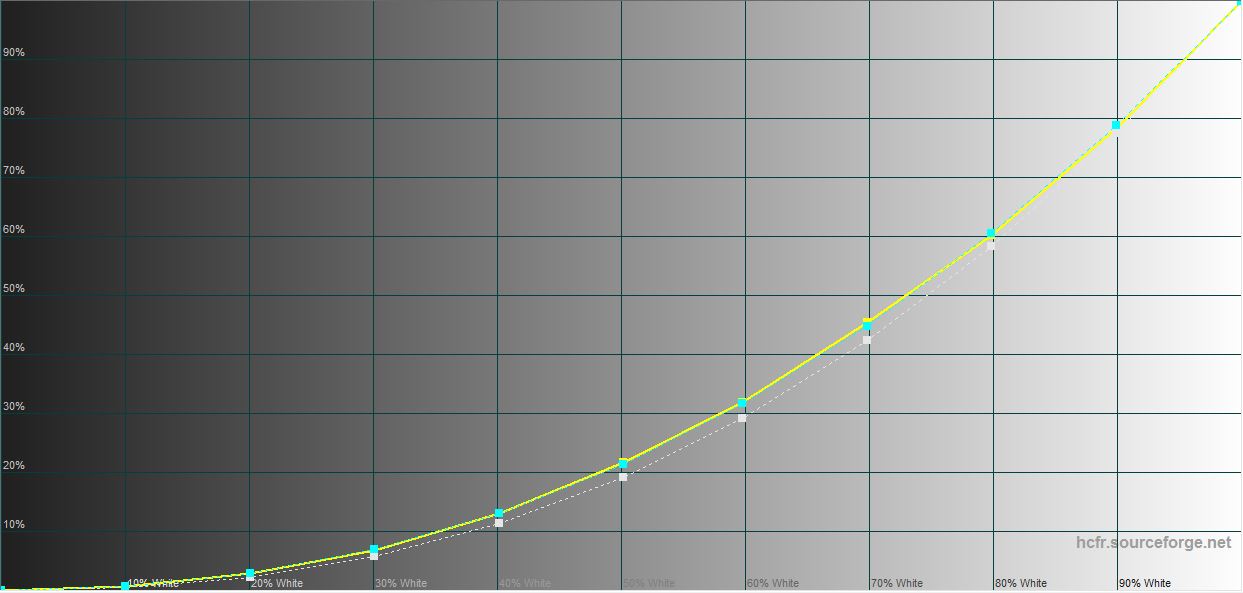
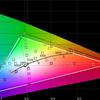


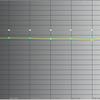

Comparison with other models:
| Smartphone name | White field brightness, cd/m2 |
Black field brightness, cd/m2 |
Contrast |
|---|---|---|---|
| Samsung Galaxy Flip4 | 681.478 | 0 | ∞ |
| Samsung Galaxy Z Flip3 | 460.6 | 0 | ∞ |
| Samsung Galaxy Fold4 | 479.32 | 0 | ∞ |
| Xiaomi 11T Pro | 493.872 | 0 | ∞ |
| ASUS ROG Phone 5 | 482.347 | 0 | ∞ |
| Samsung Galaxy S21+ | 437.906 | 0 | ∞ |
| Samsung Galaxy S21 | 432.854 | 0 | ∞ |
| Samsung Galaxy S20 Ultra | 408.388 | 0 | ∞ |
| Sony Xperia 1 | 394.97 | 0 | ∞ |
| Huawei P30 Pro | 447.247 | 0 | ∞ |
| Samsung Galaxy S10 | 378.72 | 0 | ∞ |
What are the ways to unlock?
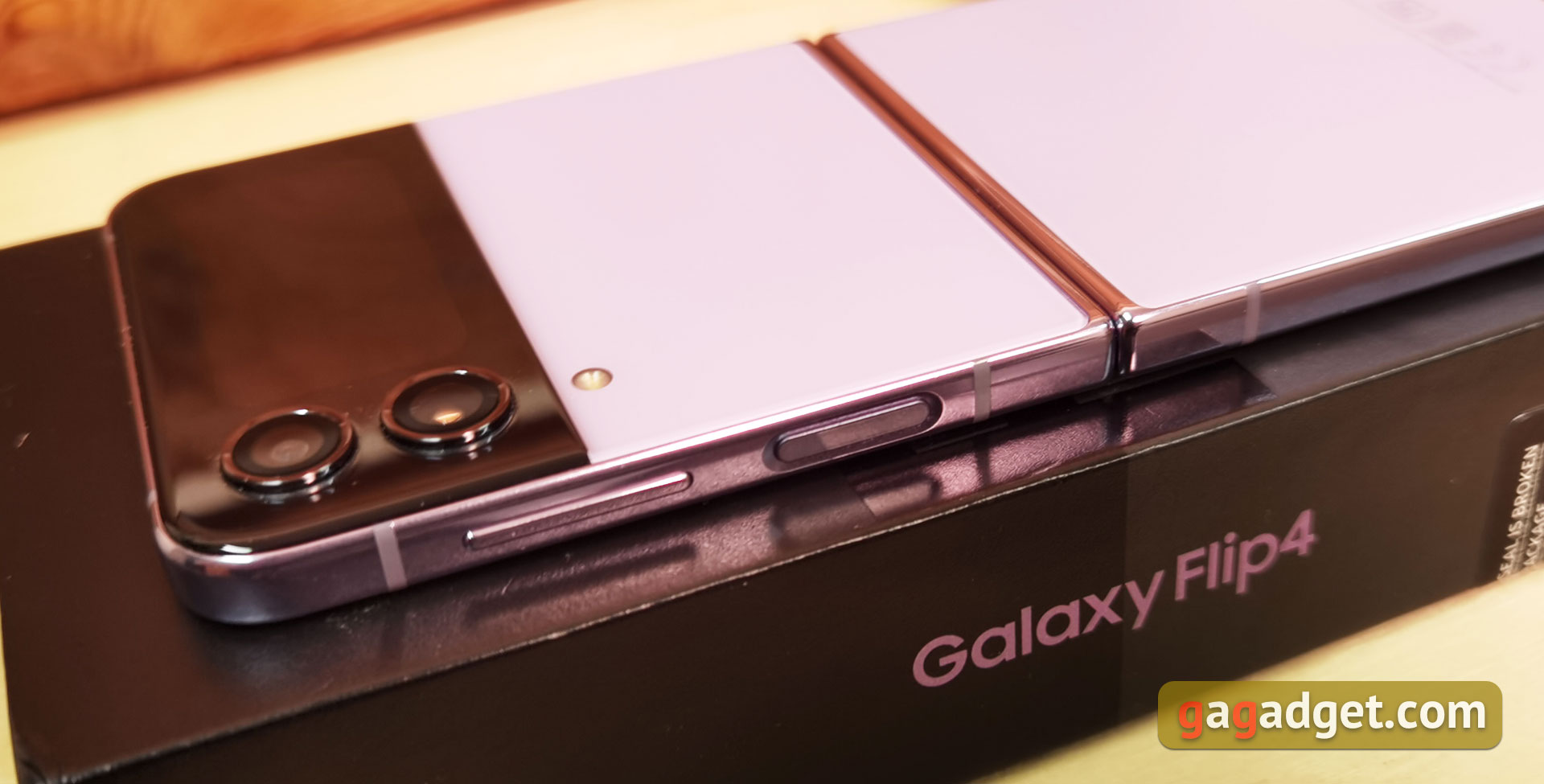
There are two standard ways to unlock your smartphone. Fingerprint scanner in the power button and face recognition using the front camera. The scanner works flawlessly: fast and accurate. It can also be used to call the top curtain. Face recognition also works quite quickly in conditions of sufficient lighting. Although, of course, in the absence of additional sensors, this method cannot be called quite safe. It is possible to enable automatic brightness increase for low light conditions. And the function in which the face will not be recognized with closed eyes.
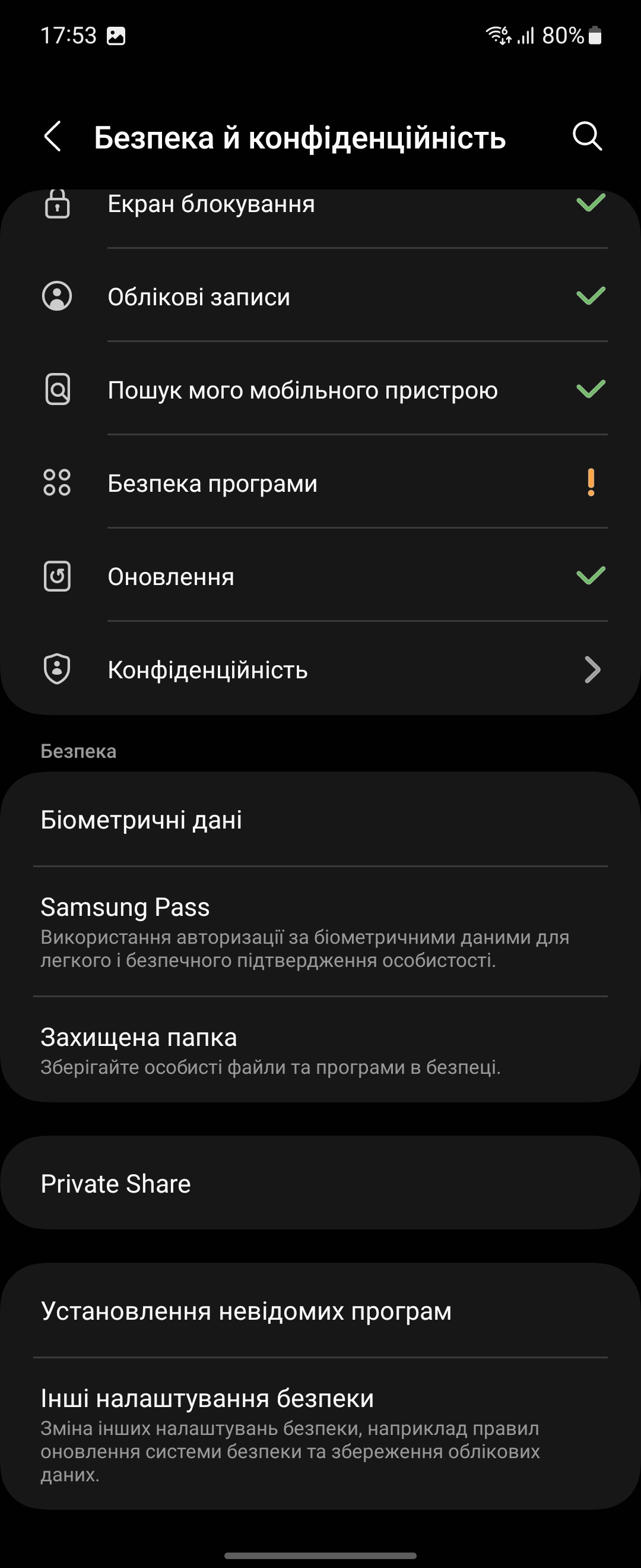

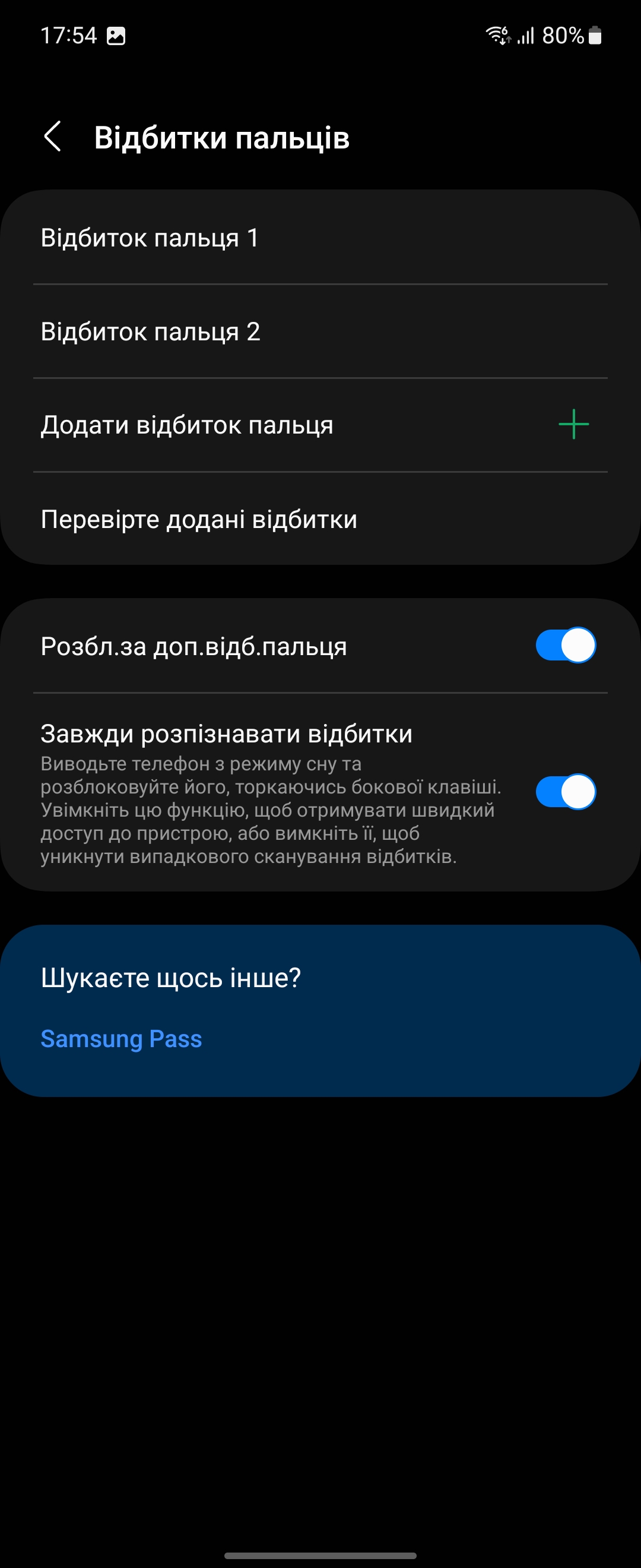
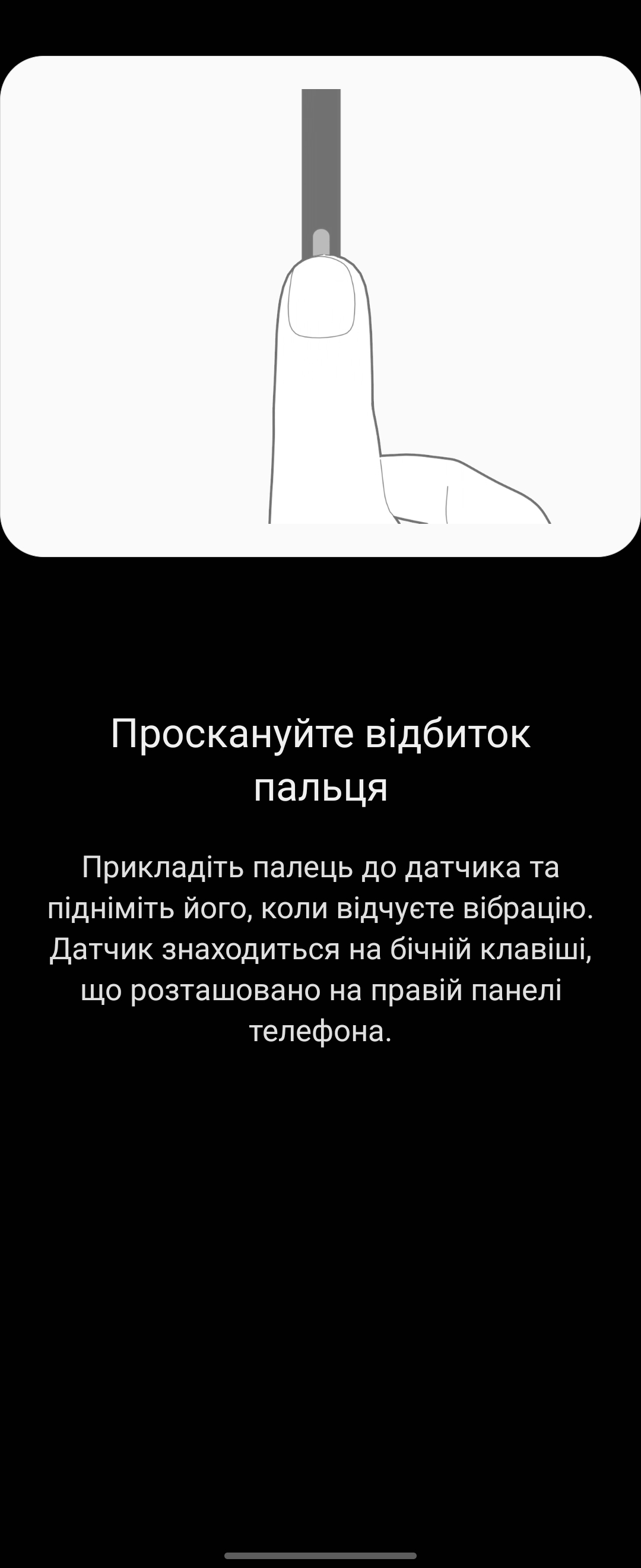


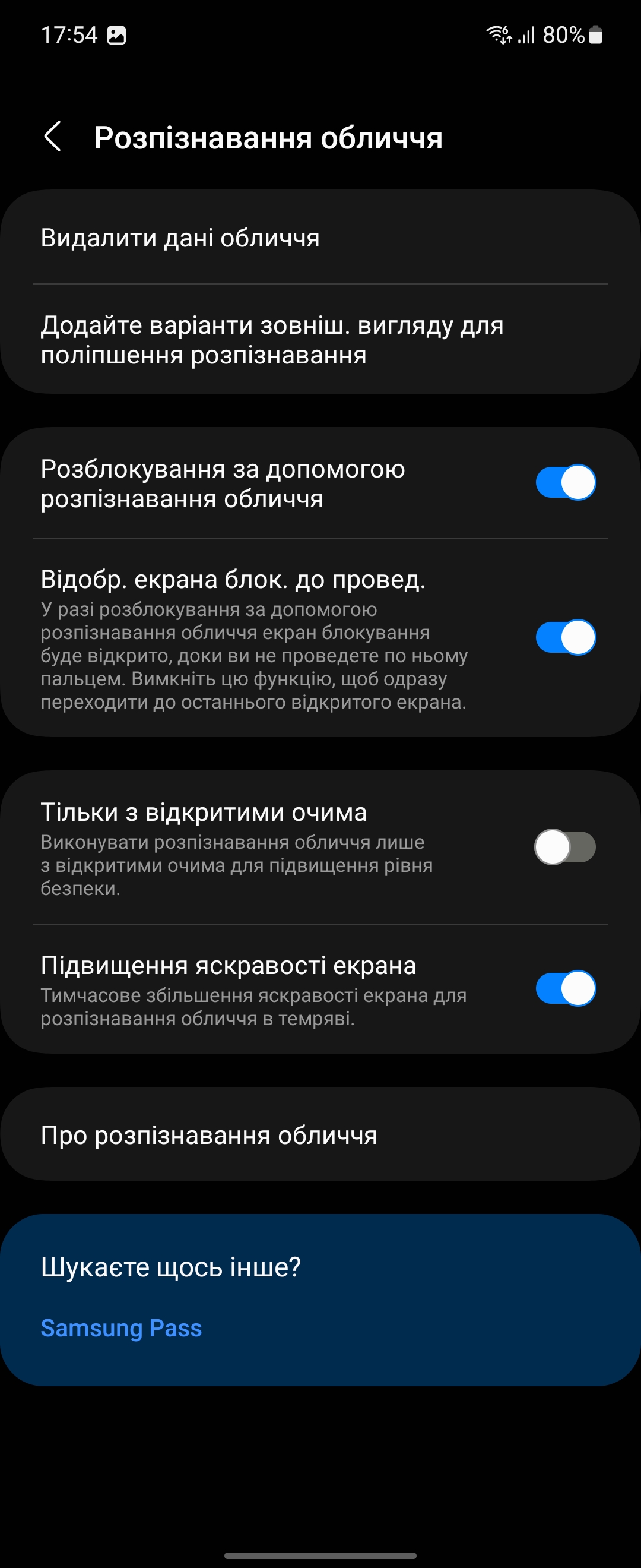
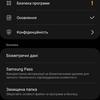



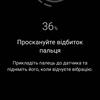
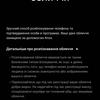

What about performance, memory, sound and battery life?
Inside Samsung Galaxy Flip4 is installed close to Galaxy Fold4 hardware. Namely - one of the most powerful mobile processors available at the moment, Qualcomm Snapdragon 8+ Gen 1. It is manufactured using a 4nm process technology, includes one high-performance ARM Cortex-X2 core with a frequency of up to 3.19 GHz, three Cortex-A710 at 2.75 GHz, a block of four energy-efficient Cortex-A510 cores at 1.8 GHz and an Adreno 730 graphics accelerator. RAM is 8GB LPDDR5, expandable with 2, 4, 6 or 8GB internal storage (RAM Plus feature). Internal storage: 128, 256 or 512 GB UFS 3.1. So it is not long that the smartphone shows very high performance in performance tests:
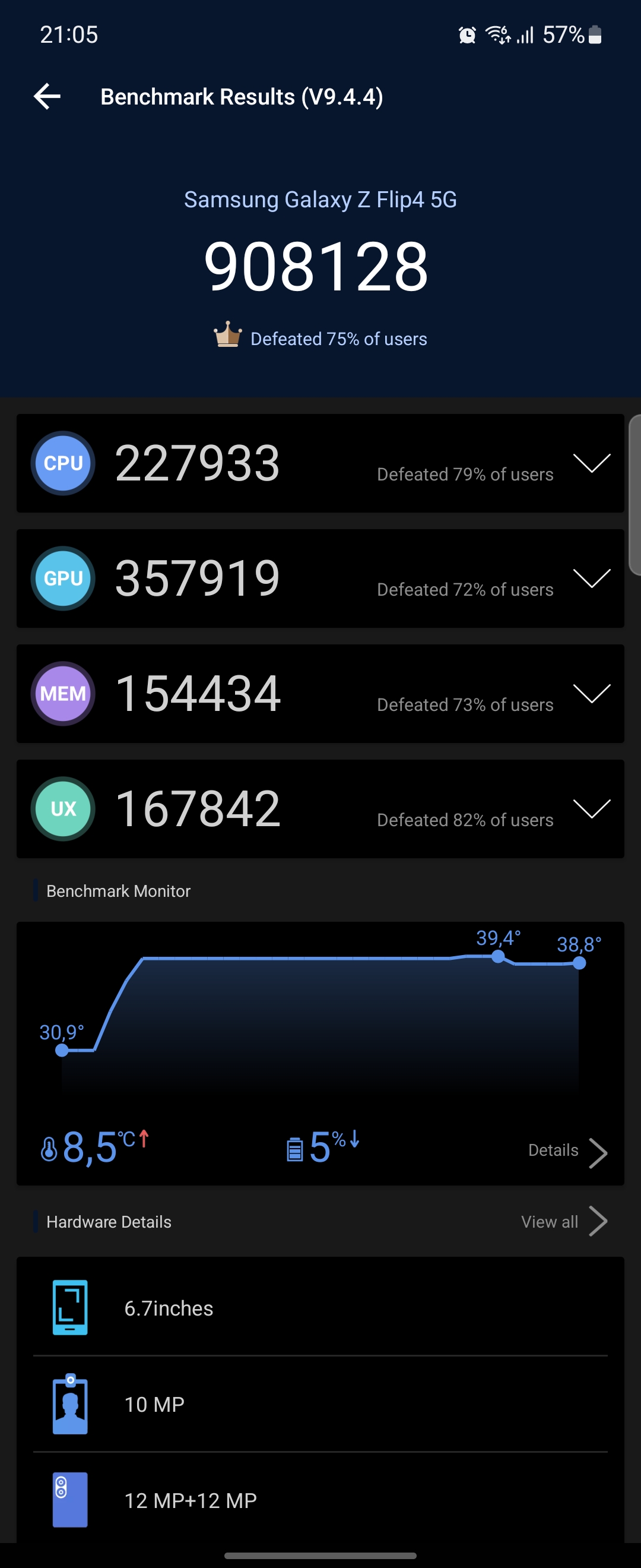
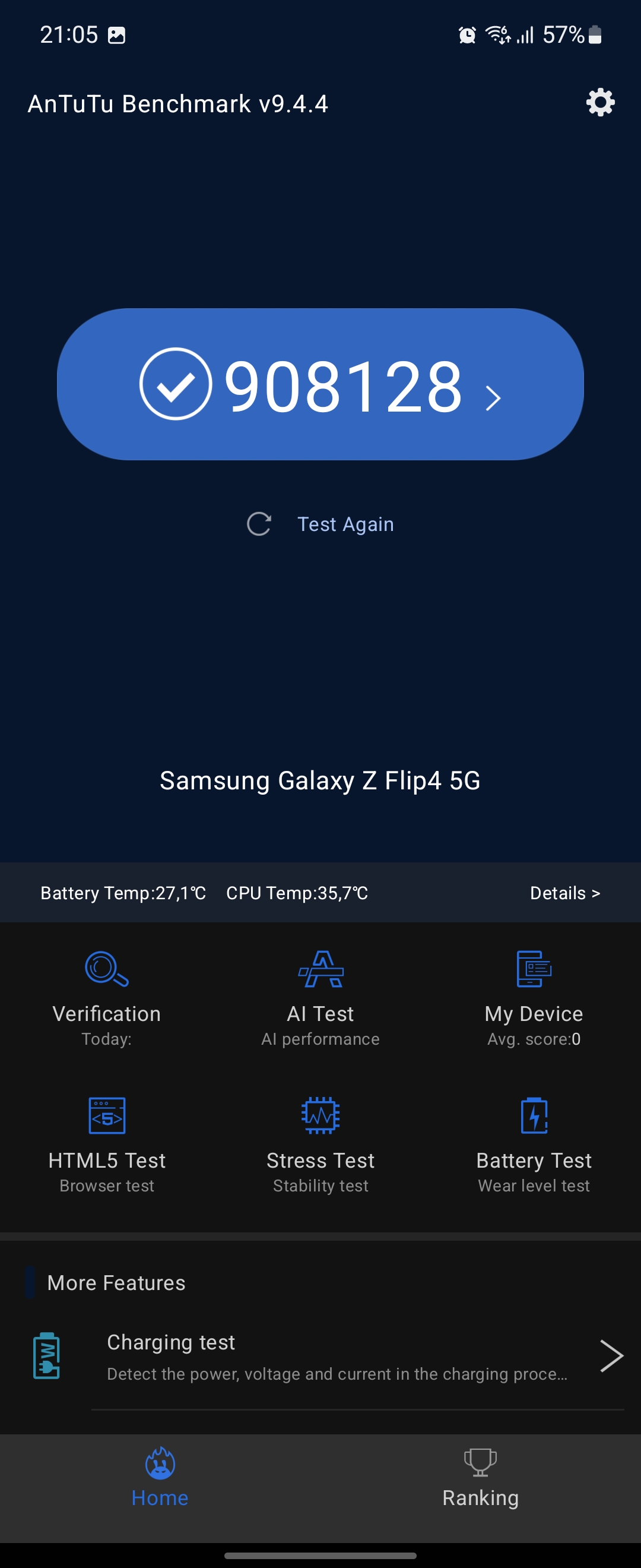
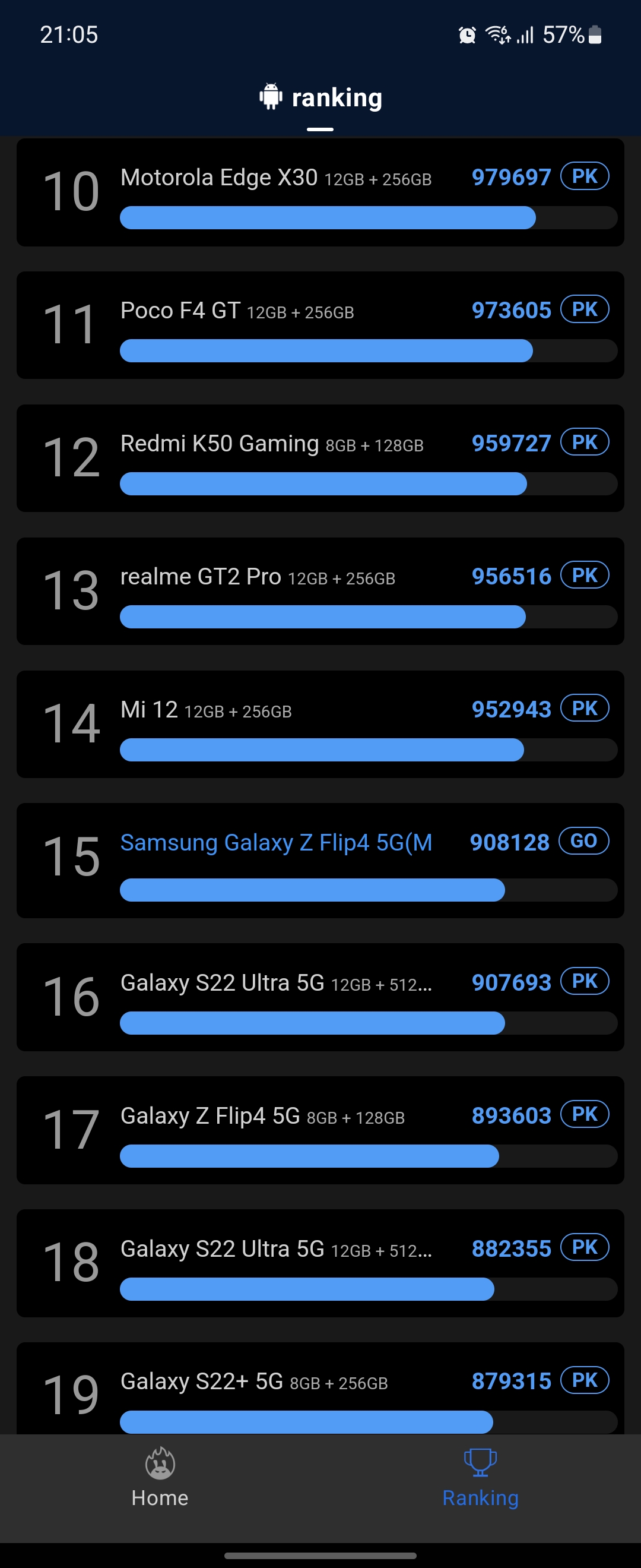
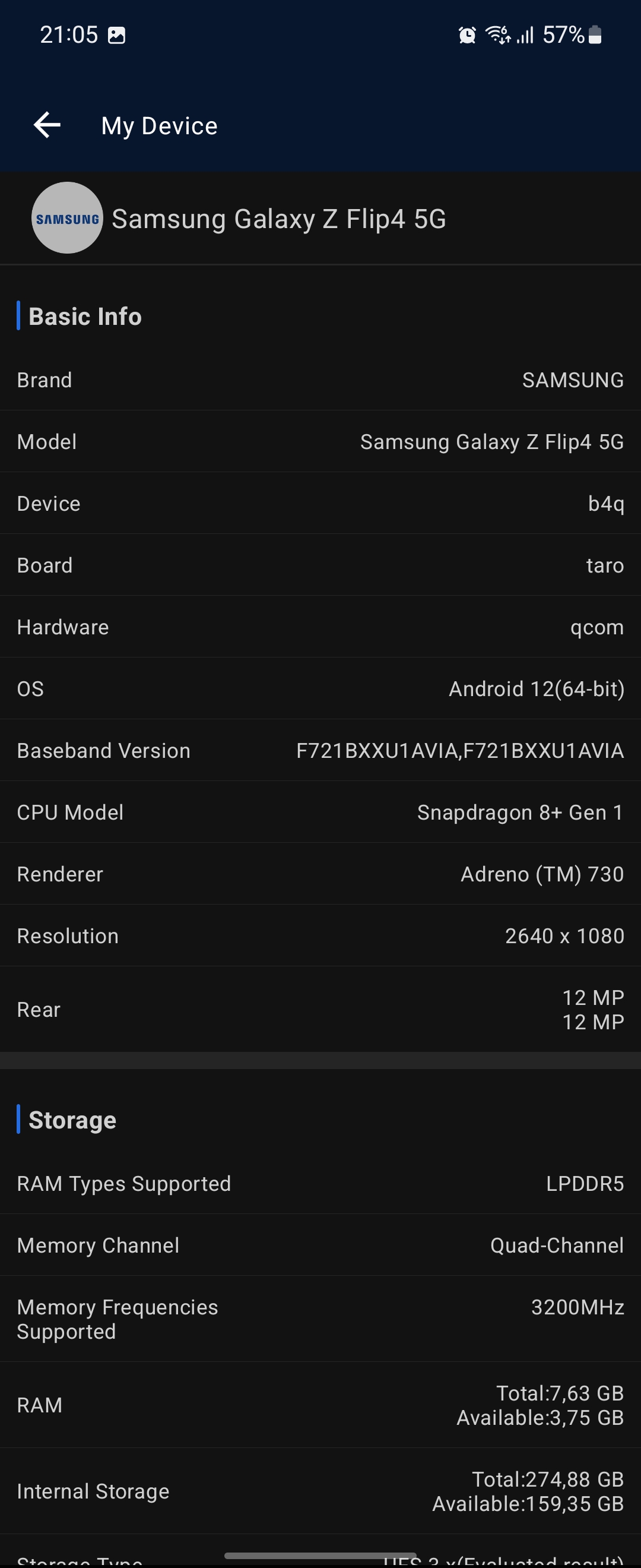
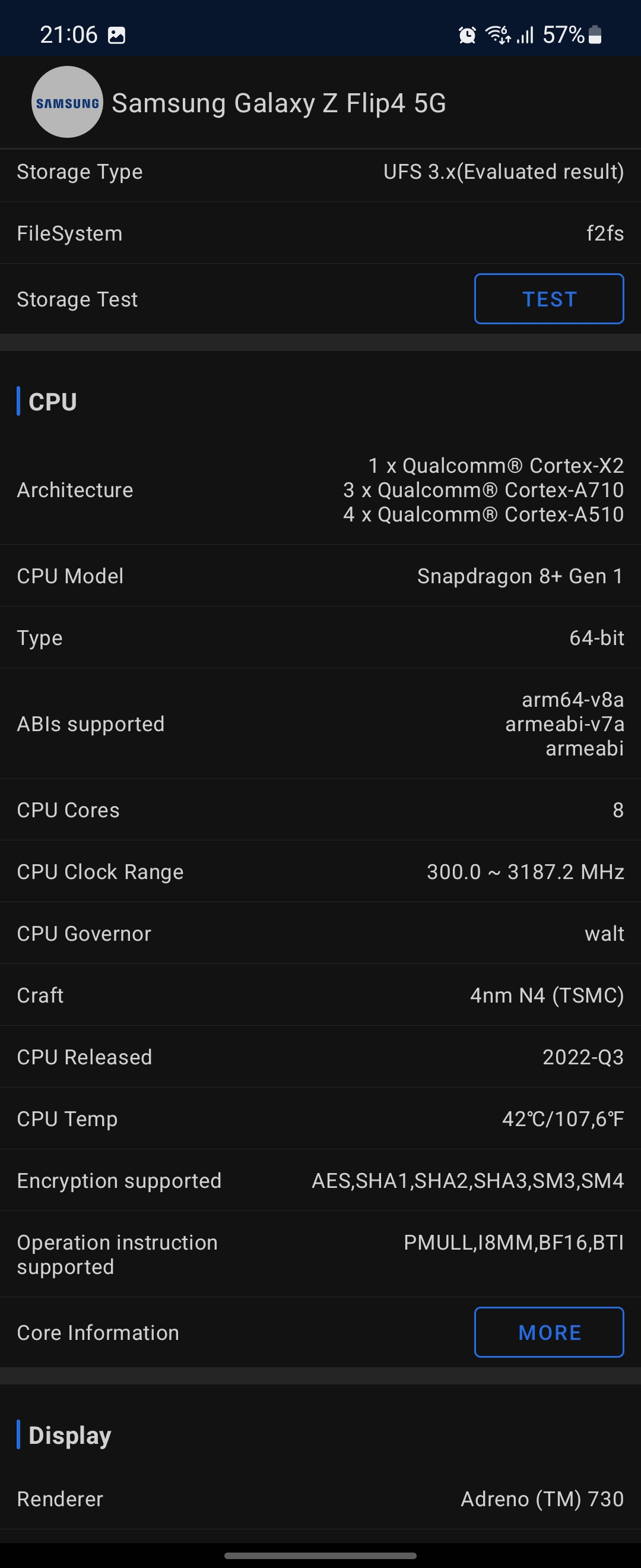
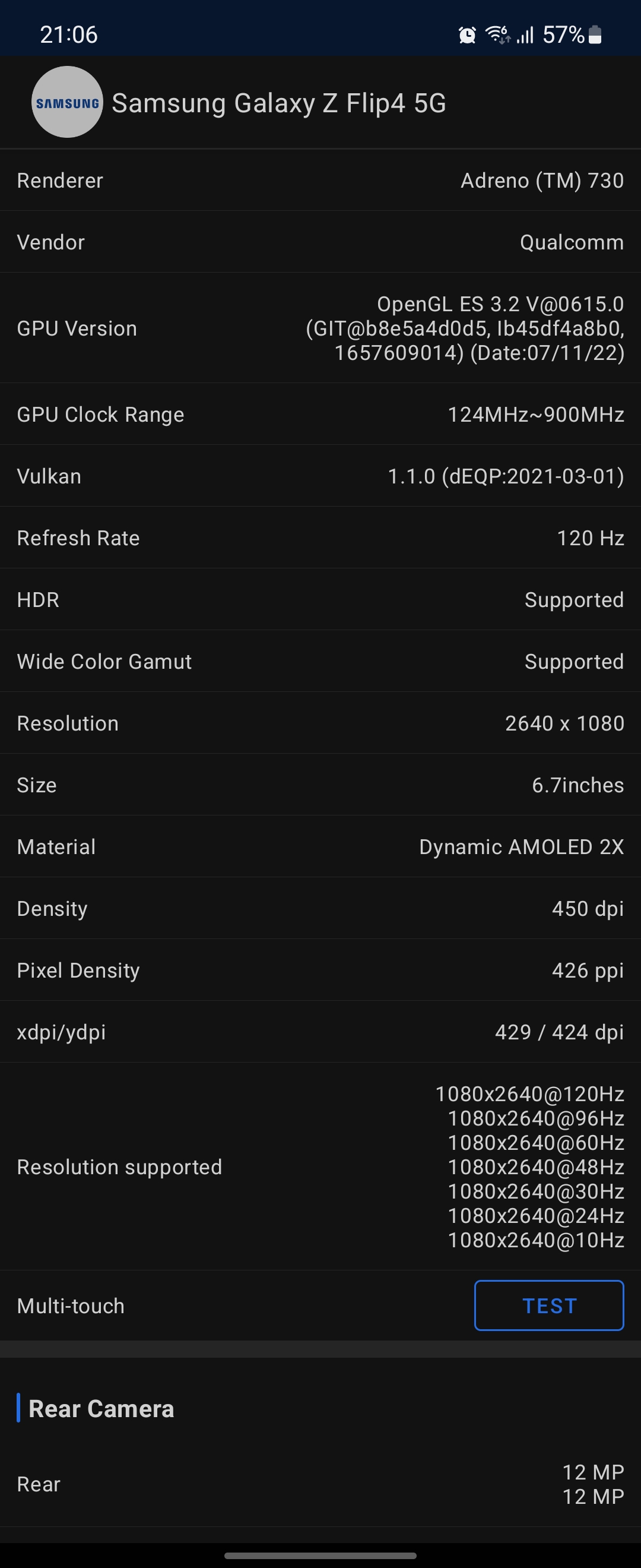
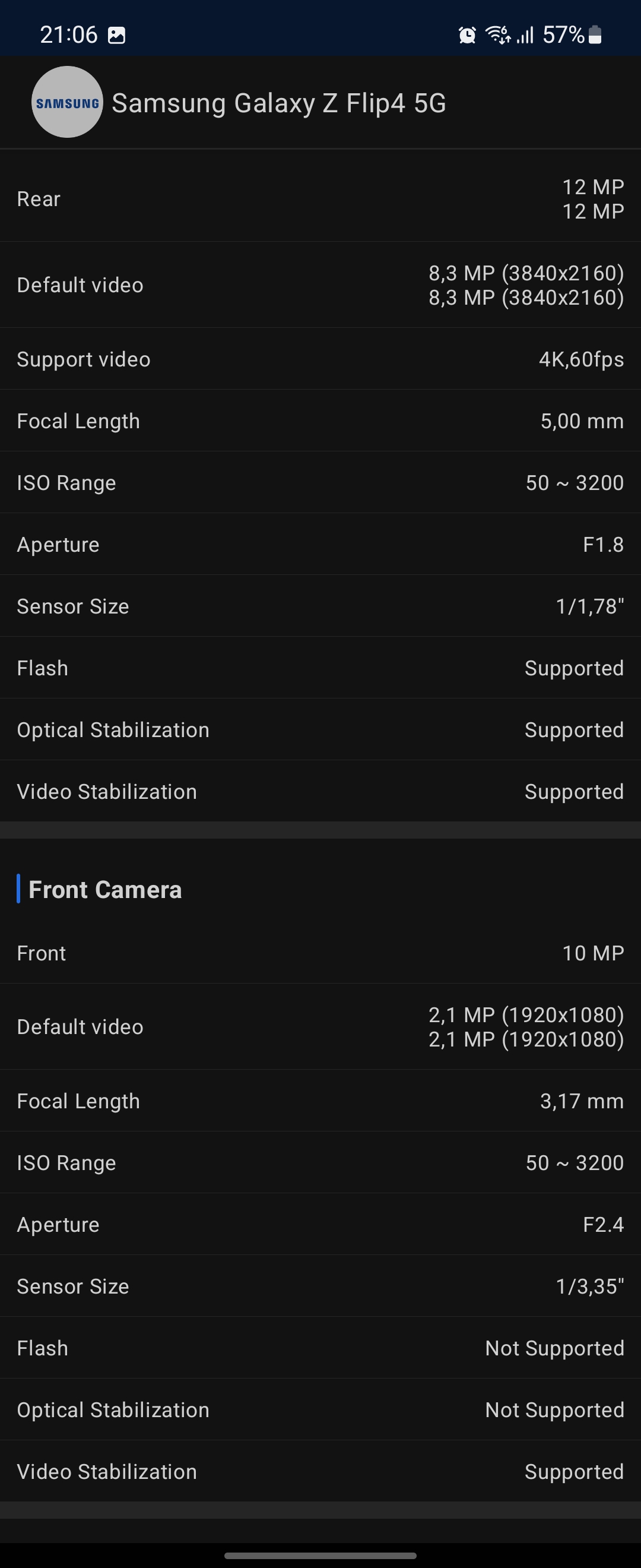
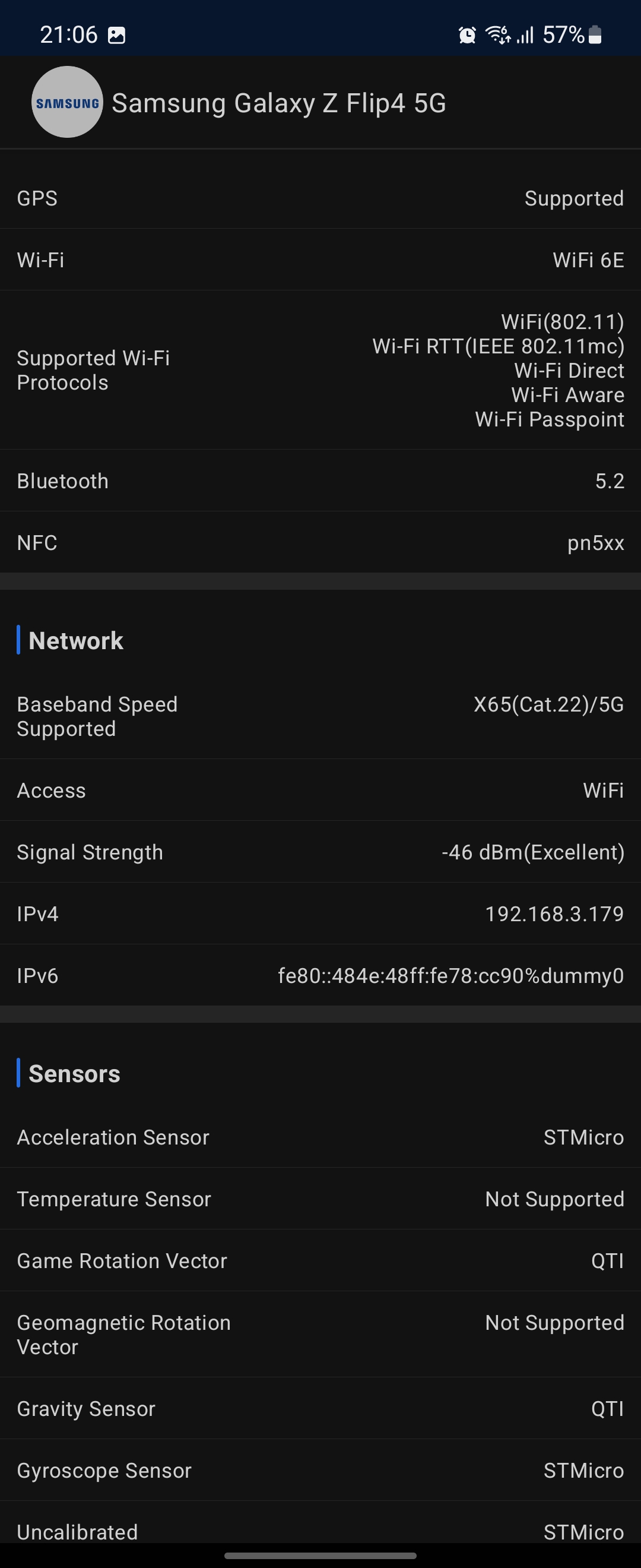
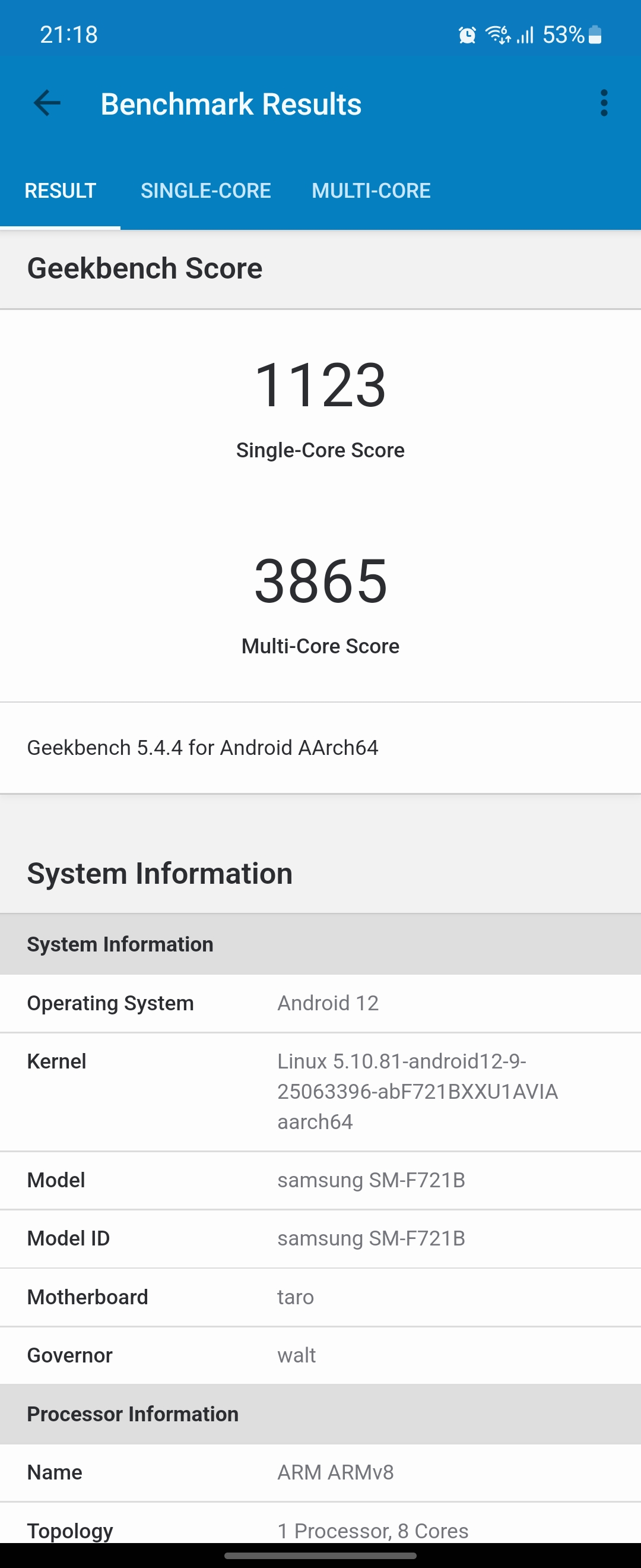
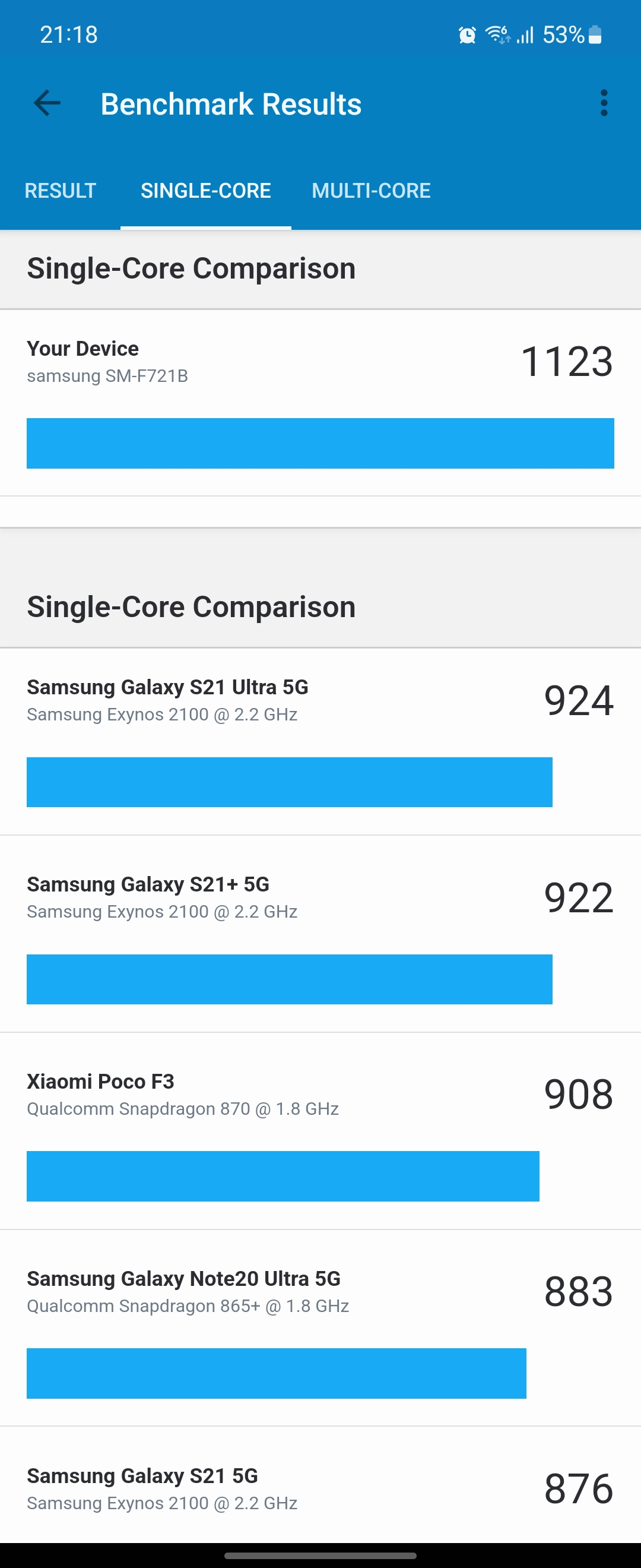
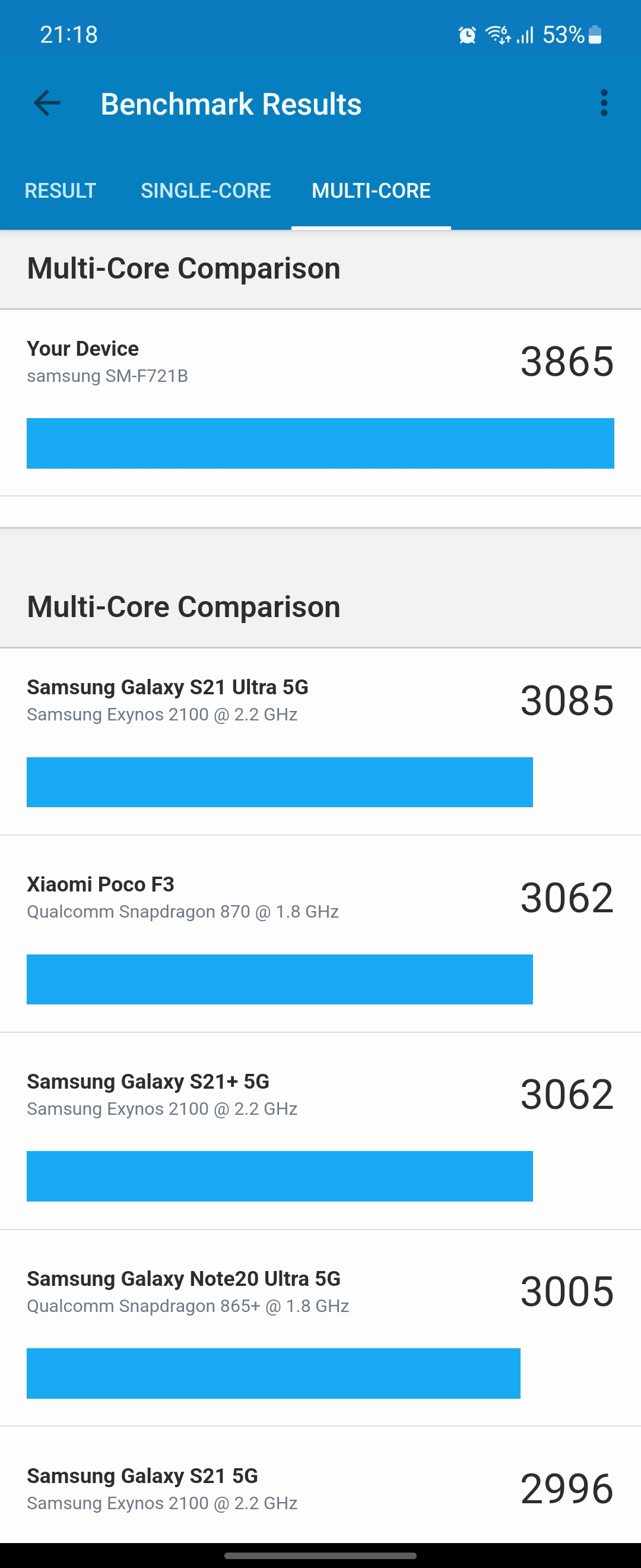


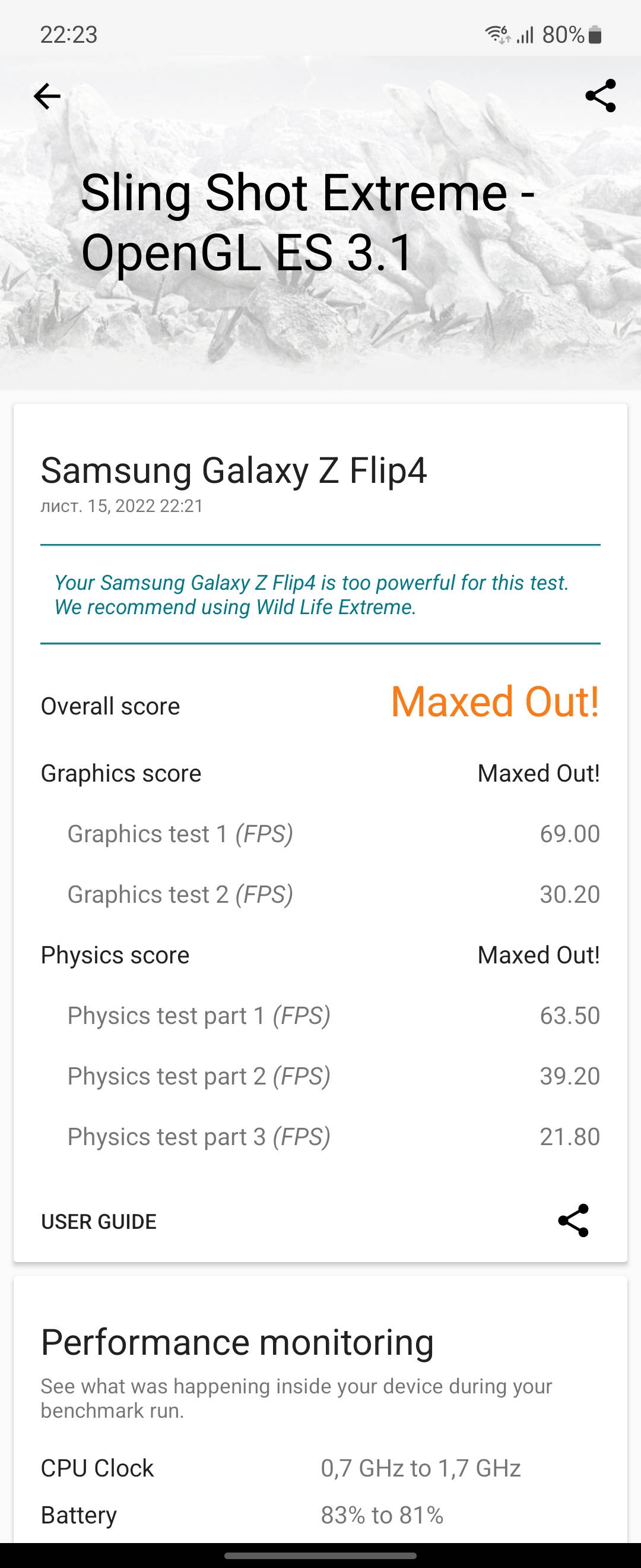
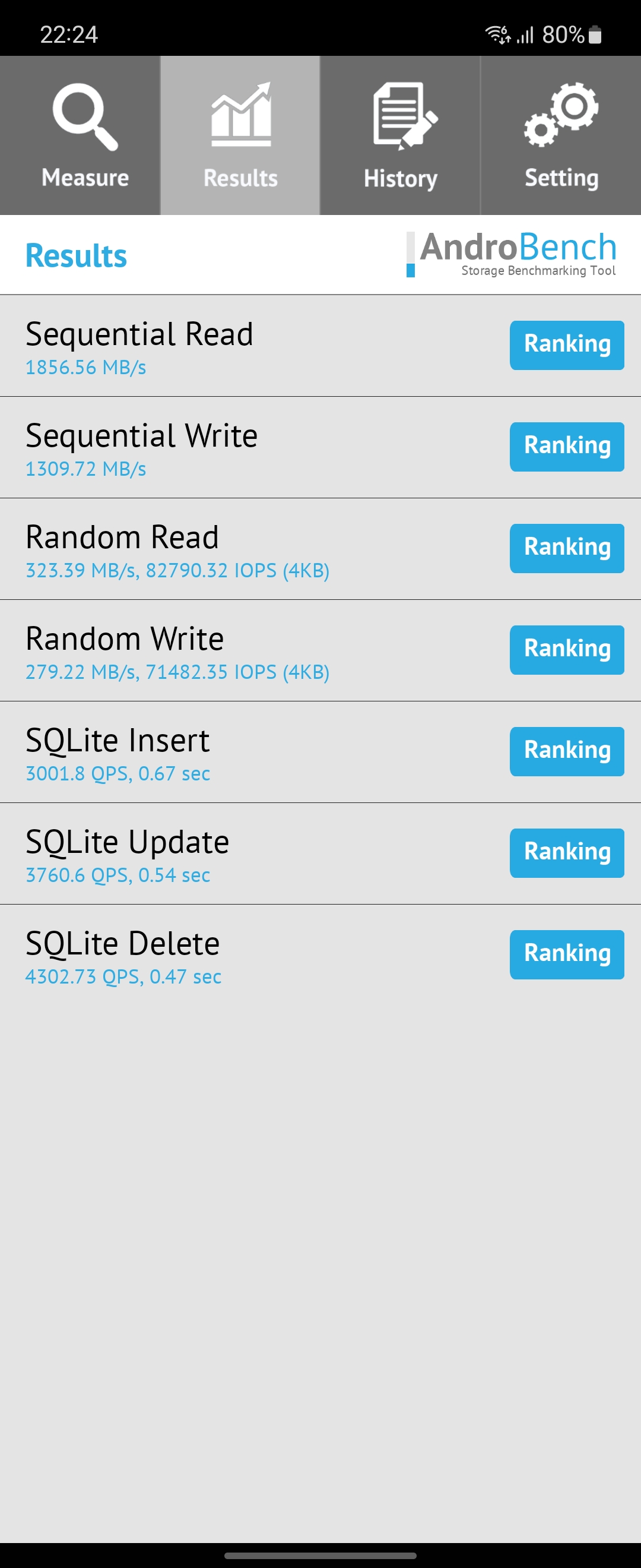
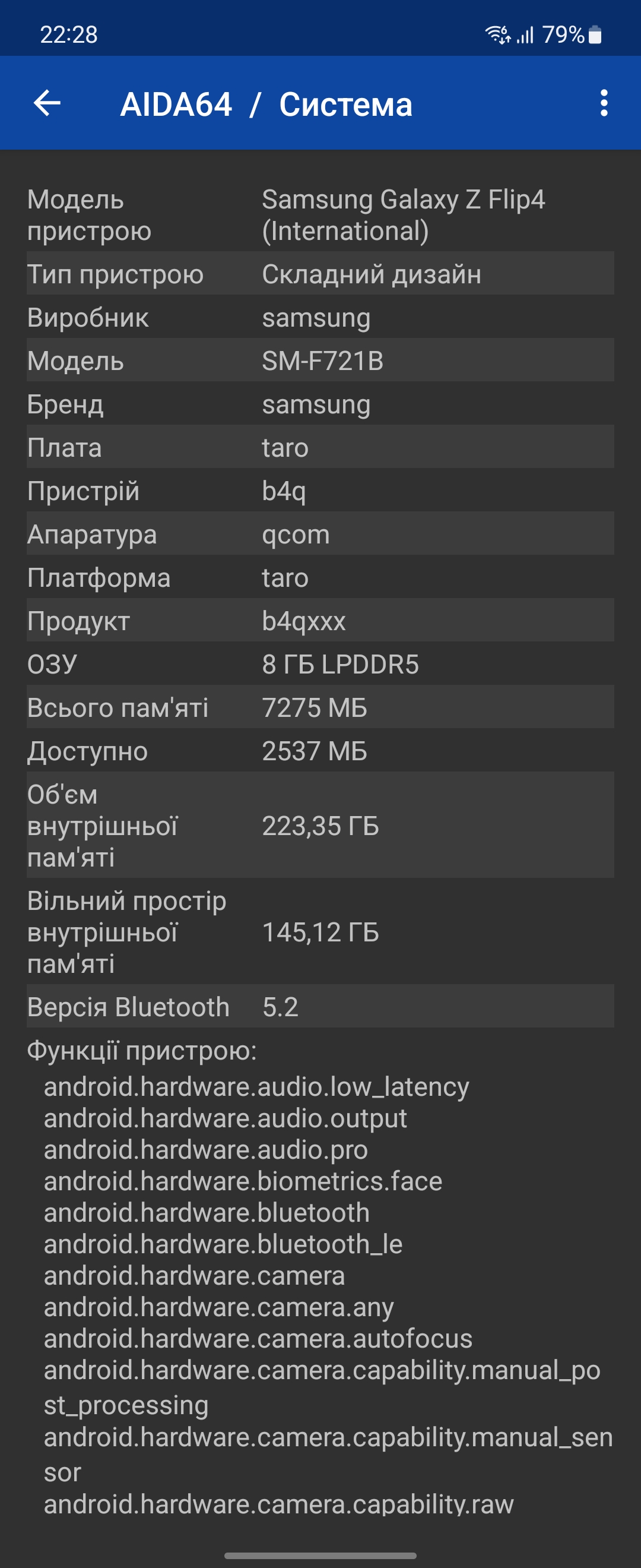
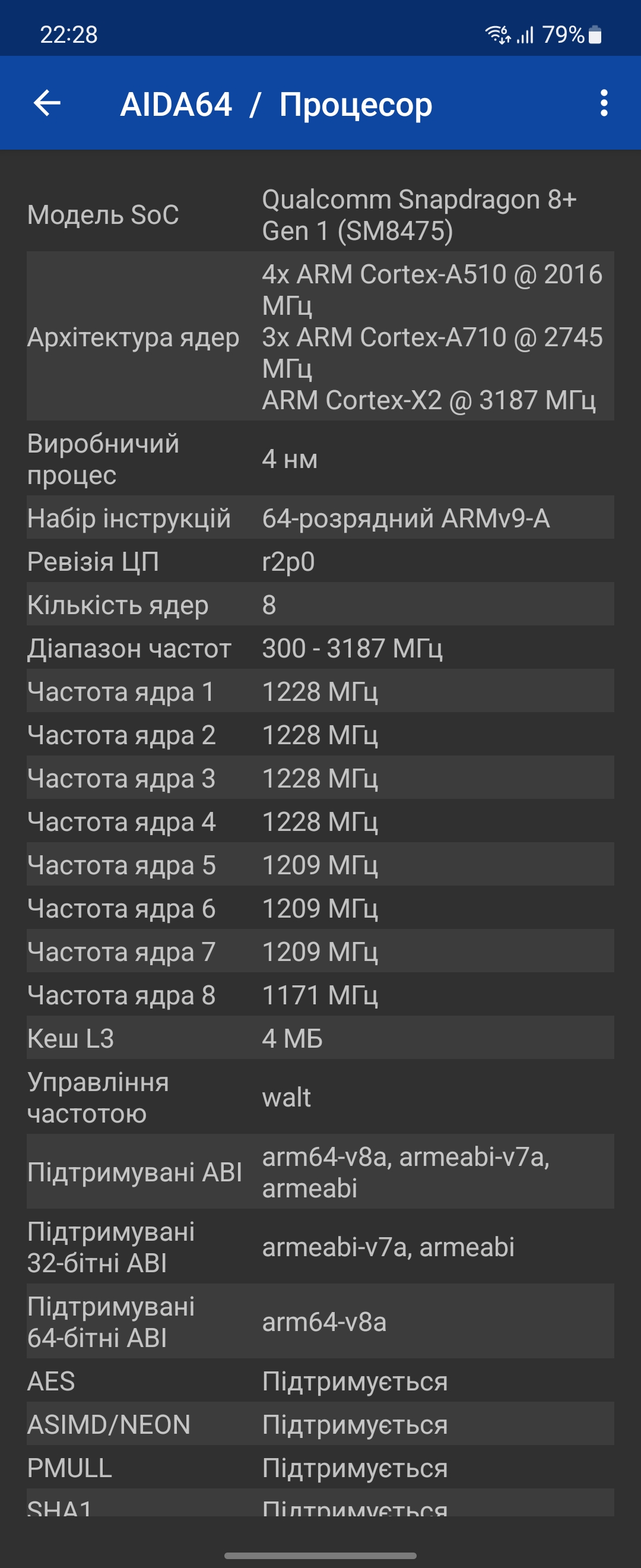
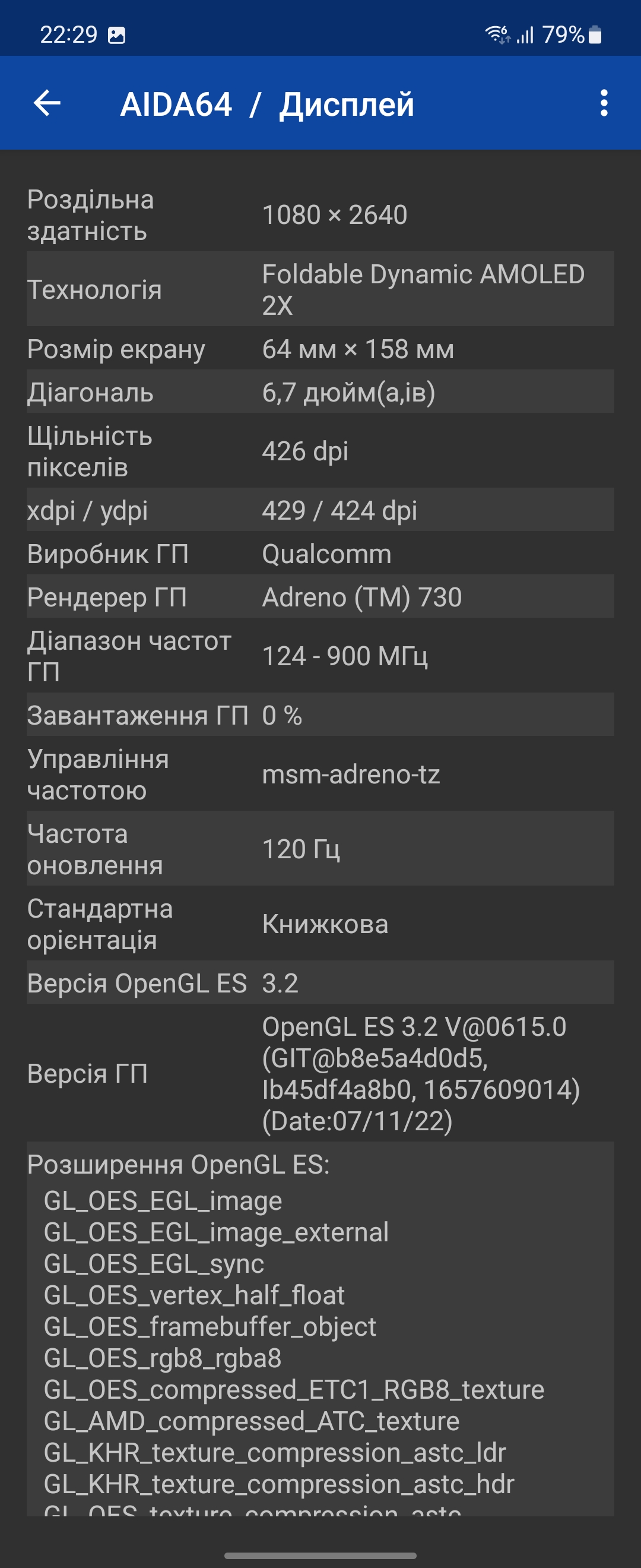
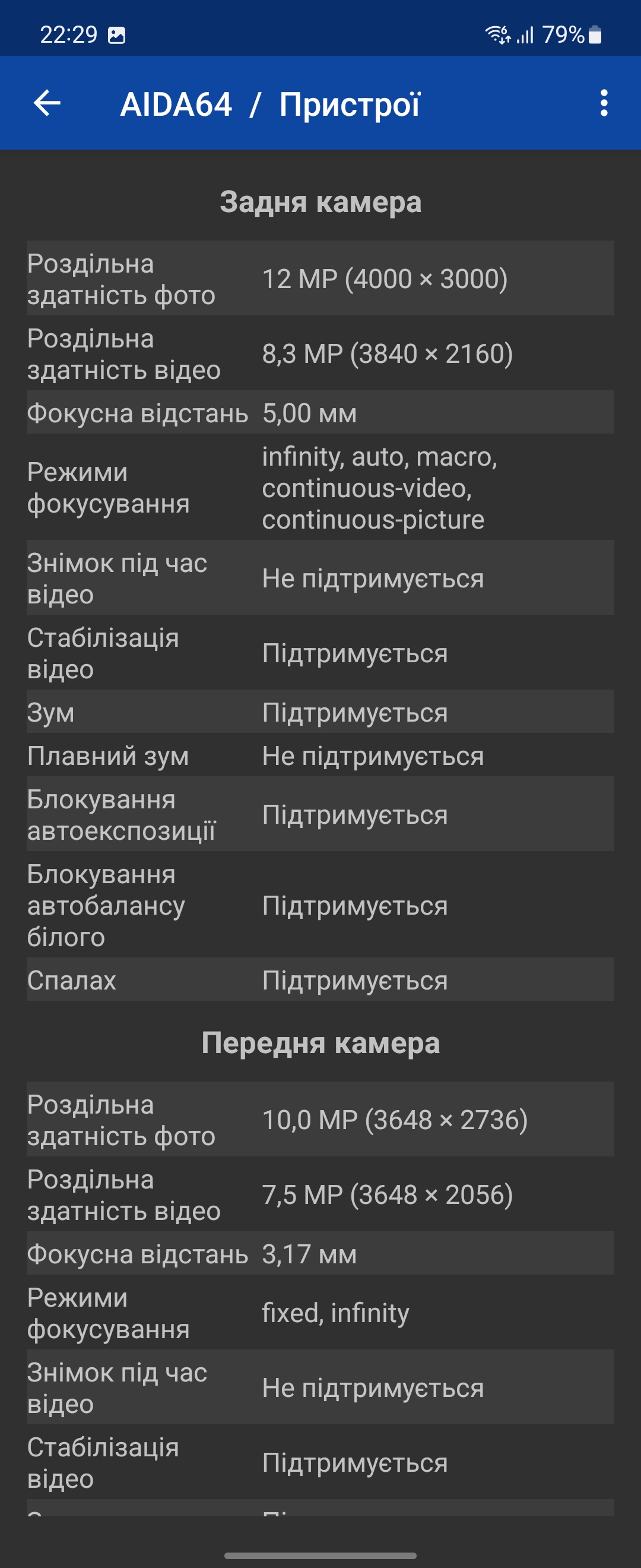
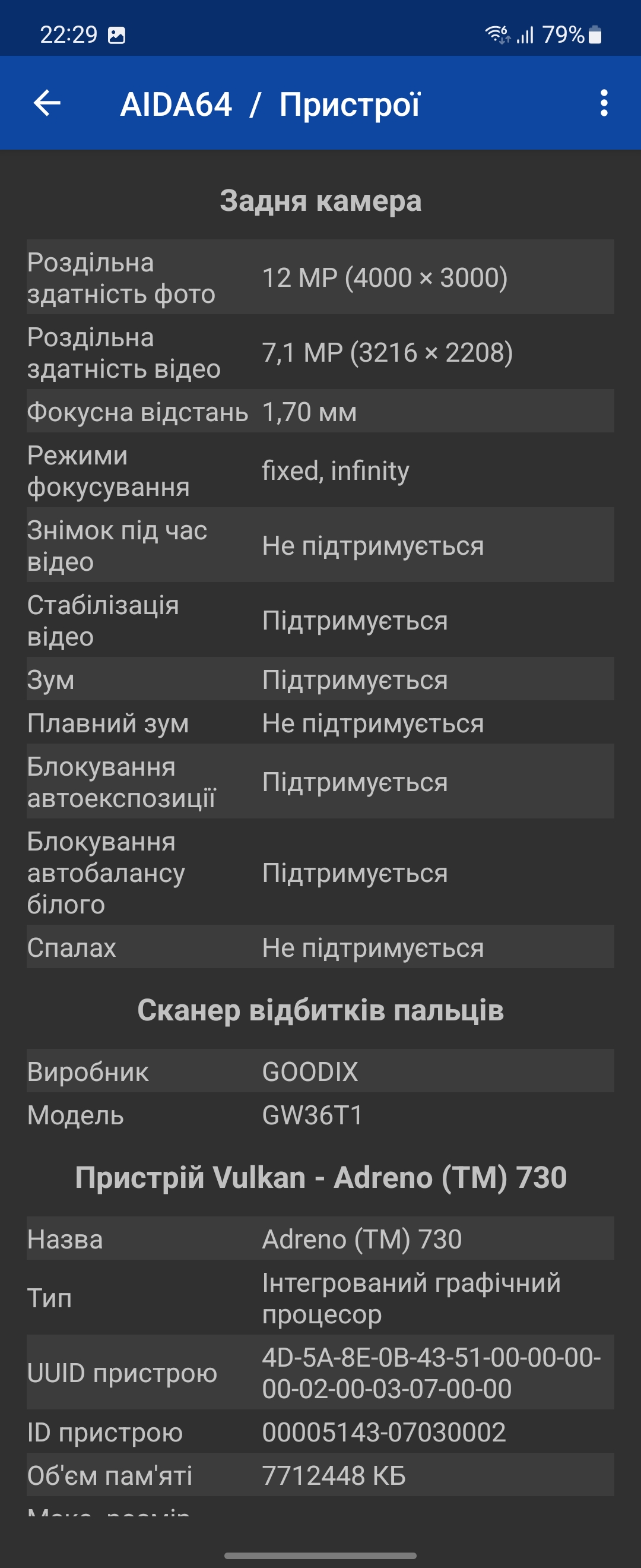

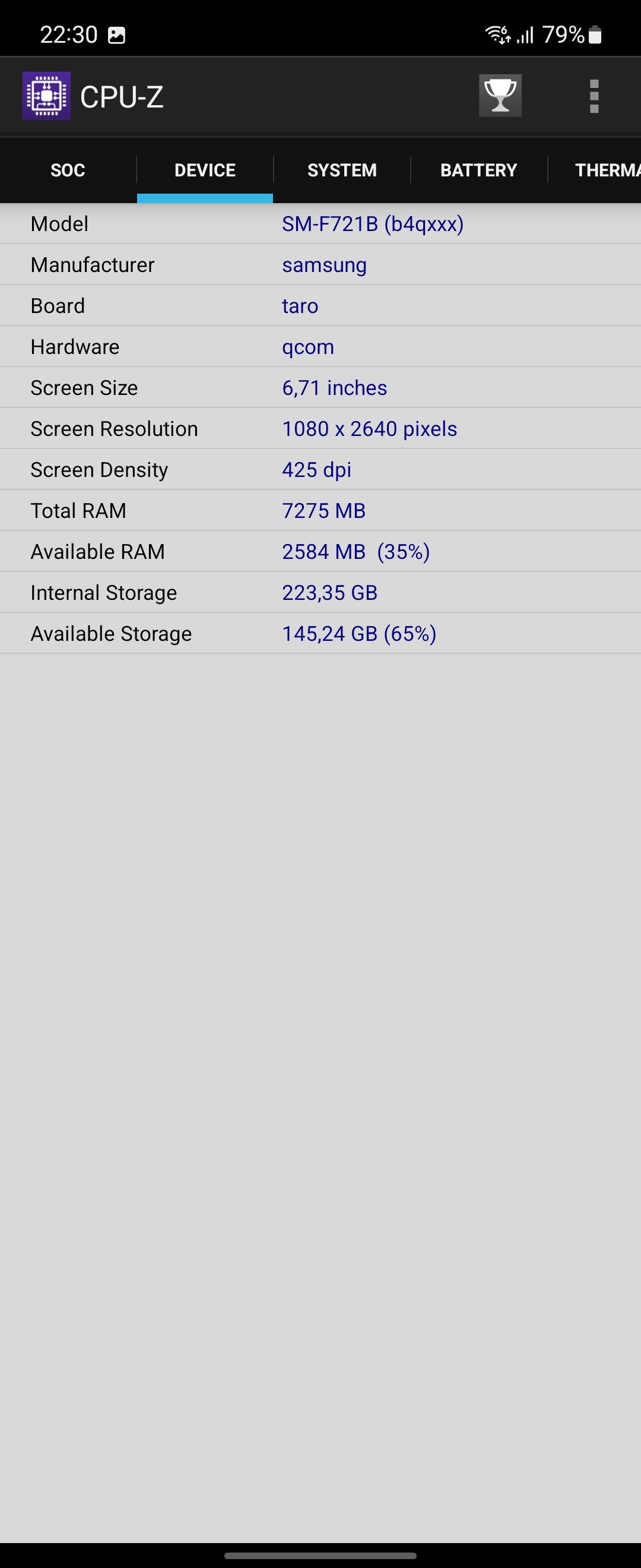
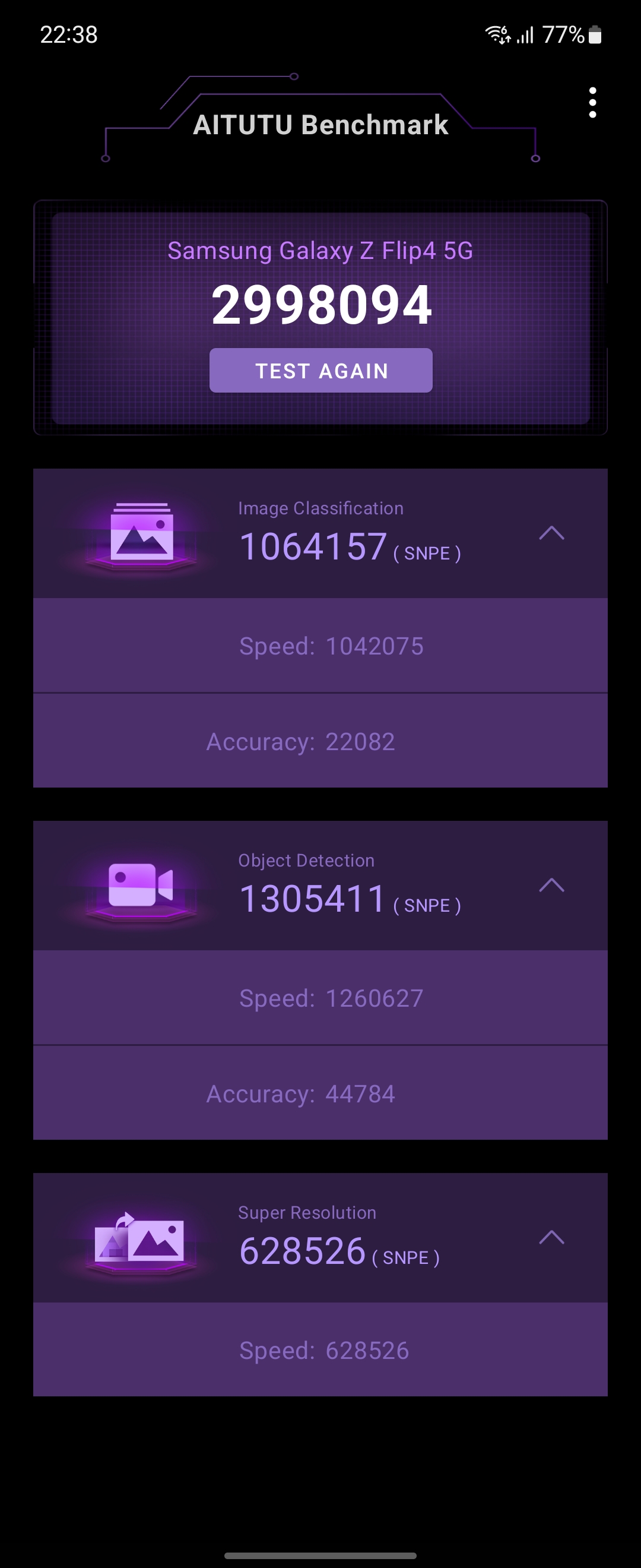
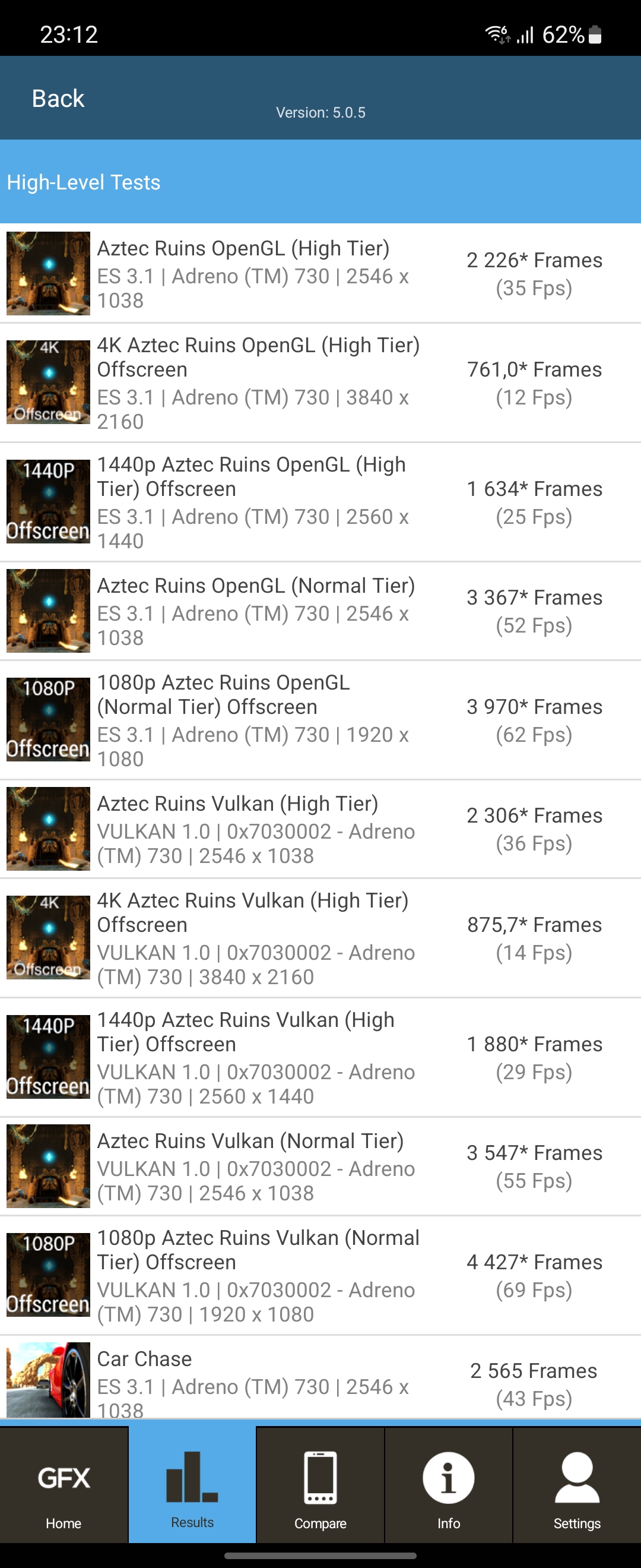

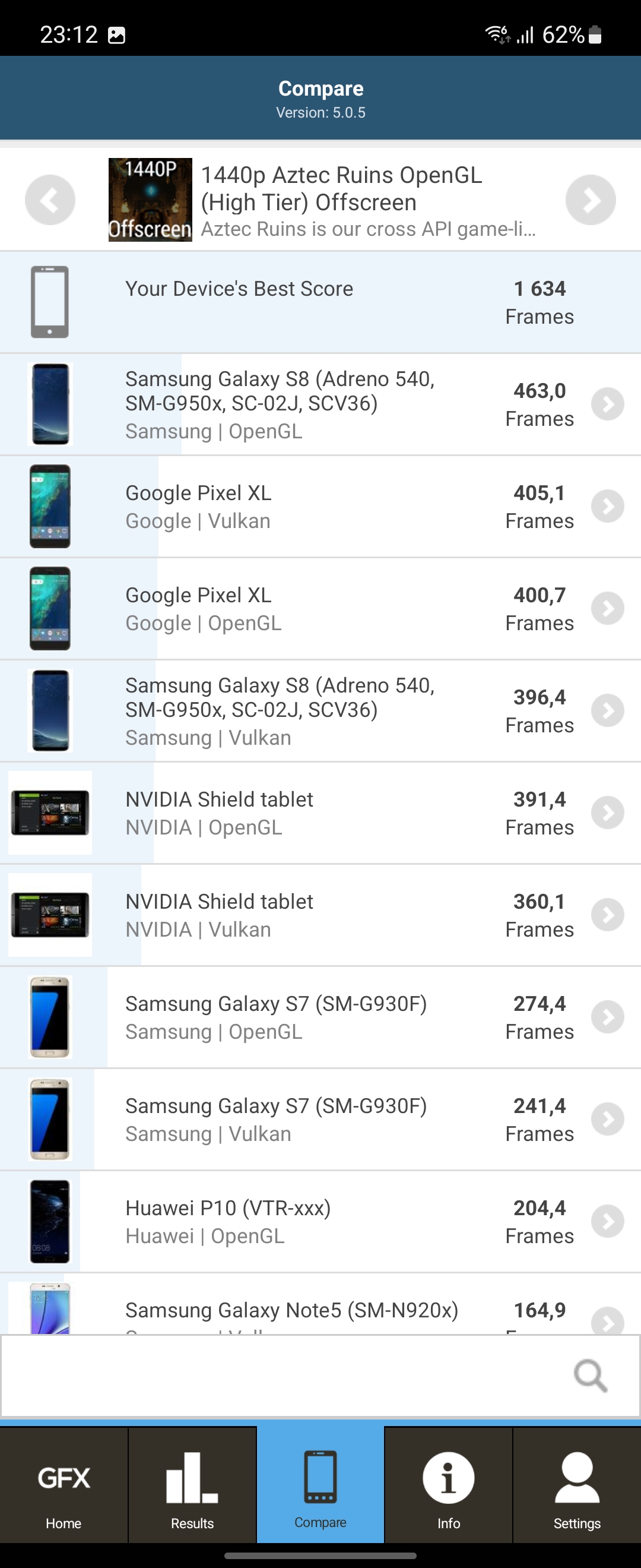
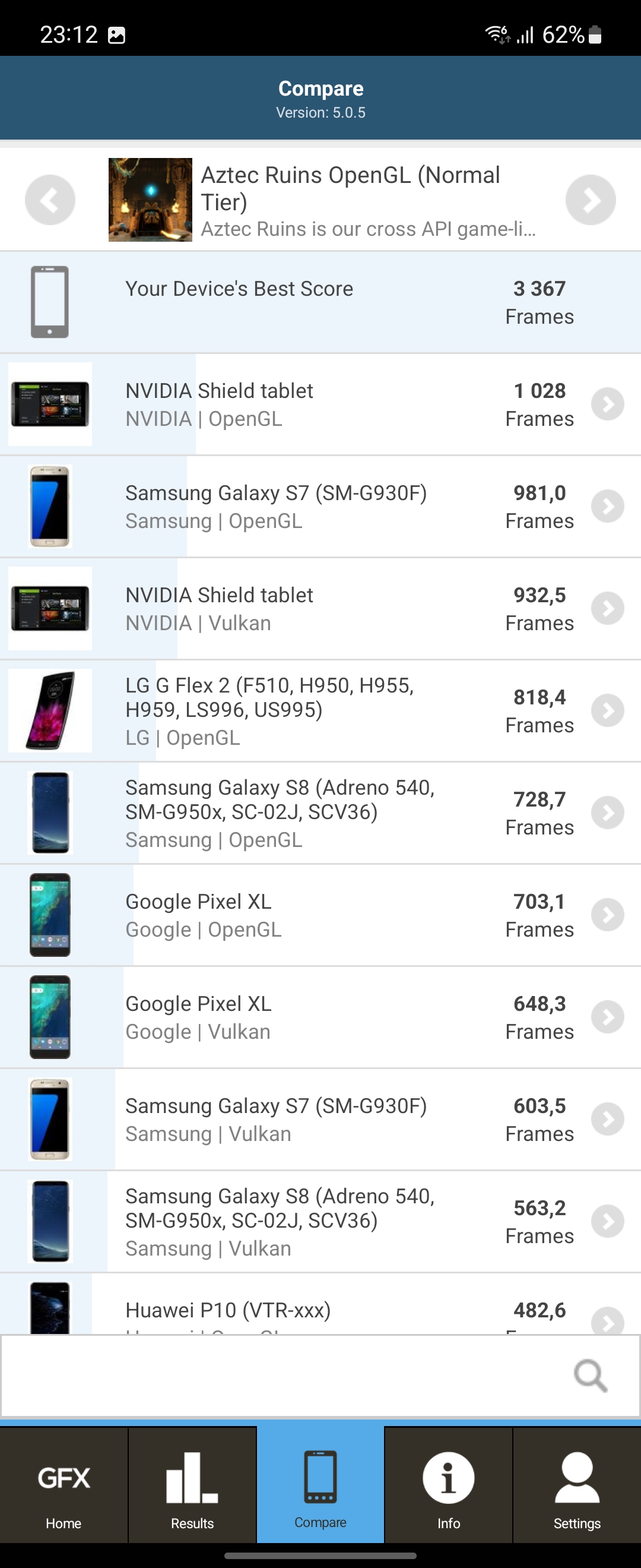
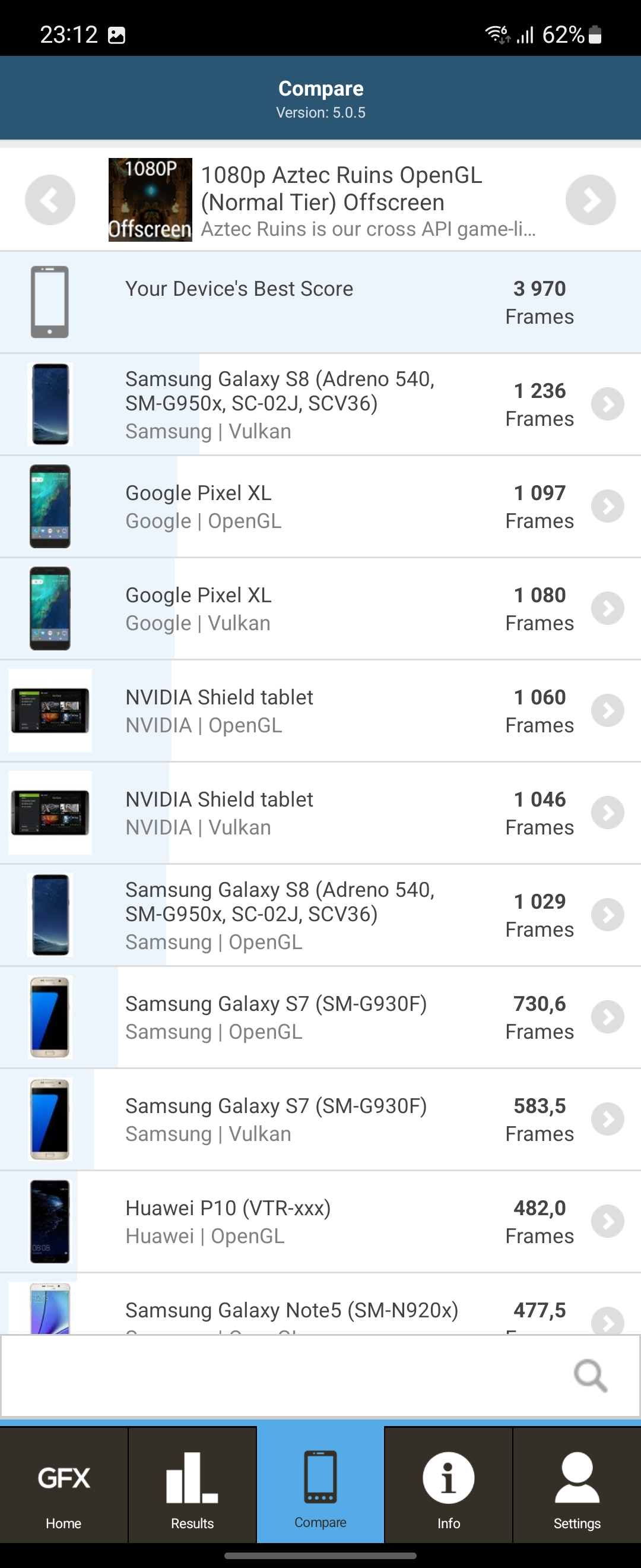
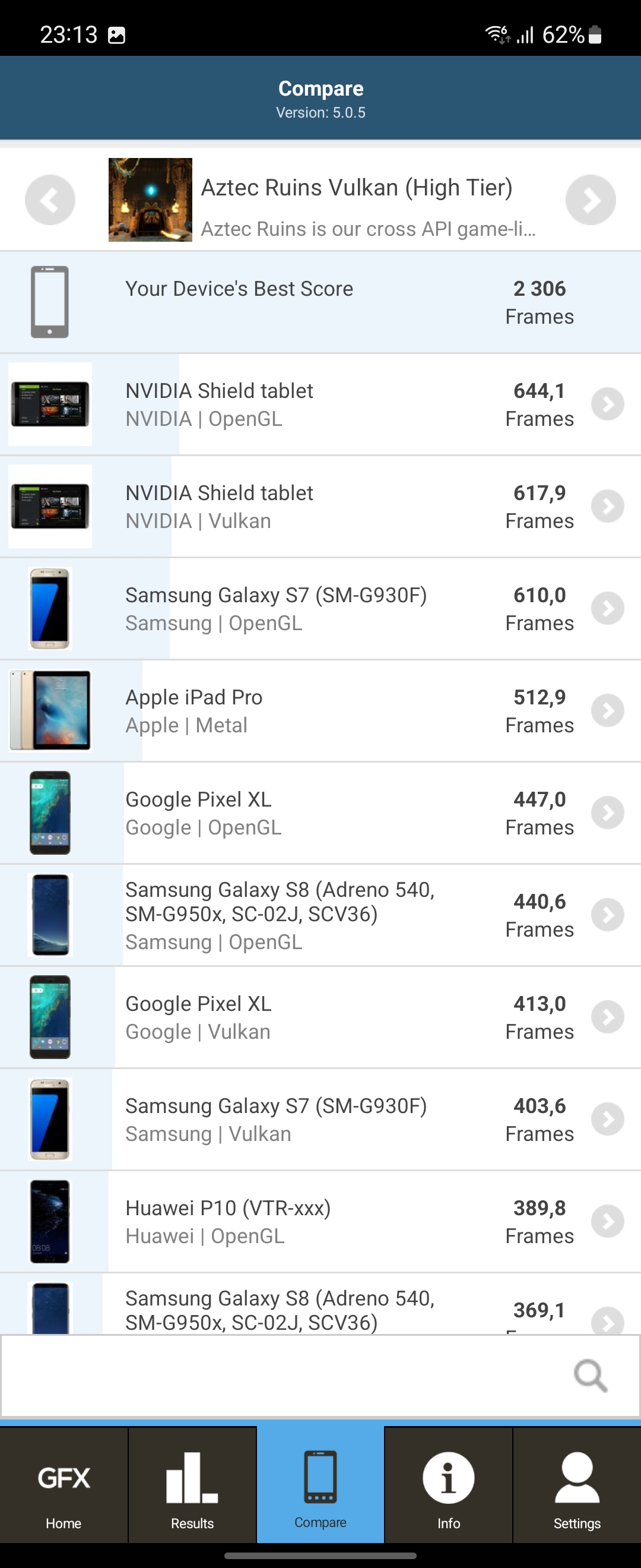
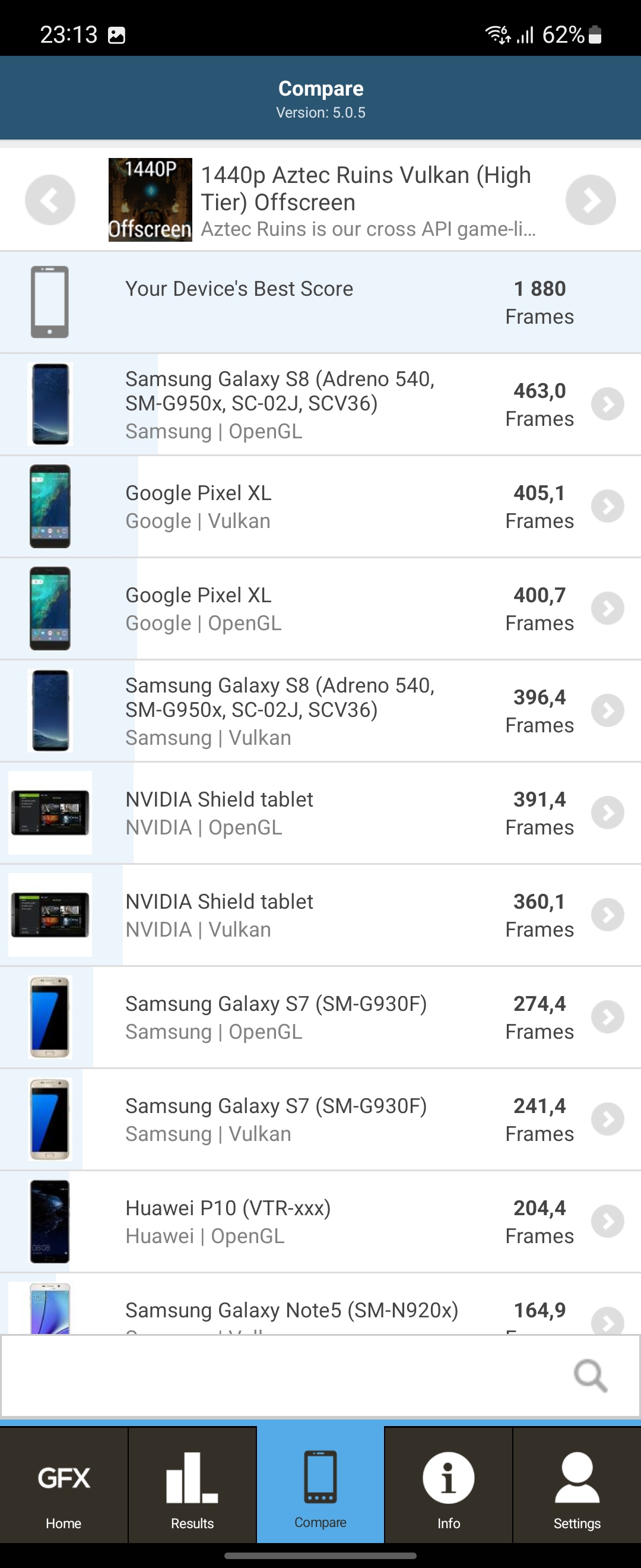
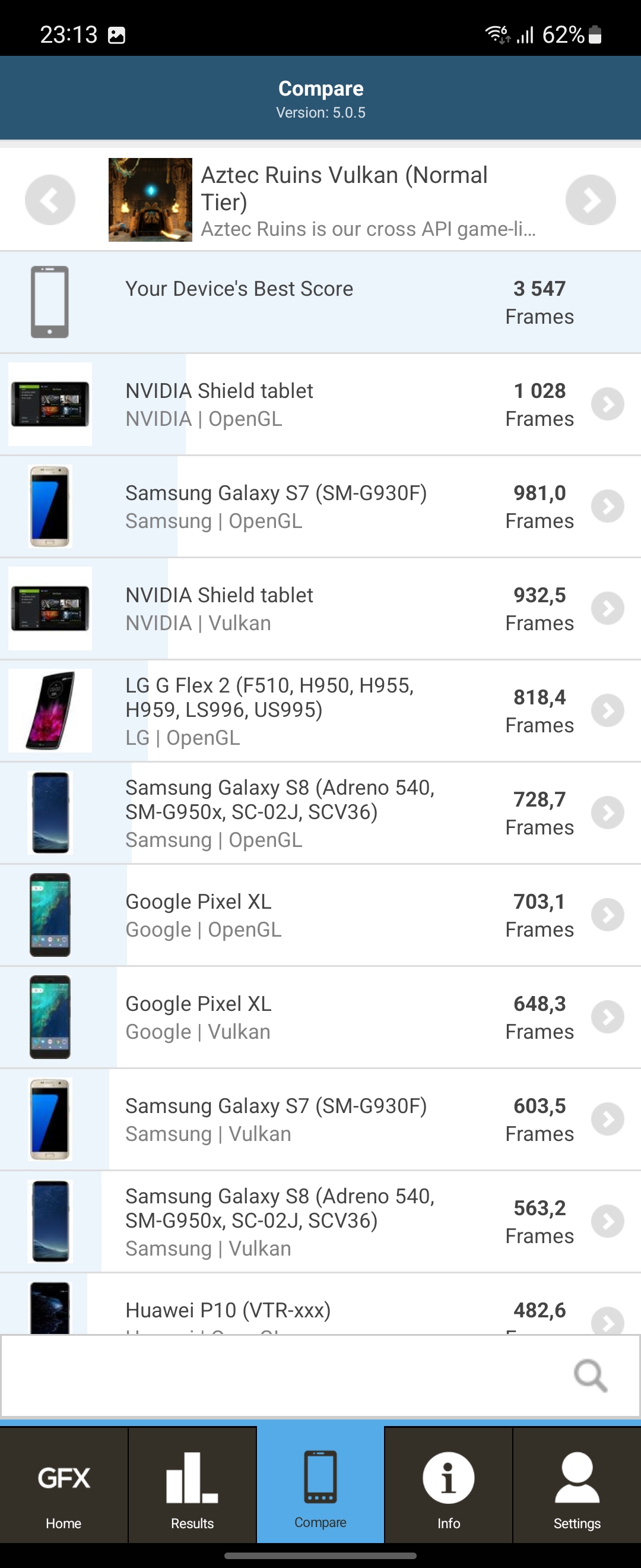
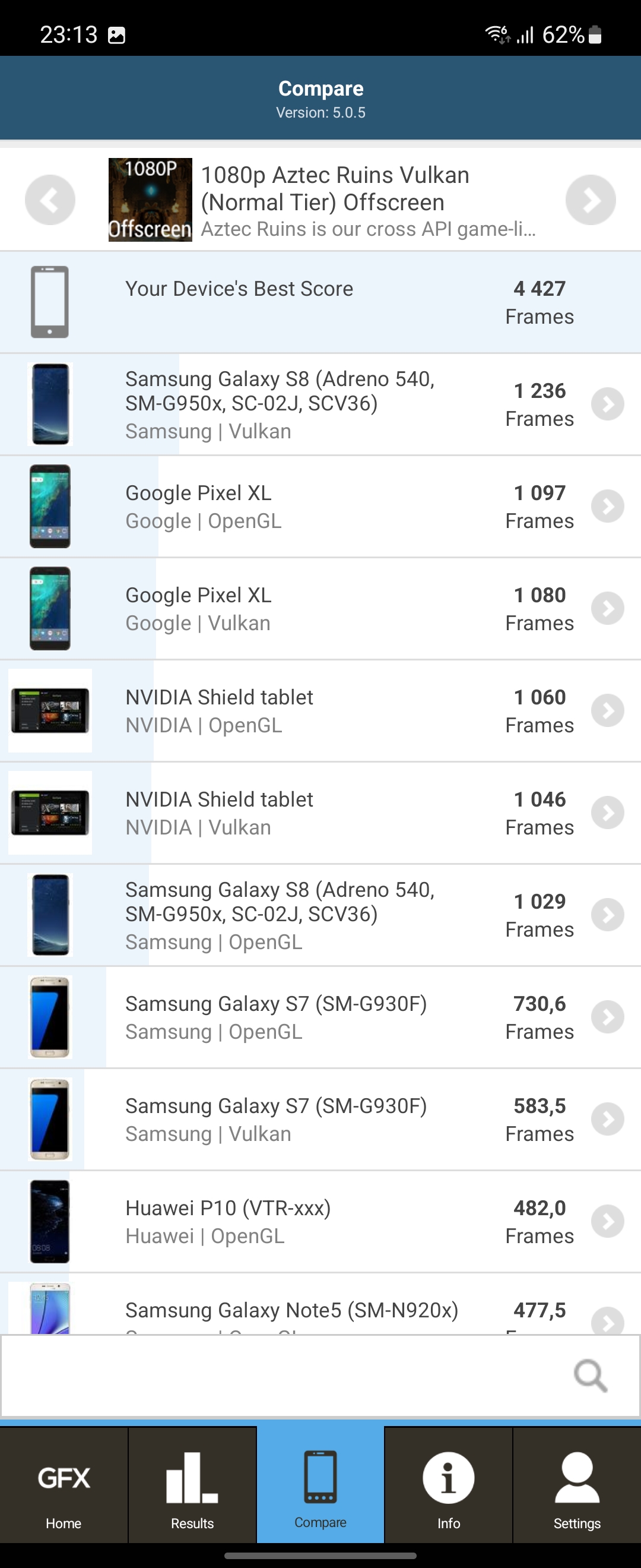
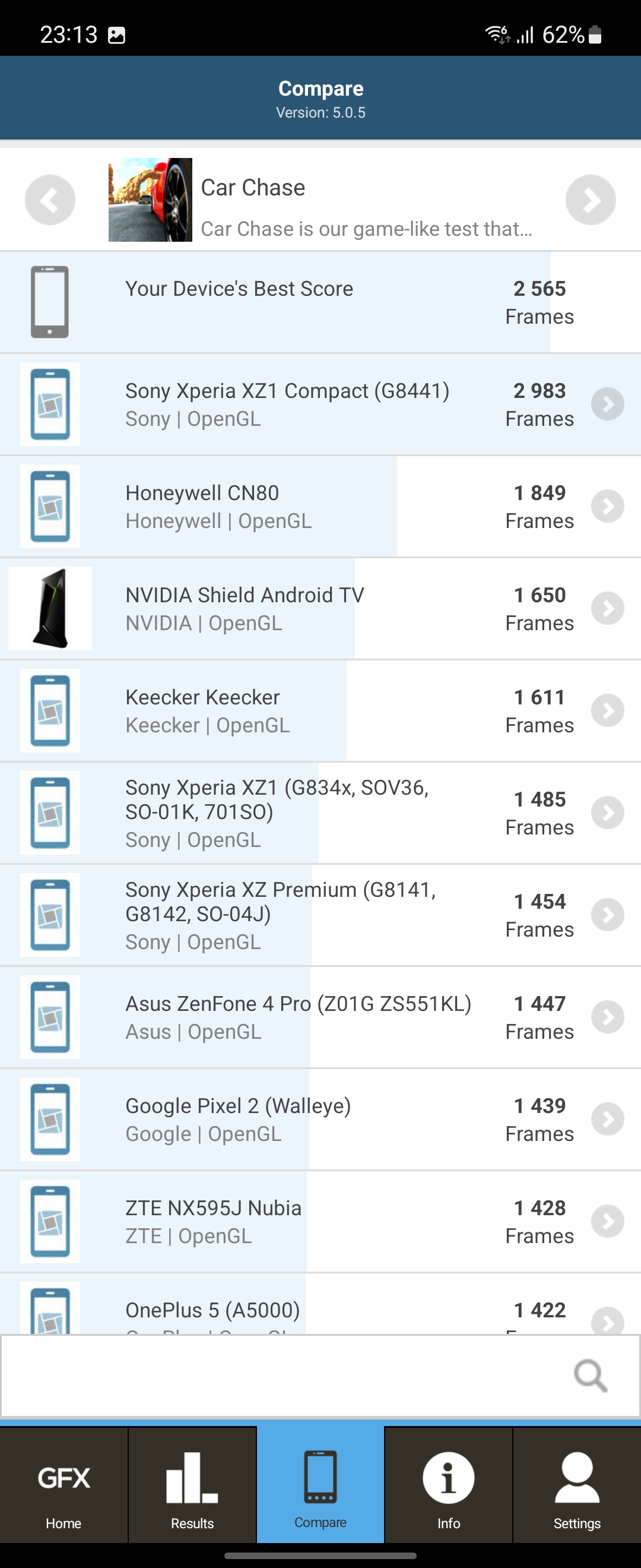
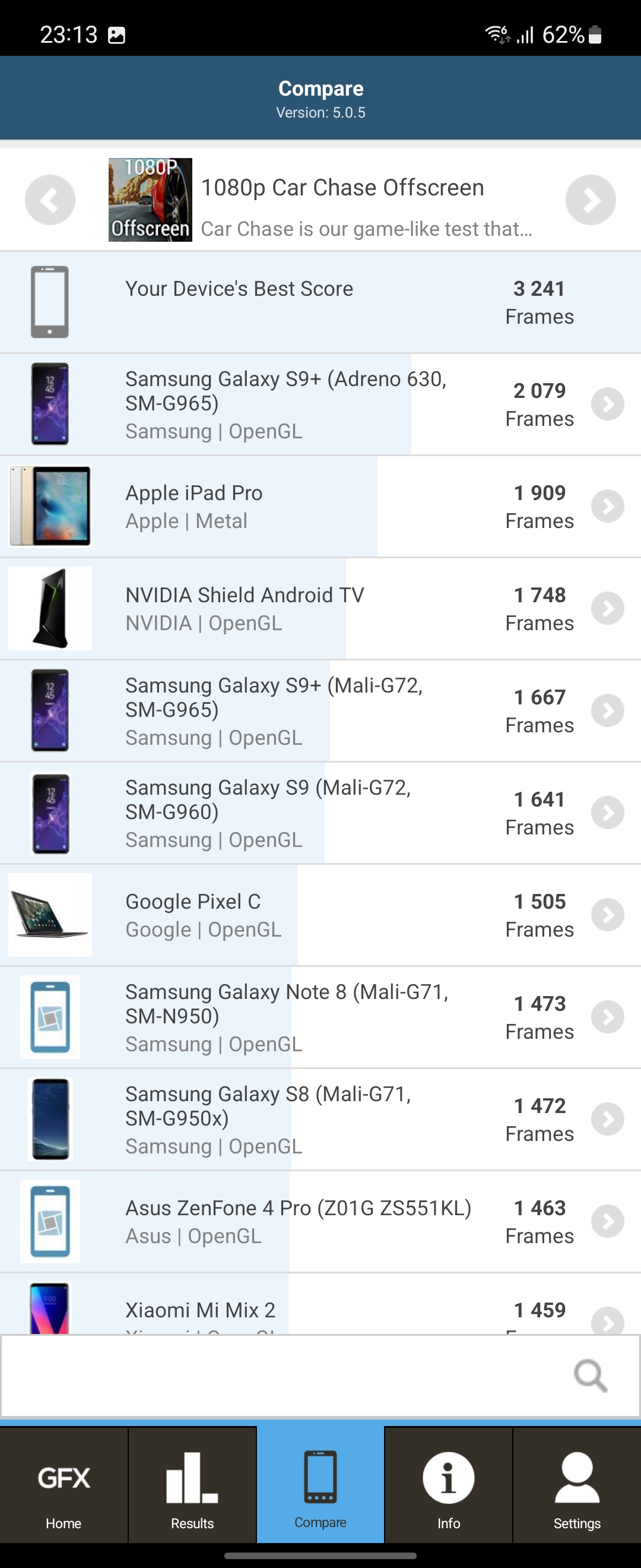
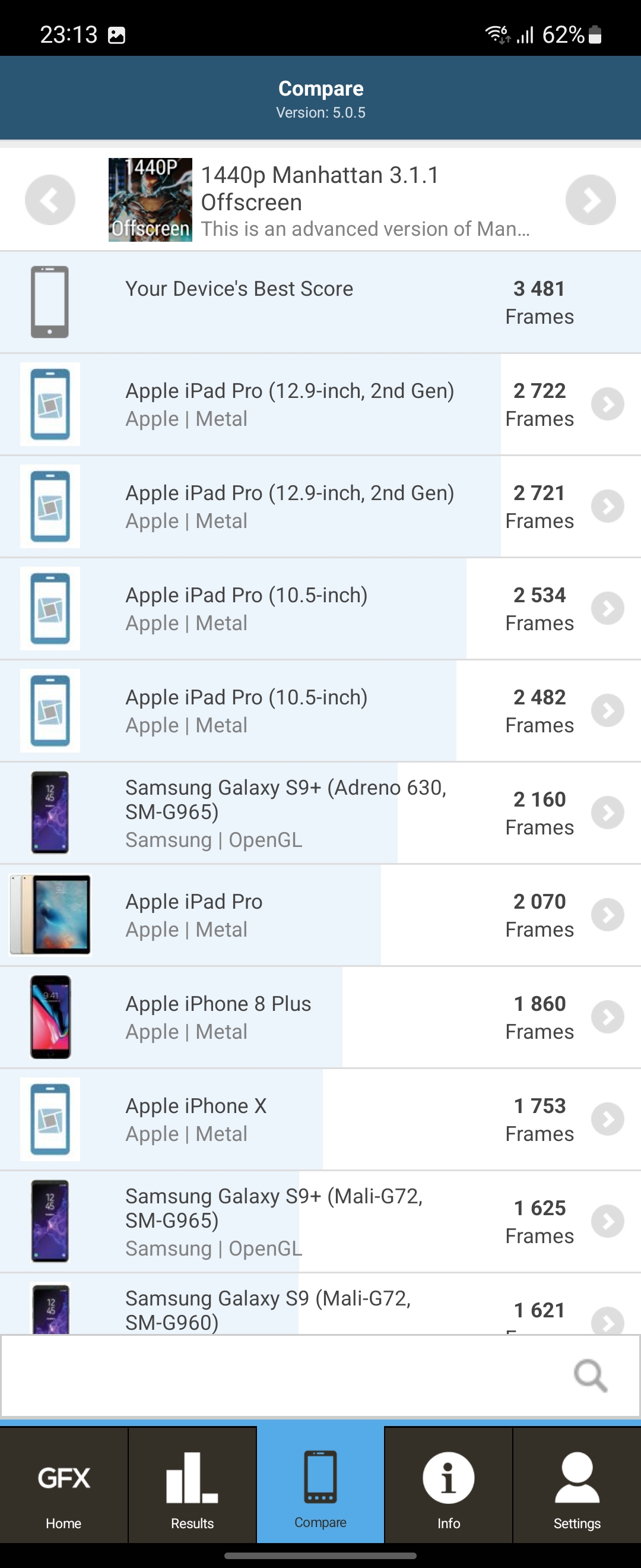
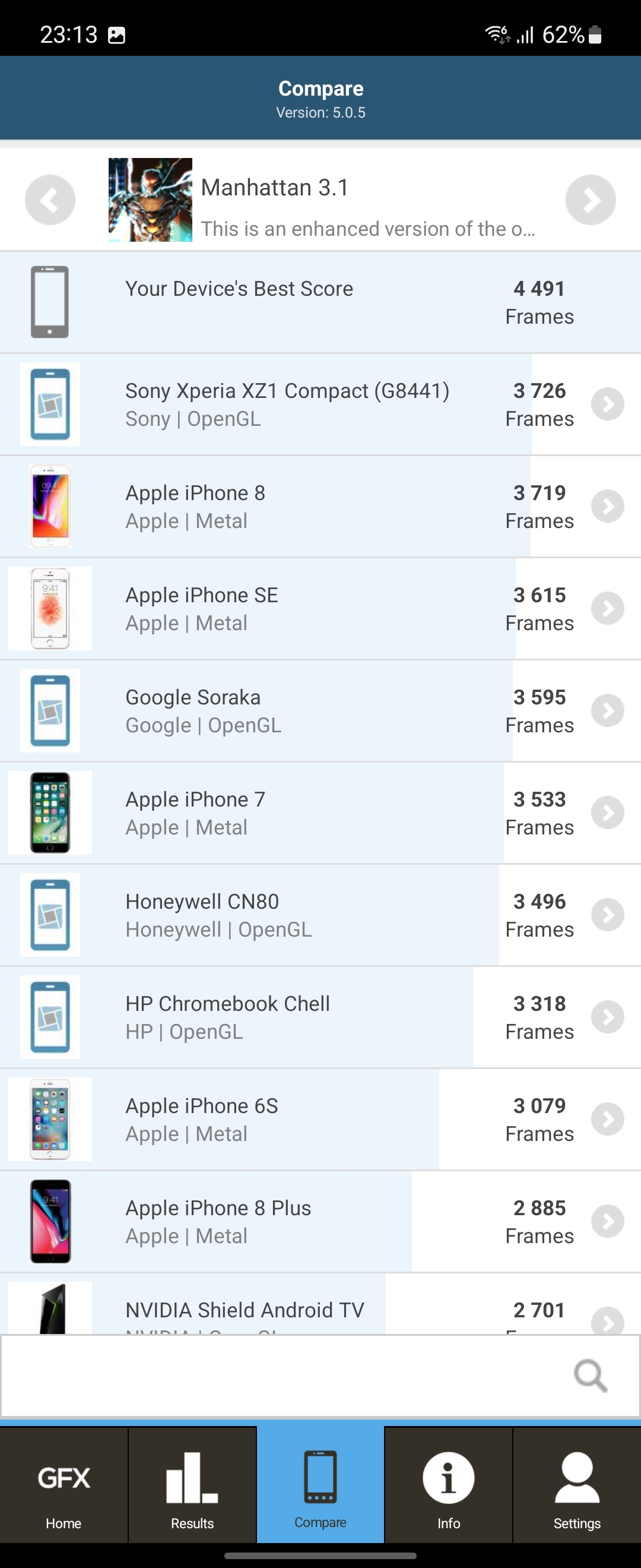
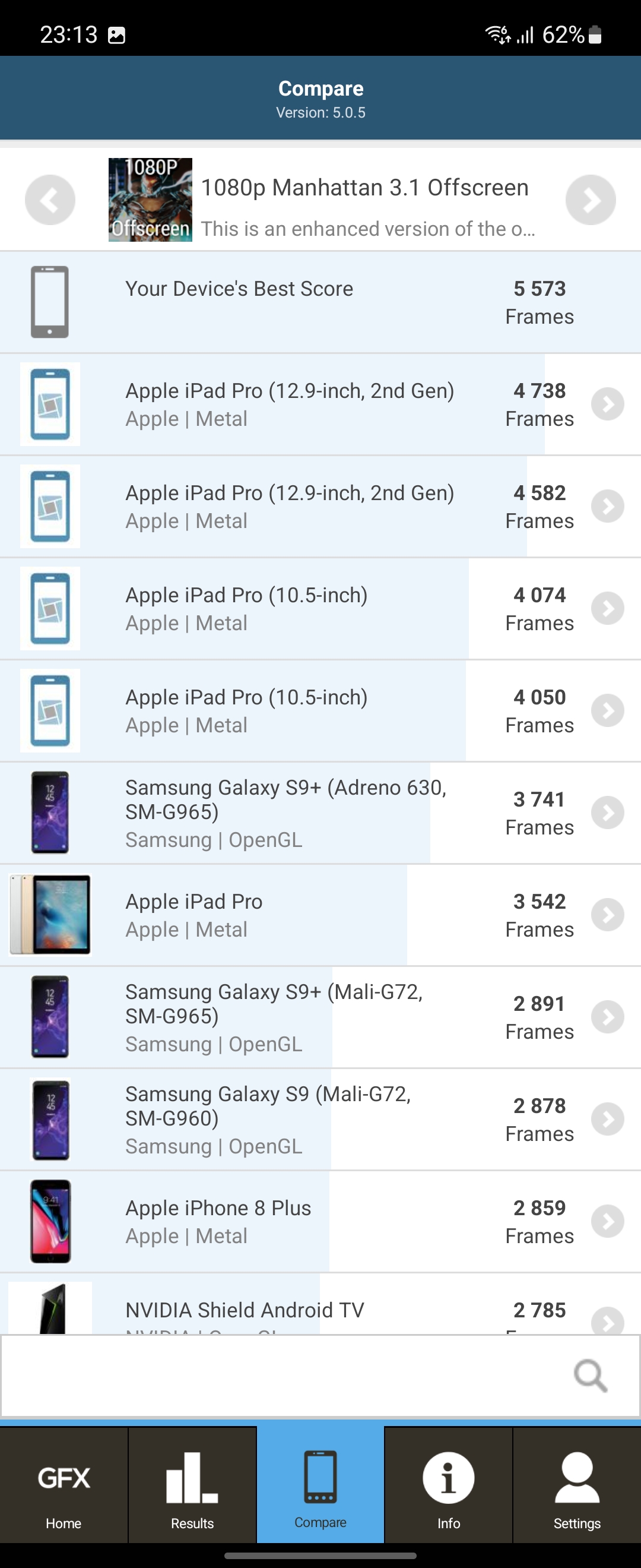
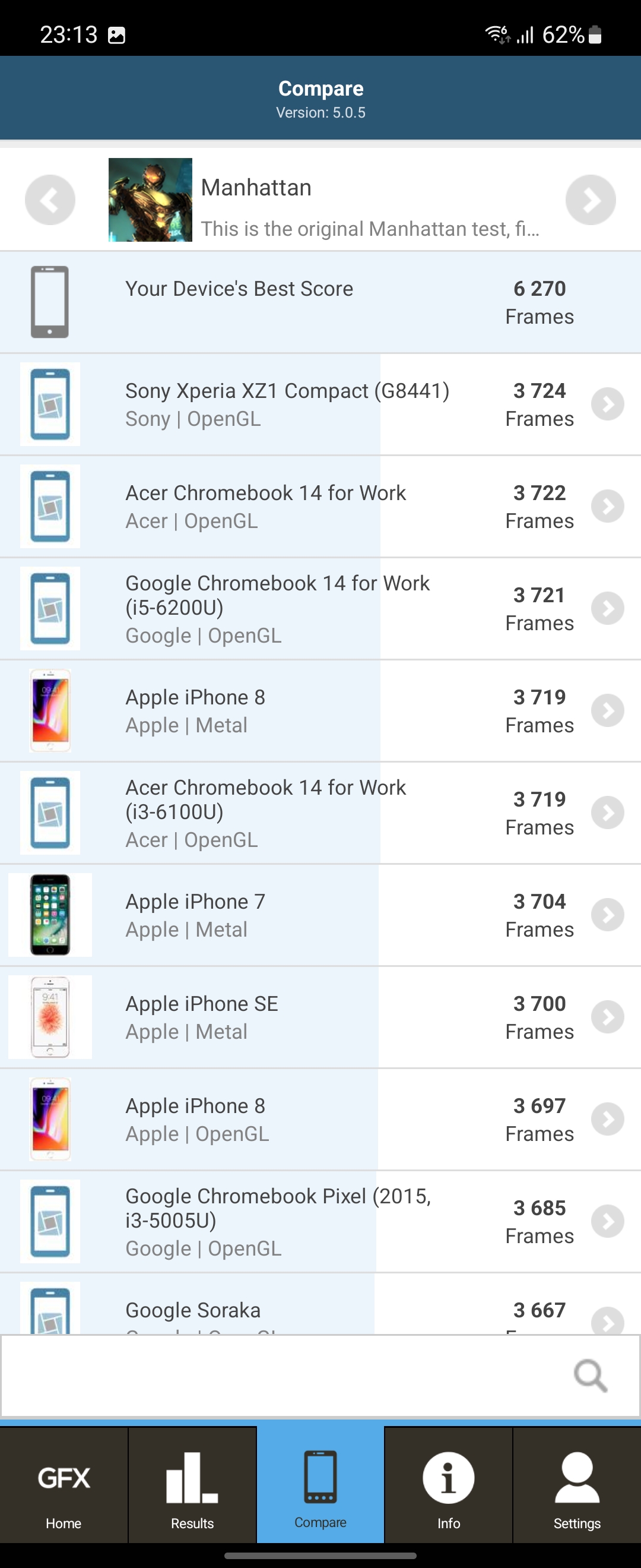
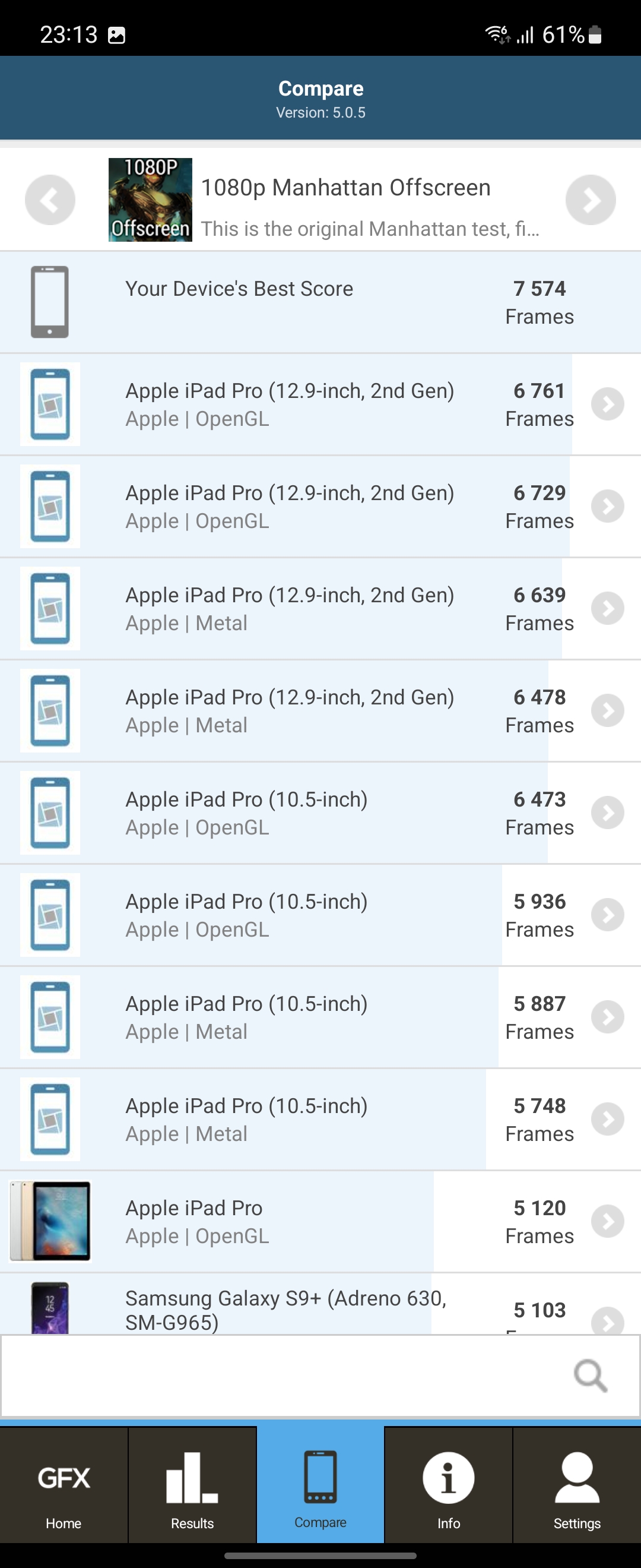
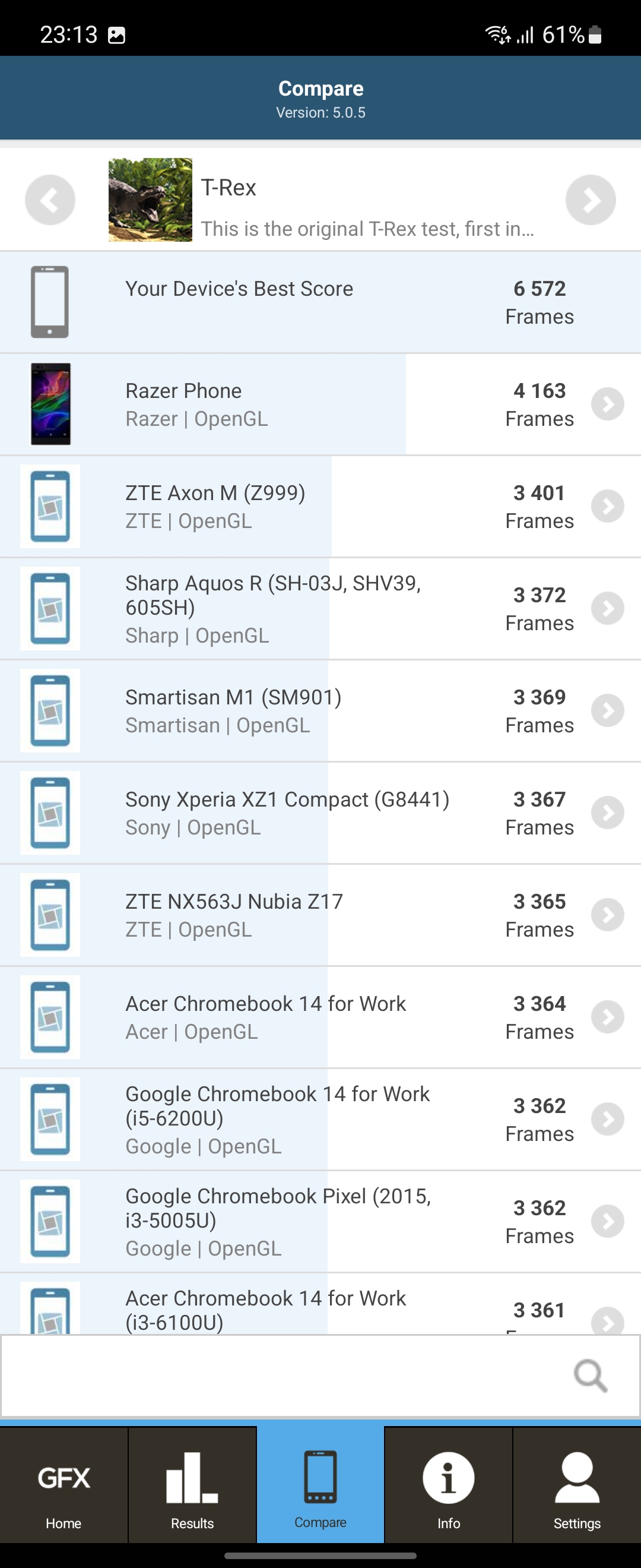
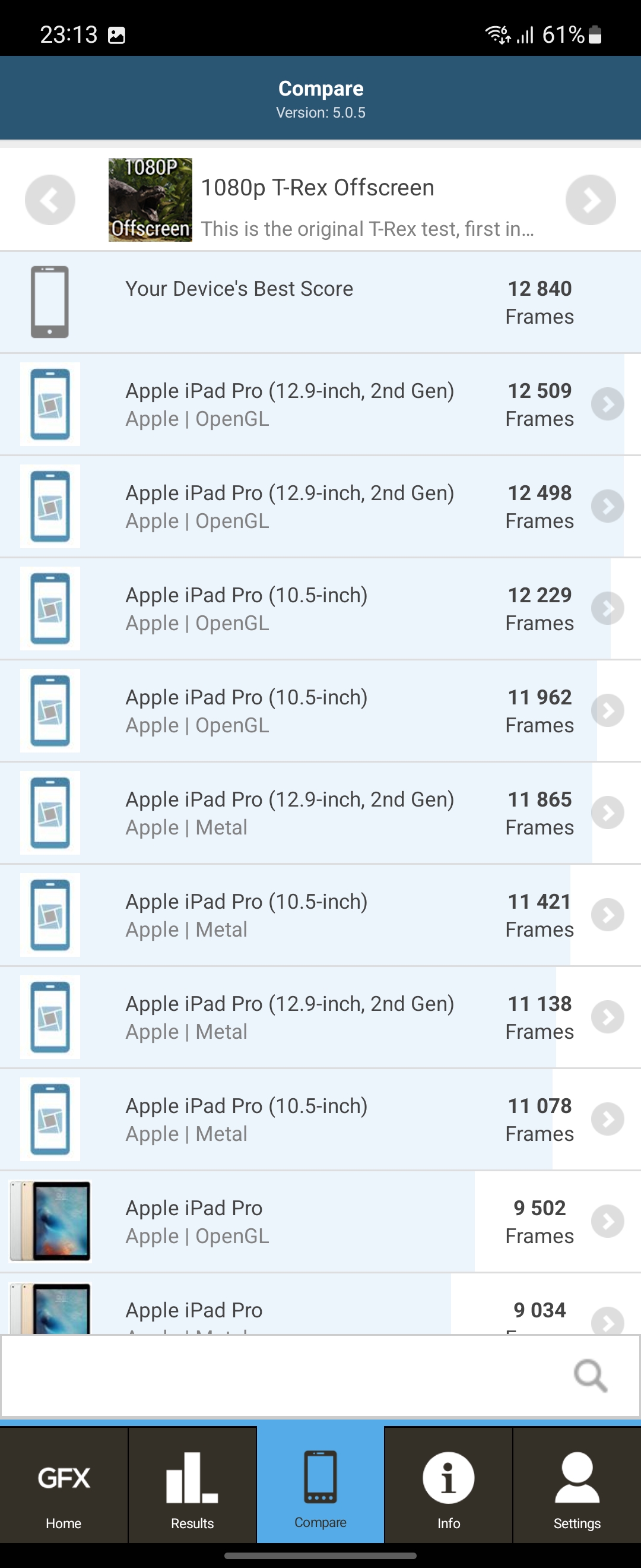

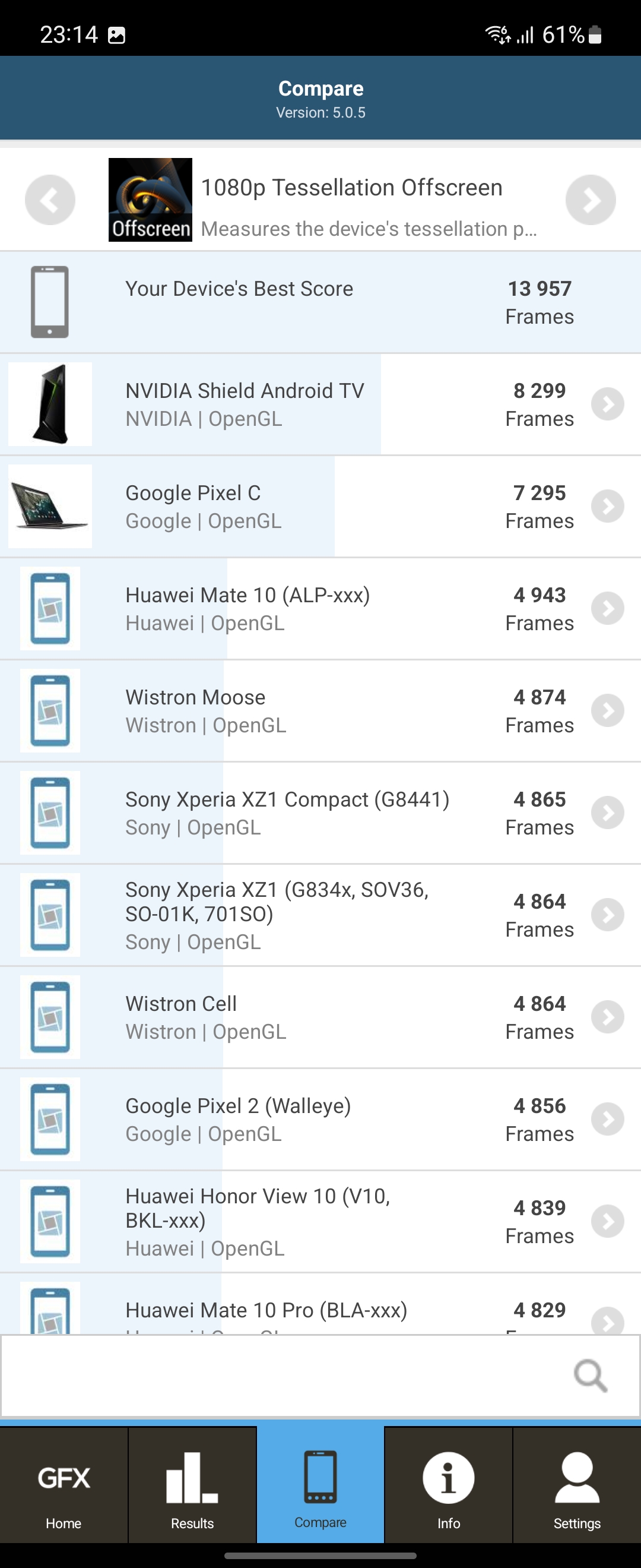
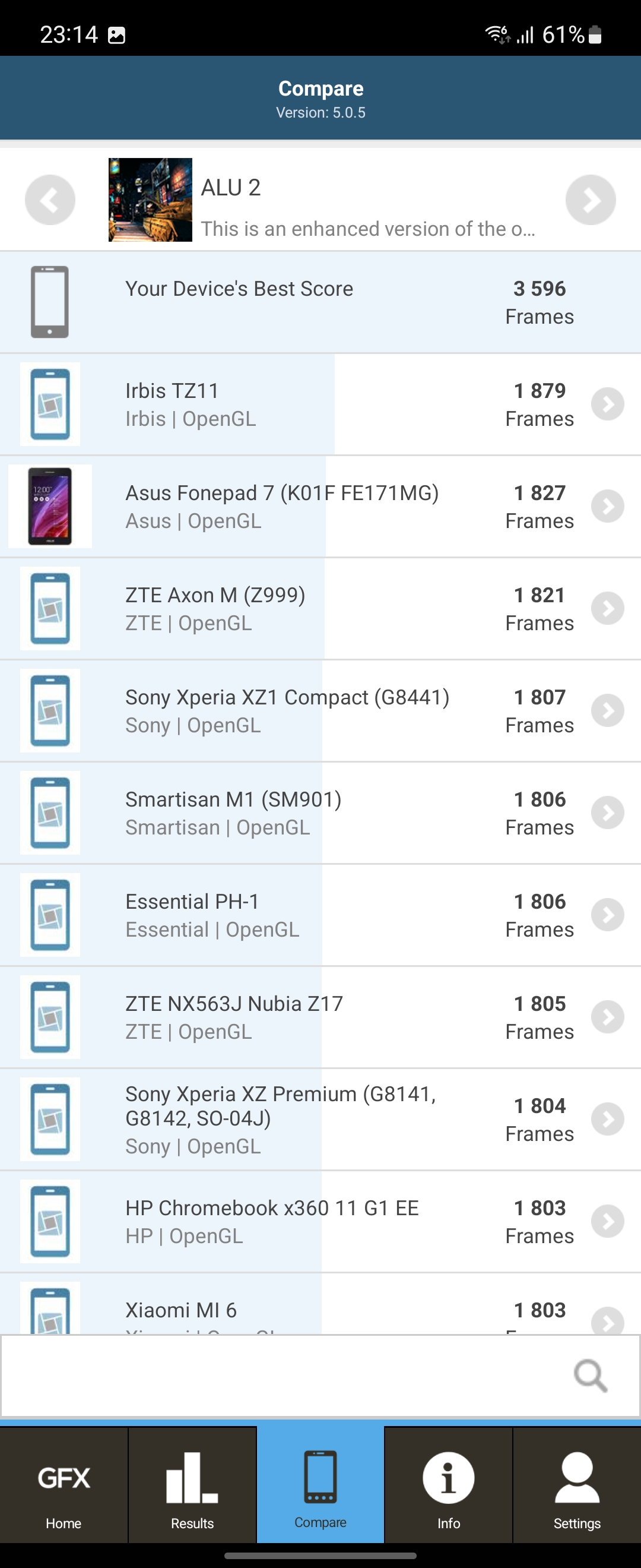
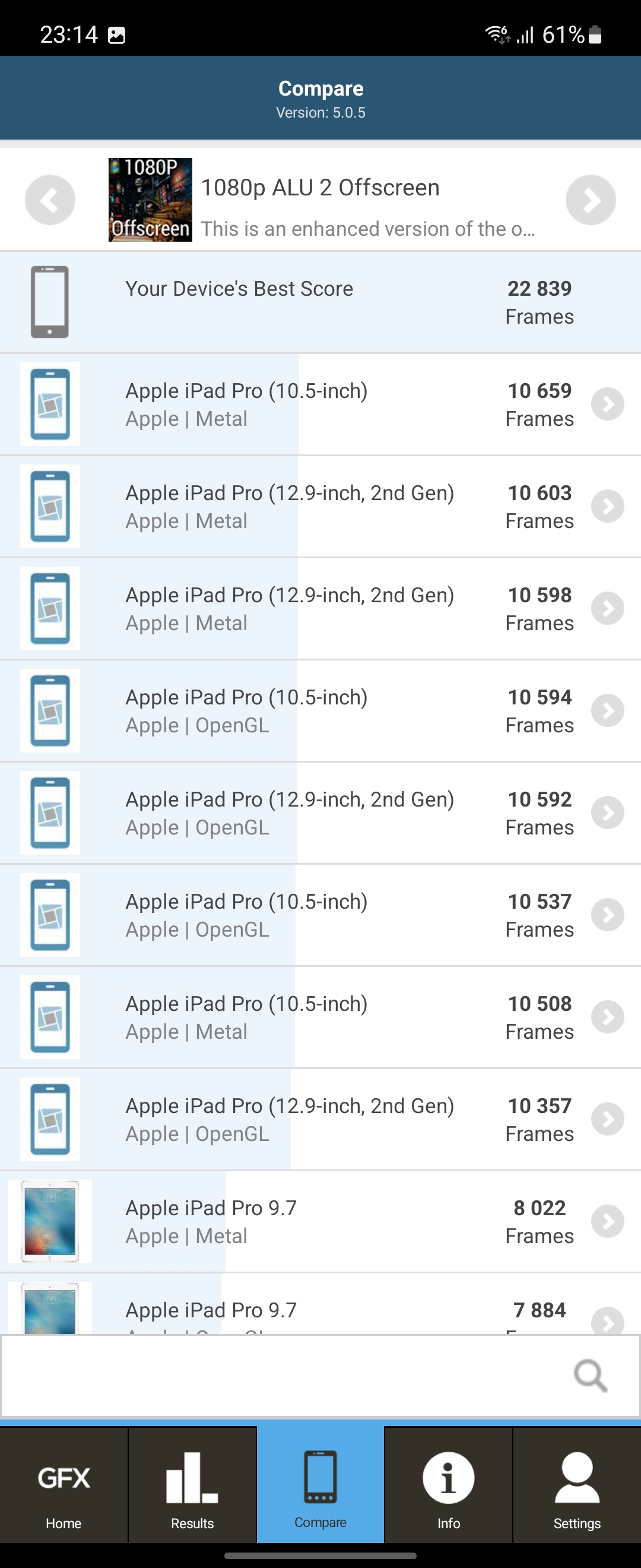
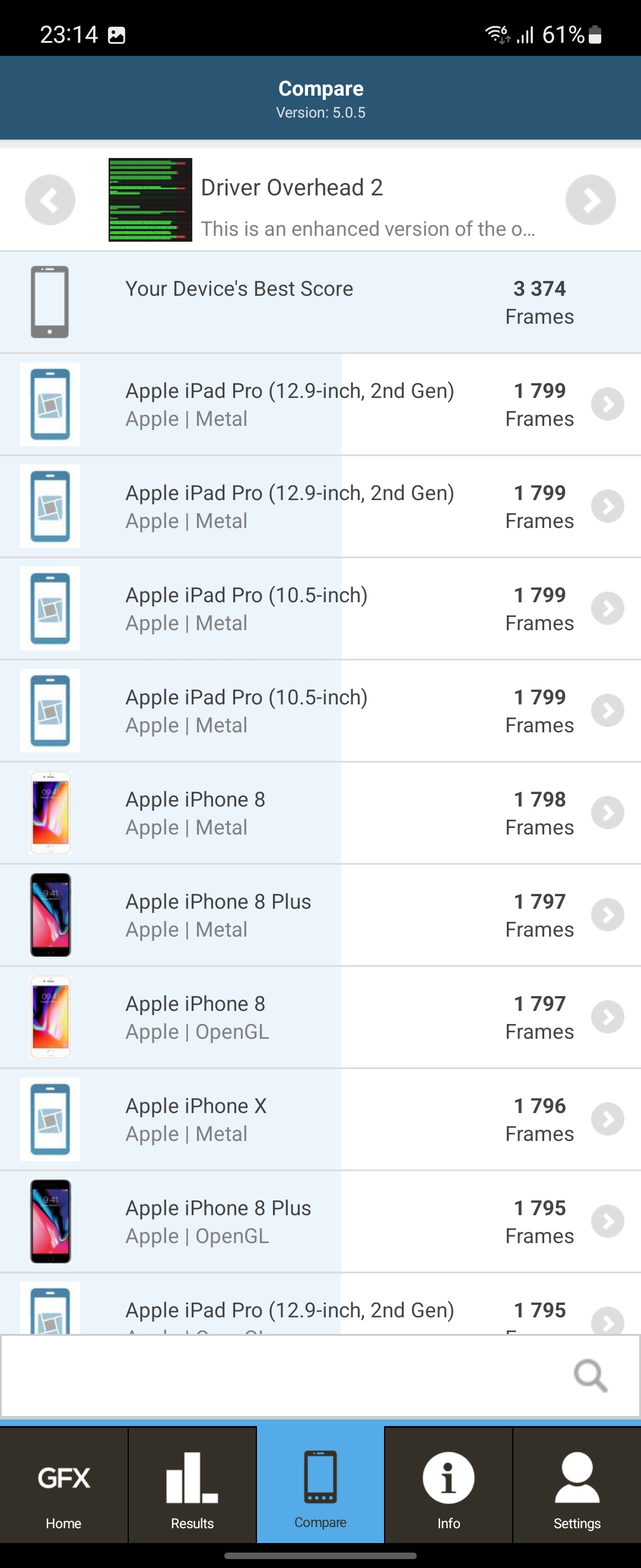

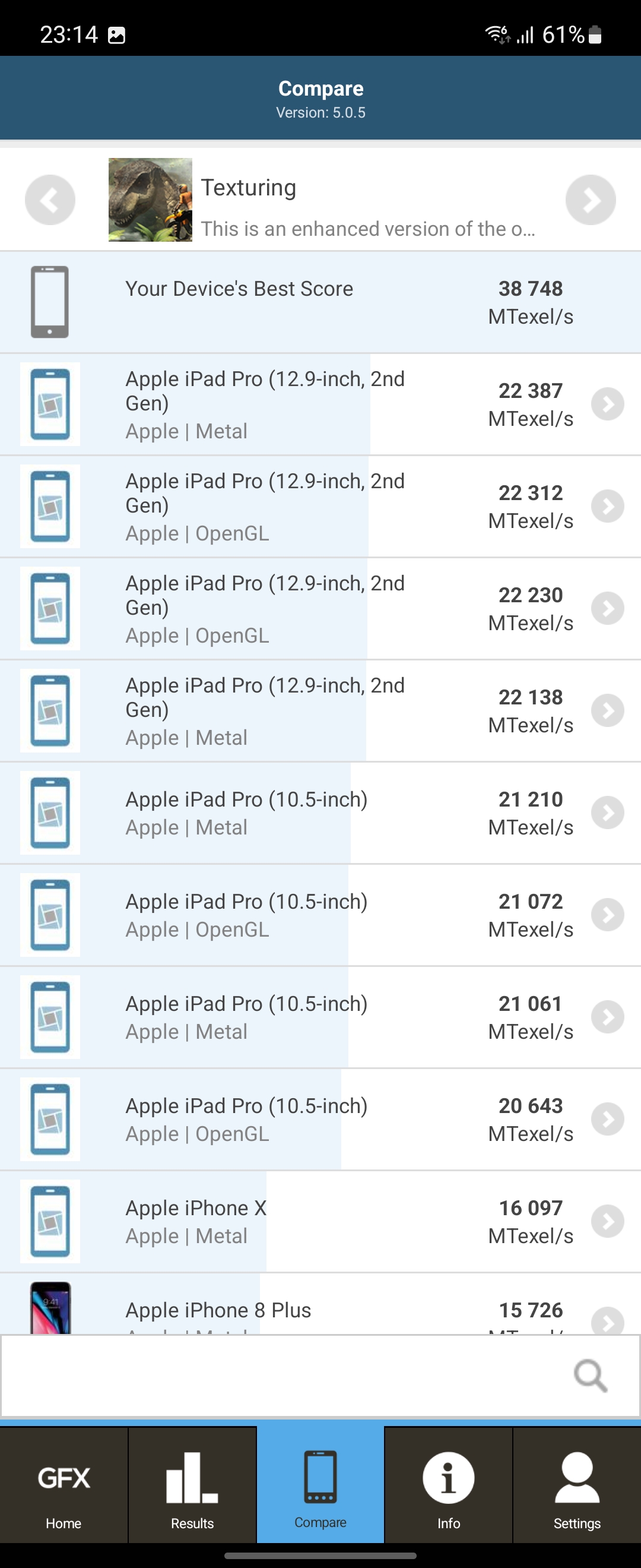
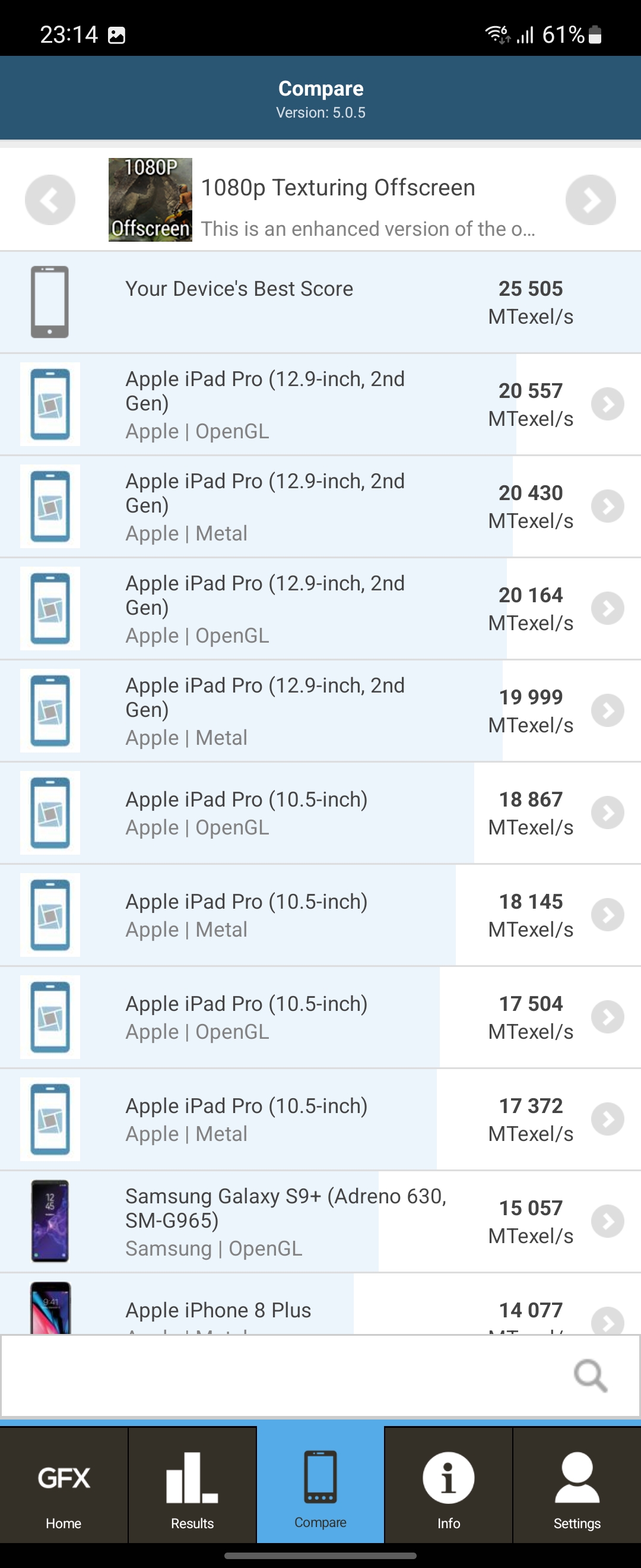
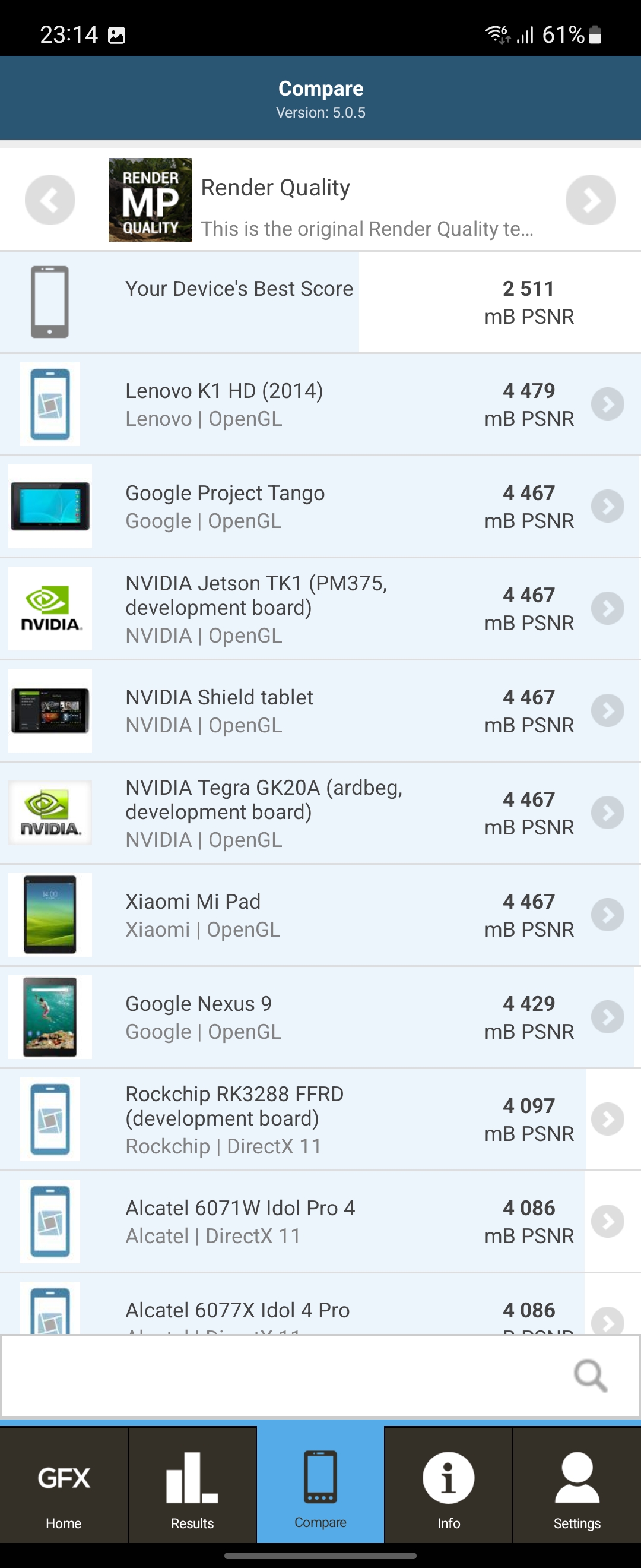
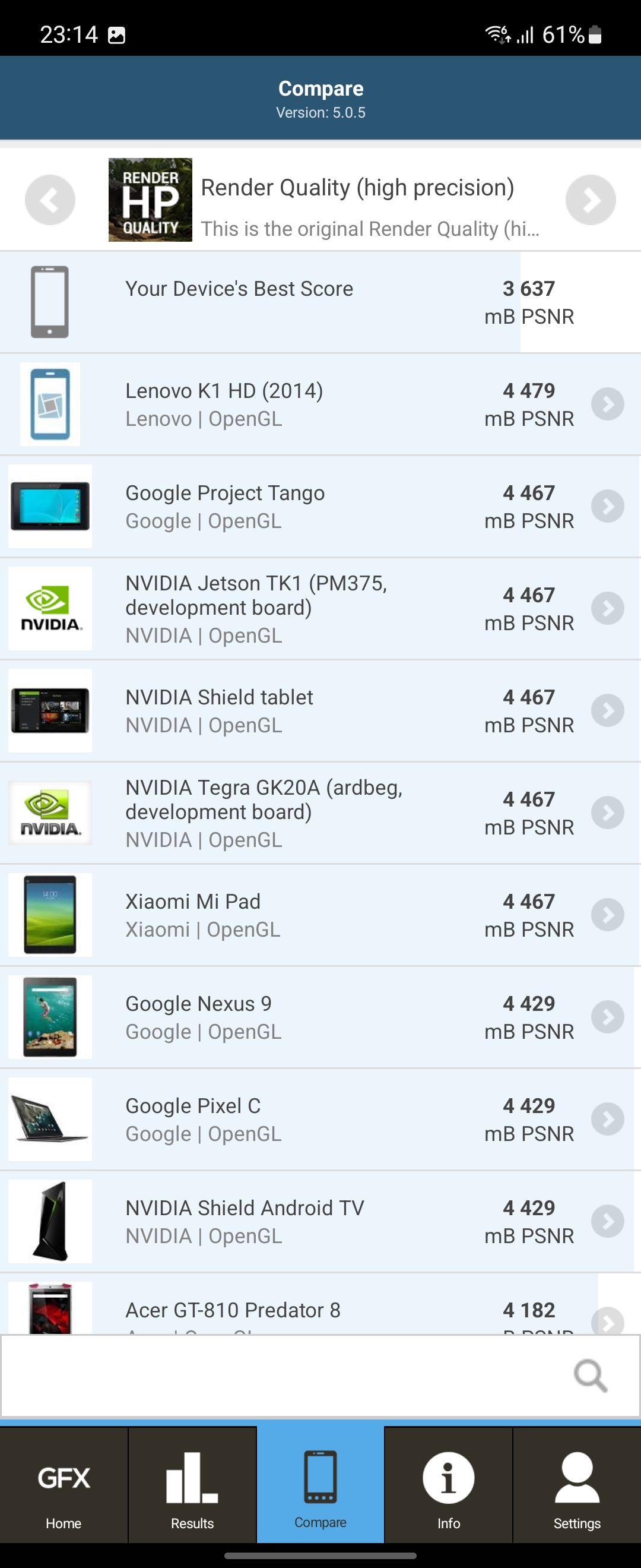
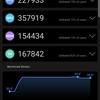



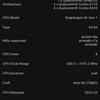



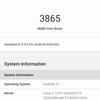
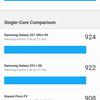
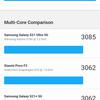
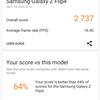
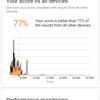
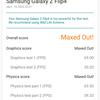


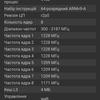
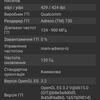

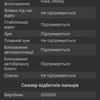
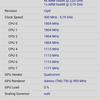



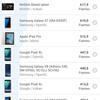
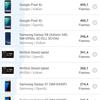
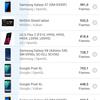
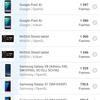
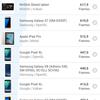
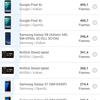
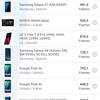
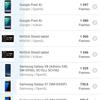
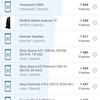


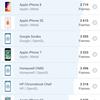

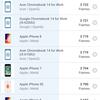



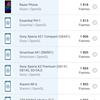
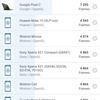
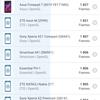
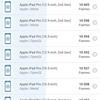
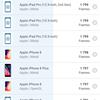
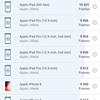



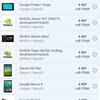
But, like the last generation, the Samsung Galaxy Flip4 has some problems with overheating. Indeed, given the design features, it is clear that the layout is very dense and the flagship processors are always hot. The CPU Throttling Test showed that the processor is prone to overheating under prolonged maximum loads, and performance drops up to 65%. The case also becomes noticeably warm.
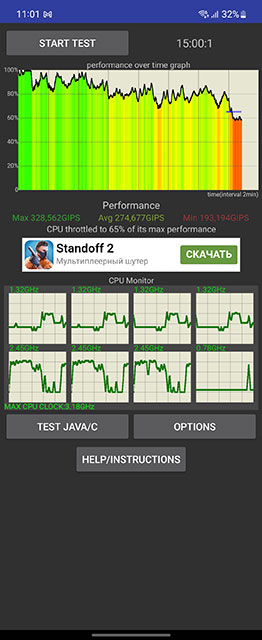
In real conditions, the case becomes slightly warm only in demanding games and when using the smartphone as a mobile hotspot. Although performance does not drop, applications work quickly. We have already talked about the proprietary Game Center application in many reviews of Samsung smartphones, it has not changed. The smartphone "pulls" modern games without any problems. Call of Duty Mobile at the maximum graphics settings runs at 60 frames per second, Genshin Impact - 50-60 FPS, Shadowgun Legends ranges between 90-120 FPS.


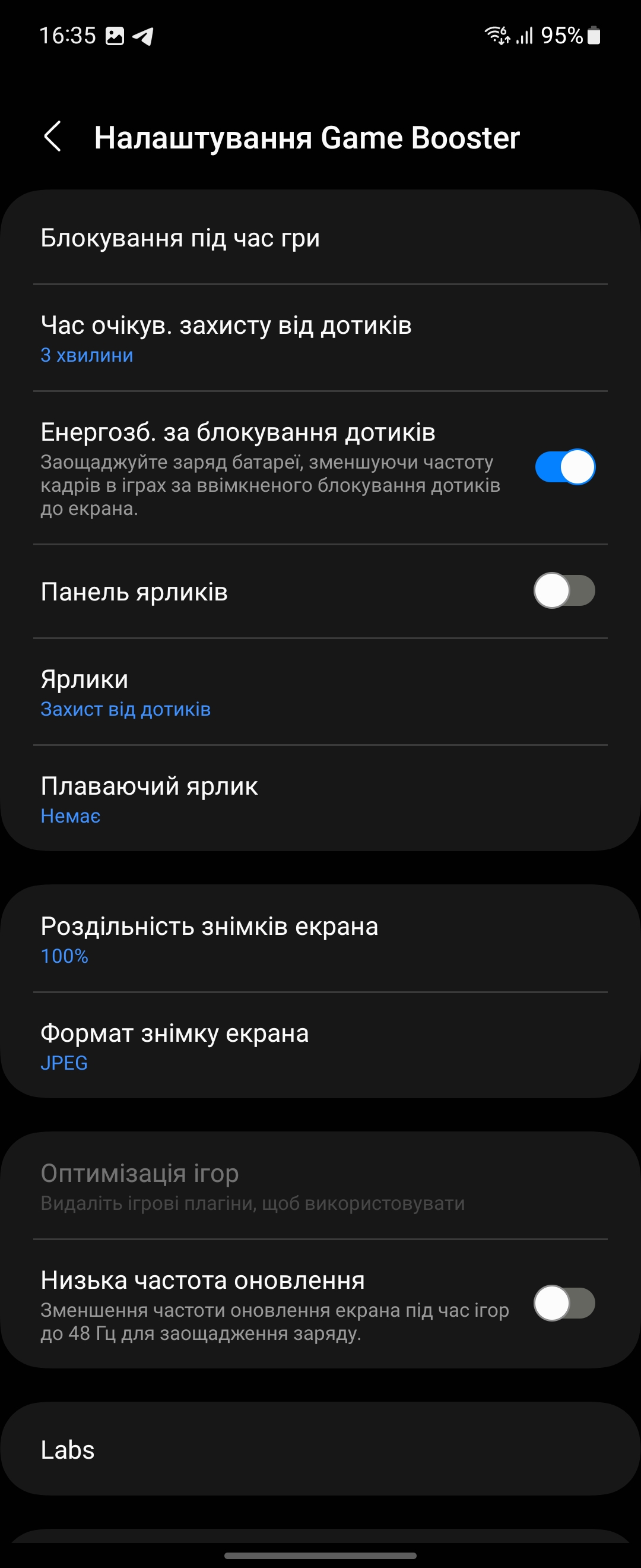
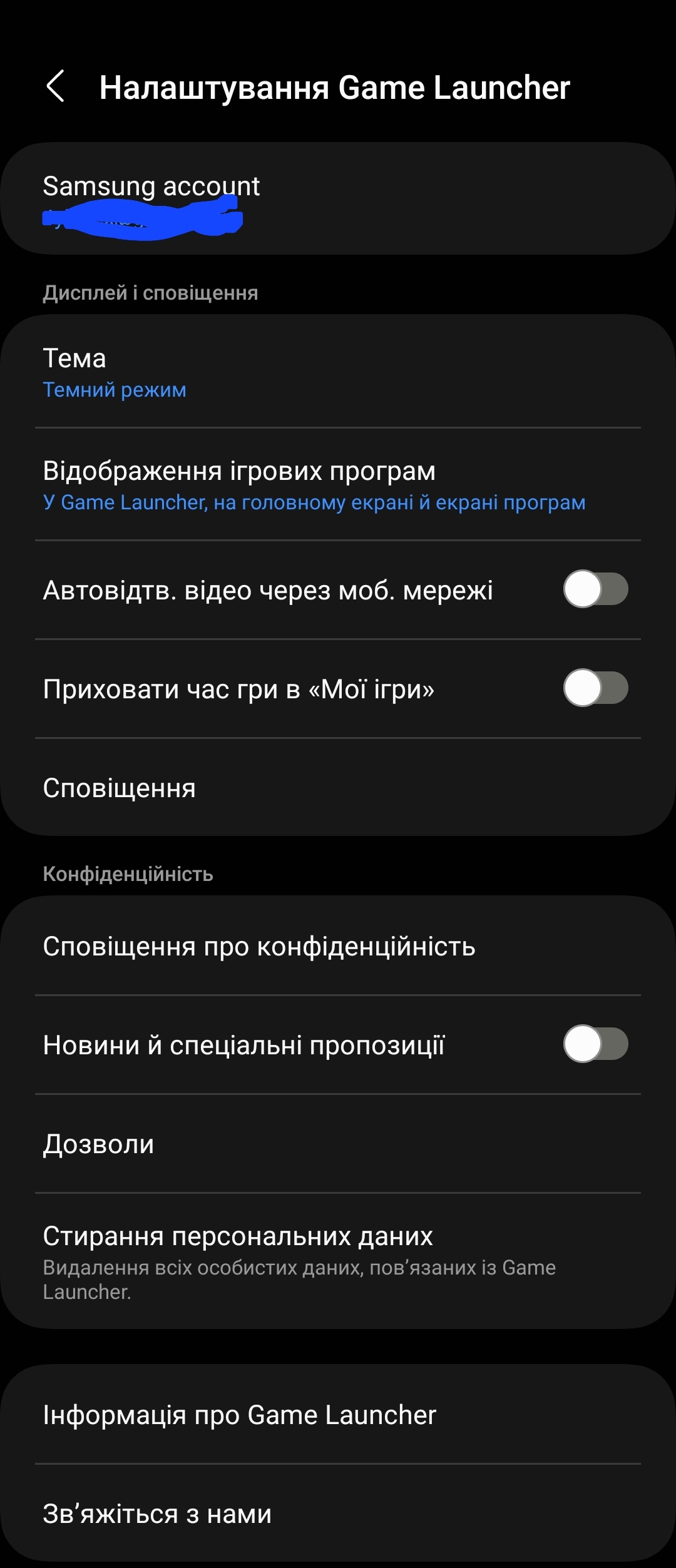
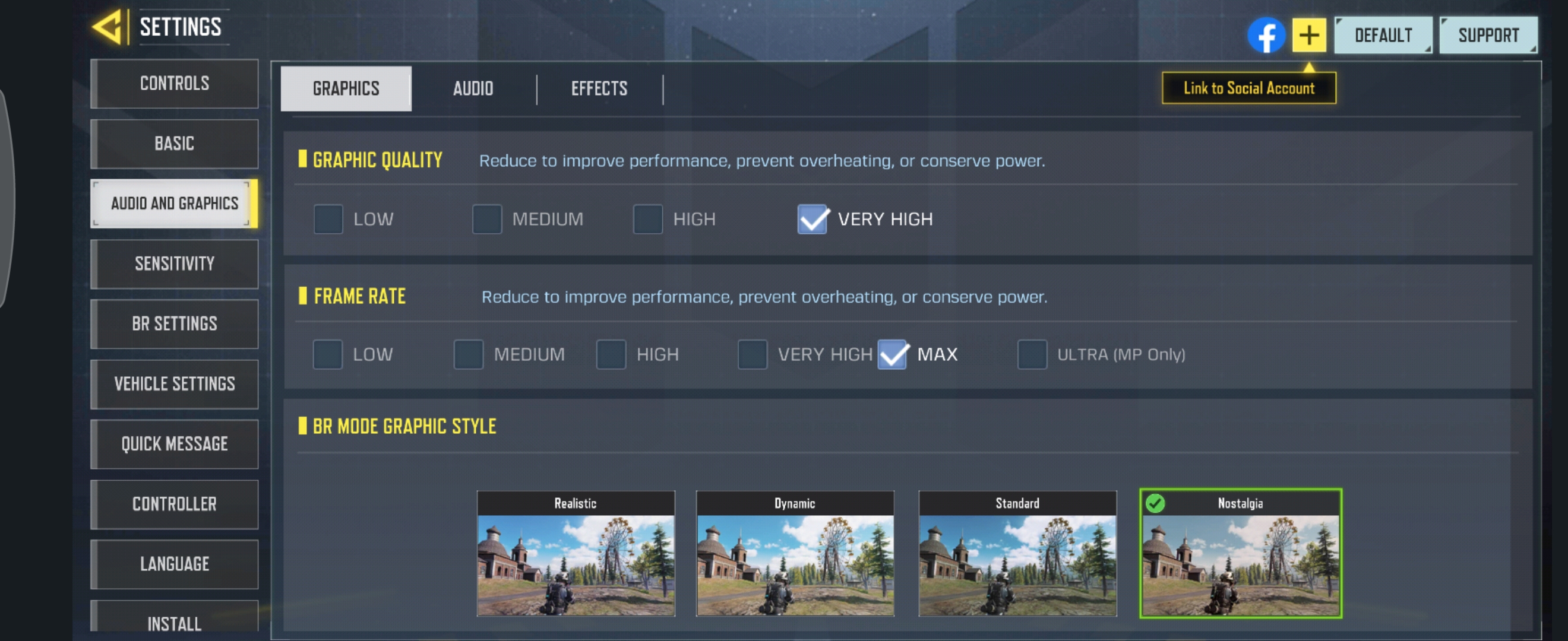
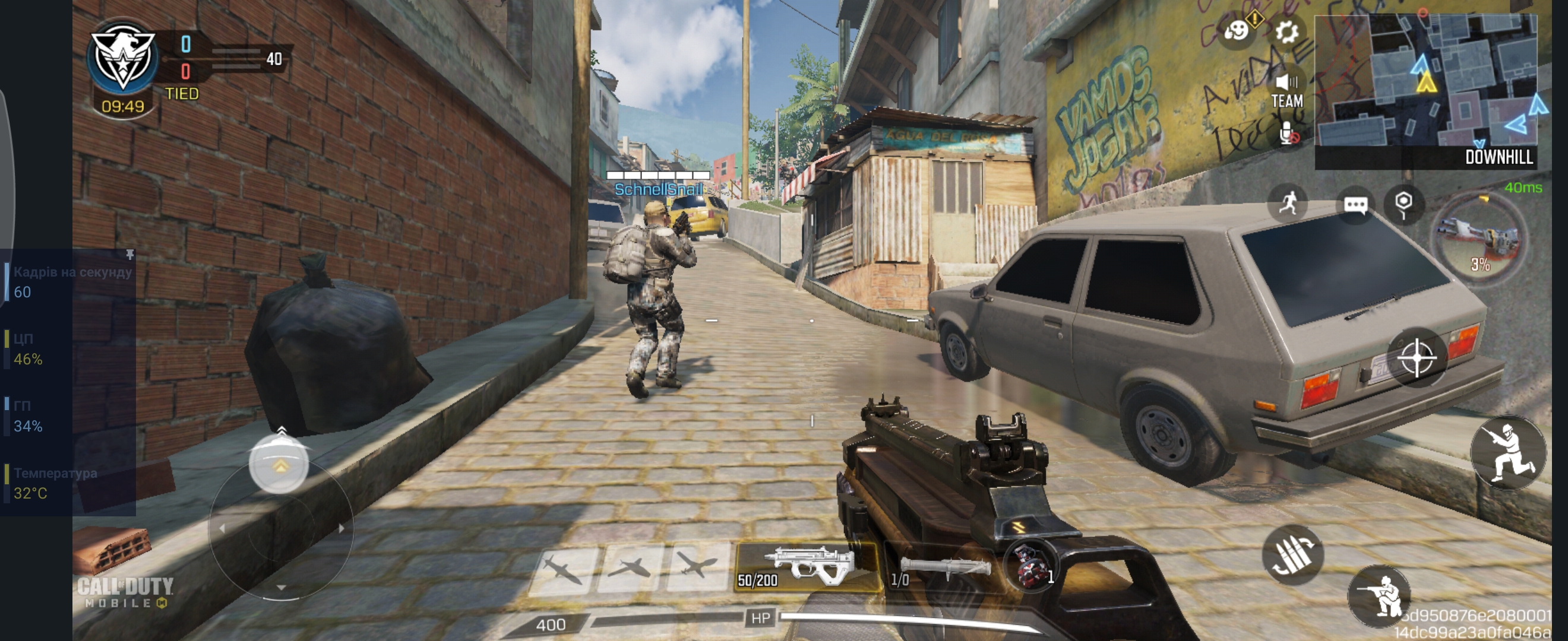
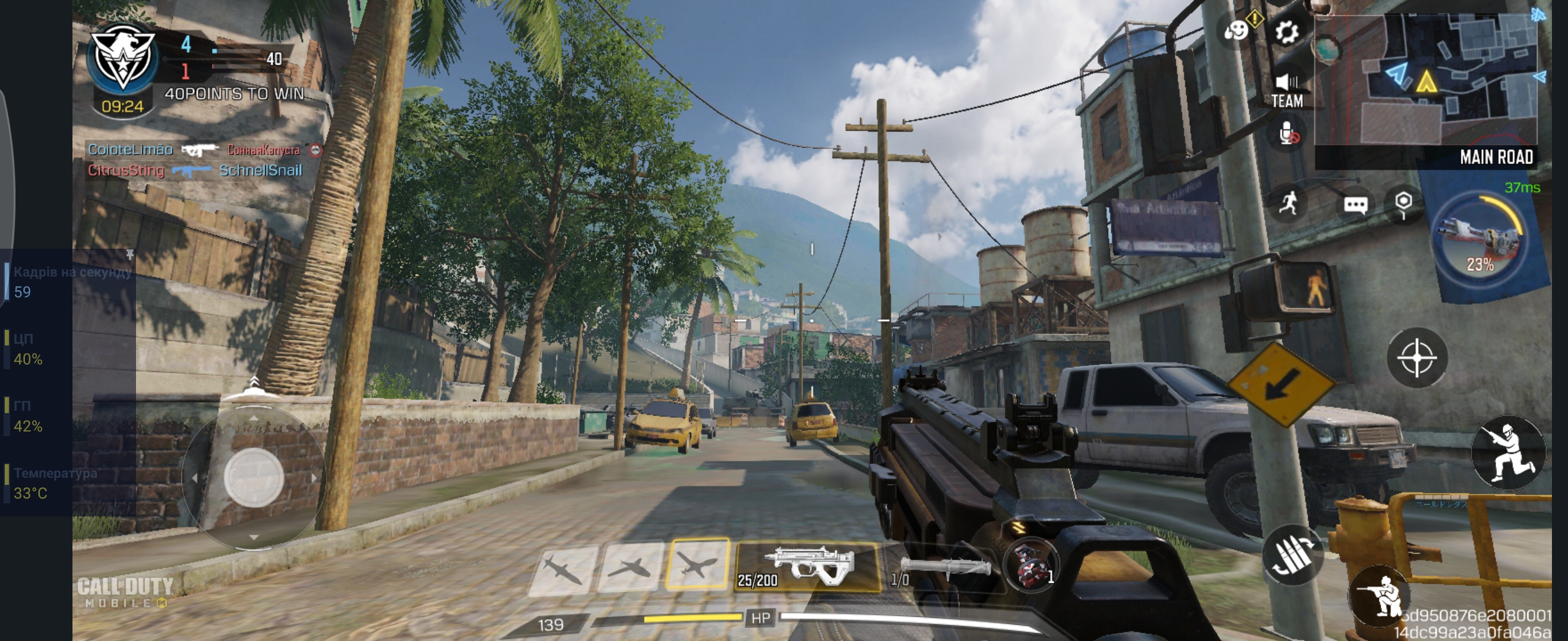
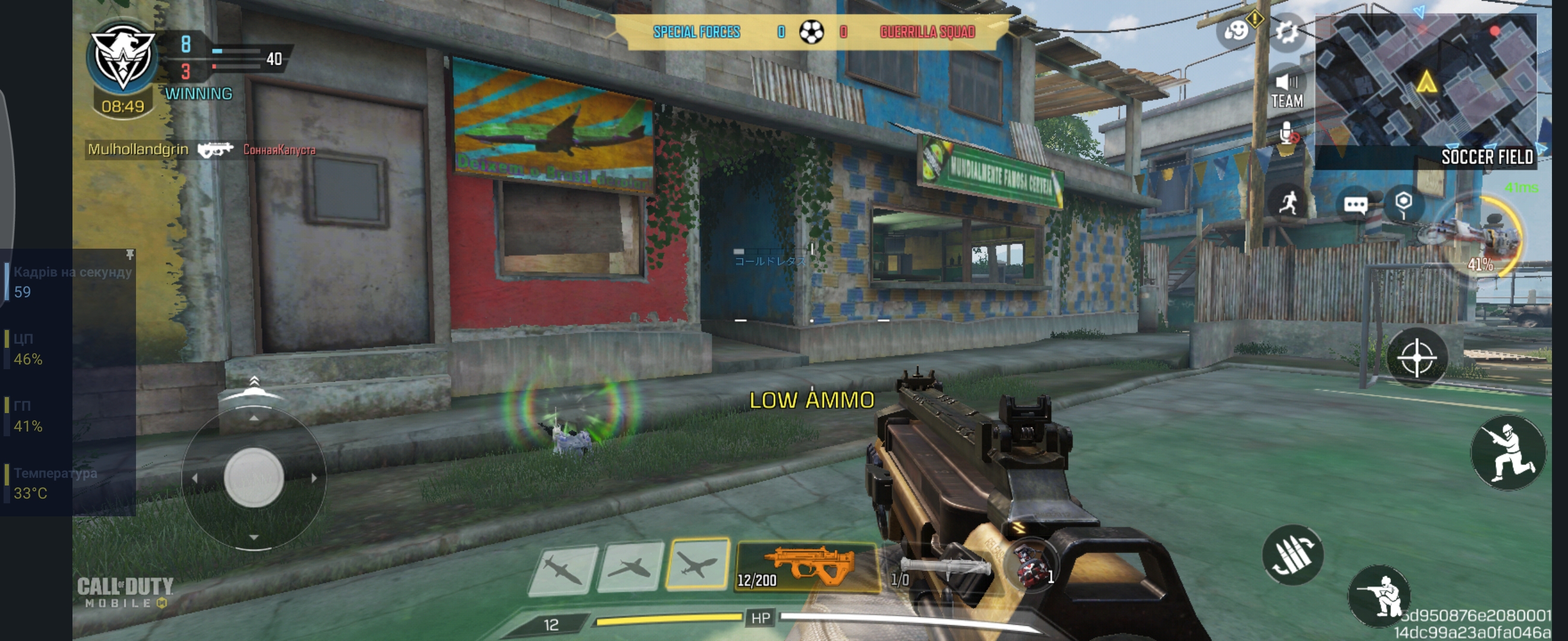
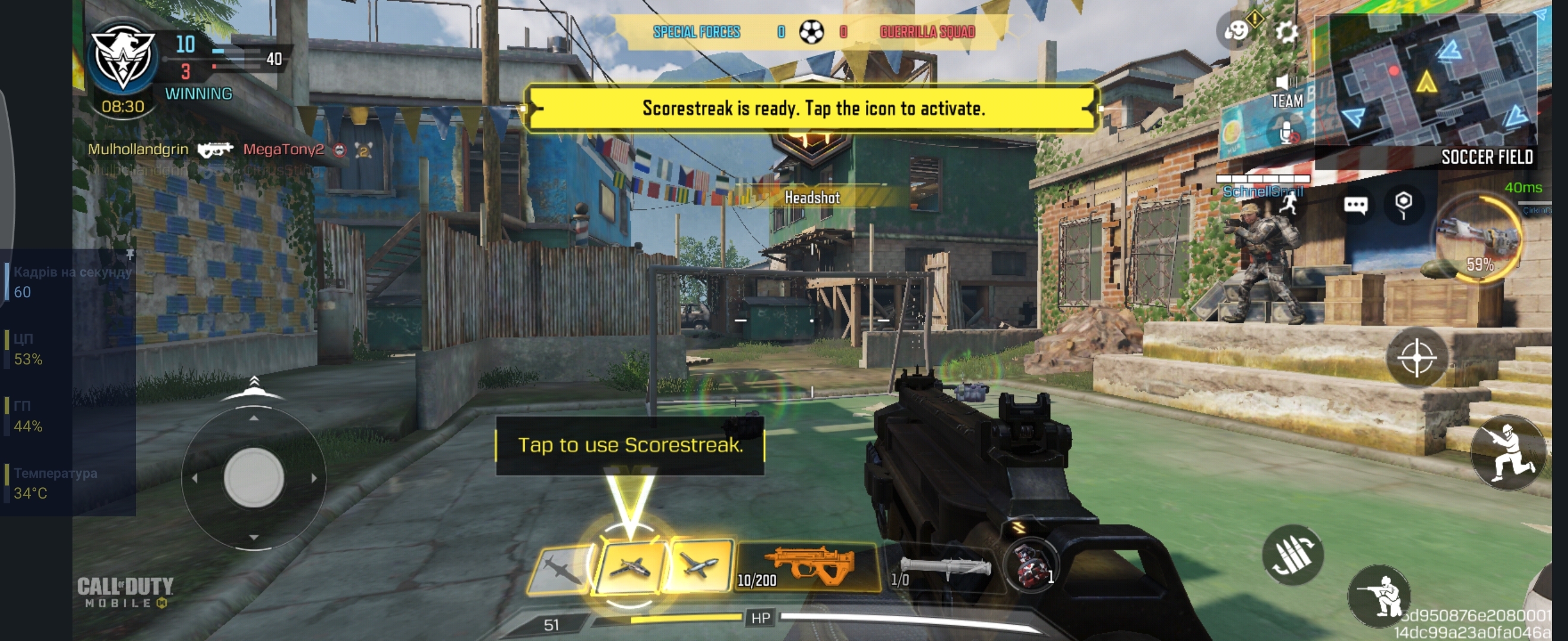
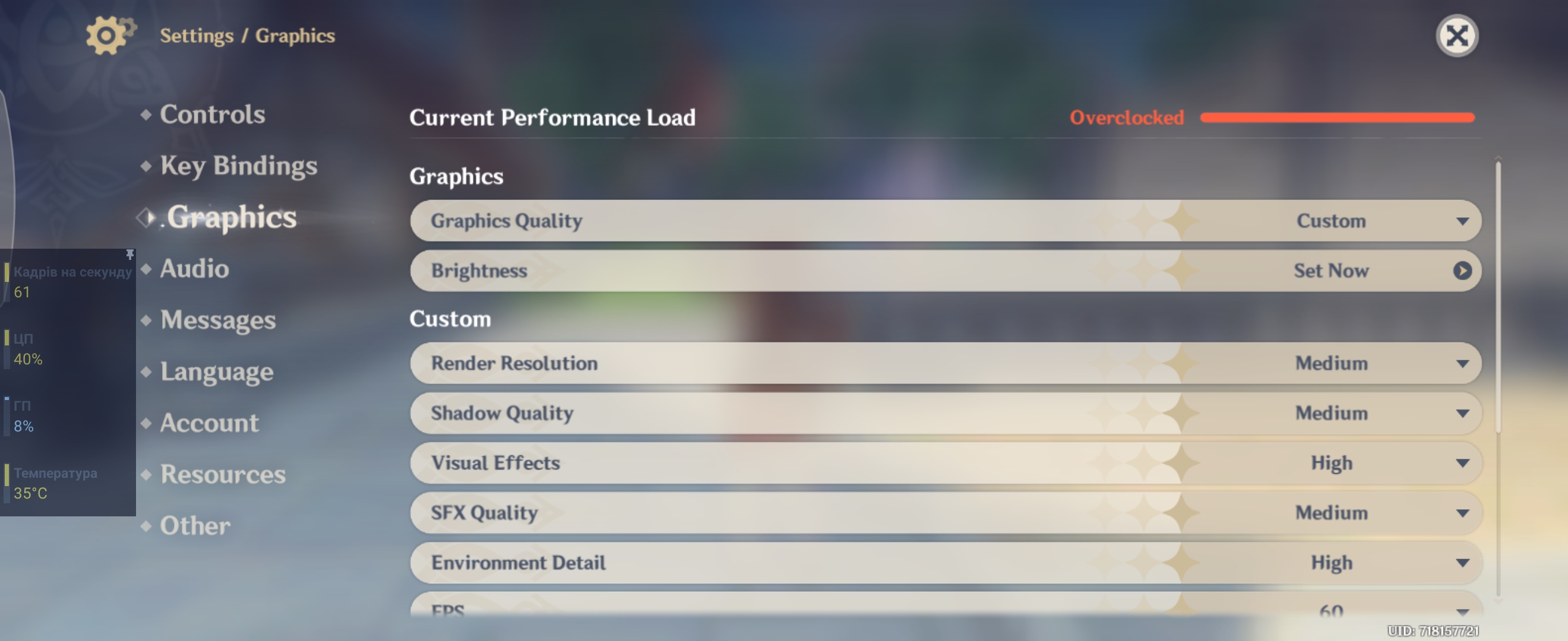
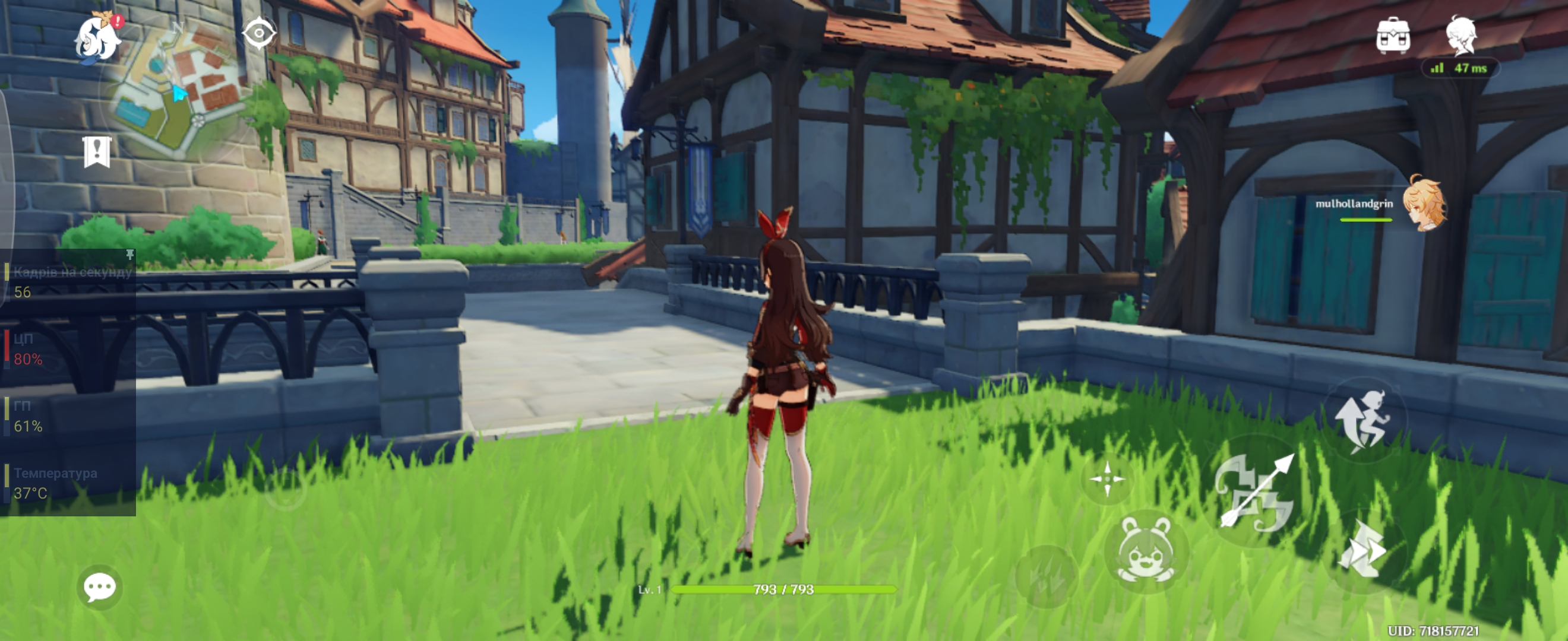
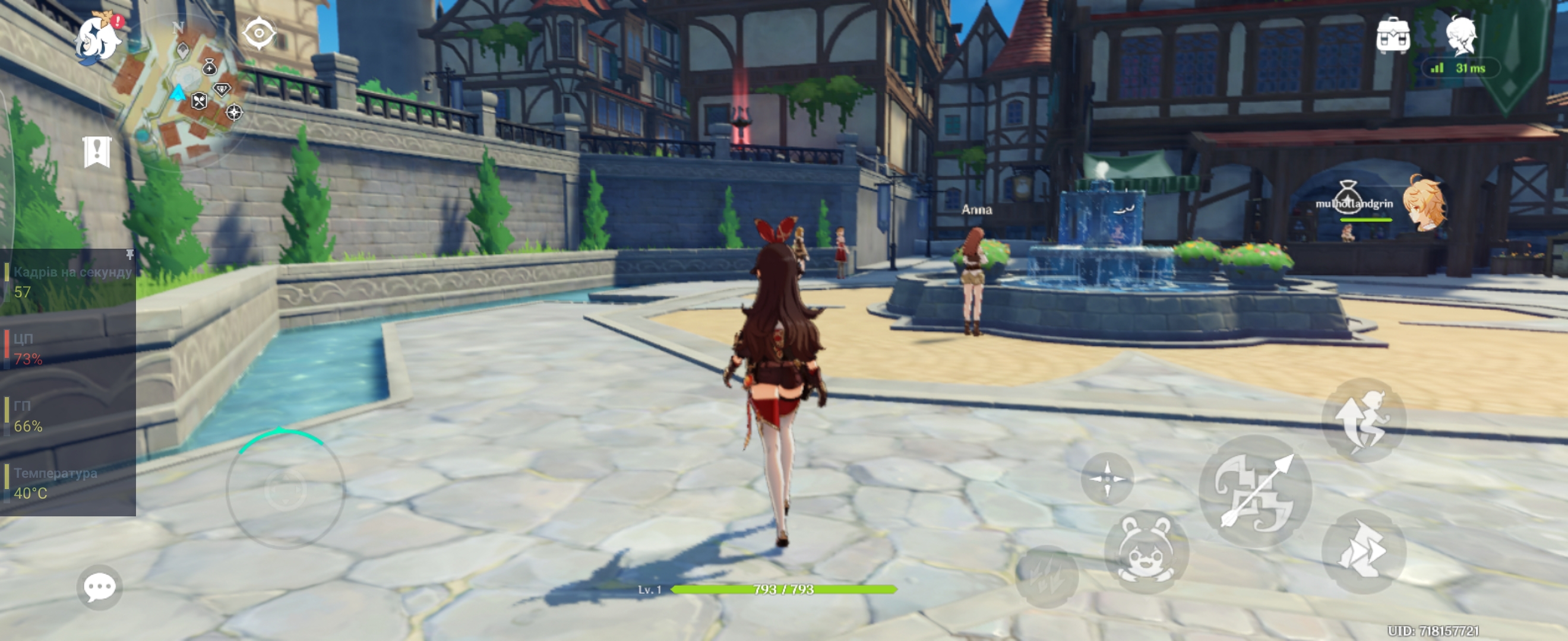
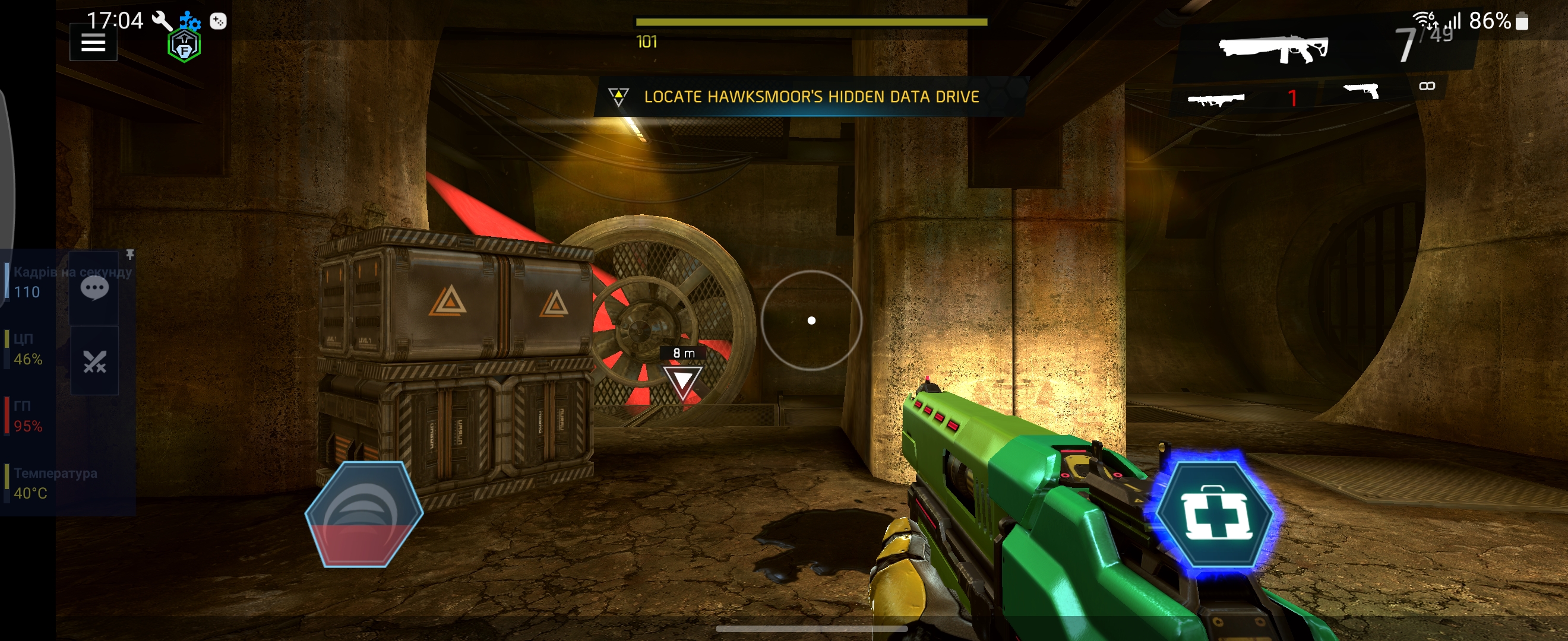
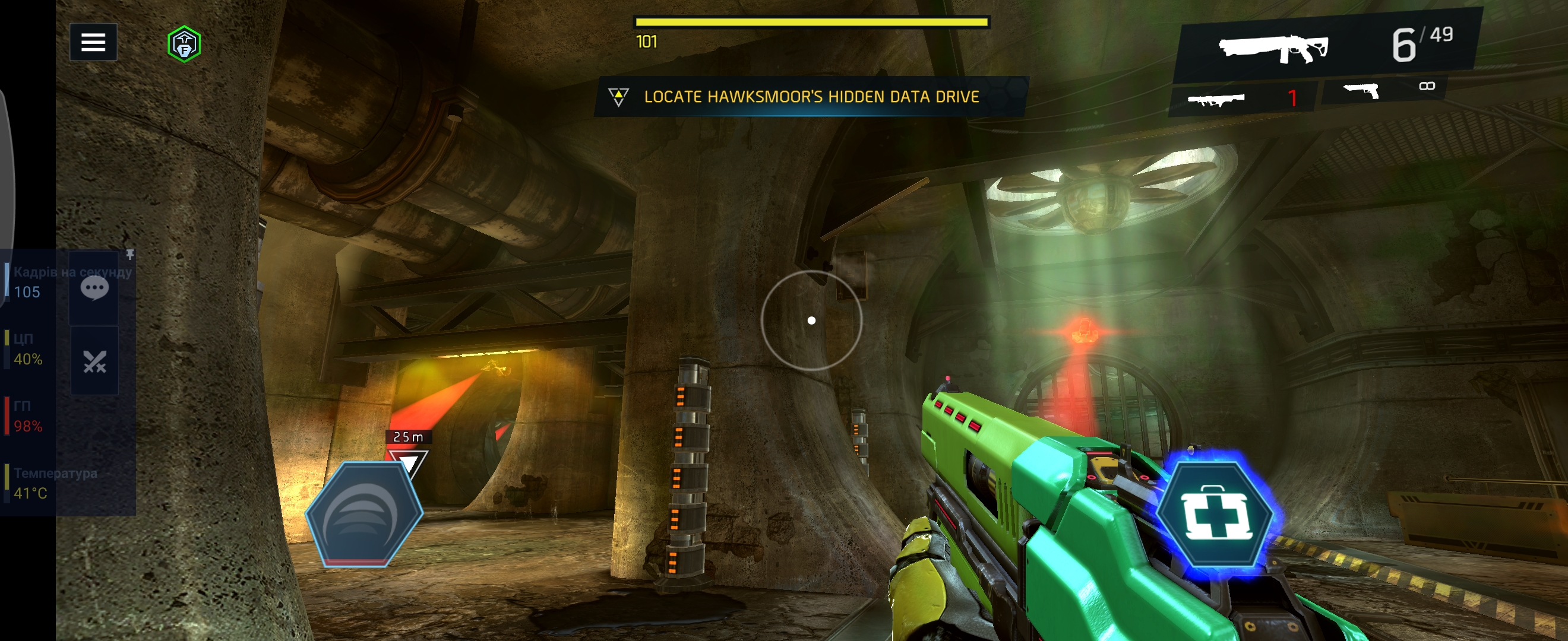
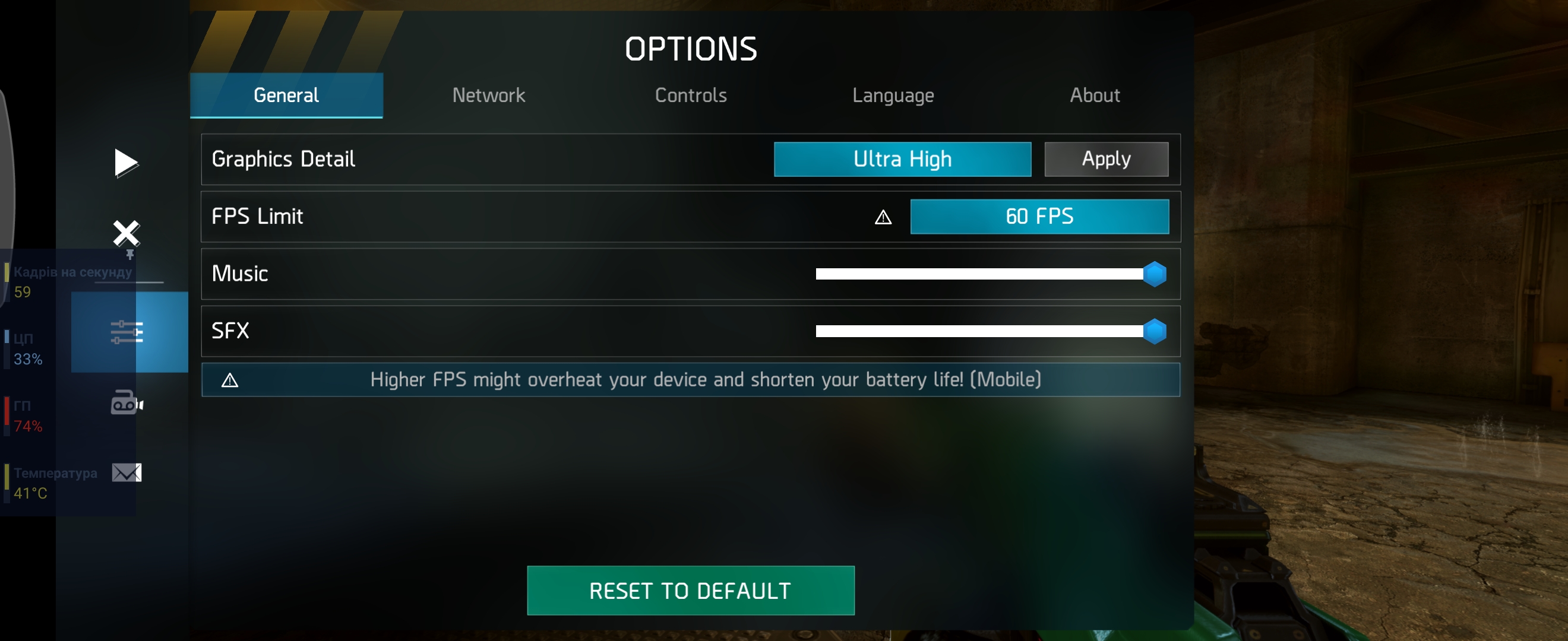






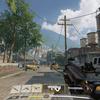


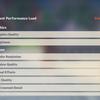





Samsung Galaxy Flip4 is equipped with dual-band Wi-Fi 802.11 a/b/g/n/ac/6e 2.4 GHz and 5 GHz, Bluetooth 5.2 LE with support for aptX adaptive and LDAC codecs for high-quality sound transmission and NFC for contactless payment. Global positioning systems GPS, GLONASS, GALILEO, BDS are supported. To reproduce stereo sound, a speaker for conversations and the main one at the bottom of the smartphone are used. The sound is loud and quite high quality. Of course, considering that this is a smartphone, not a portable speaker. The music player has absolutely standard functionality, to which the usual Samsung features were added: Dolby Atmos and Adapt Sound (volume adjustment taking into account hearing loss with age).
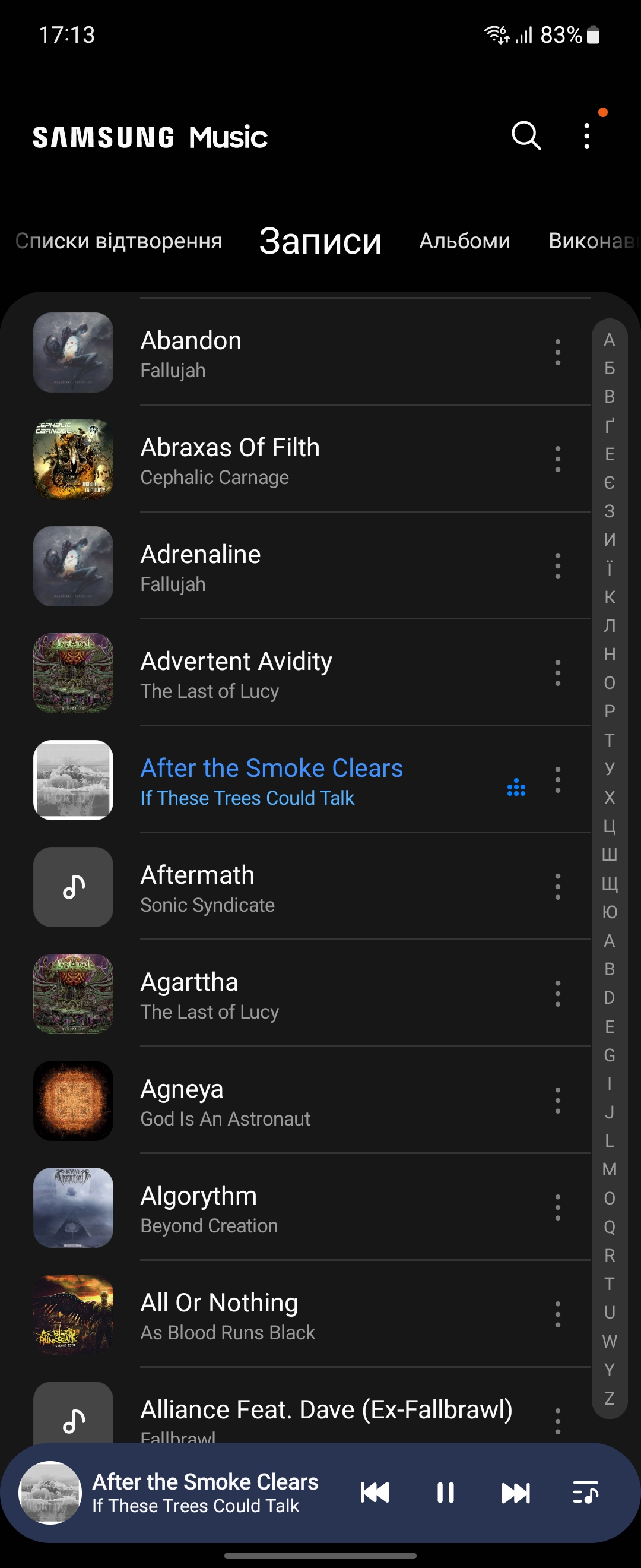
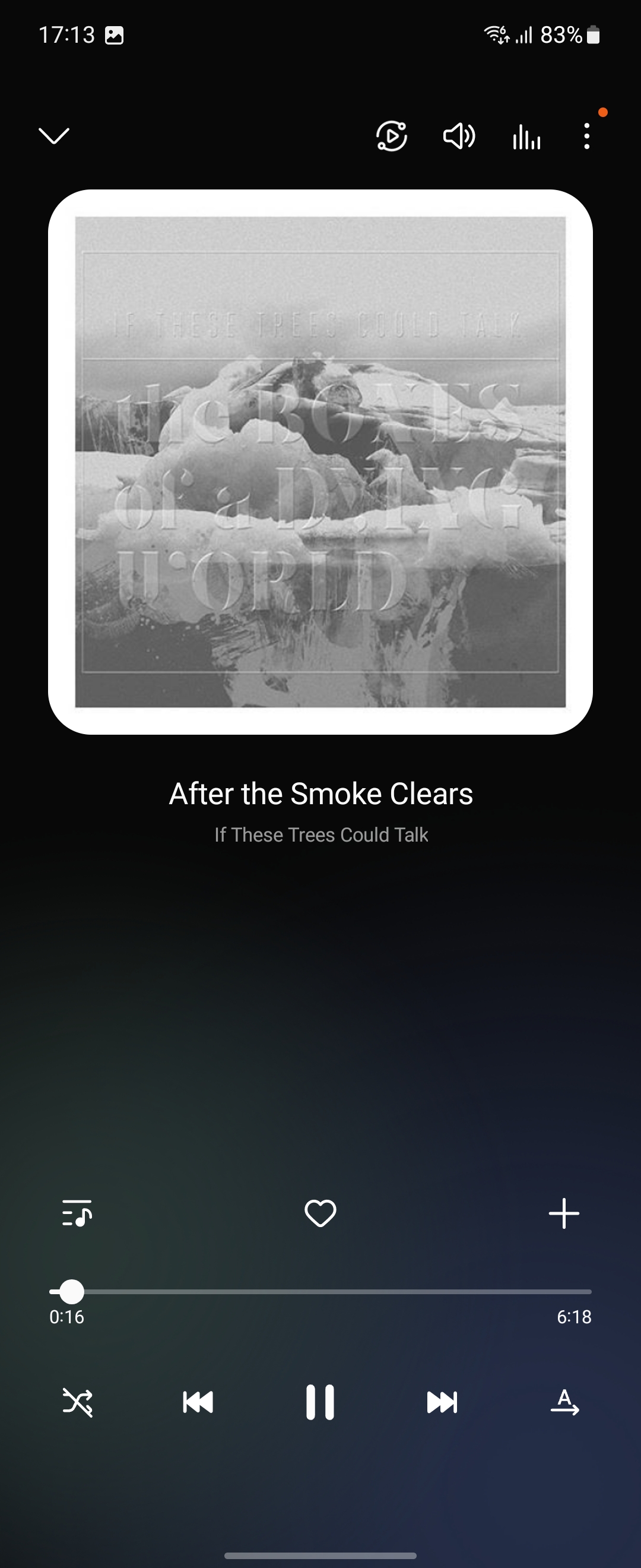

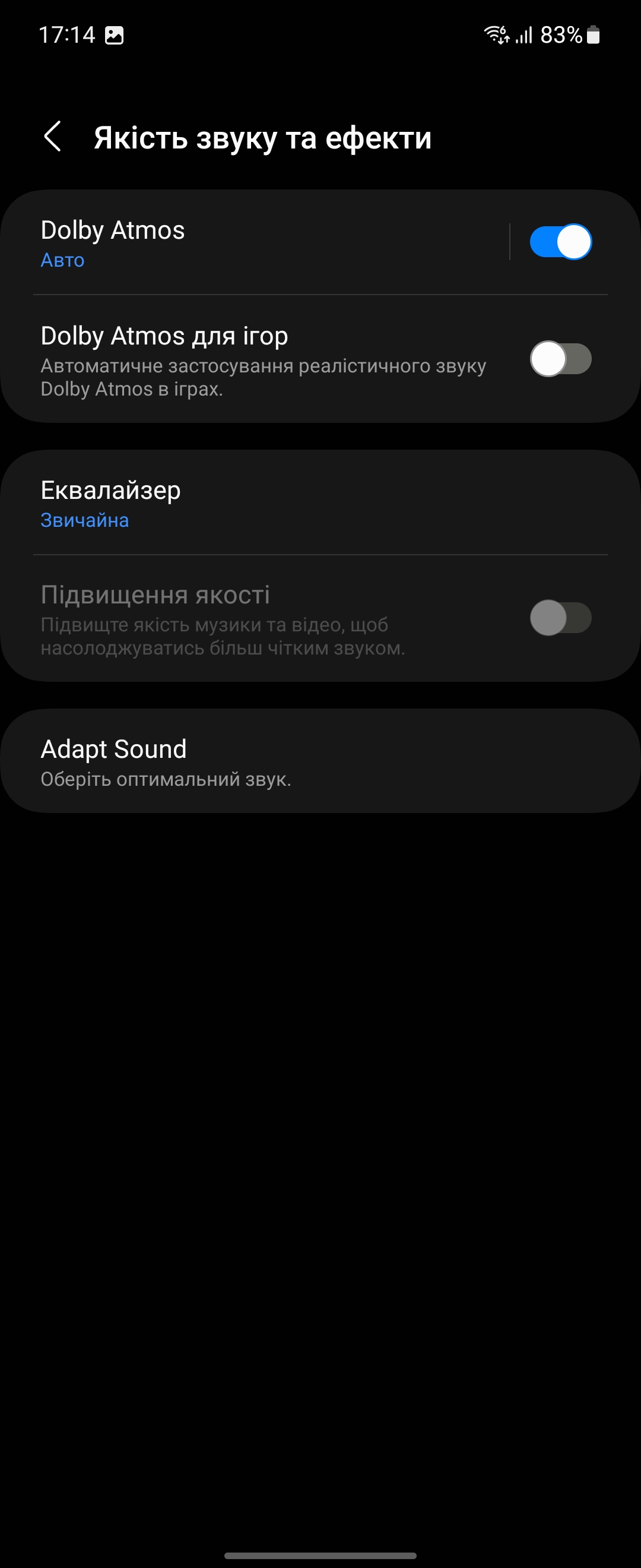

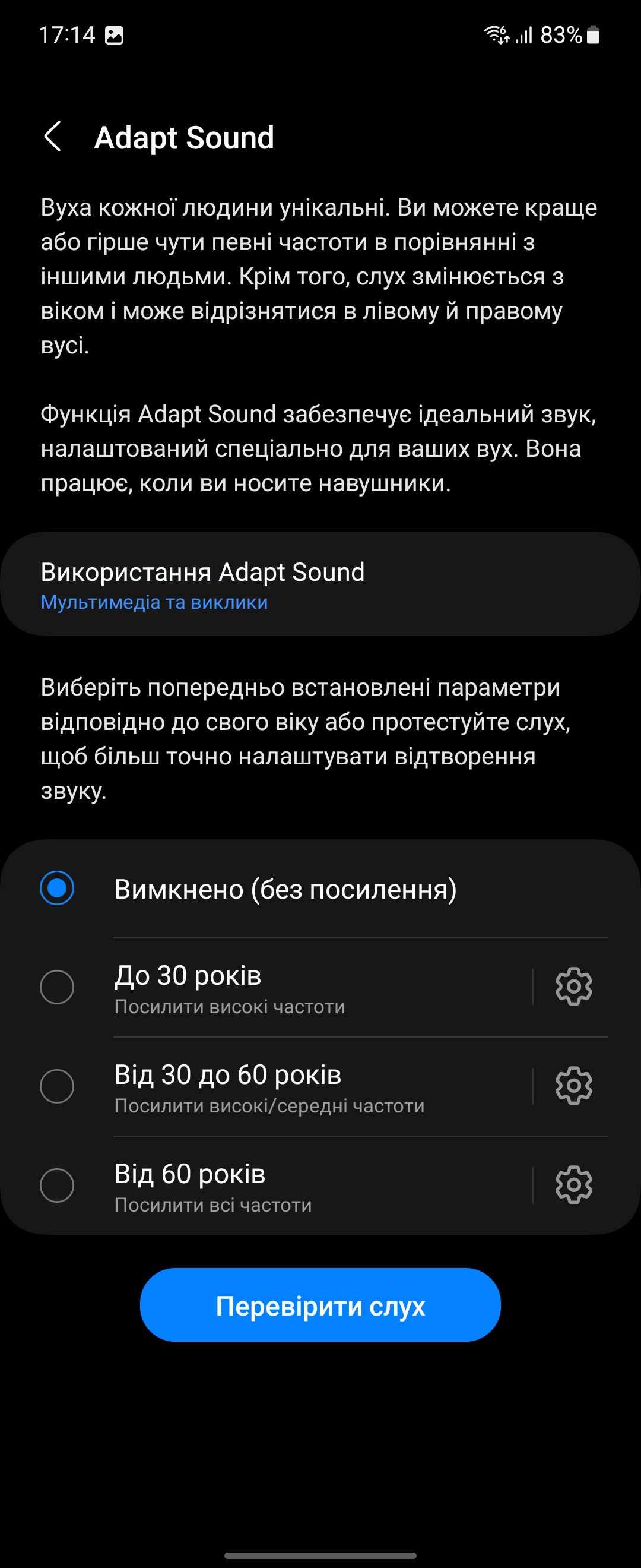


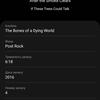

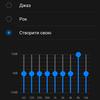

One of the main problems of Samsung Galaxy Z Flip3 was the battery life. During active use, I had to charge it twice a day. In the new Samsung Galaxy Flip4, the battery has increased from 3300 mAh to 3700 mAh, plus the Qualcomm Snapdragon 8+ Gen 1 has proven to be relatively energy efficient for a top-end processor. This really had a positive impact on the battery life of the smartphone. With my standard usage scenario (15-20 minutes of phone calls, instant messengers, social networks, web surfing, YouTube and email in large quantities, about an hour of music via Bluetooth, a little camera and games) the smartphone can withstand a day without any problems. of course, with more modest use you can get more. The charging speed has also increased. Now there is support for fast charging by wire 25 W (50% in half an hour), wireless charging 15 W, and reverse wireless charging.
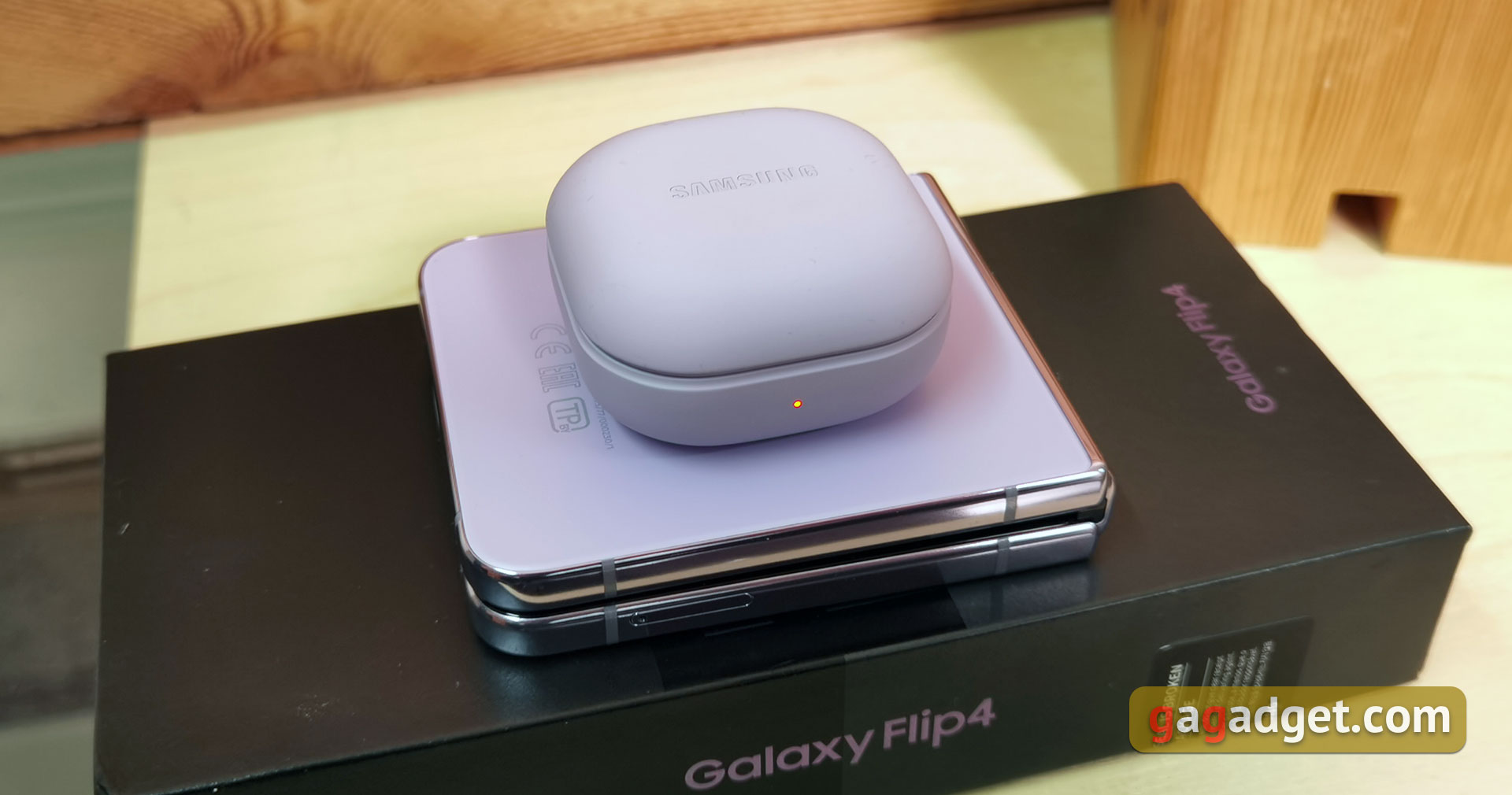
How convenient is the interface?
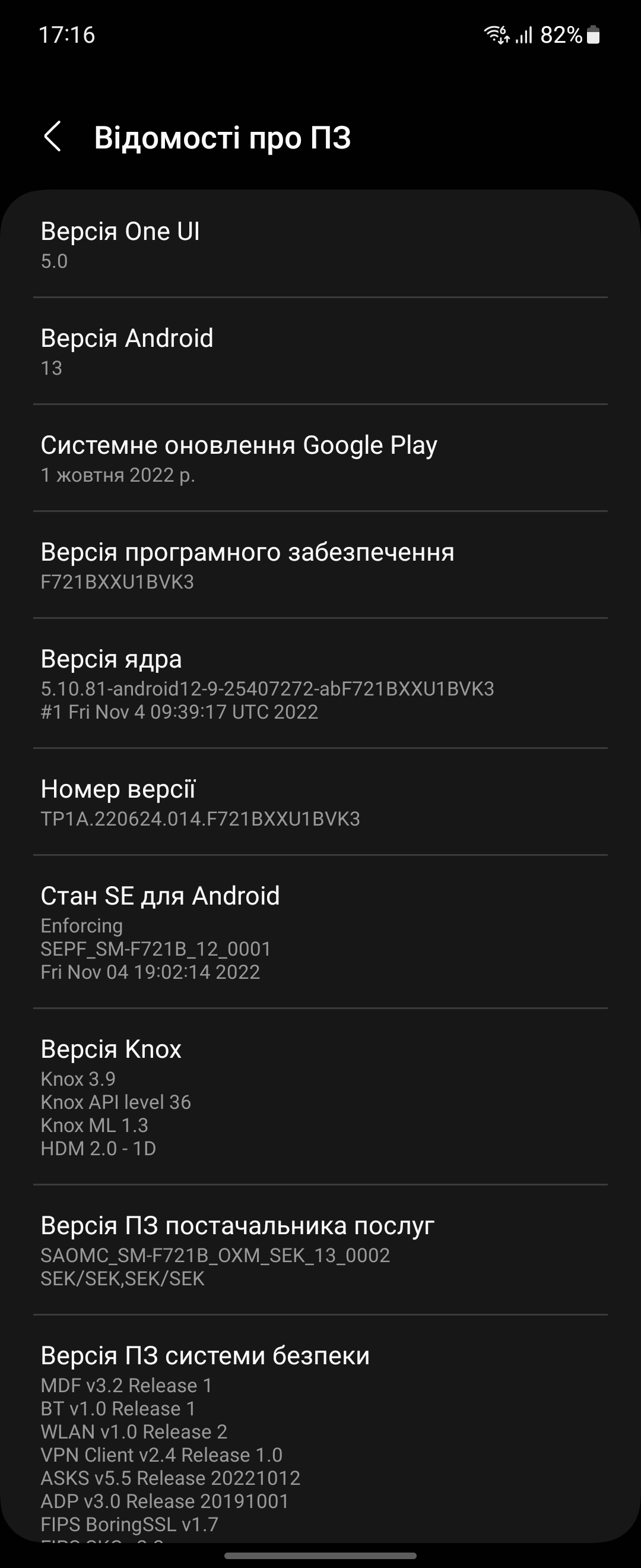


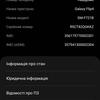
Recently, Samsung Galaxy Flip4 received an update to Android 13 with One UI 5.0. This is rather a topic for a separate publication. In the meantime - only general impressions. In general, there are no drastic changes: some interface elements and animations have been slightly redrawn, there are more possibilities for visual customization (themes and design schemes). The lock screen can now be fully customized to your whims. The options for connecting to other devices, including Android Auto, Smart View, Smart Things and more, are placed in separate settings. There is a separate menu of modes and scenarios, as well as a slightly changed menu of security functions. But in general, all the logic remained familiar: desktops, application menus, various options for navigating the system.
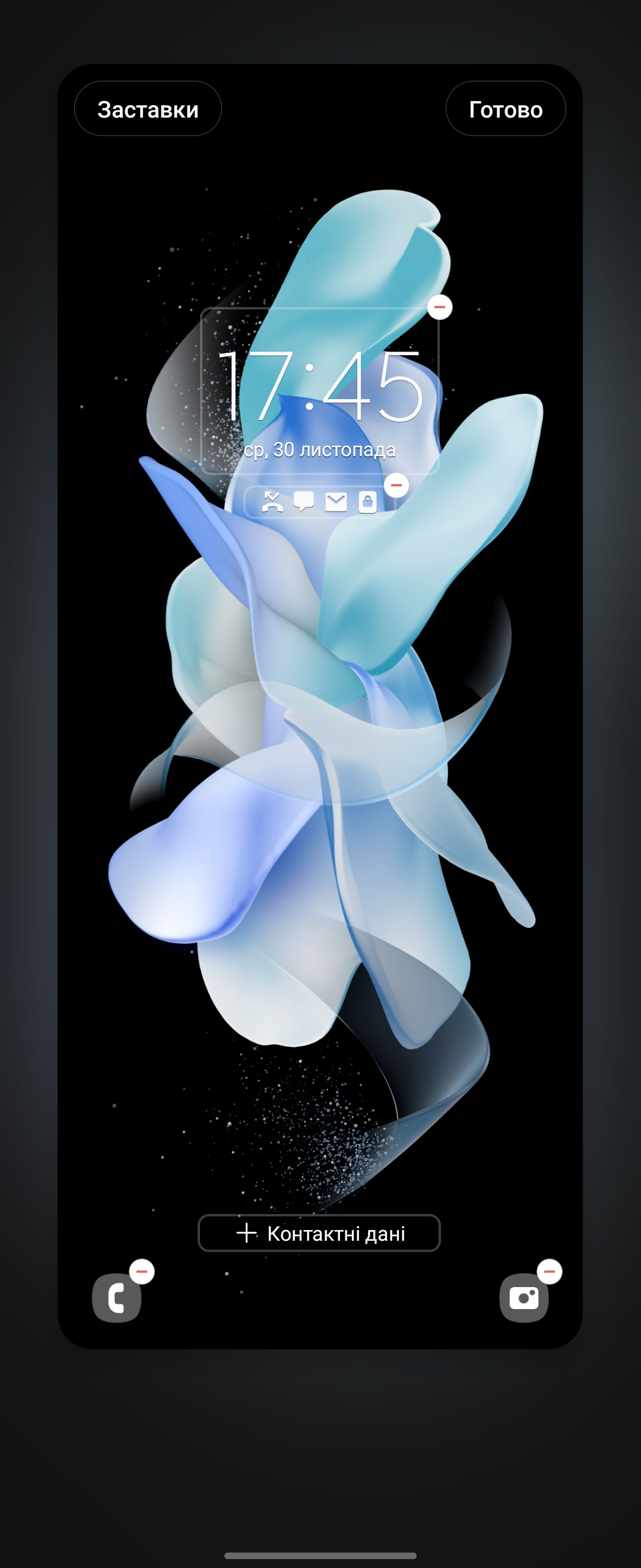


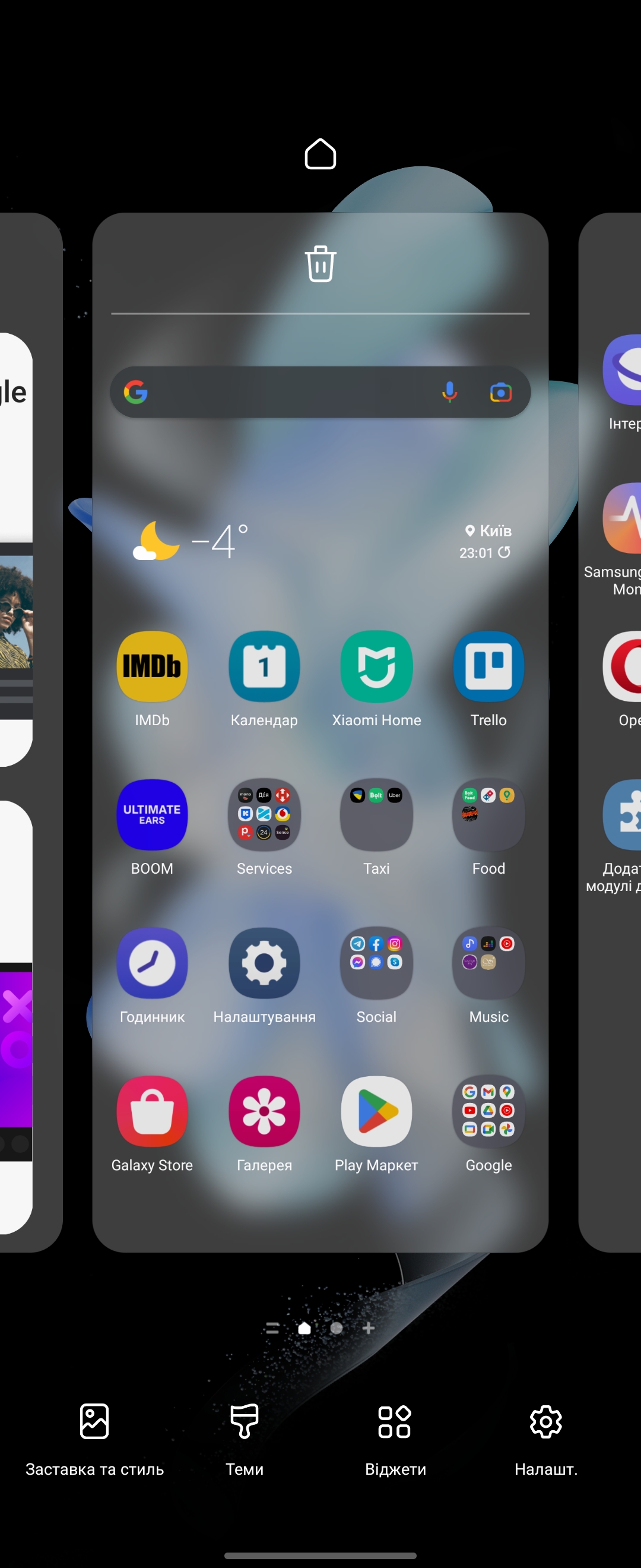
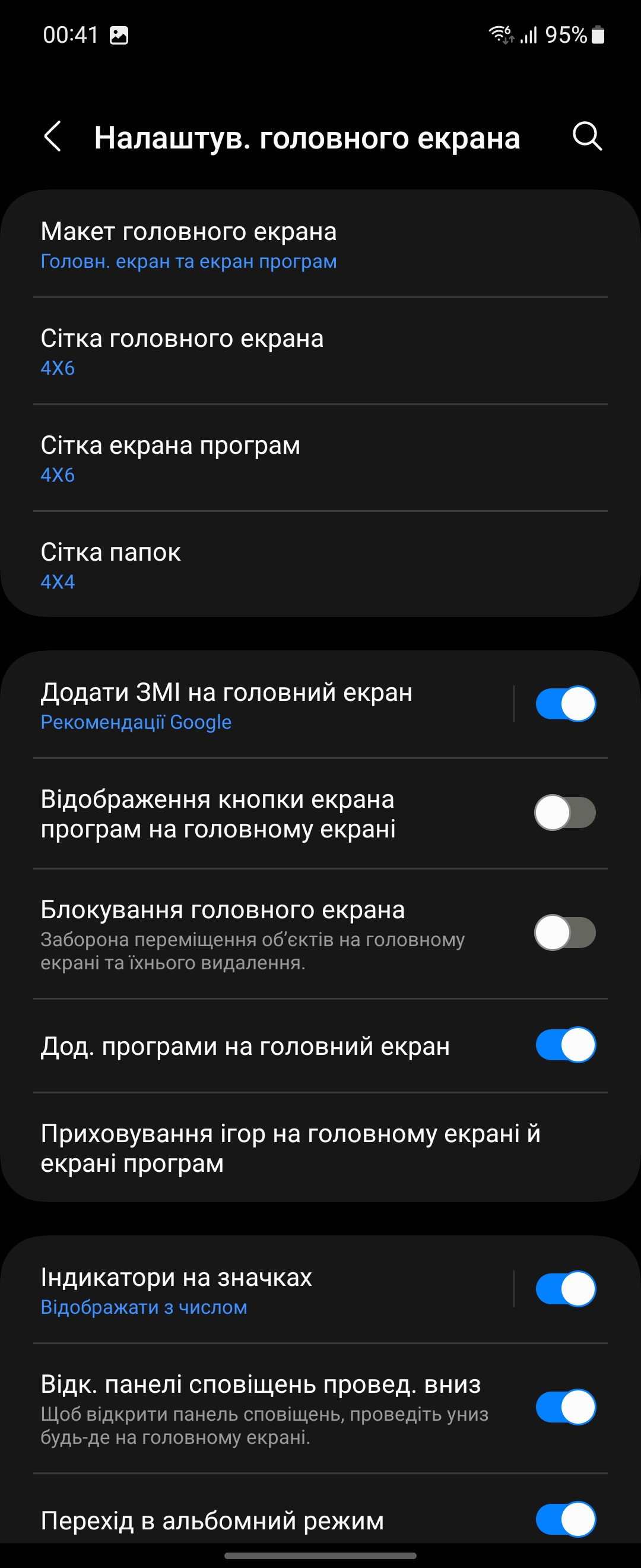
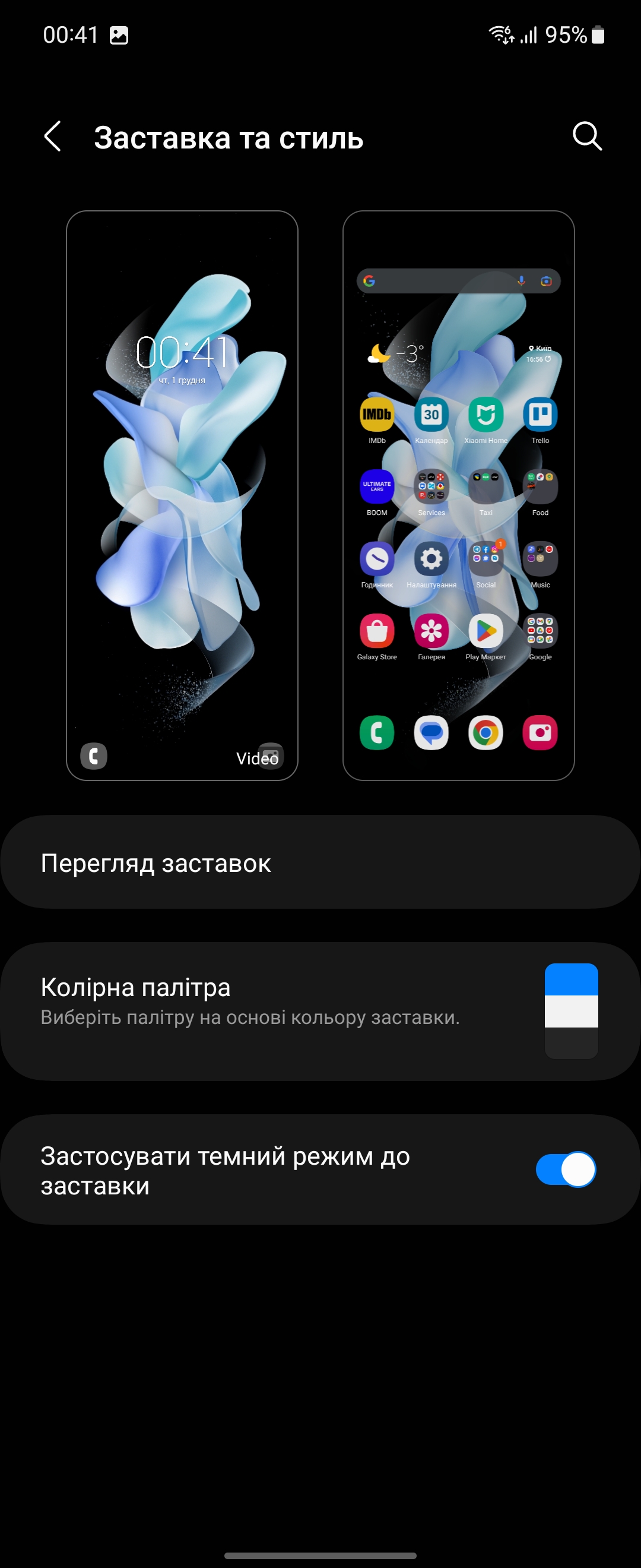
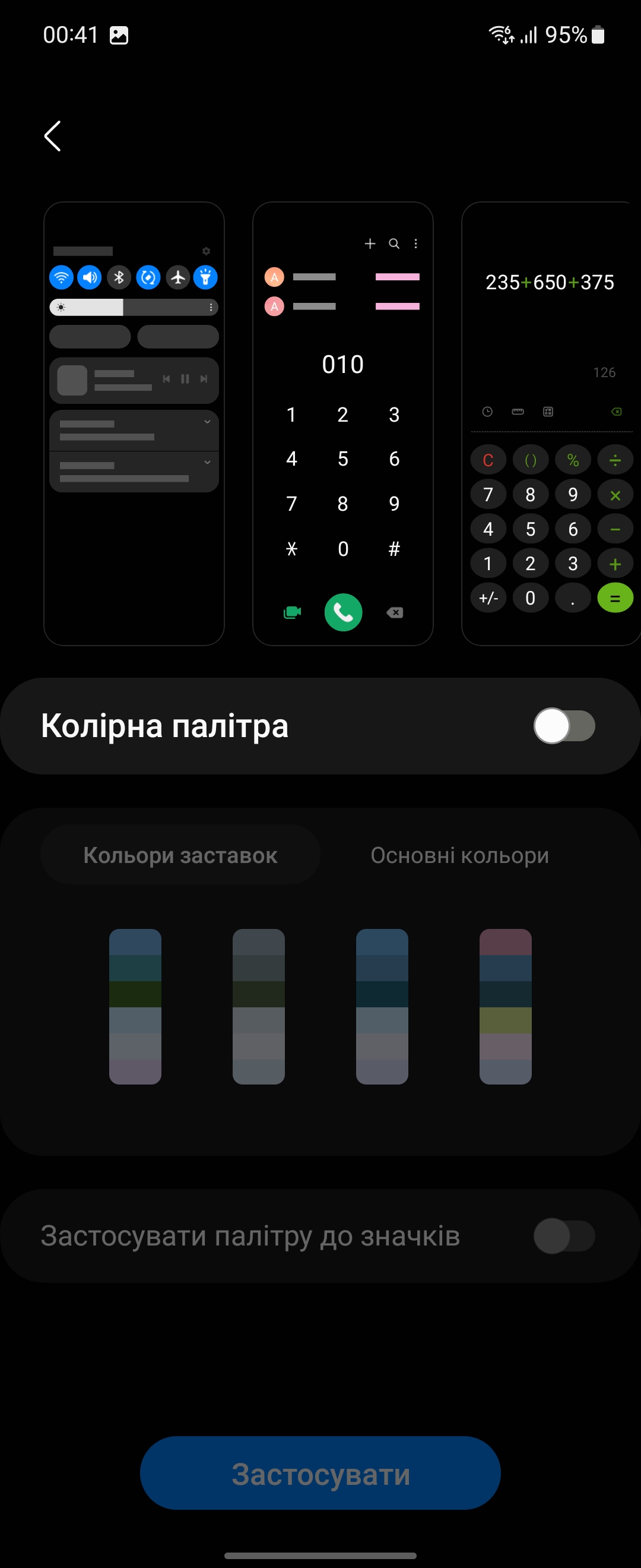
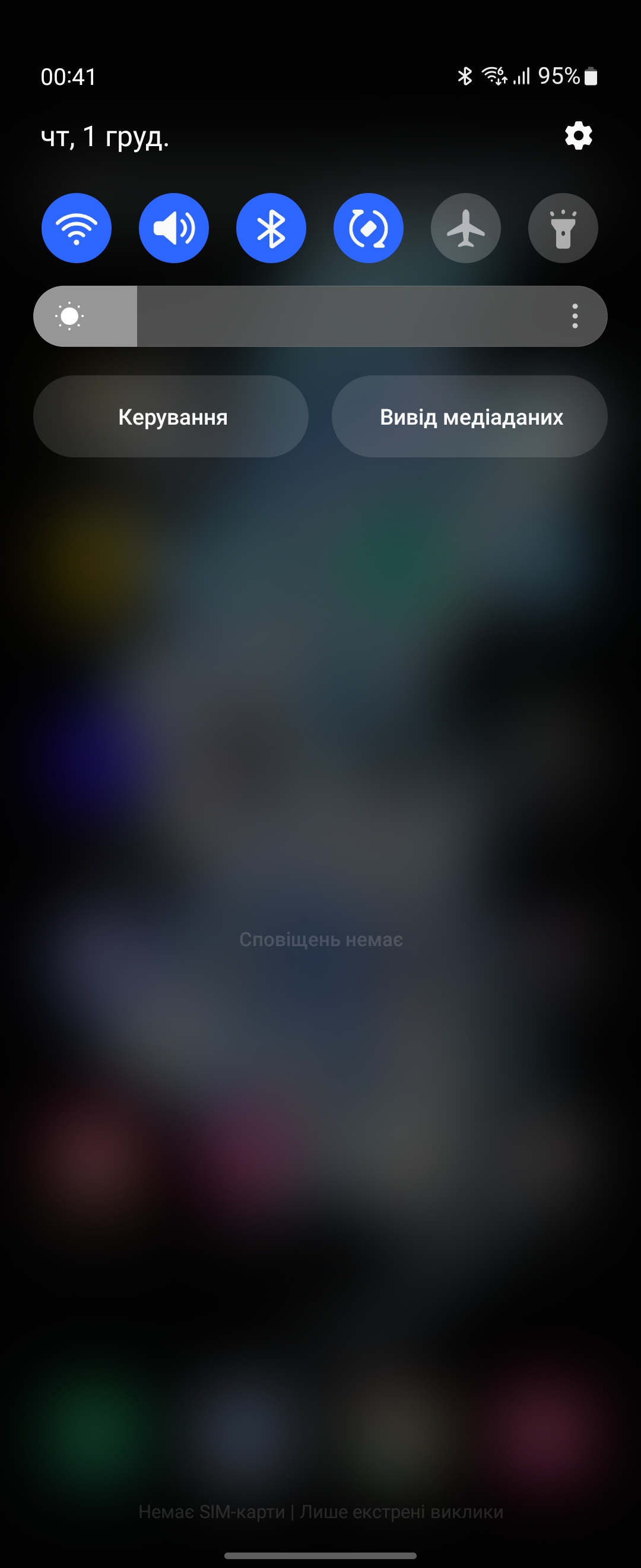

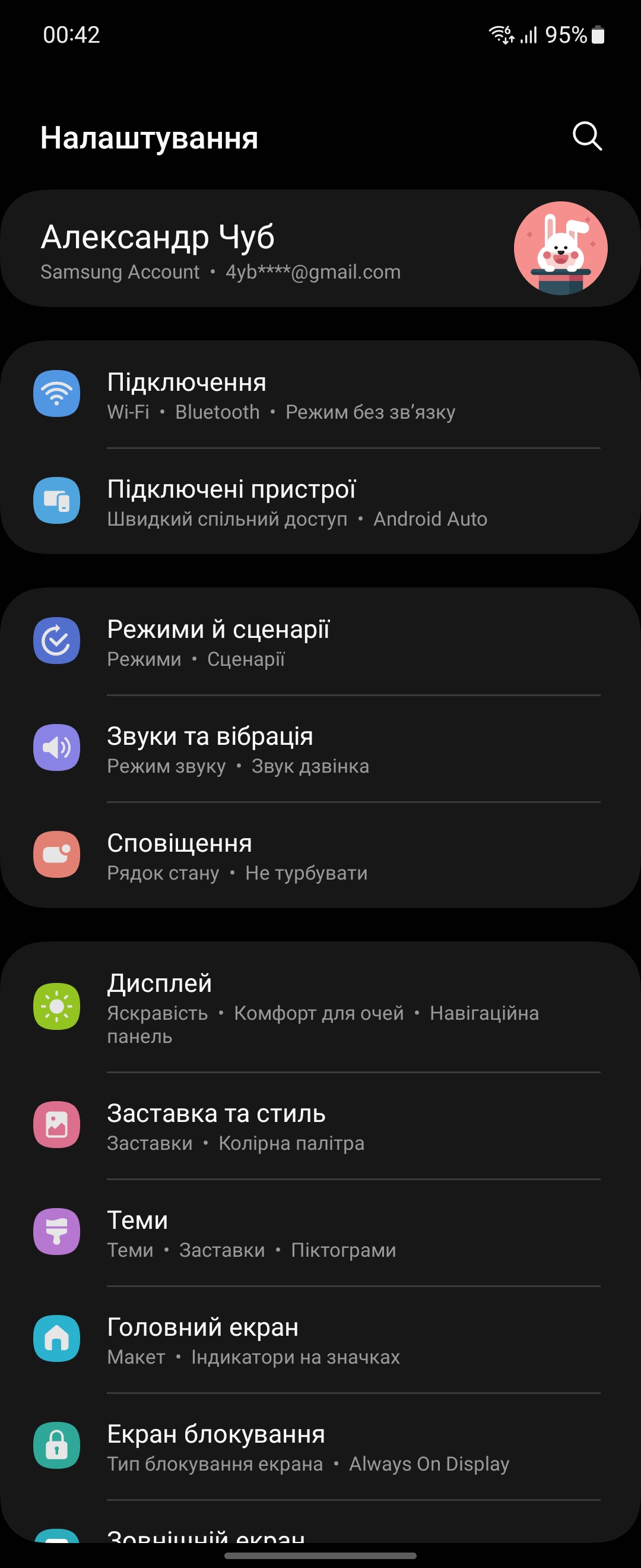
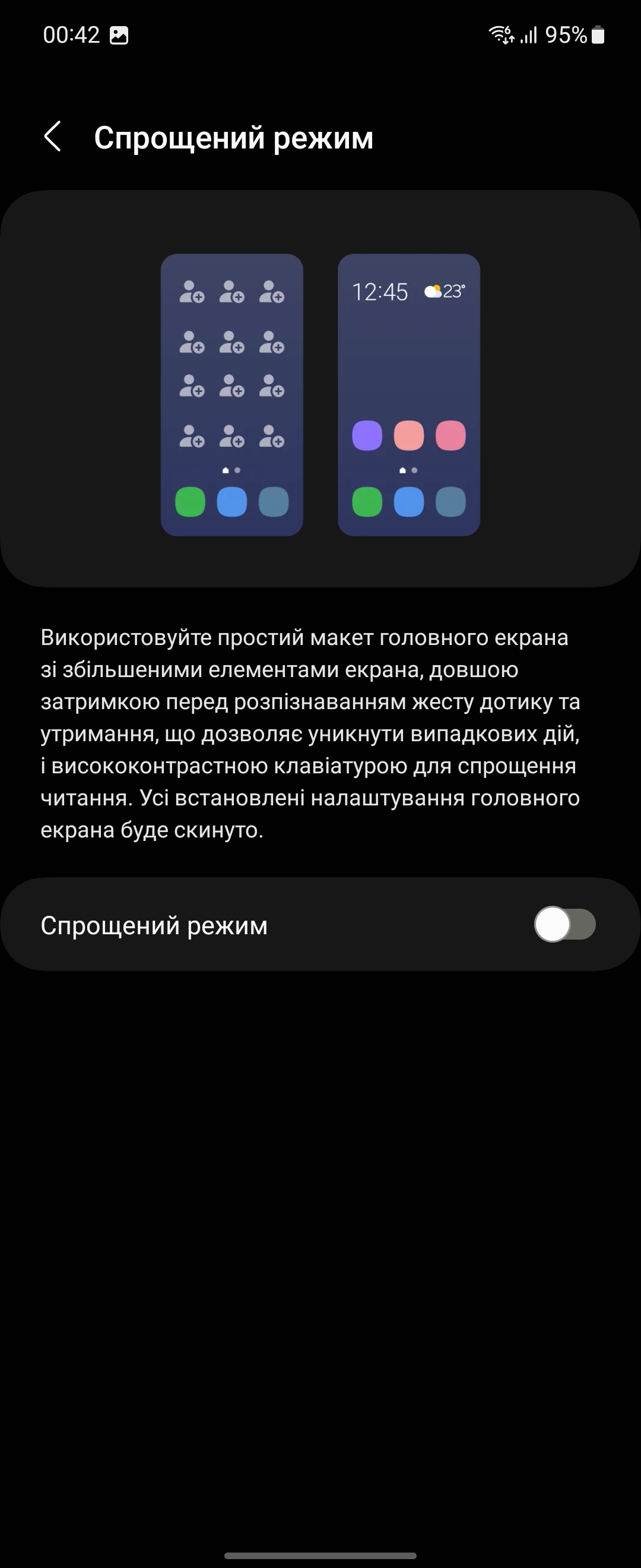
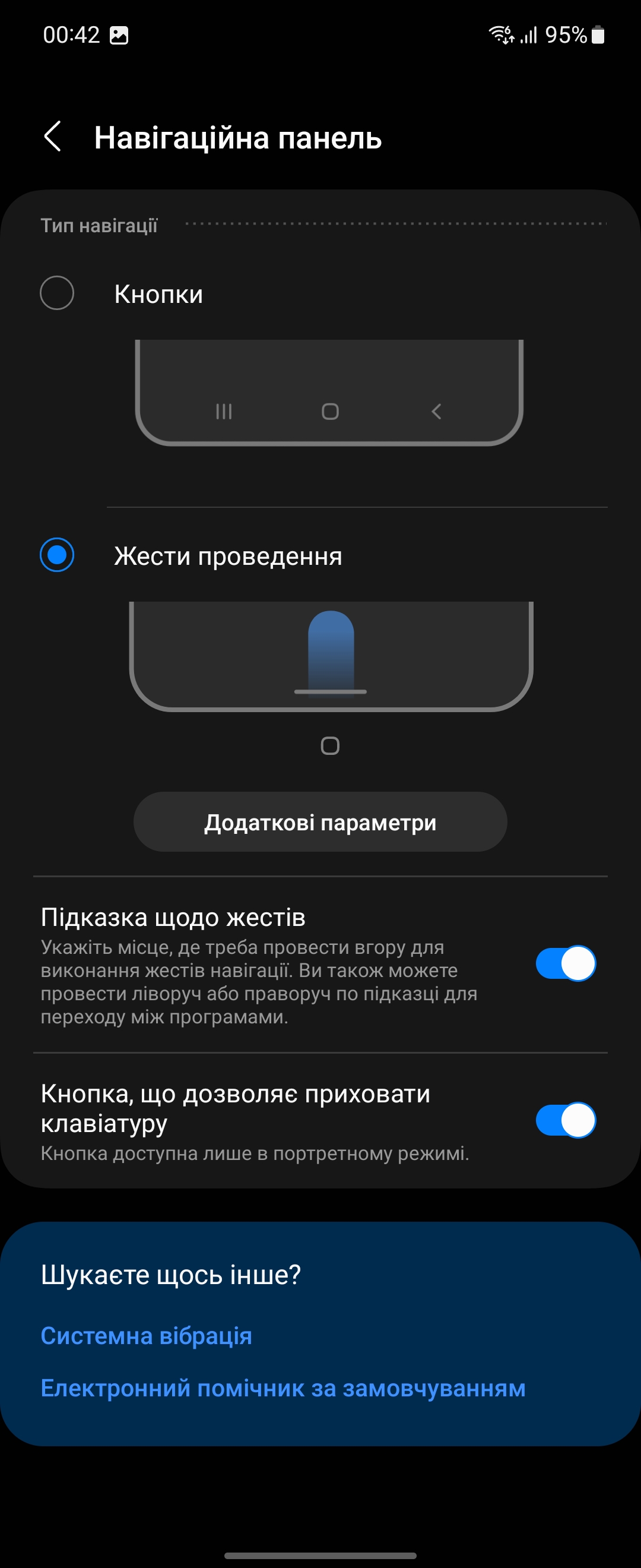

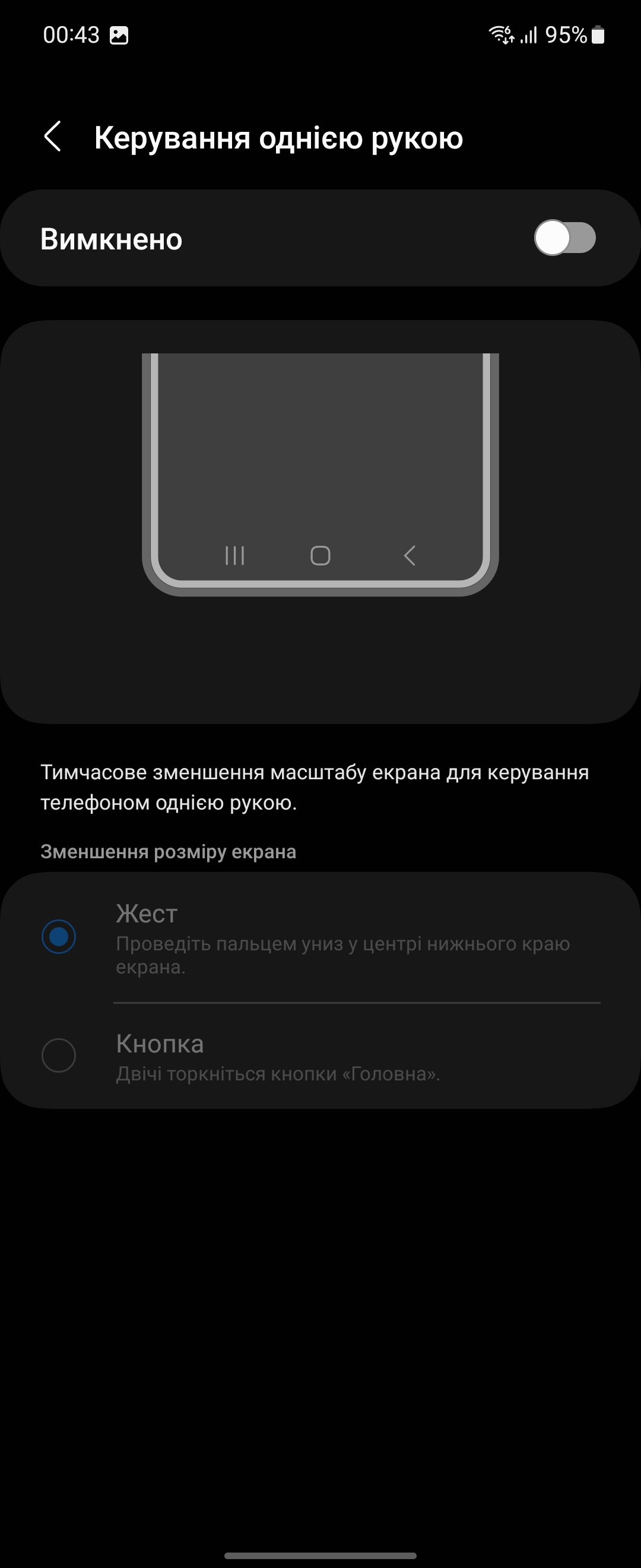

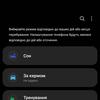

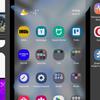
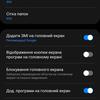

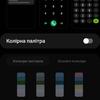

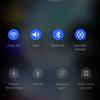



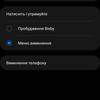
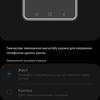
The functional application manager remained in place. With the ability to minimize to a shortcut, adjust transparency, switch to dual-window mode.
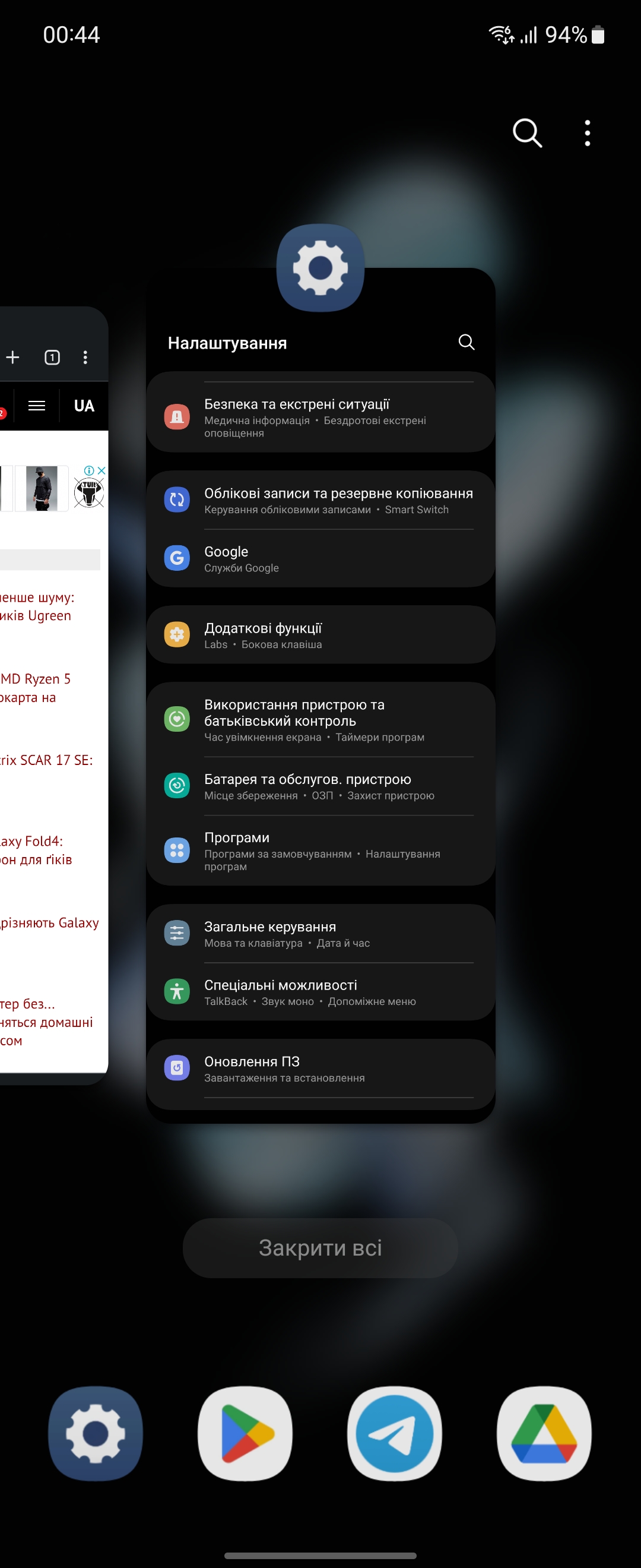
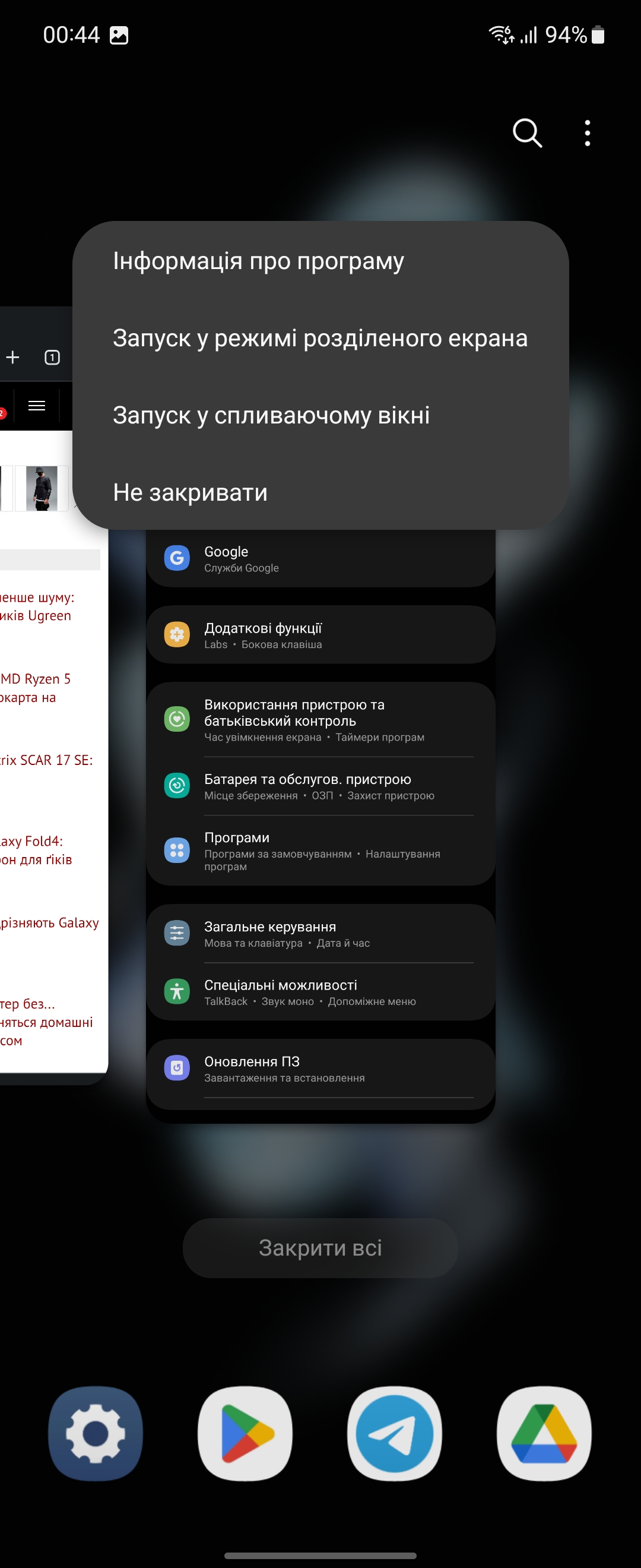
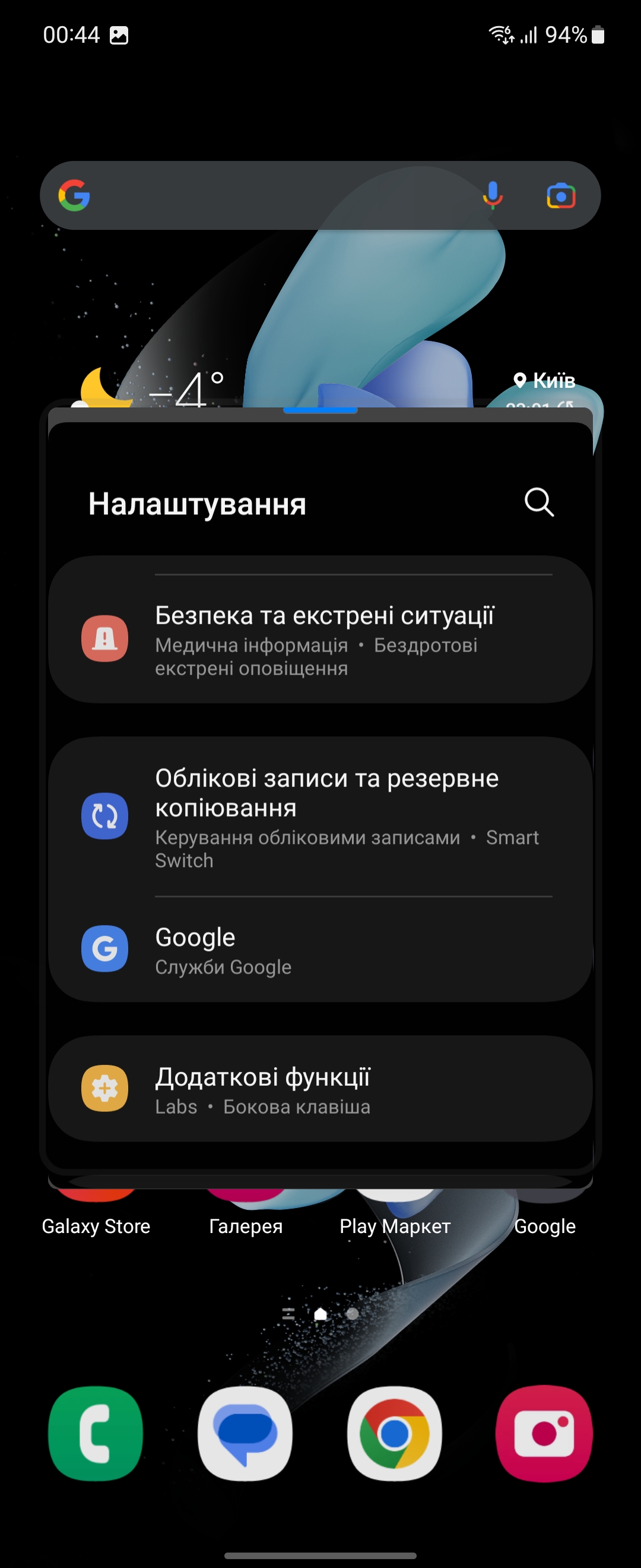
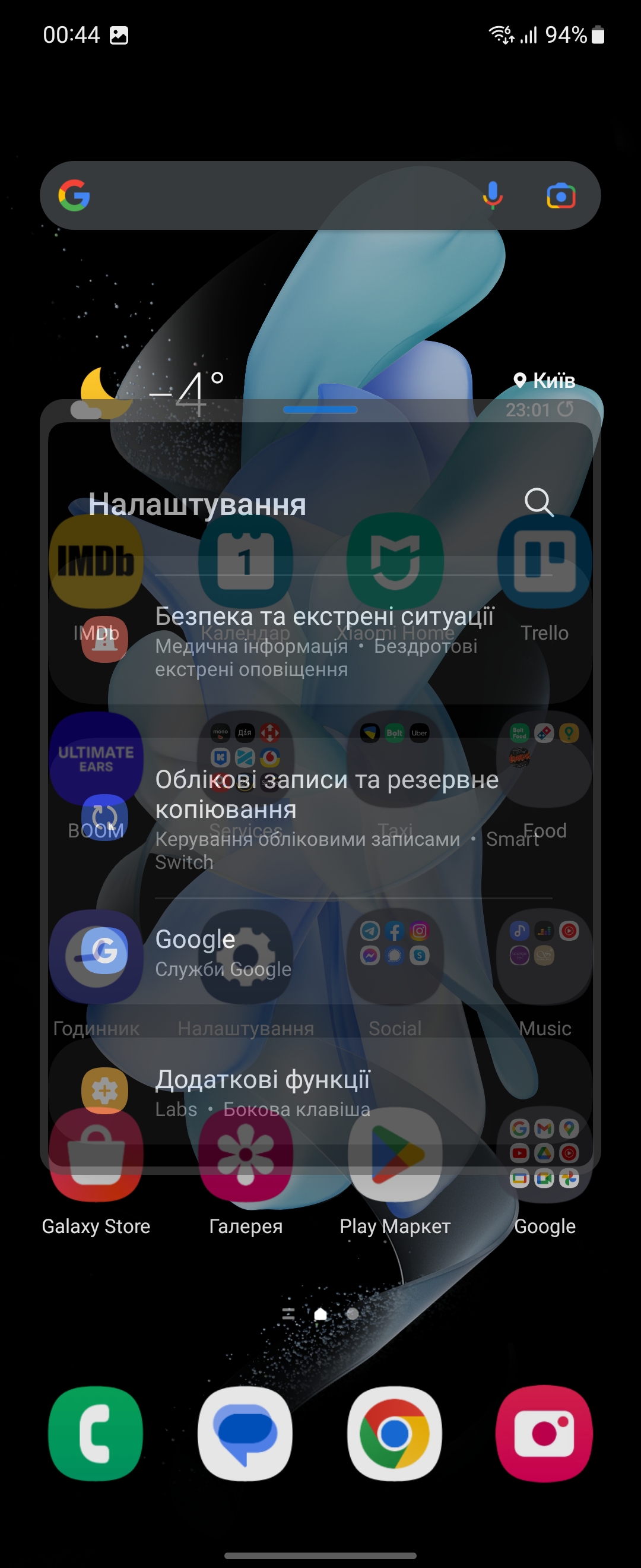
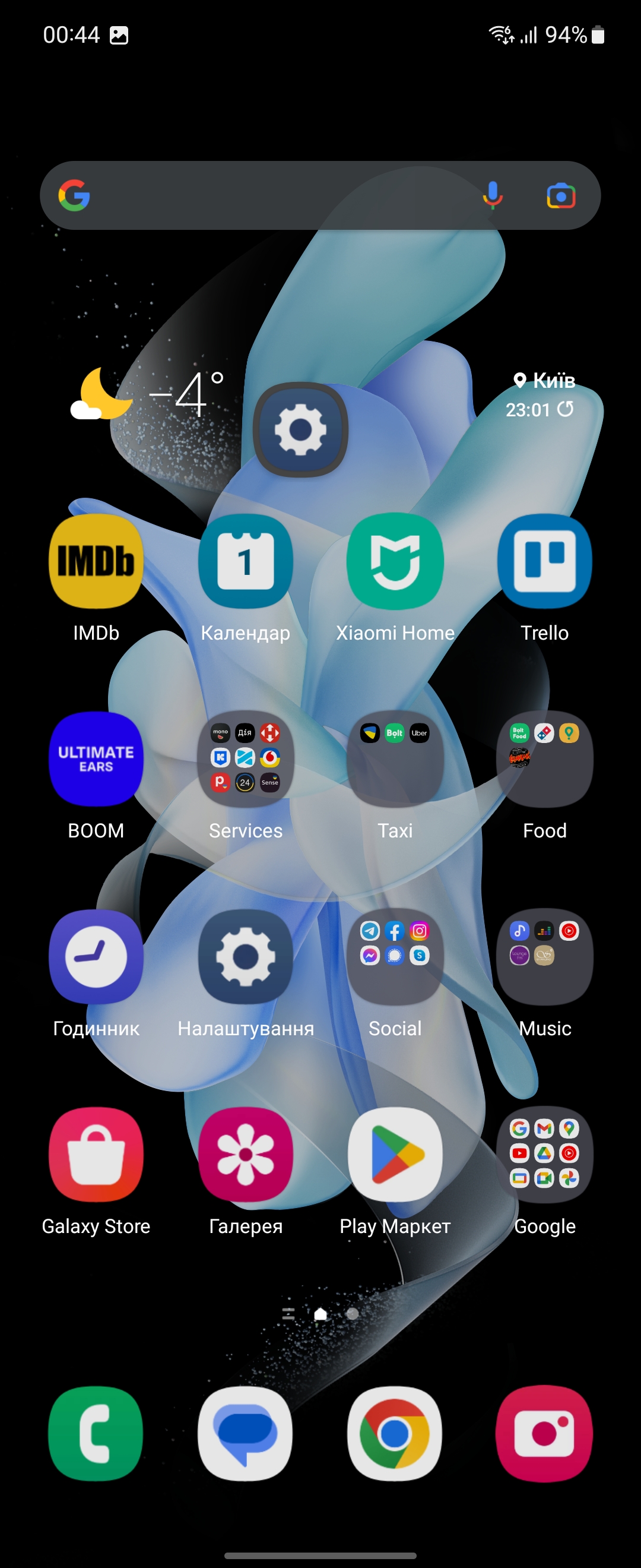
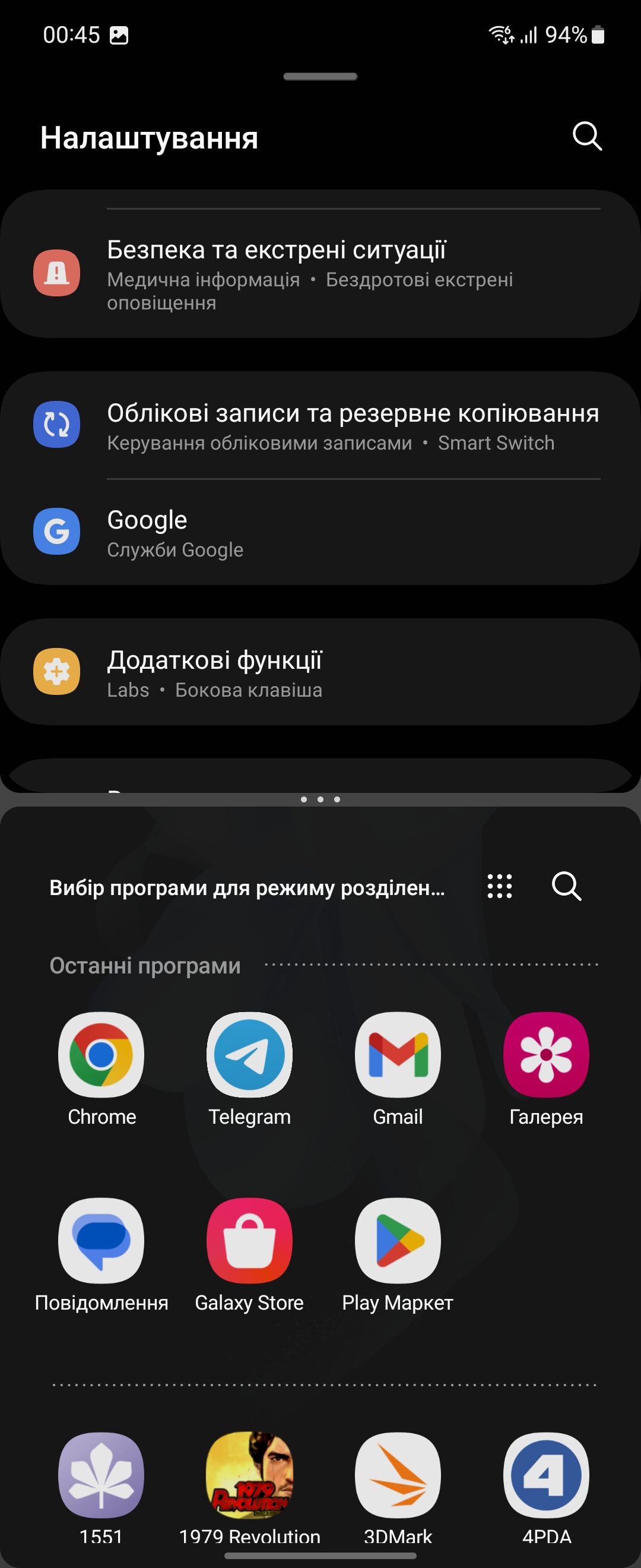
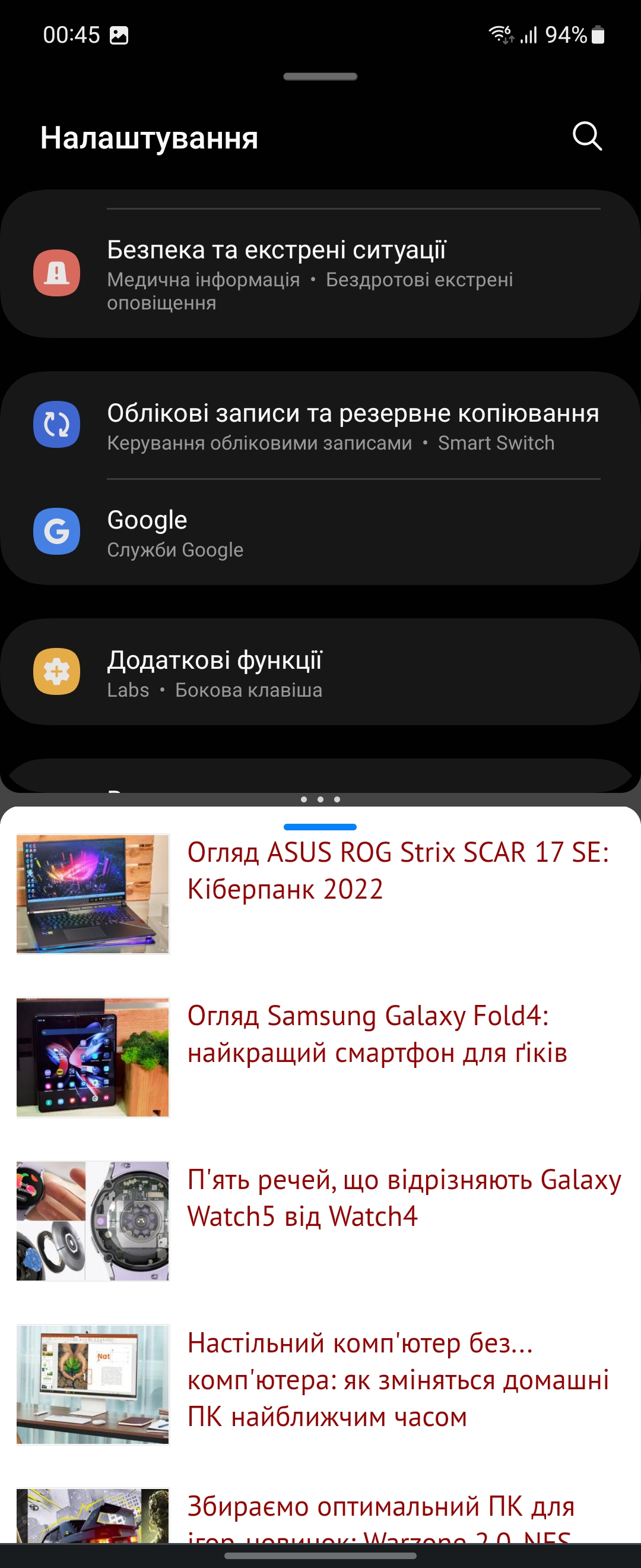



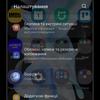
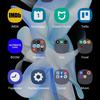
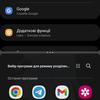

Edge sidebars are also very familiar:
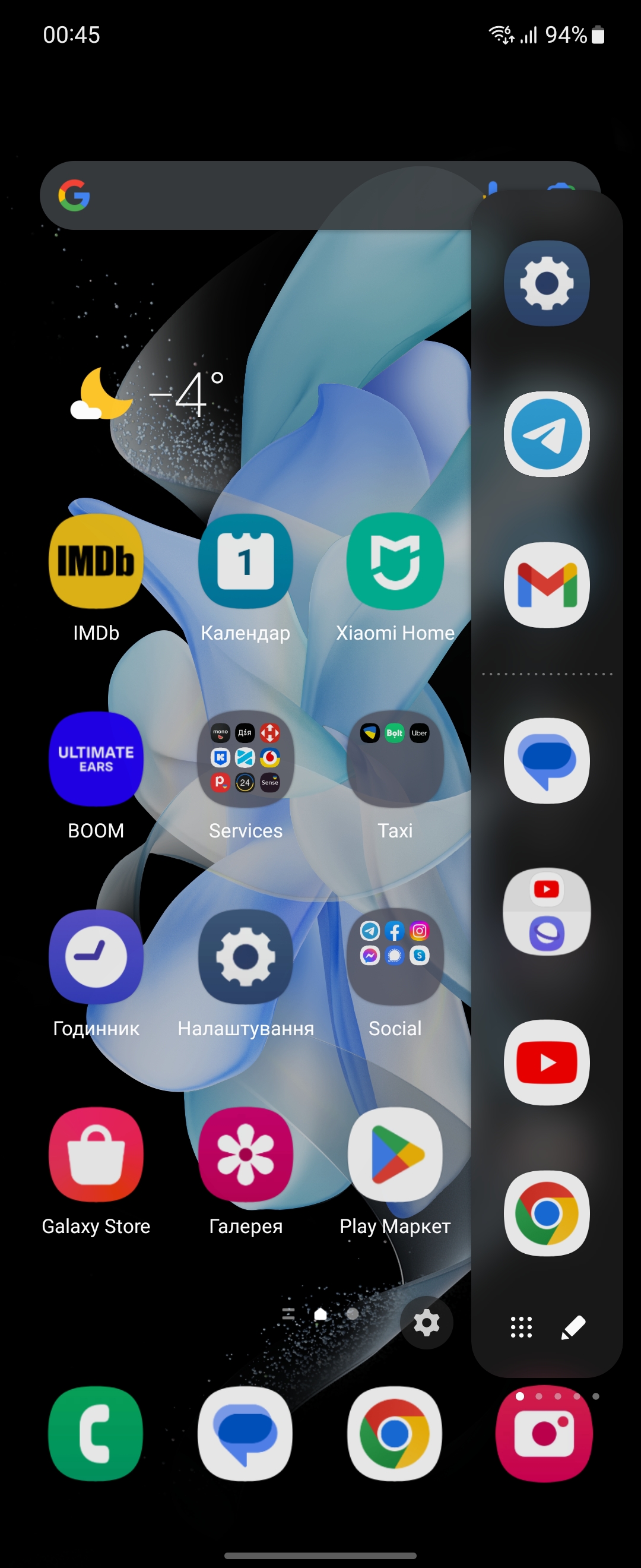
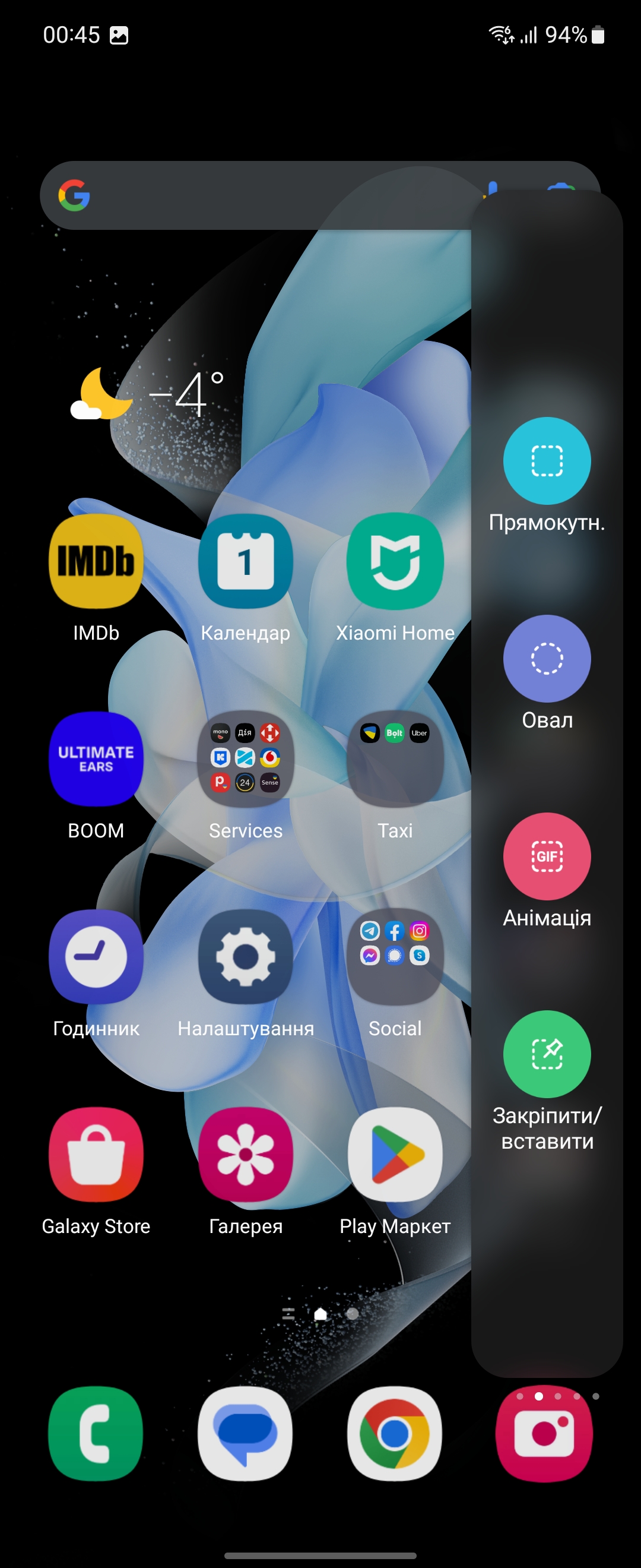

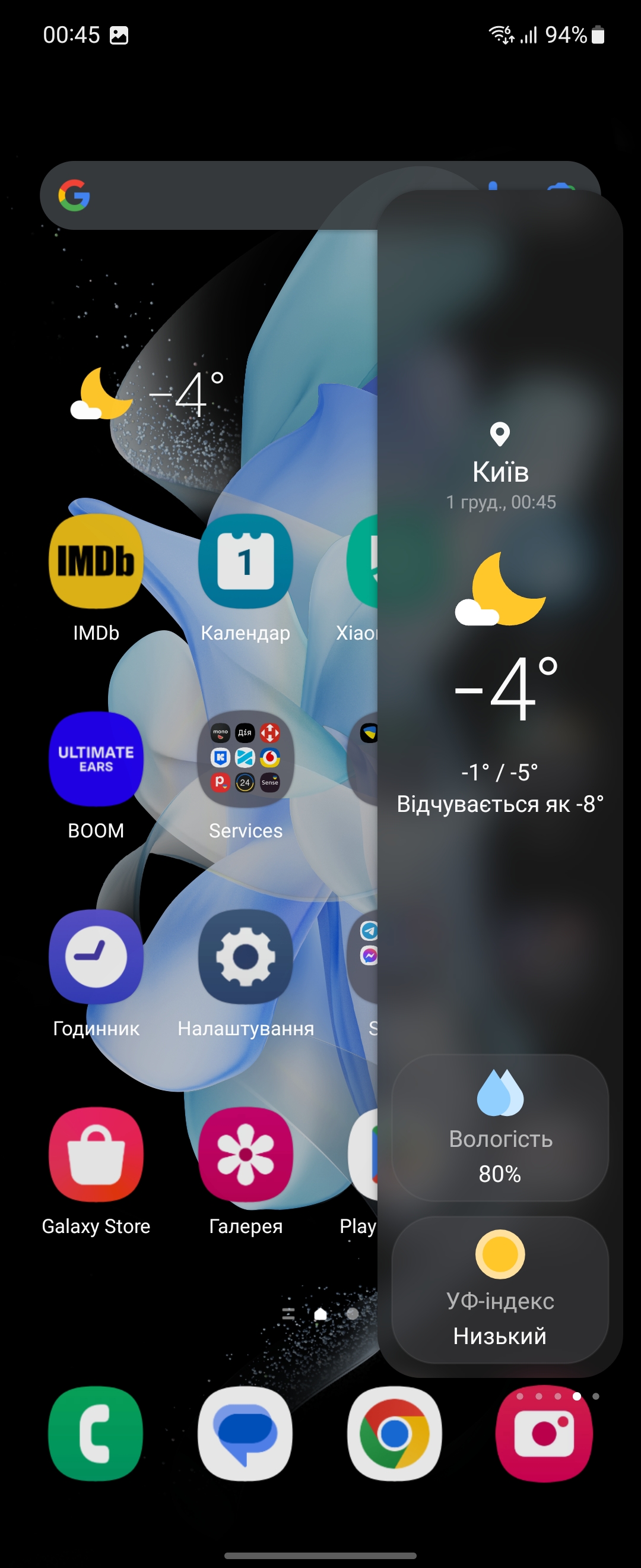
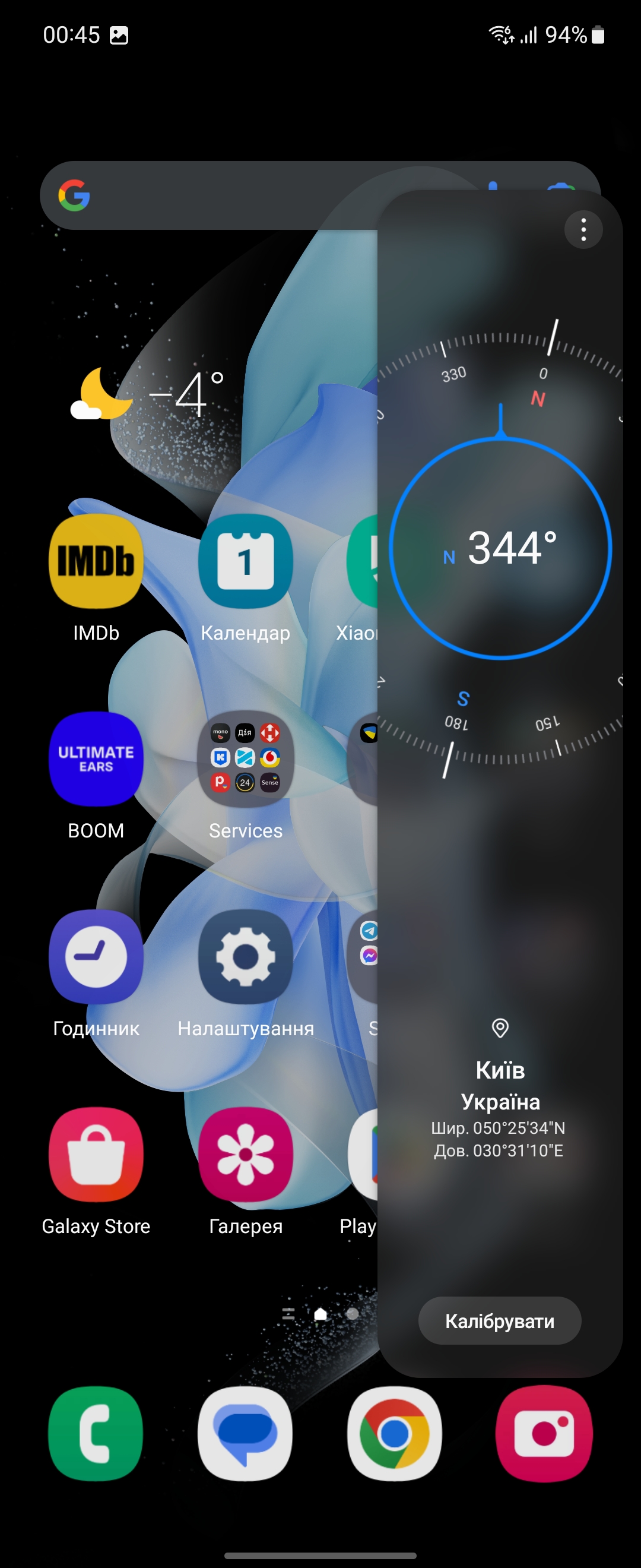
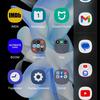
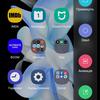

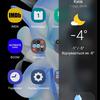
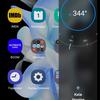
And a set of branded useful applications:

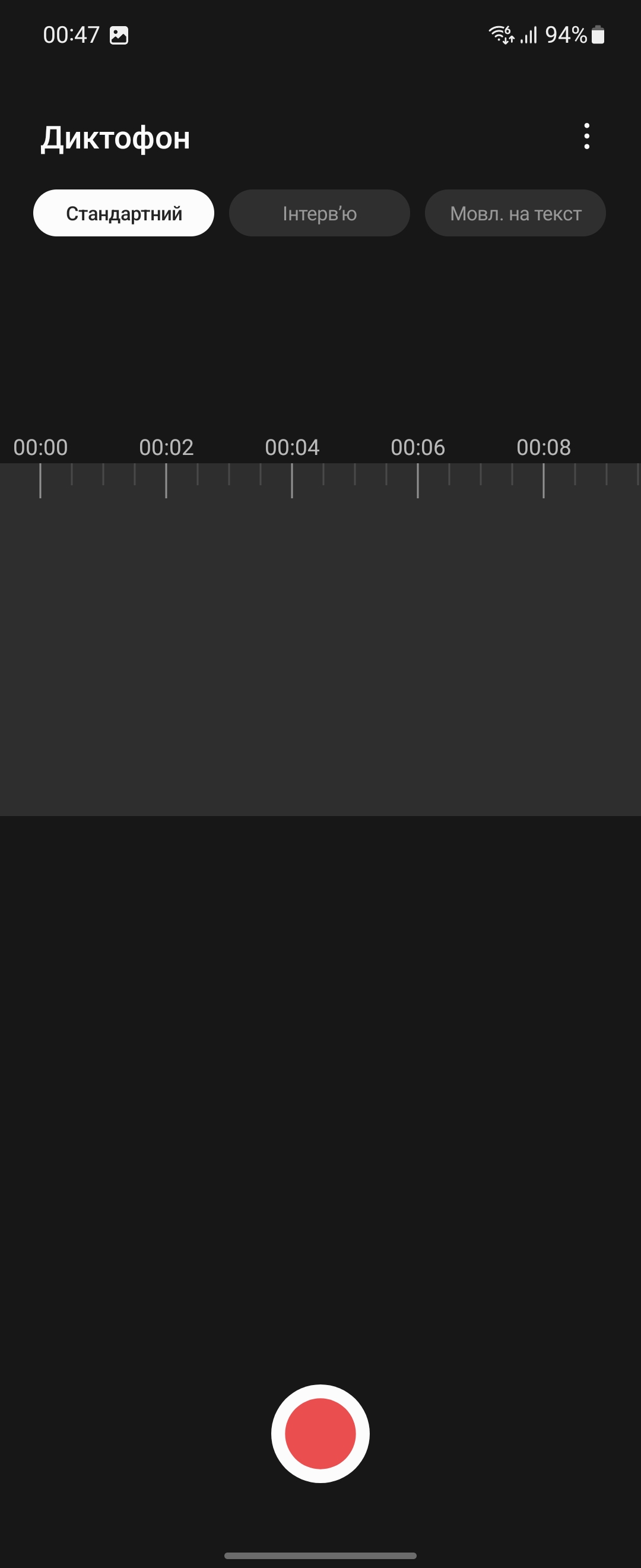
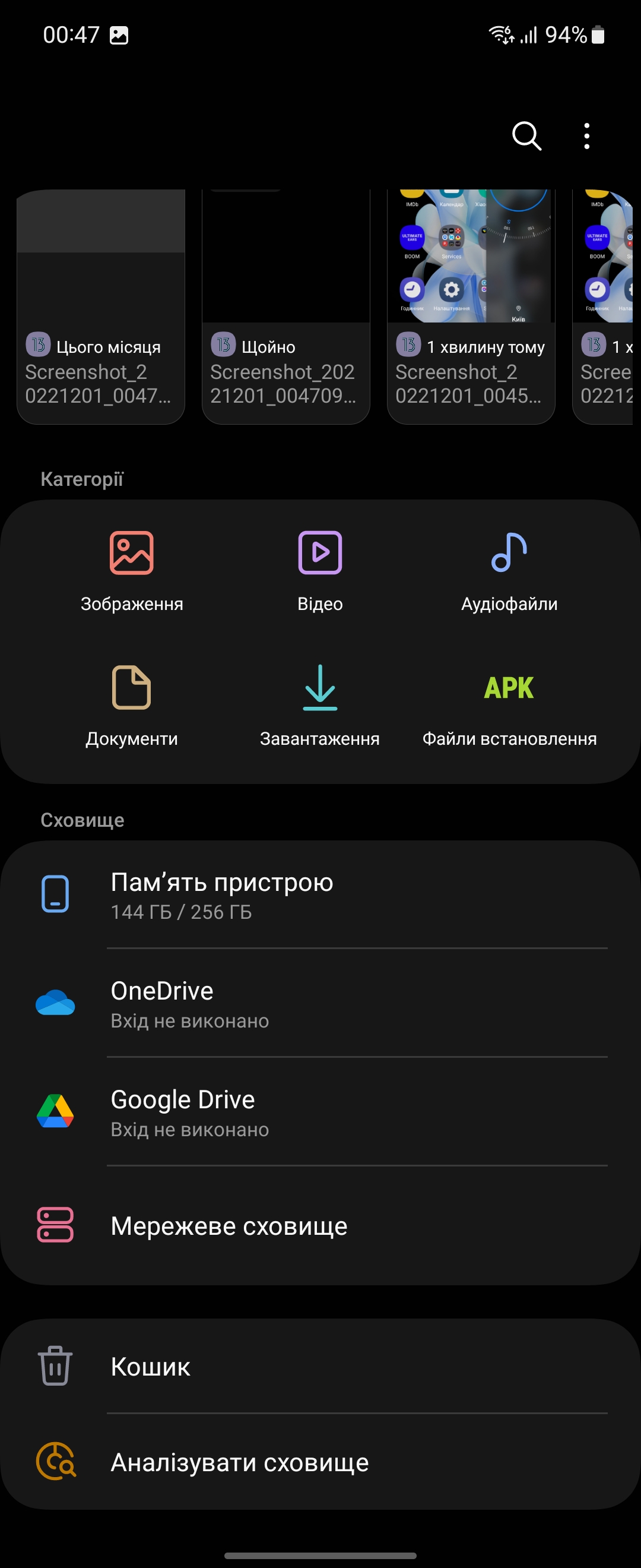
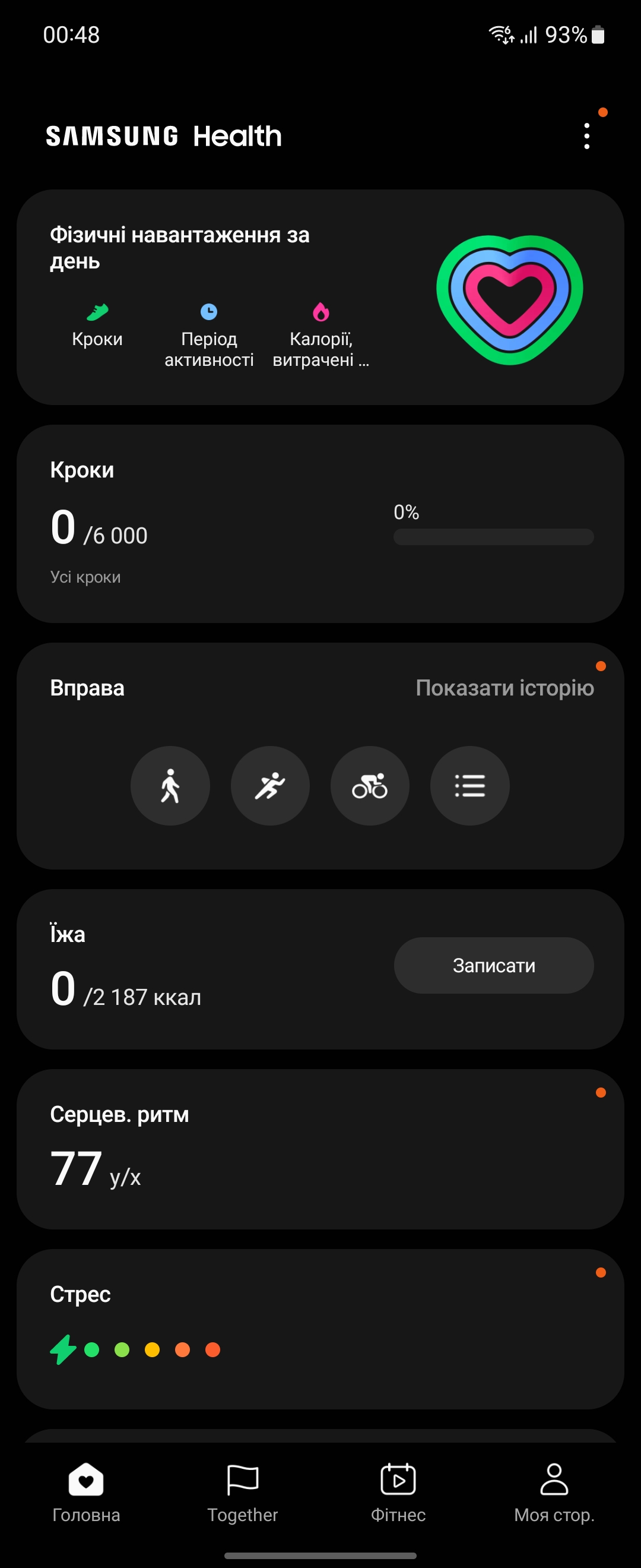
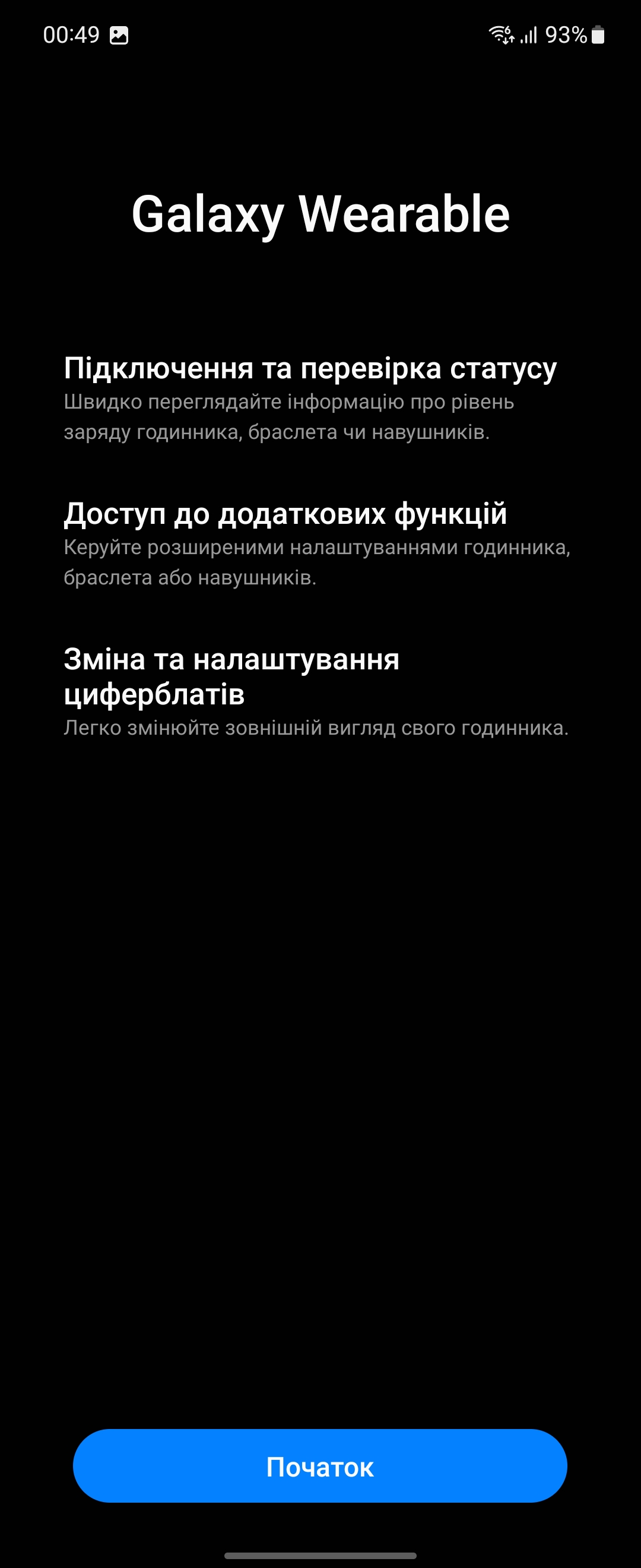
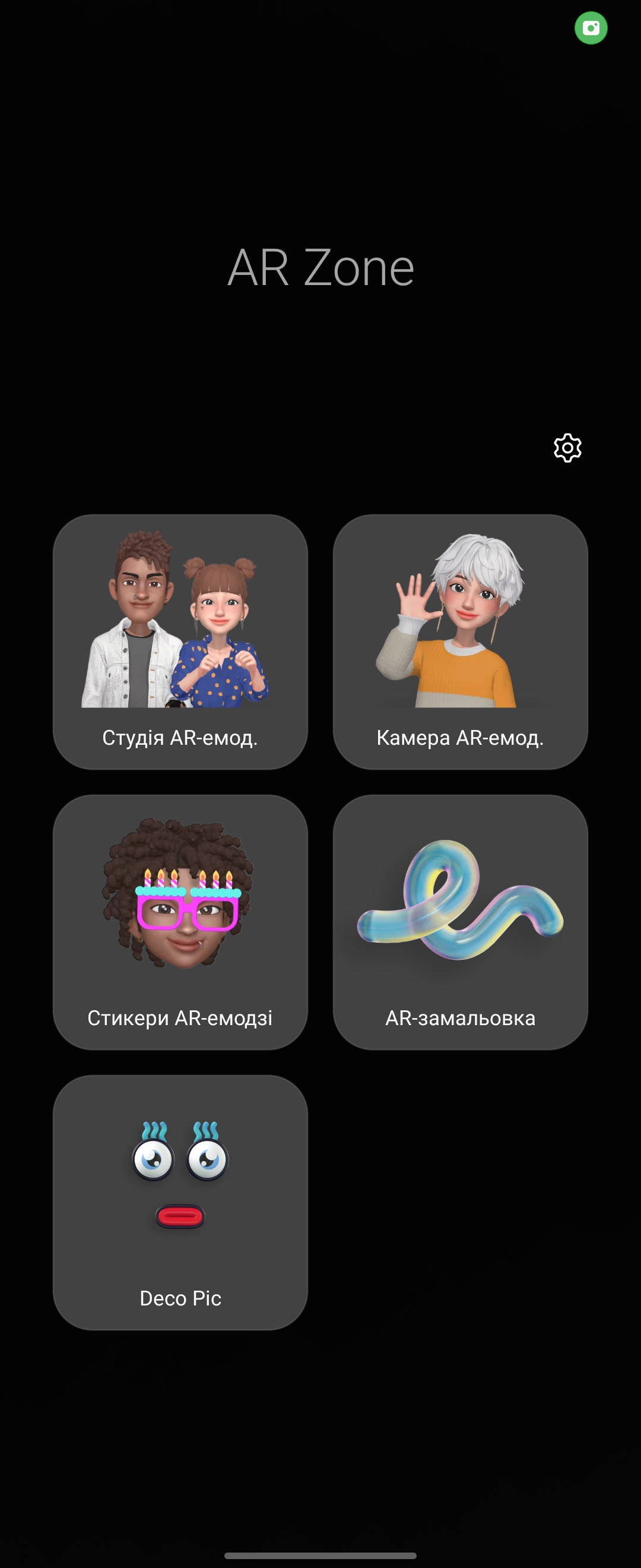


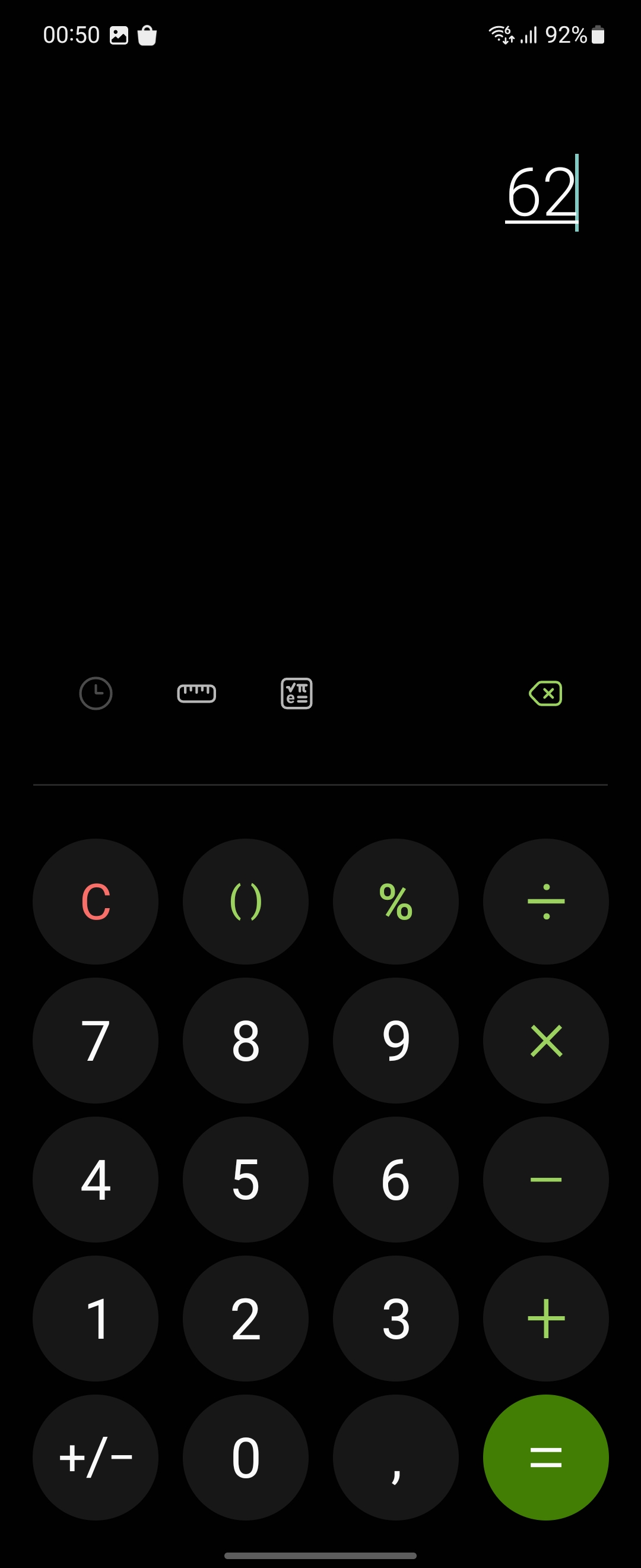



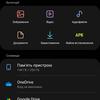
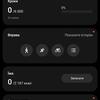


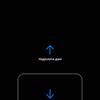



How good are the cameras?
The number of cameras has not changed: dual main and front cameras. But the main camera has been improved. It has the same 12 megapixel resolution and f/1.8 aperture. The equivalent focal length is now 24 mm instead of 27 mm. And the sensor size has increased to 1/1.76" from 1/2.55". The pixel size is 1.8µm versus 1.4µm. This allows the camera to capture more light, which improves the quality of images, especially in low light. There is Dual Pixel PDAF phase detection autofocus and optical image stabilization. The ultra-wide-angle camera remains unchanged: 12 MP, f/2.2, 123°, as well as the front-facing one: 10 MP f/2.4.
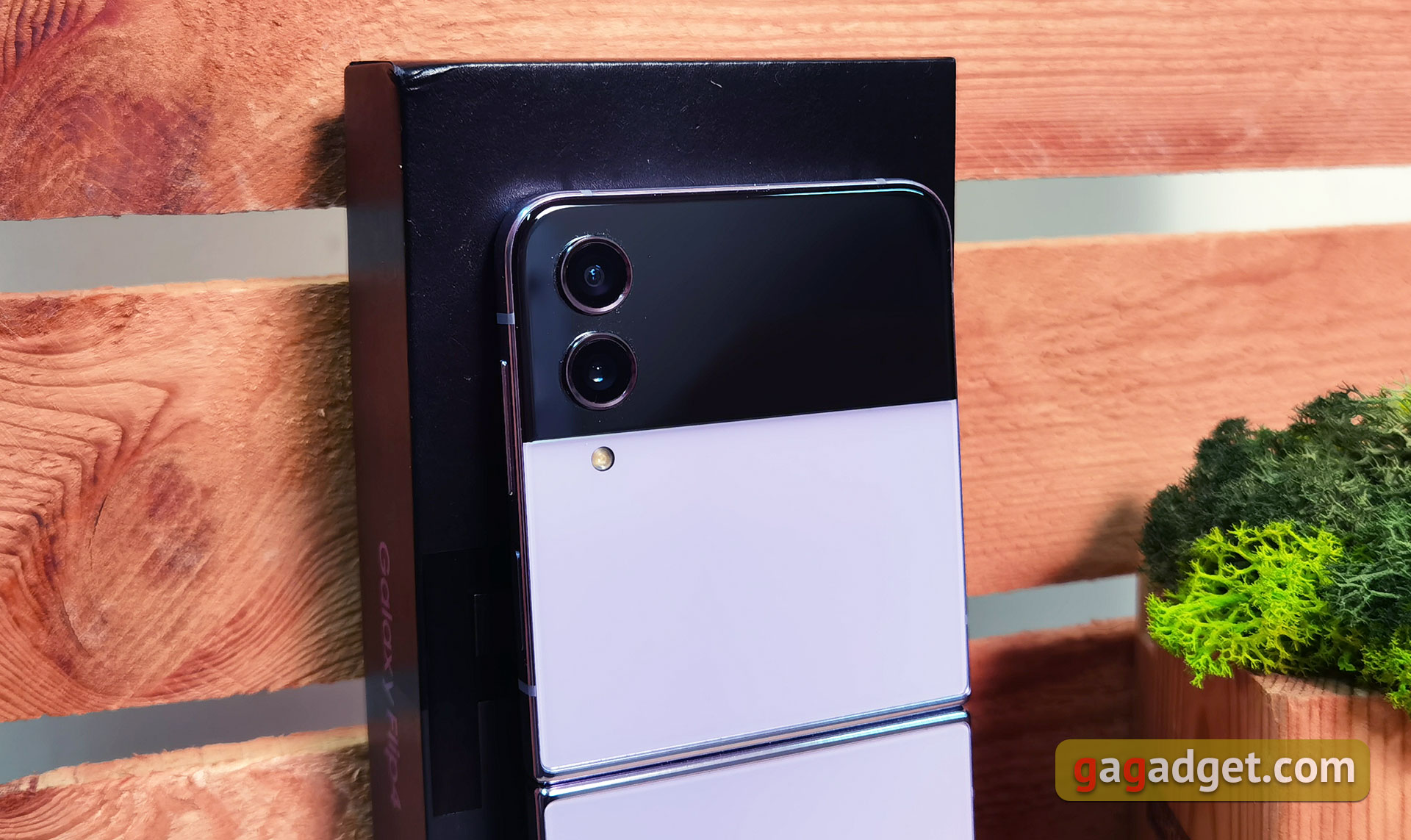
There are no significant changes in the application: all the most important settings (including flash, camera switching, aspect ratio, effects, timer, resolution and stabilization for video) are on the main screen. A button for taking a selfie with the main camera when the smartphone is folded was added to them. By default, the main carousel contains only the basic modes. Additional modes are in the More menu item and you can drag them to the main carousel.
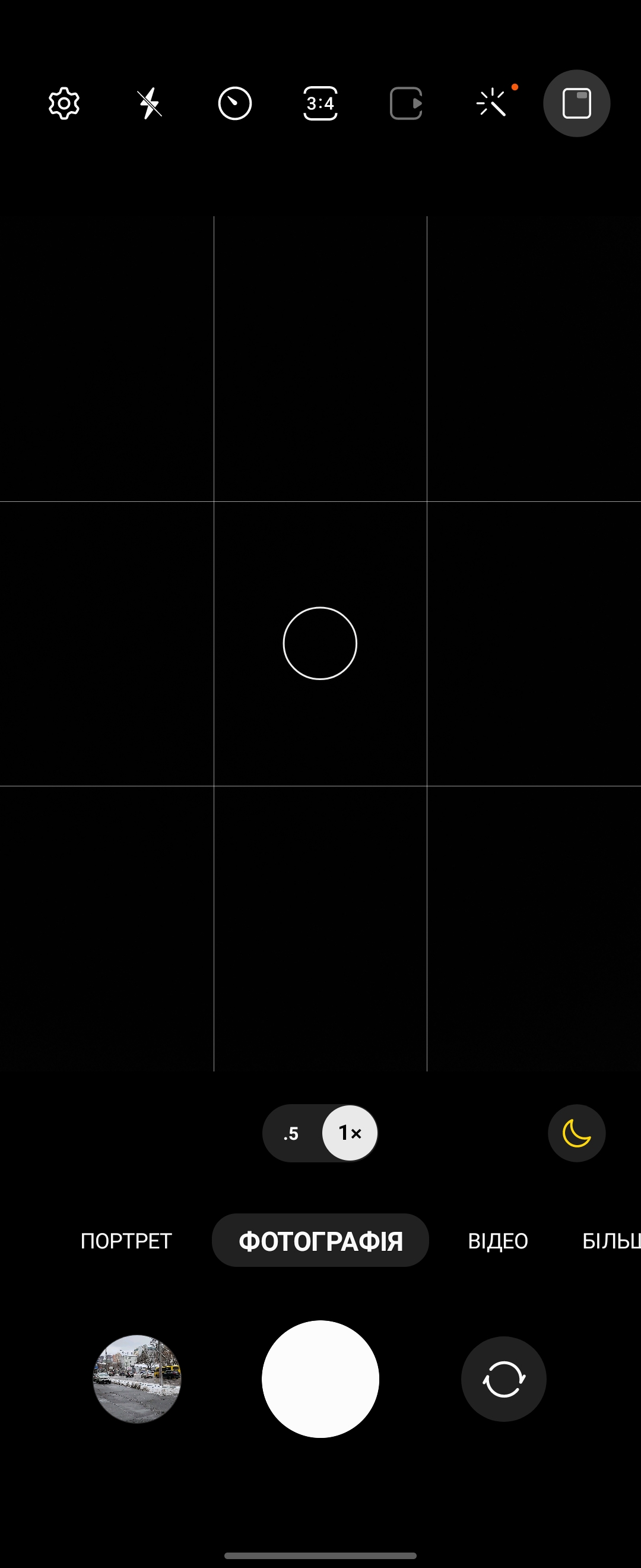

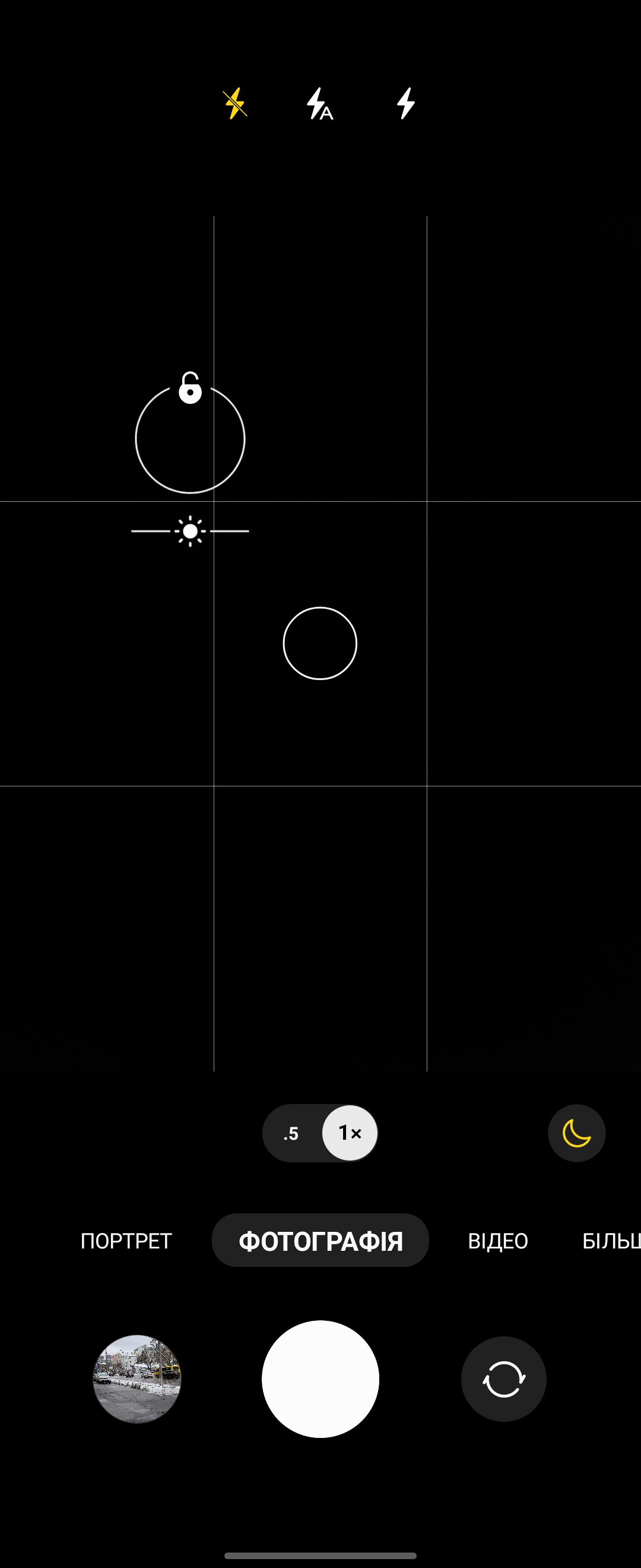
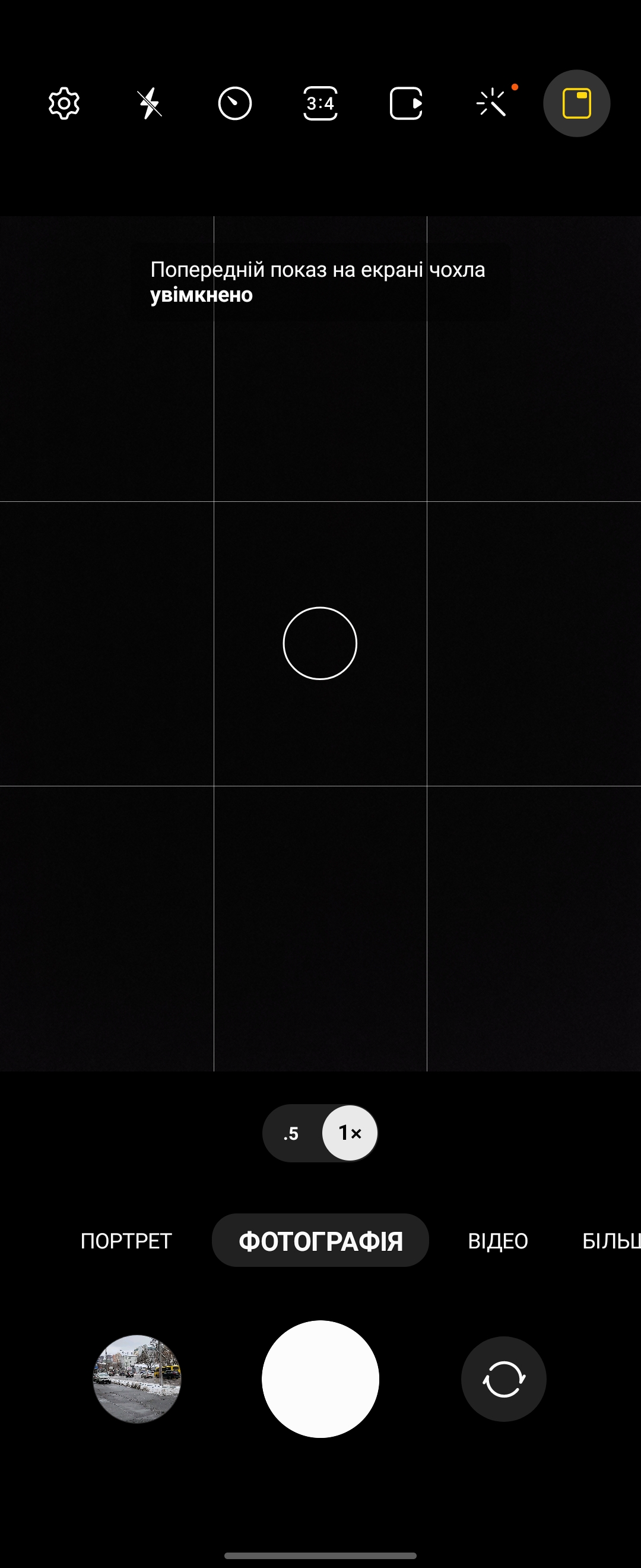
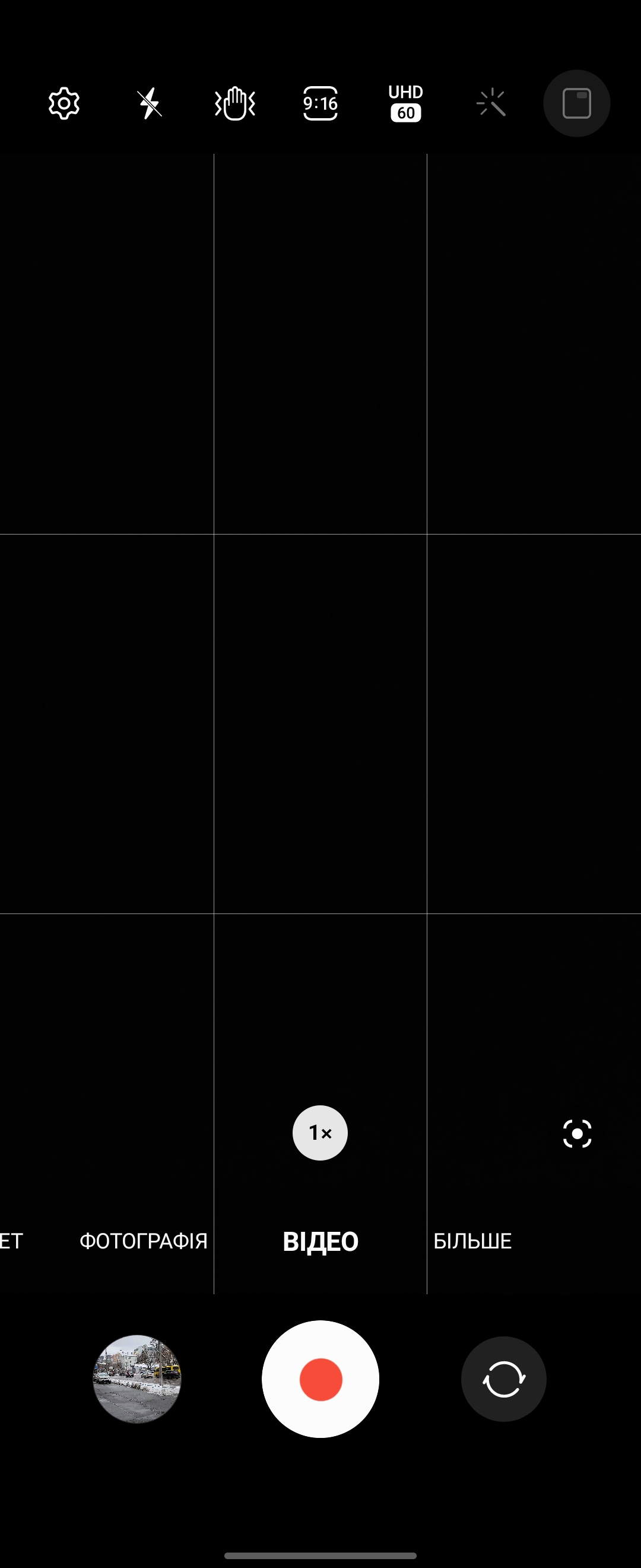

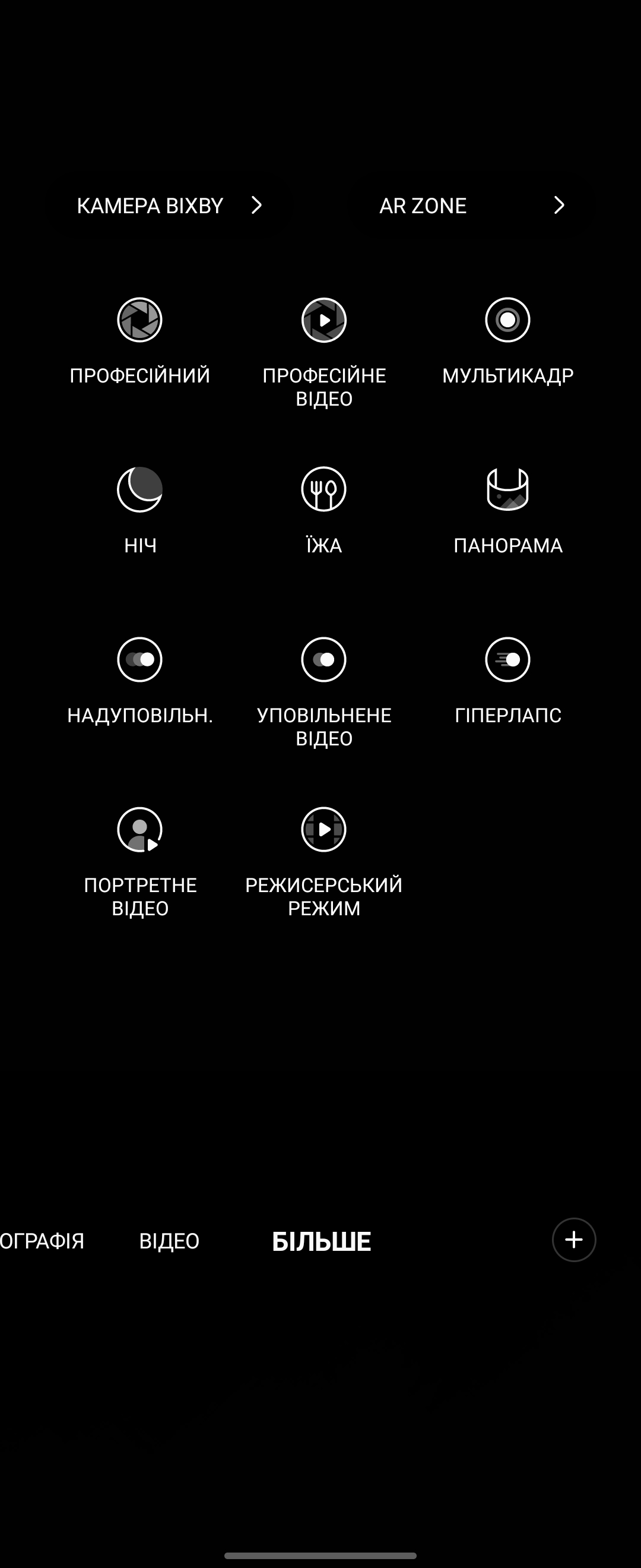

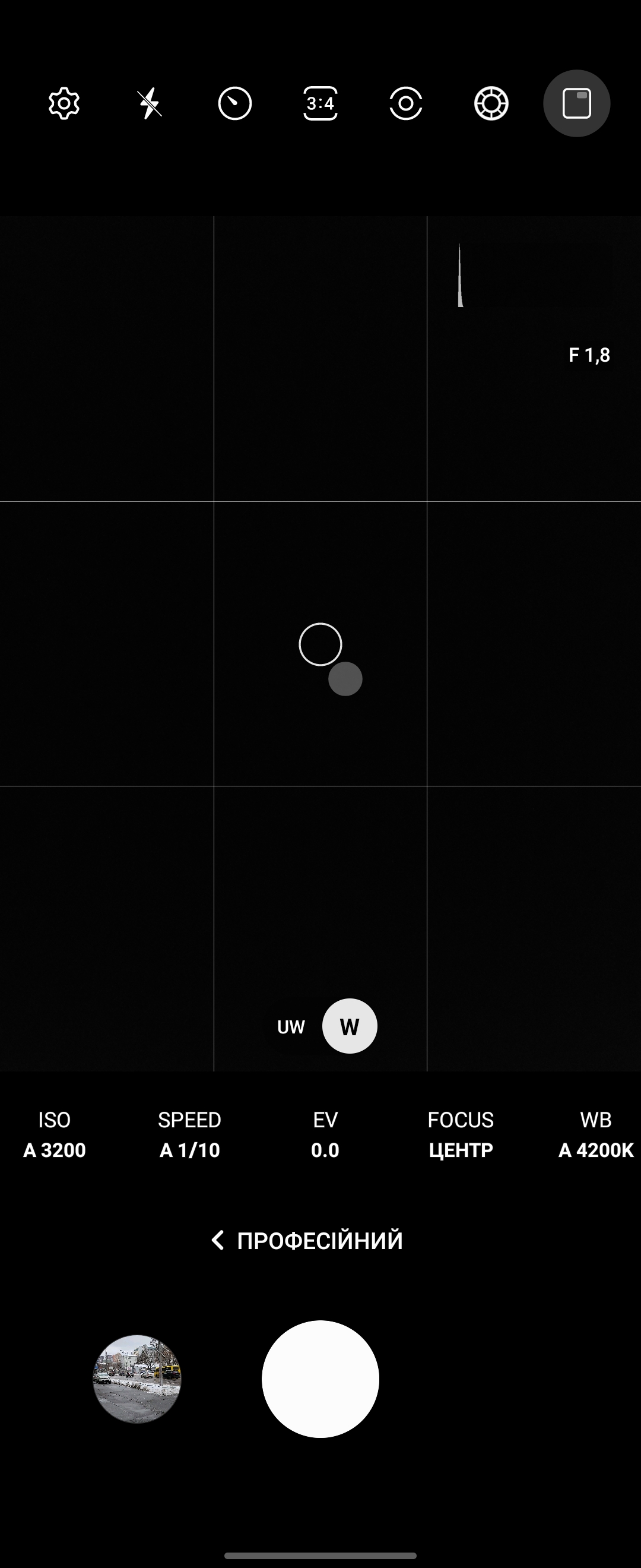
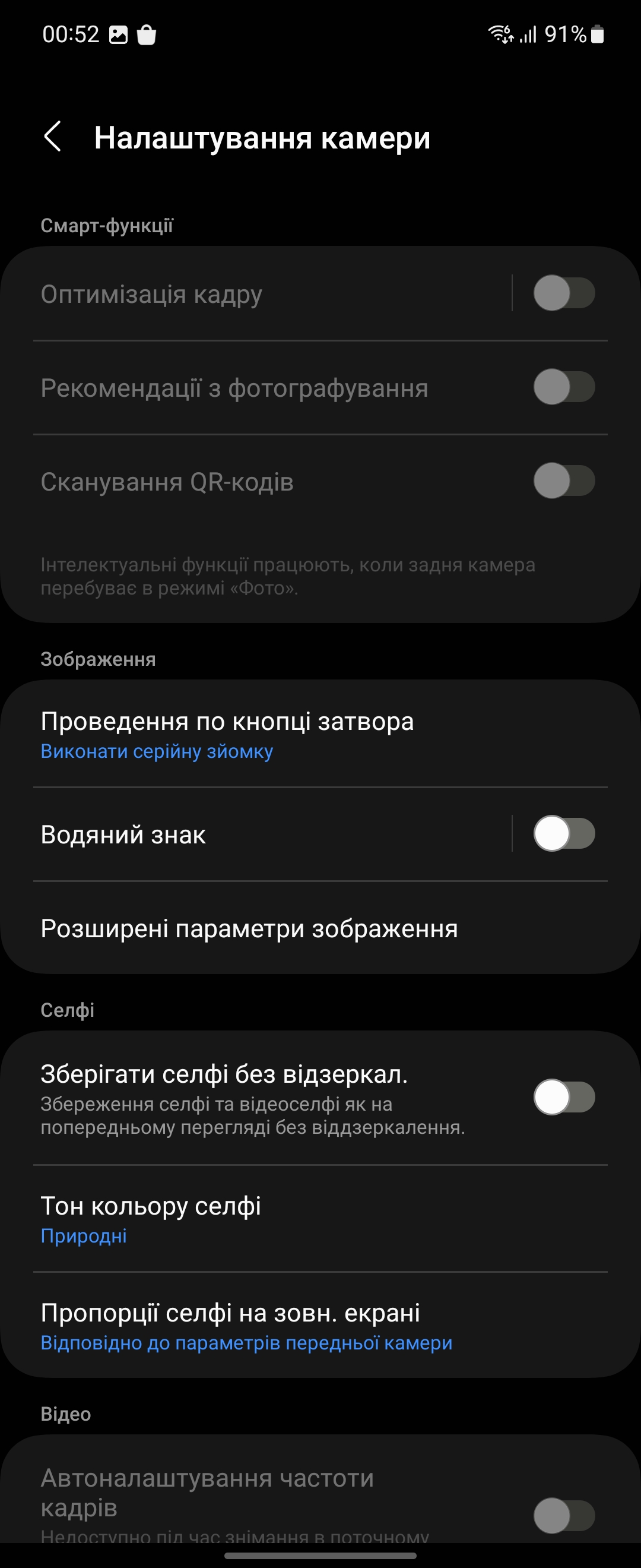
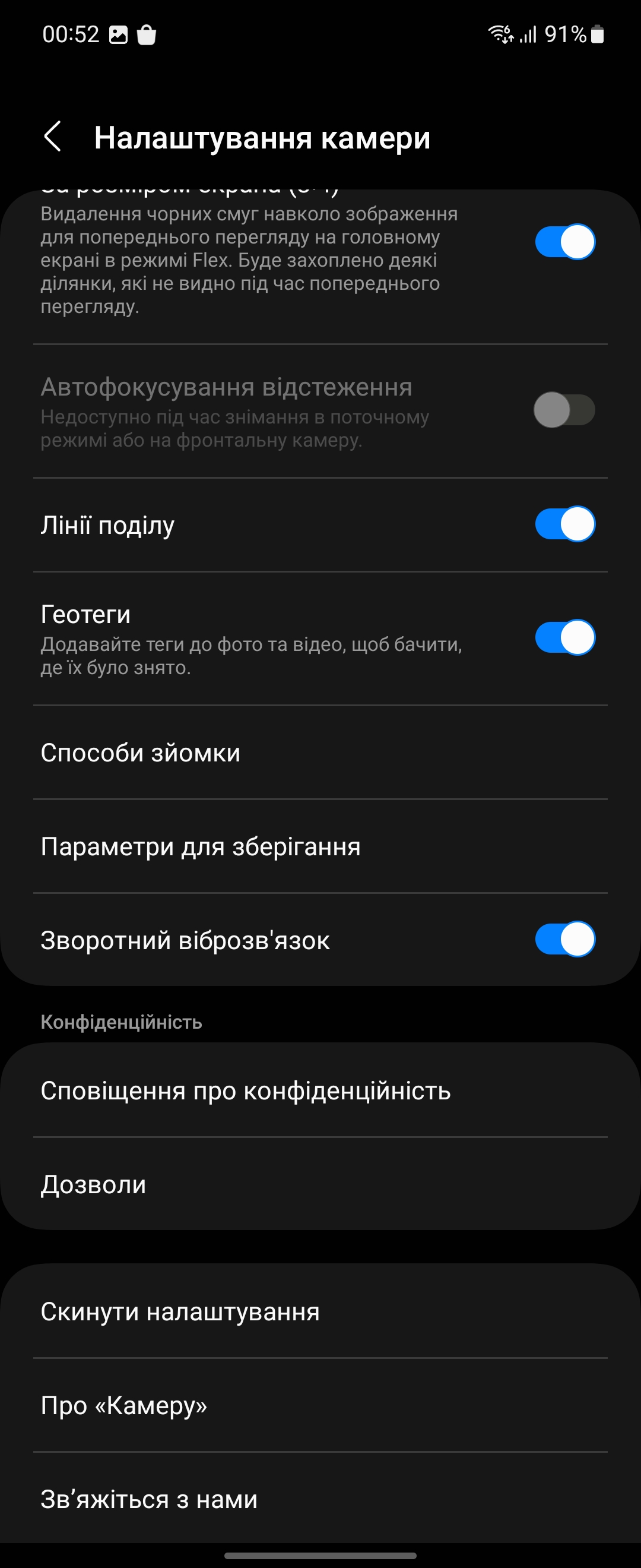






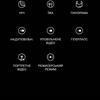




The main camera really shoots very well in almost any conditions, including night shooting.
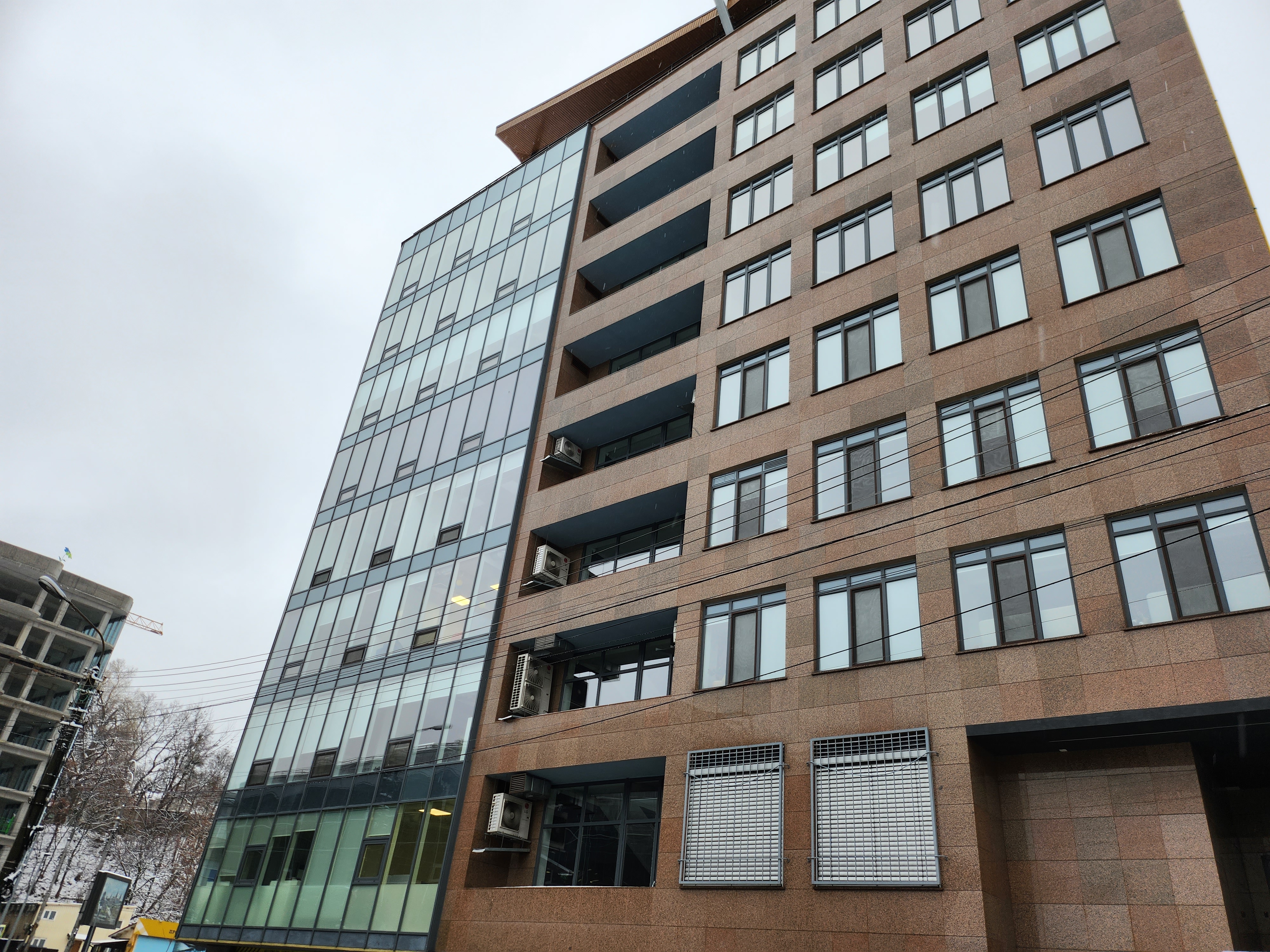
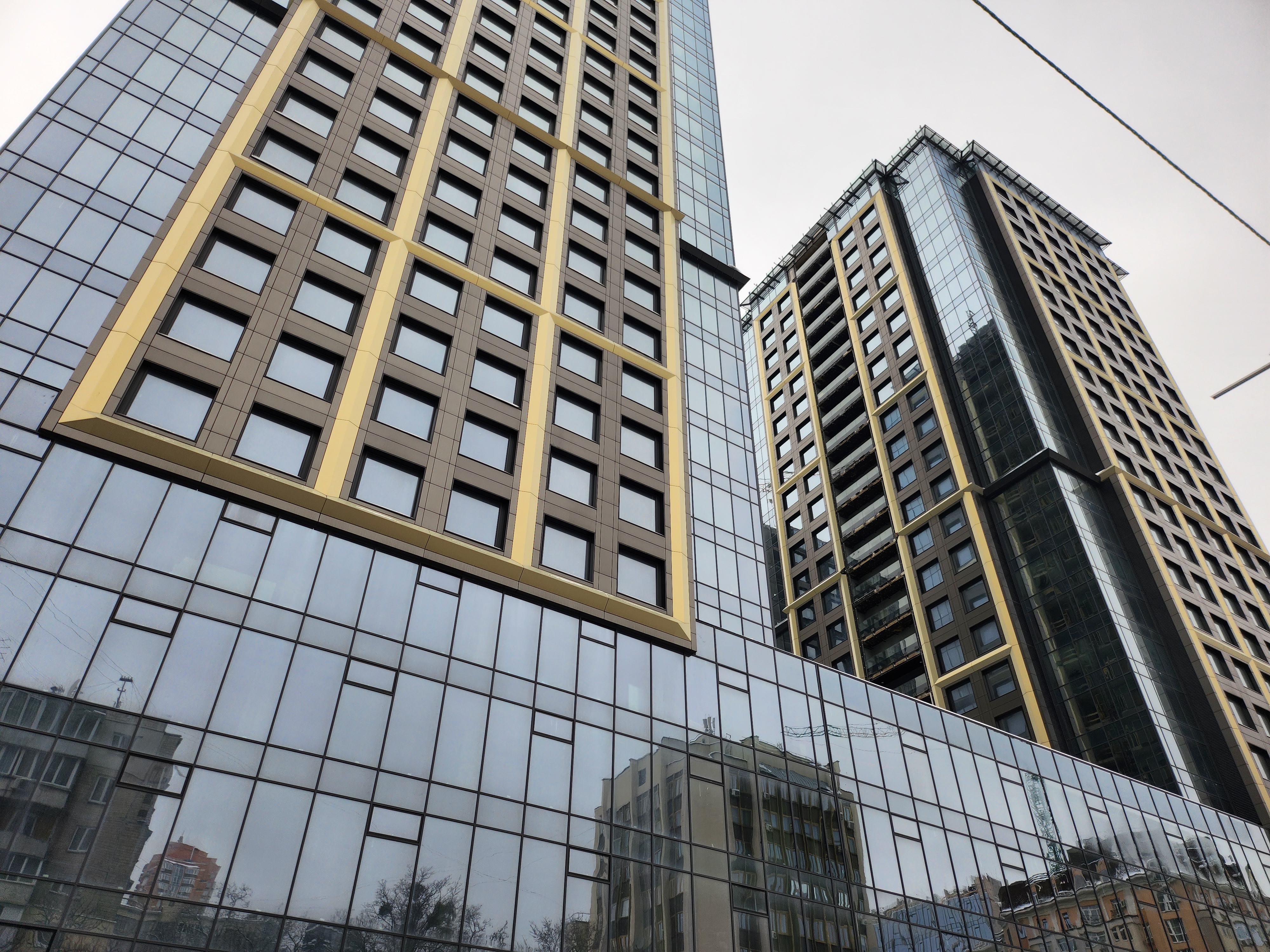


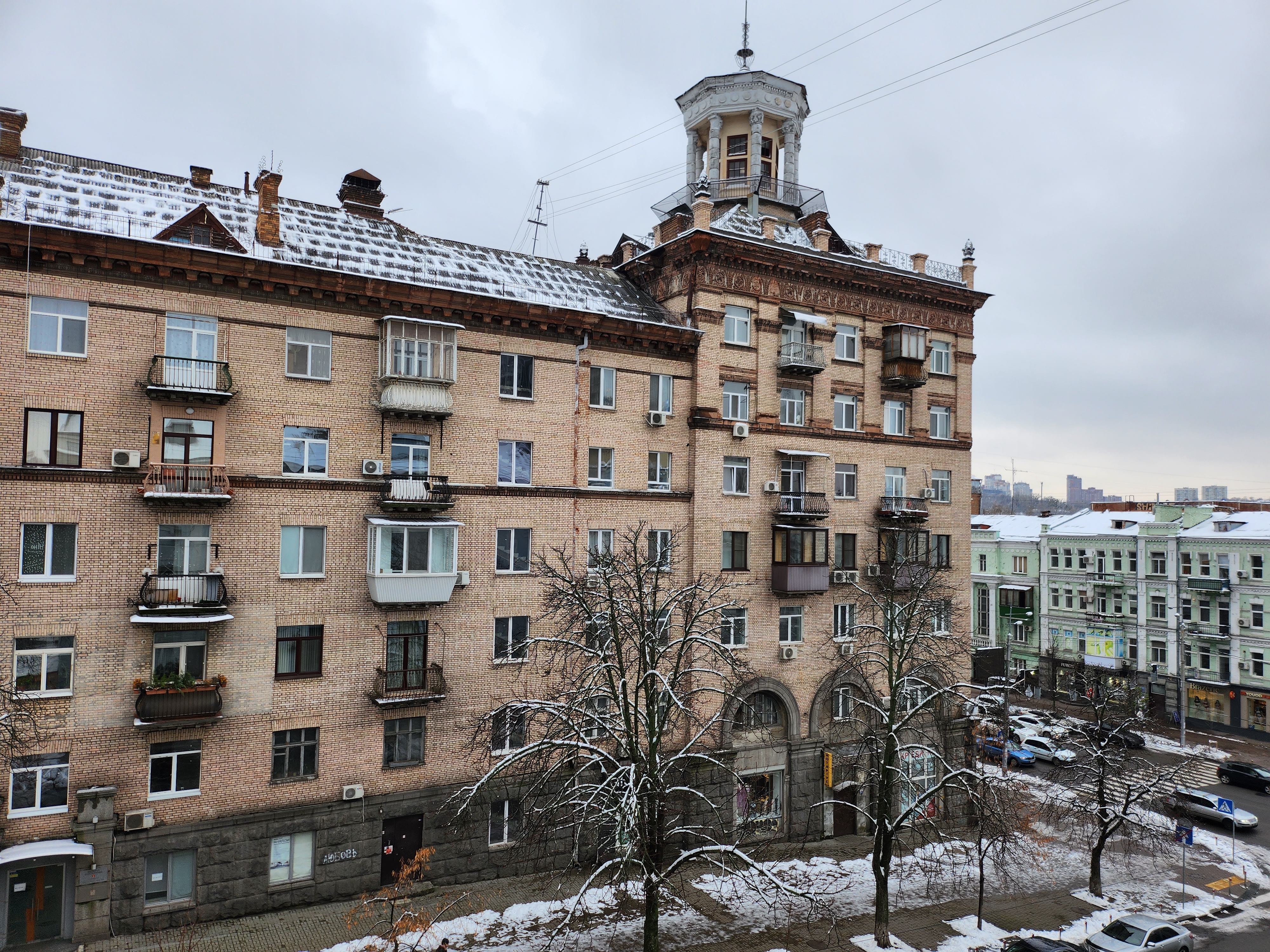


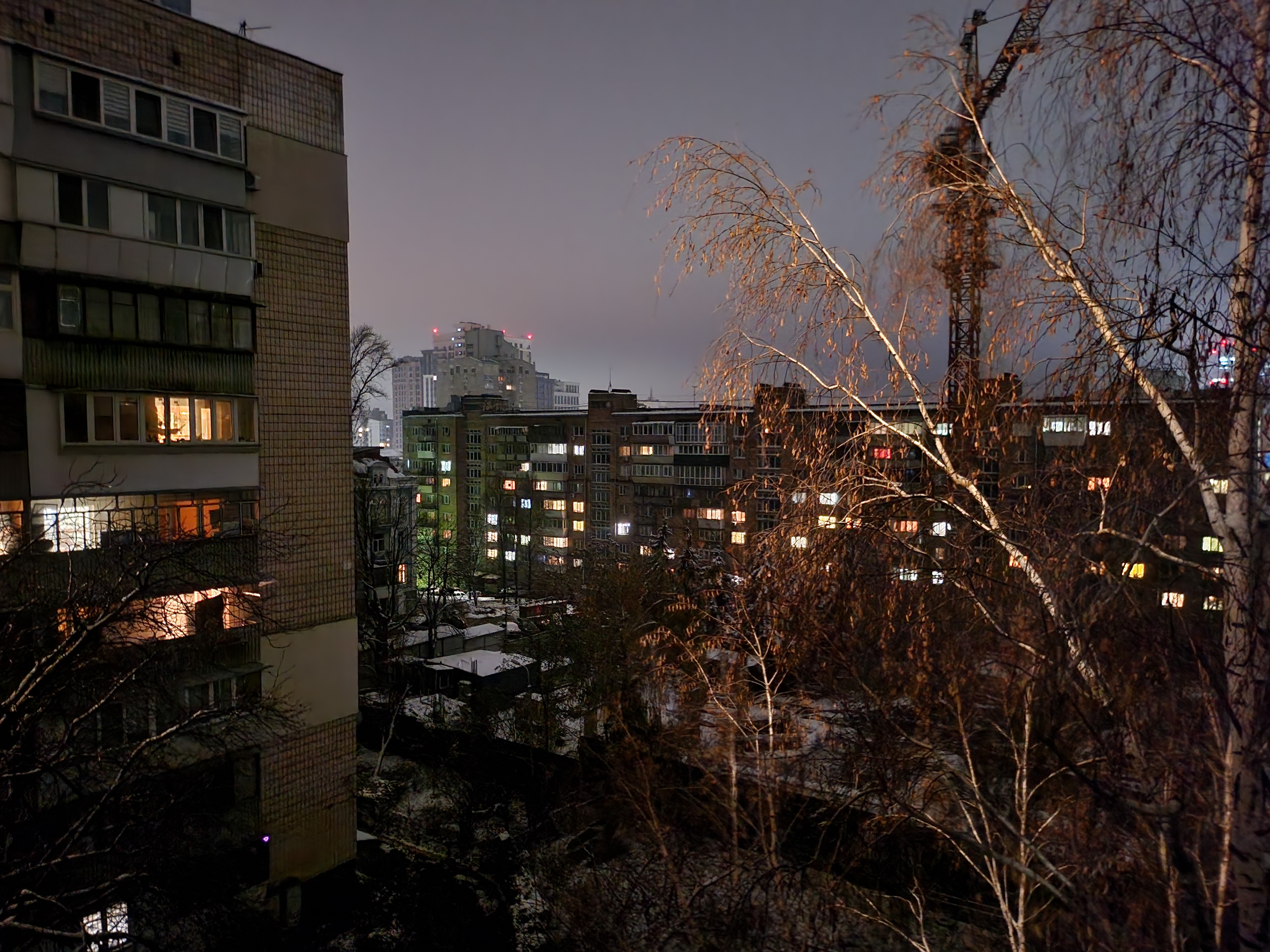

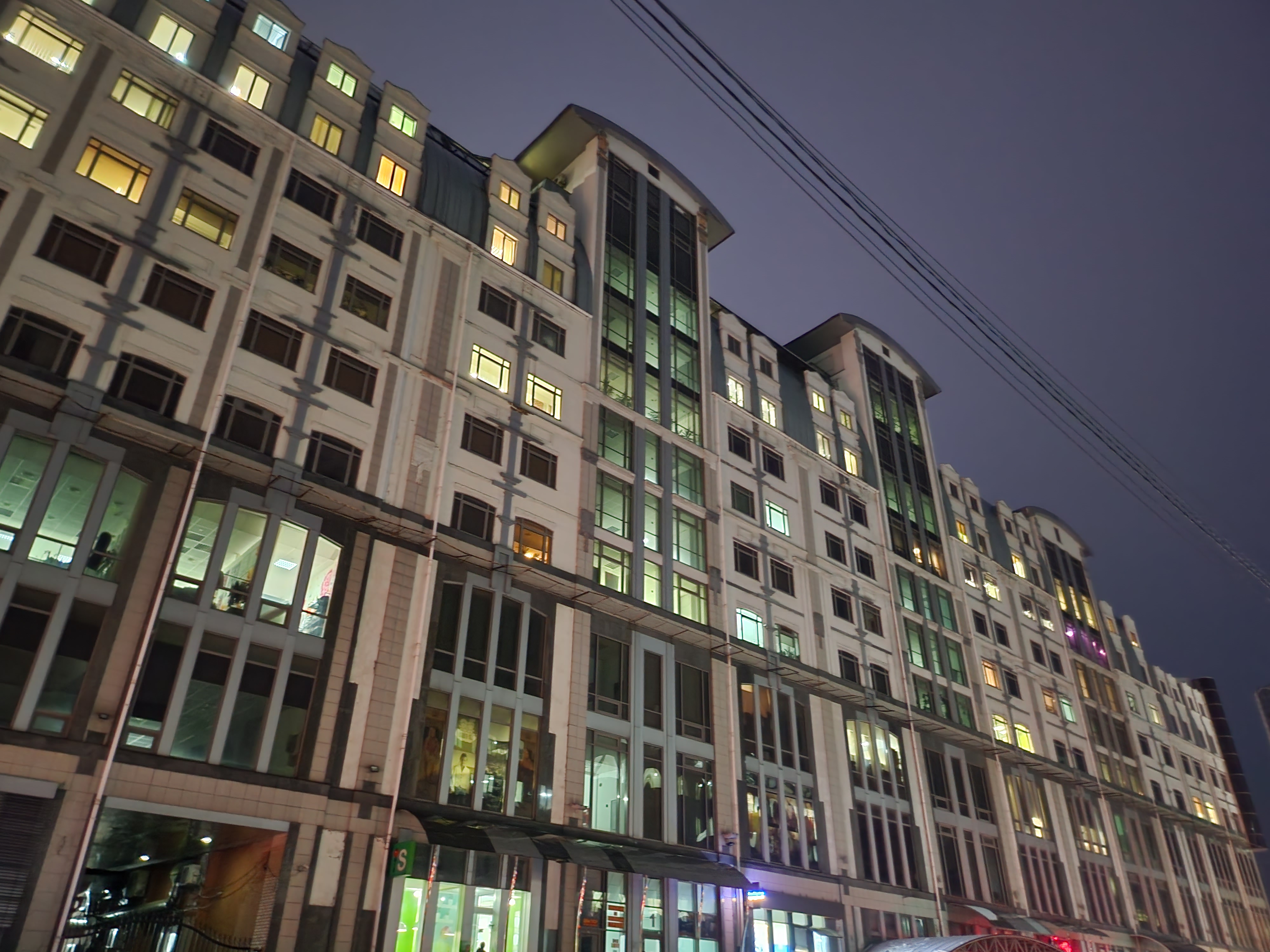












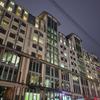



These test shots will allow you to evaluate the difference in the work of the novelty matrix and compared to the Galaxy Flip3 camera. All pictures were taken at night, the light sources were only the moon and stars. At the same time, the shooting was carried out not "by hand", but with the help of the main feature of both smartphones - Flex Mode, that is, the ability to use either the bottom of the display as a stand. Or in horizontal orientation, just slightly folding both halves of the smartphones. The first three pictures were taken with the camera of Galaxy Flip3:






And these three pictures were taken at the same time, in the same shooting conditions, but with the camera of Galaxy Flip4. The difference, as you can see, is visible to the naked eye. Of course, you can't expect the same results for video when shooting in the same darkness, but this is enough to understand the capabilities of the new matrix.






And this is how an ultra-wide-angle camera shoots. With sufficient lighting, the photos are quite good, but at night everything is not so good:
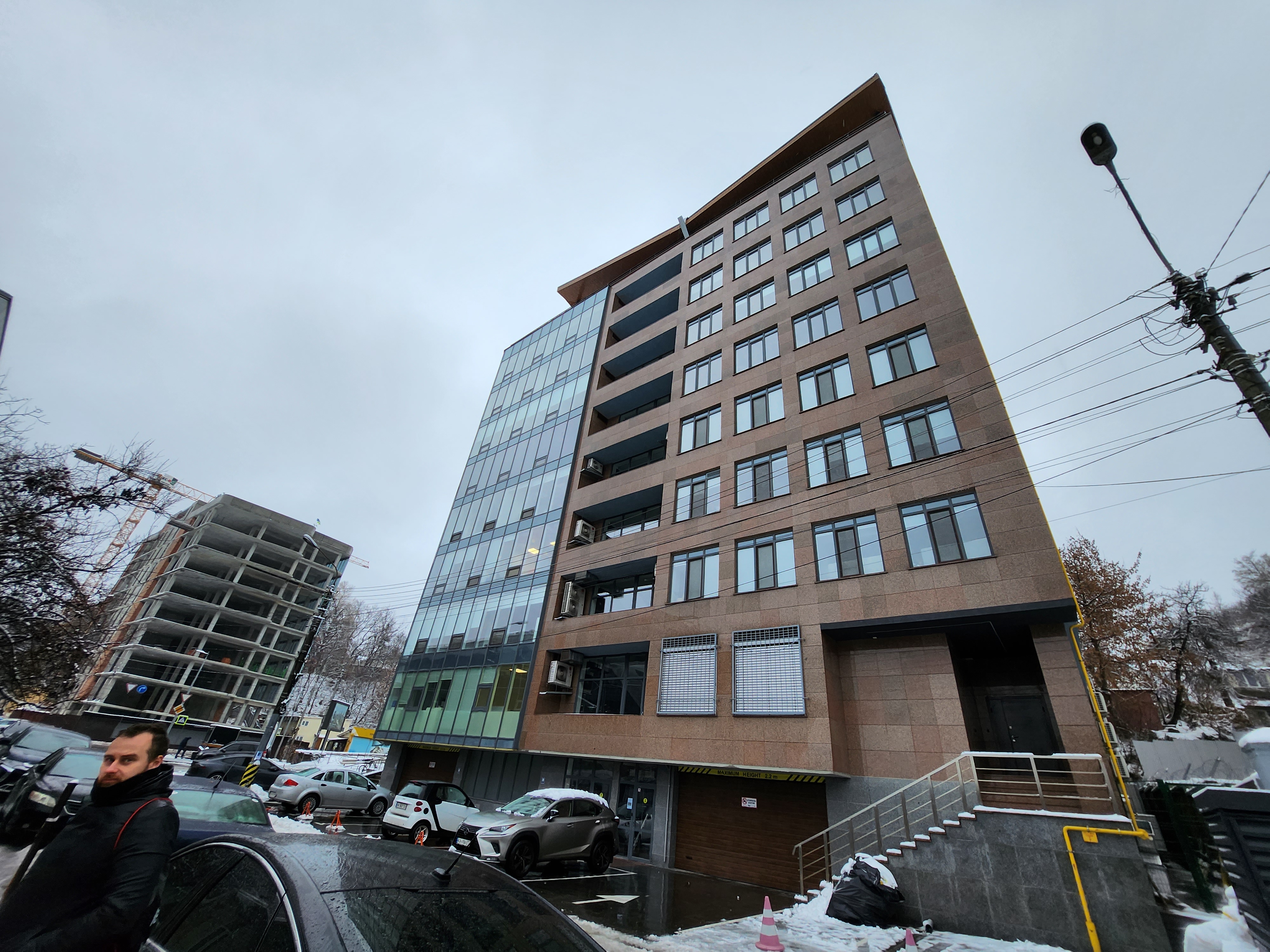
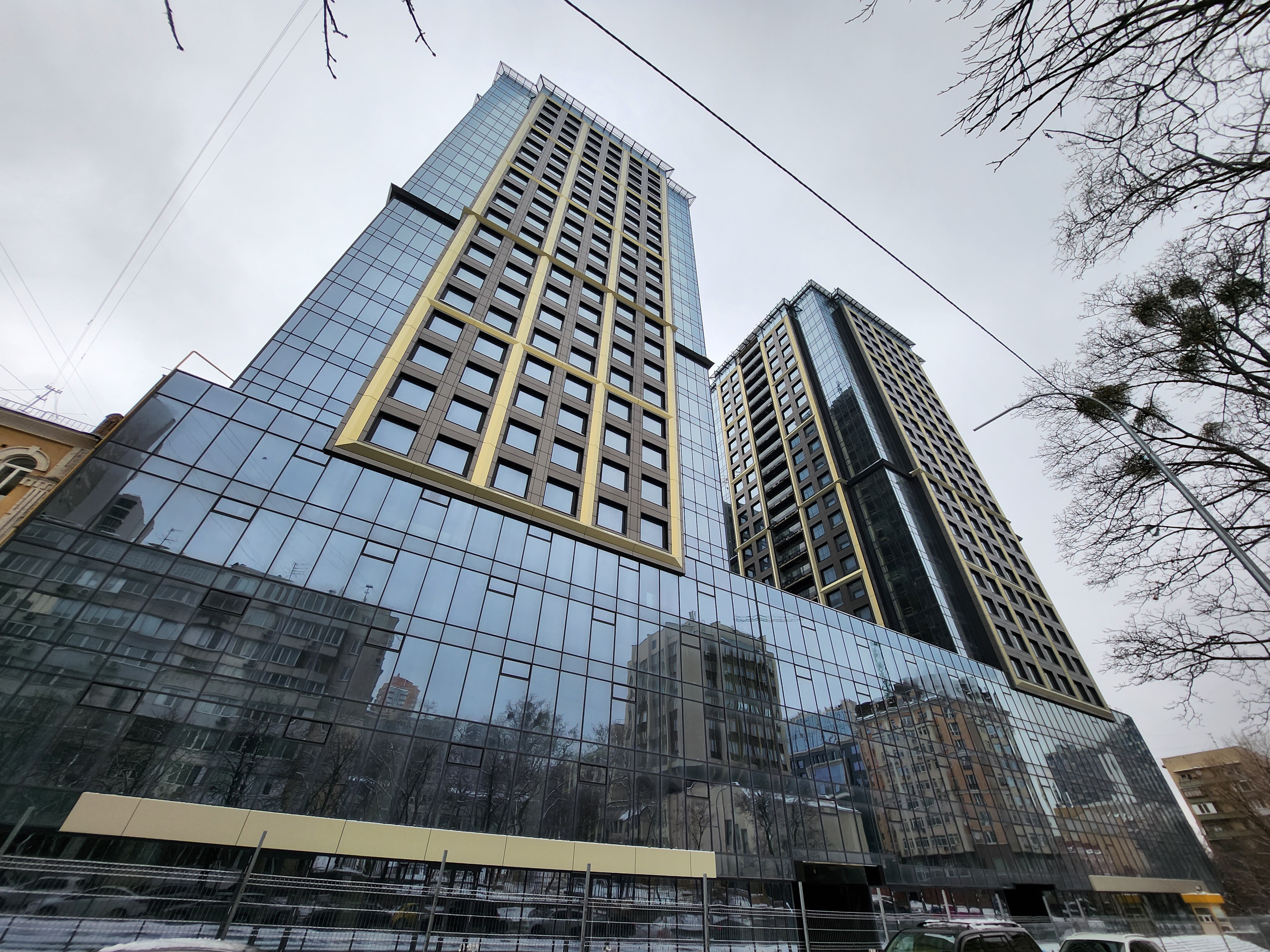

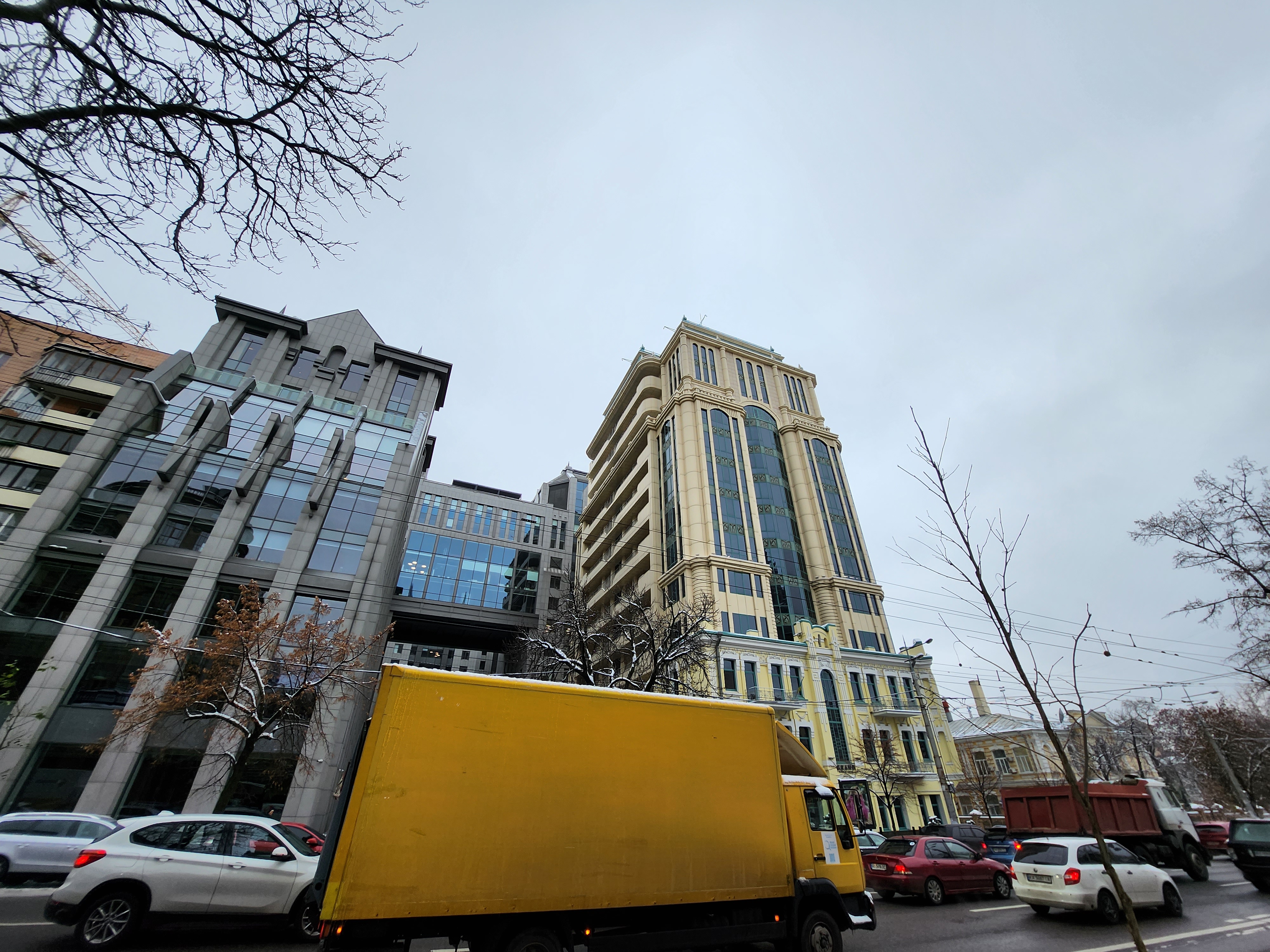

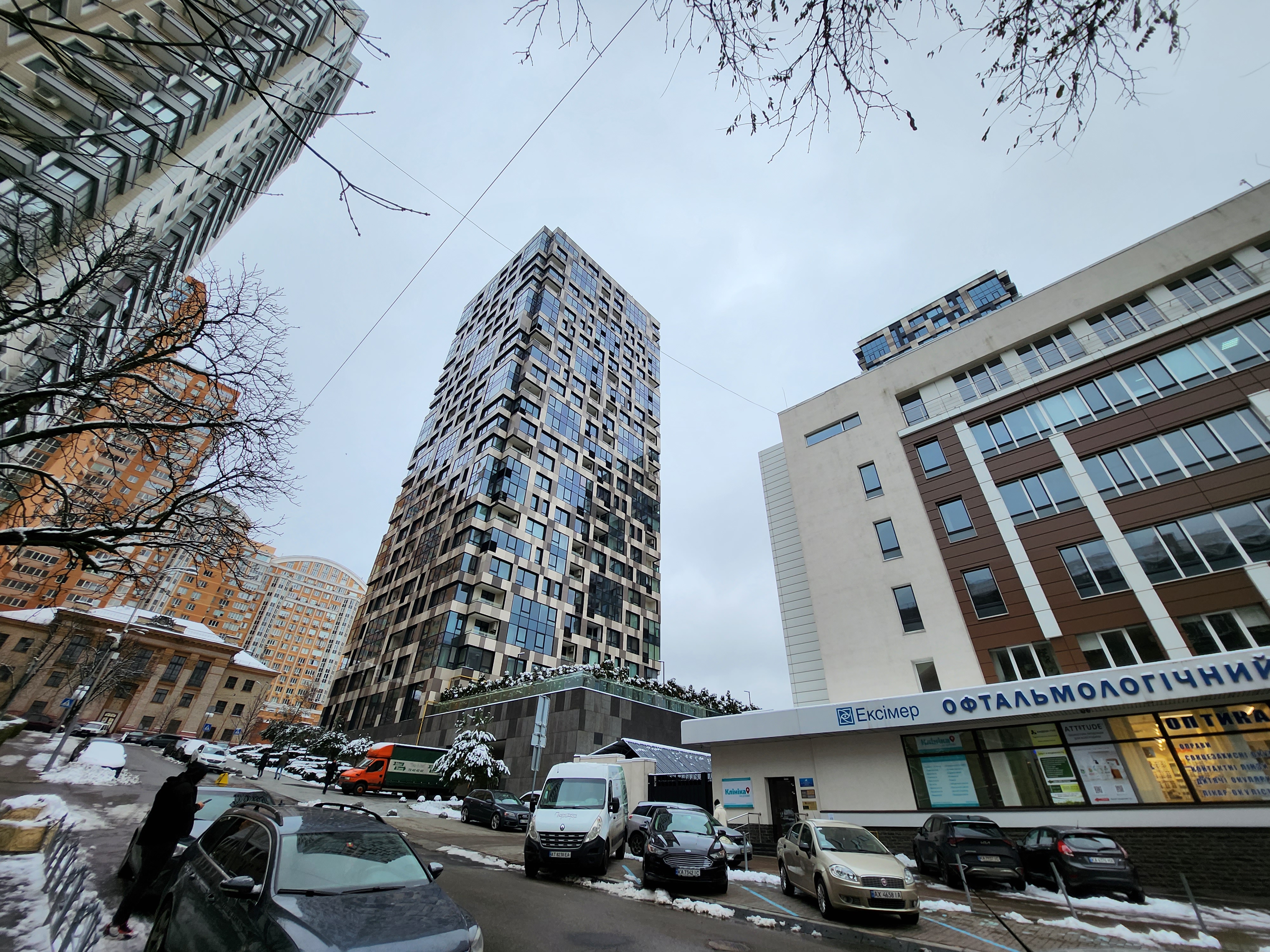

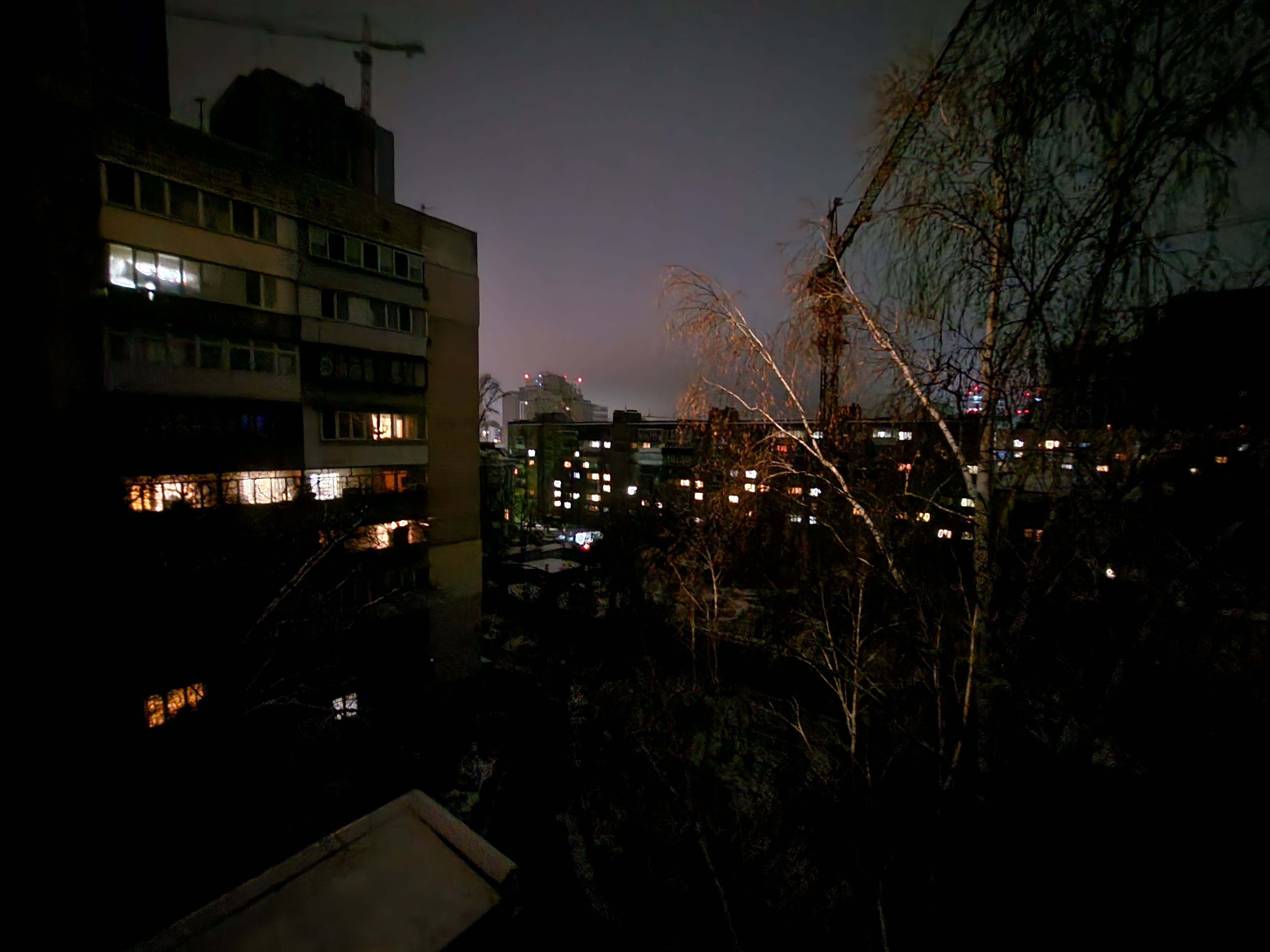
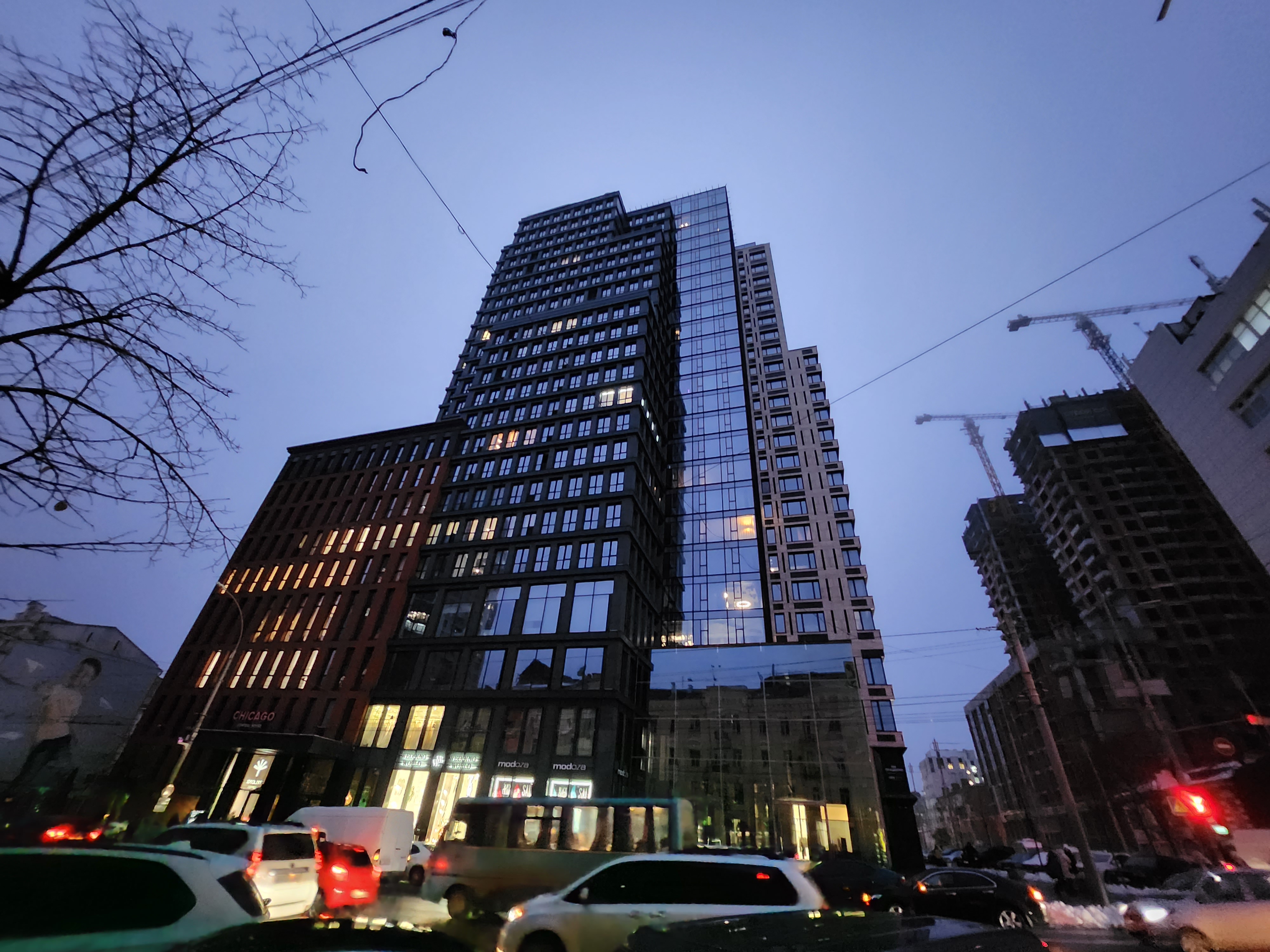
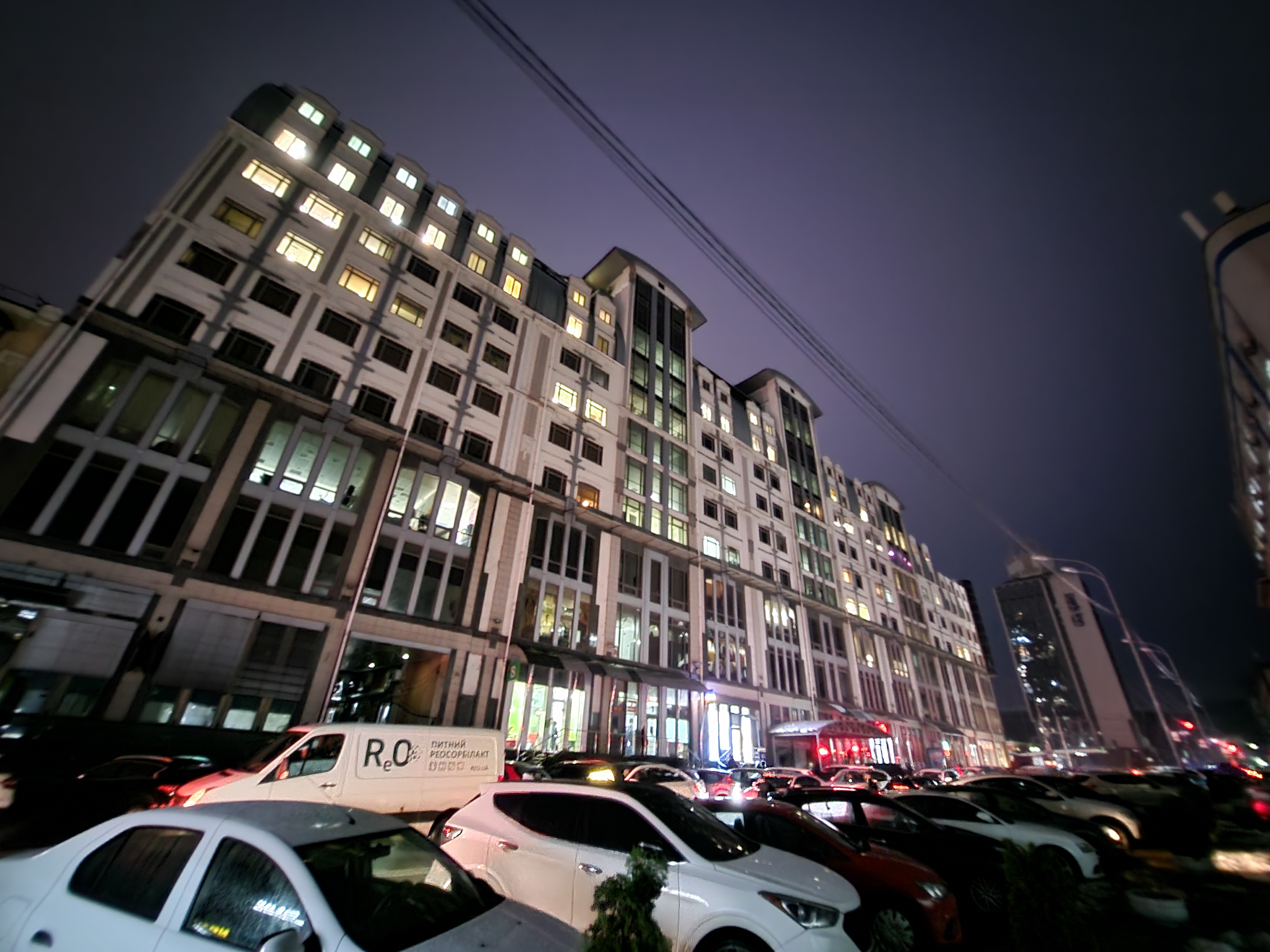
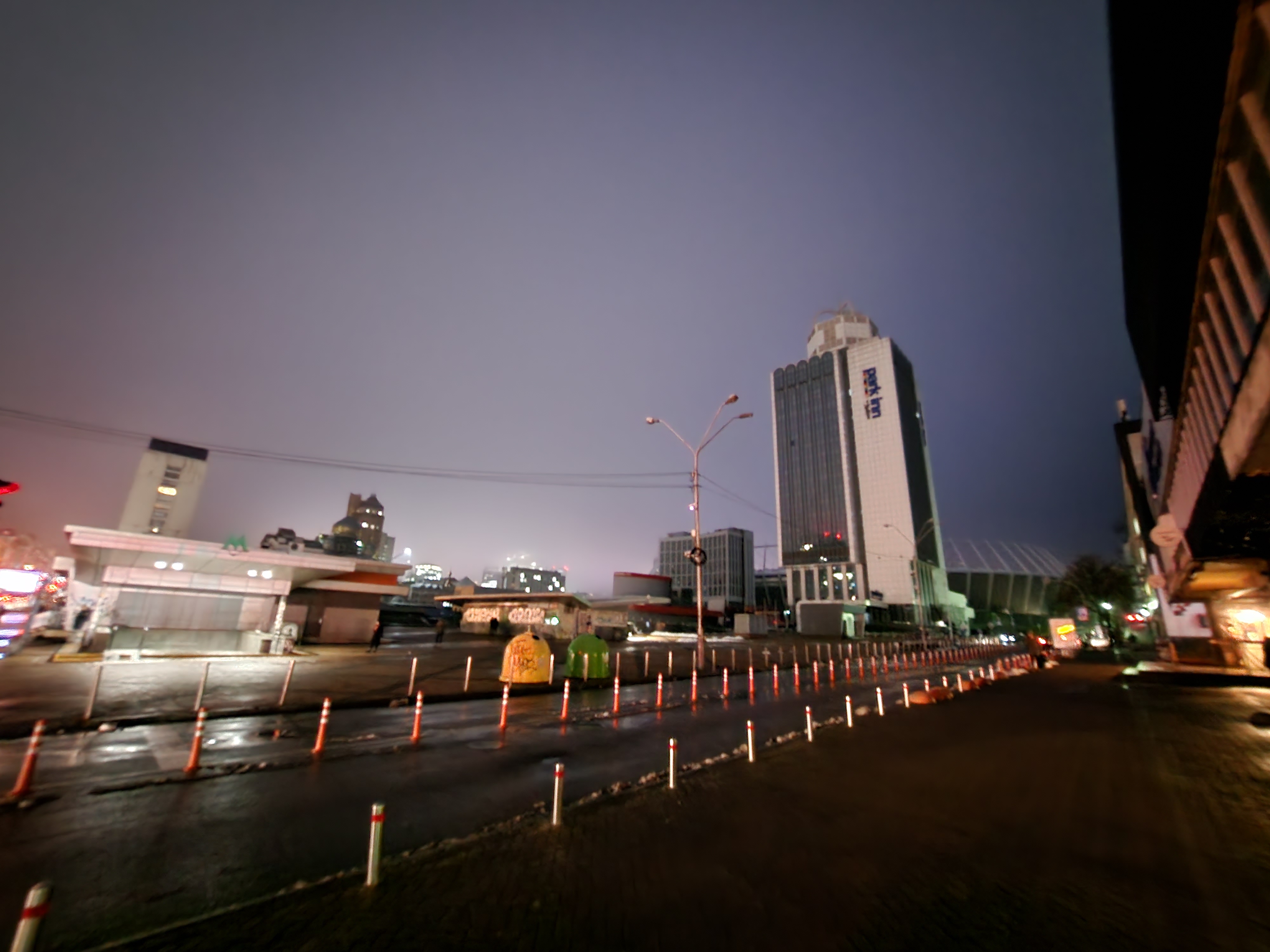















Samsung Galaxy Flip4 also copes well with video. Below is an example of 4K 60 FPS video:
- Excellent folding AMOLED screen with 120 Hz refresh rate, support for HDR10+ and a large margin of brightness
- Flagship performance
- Excellent main camera
- Useful additional display with widgets
- Robust design and IPX8 water protection
In the dry balance: three things you need to know about the Samsung Galaxy Flip4.
- Samsung Galaxy Z Flip4 is a foldable smartphone with flagship features.
- It features an excellent flexible AMOLED screen and is IPX8 waterproof.
- One battery charge will last for at least a day.
For those who want to know more:
- Hello, Hi-Res Audio without wires! Review of the flagship TWS headphones Samsung Galaxy Buds2 Pro
- Samsung Galaxy Watch5 Pro and Watch5 review: plus battery life, minus physical bezel
- Samsung Galaxy S22 and Galaxy S22+ Review: Universal Flagships
- Samsung Galaxy S22 Ultra review: A merger of two galaxies
